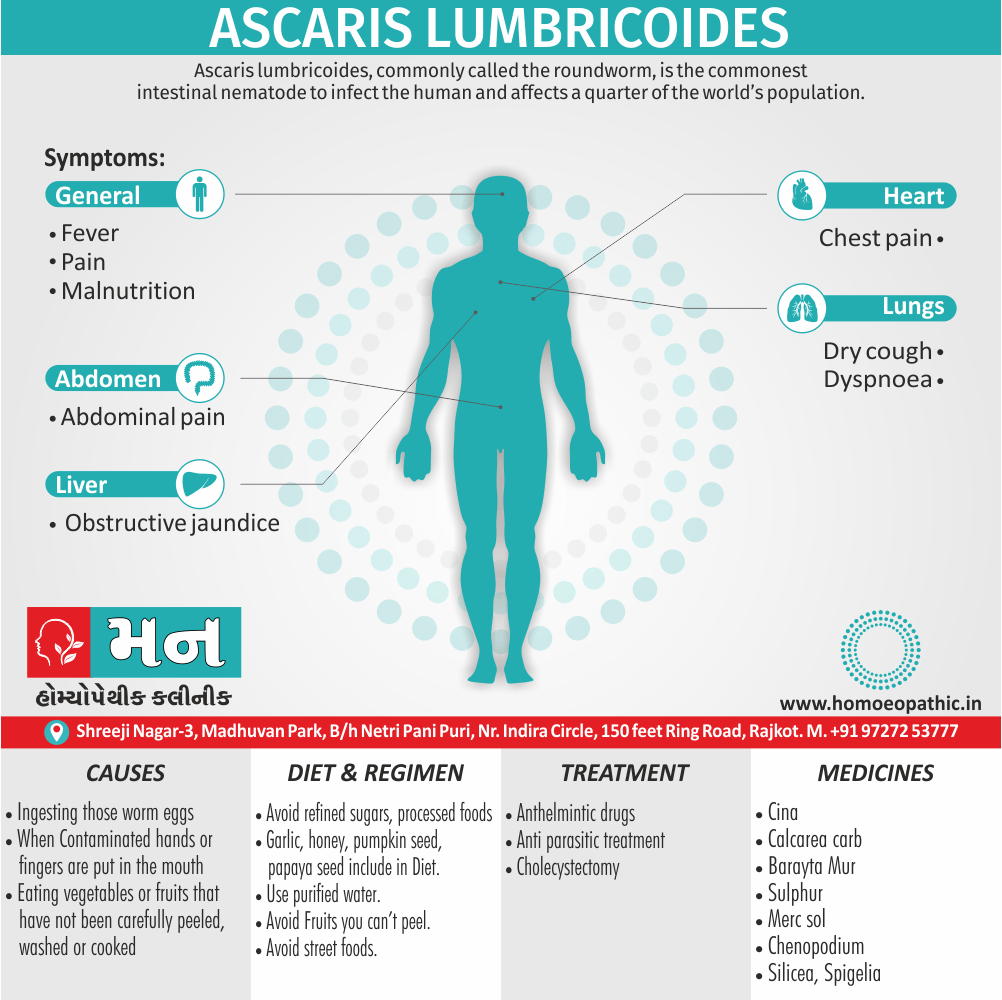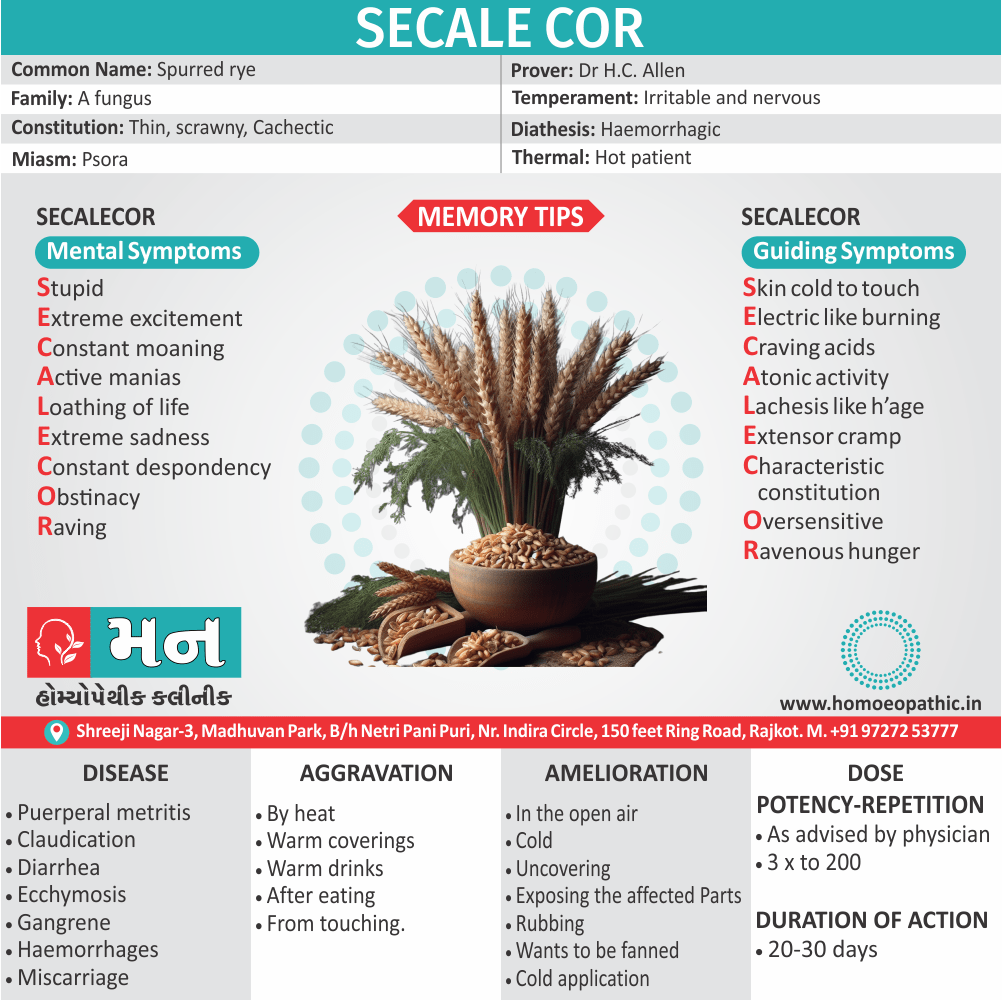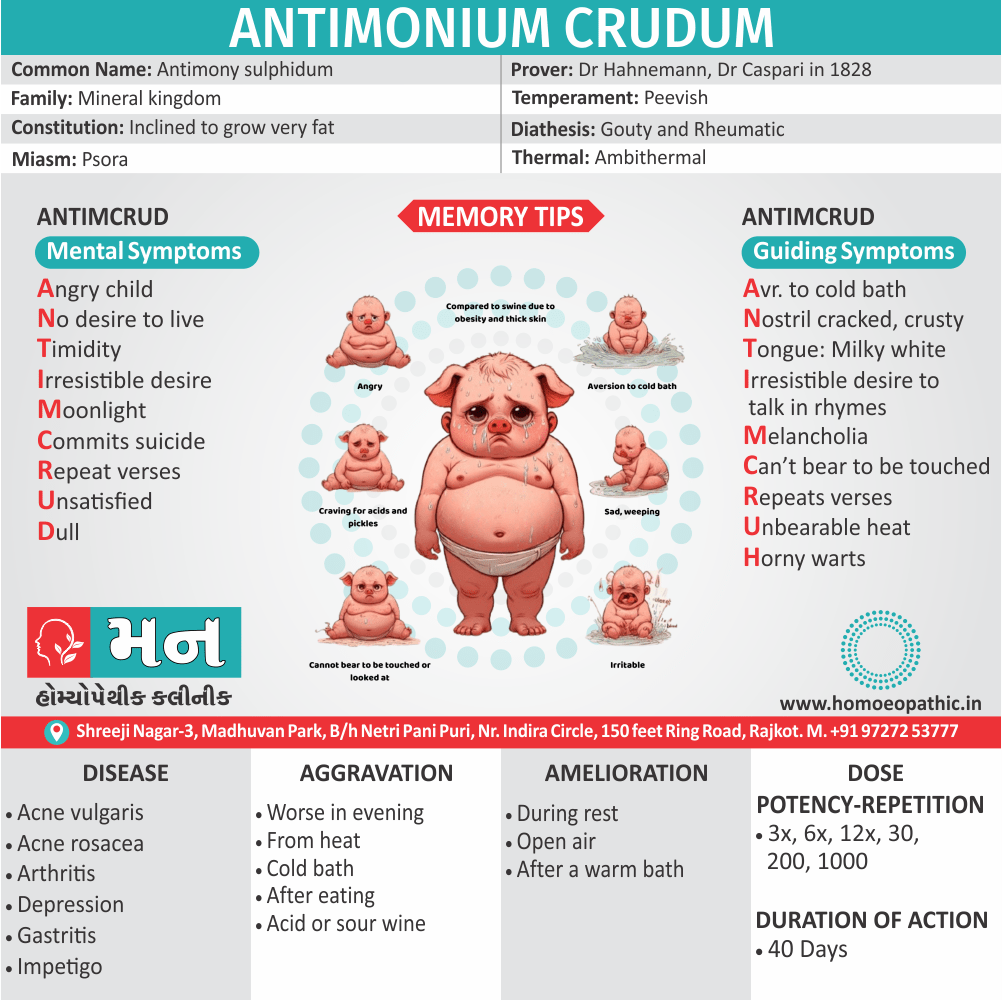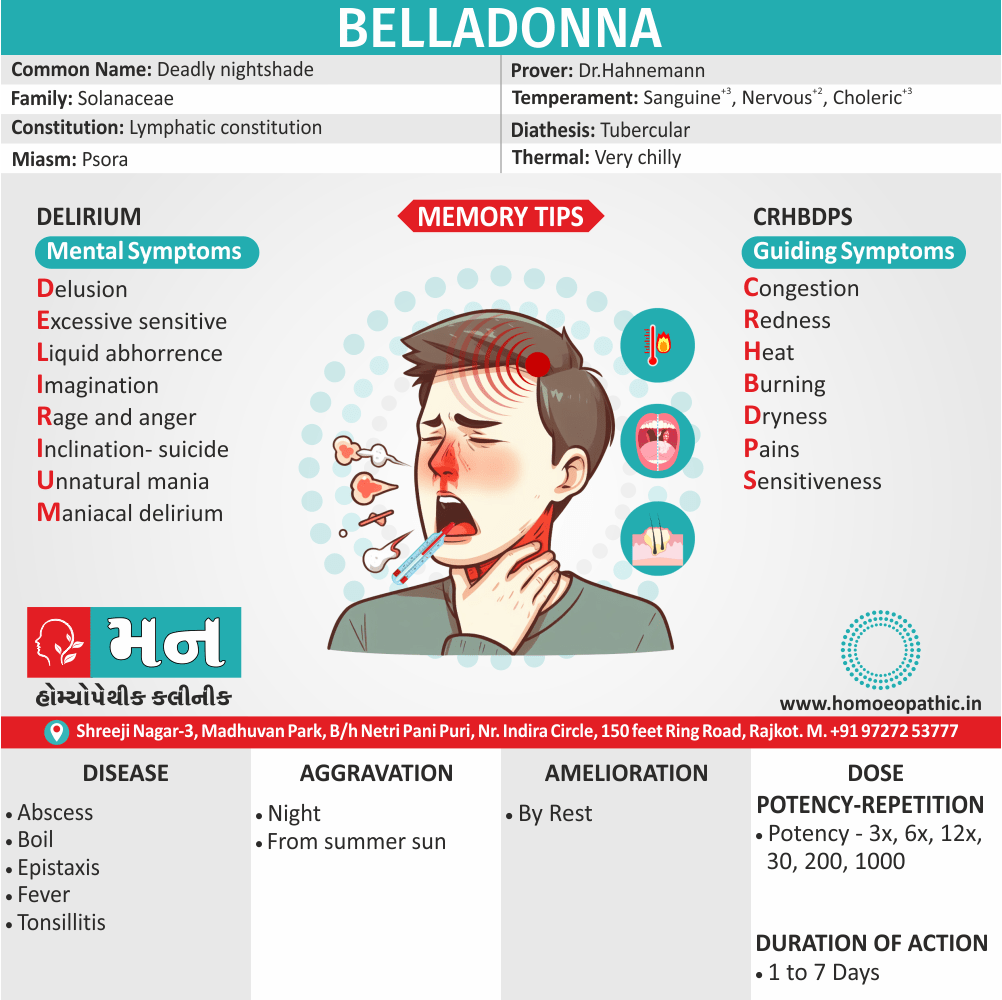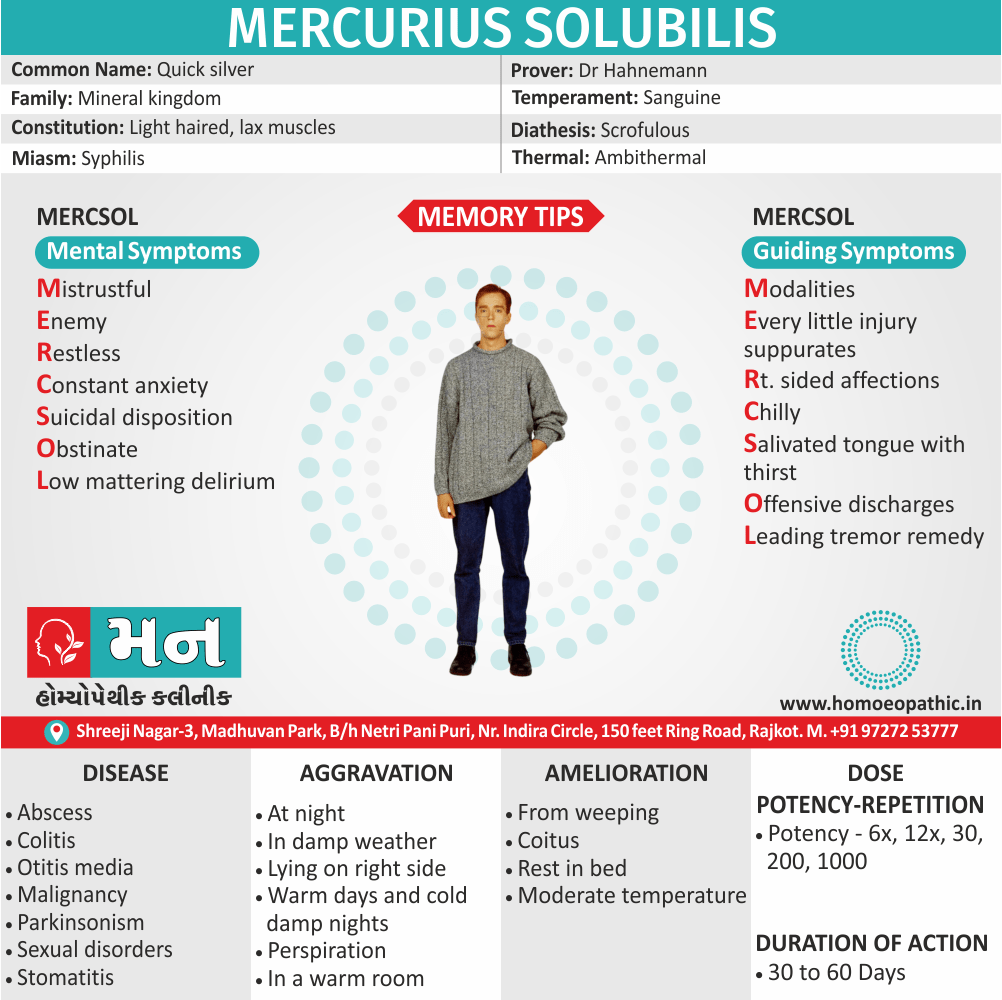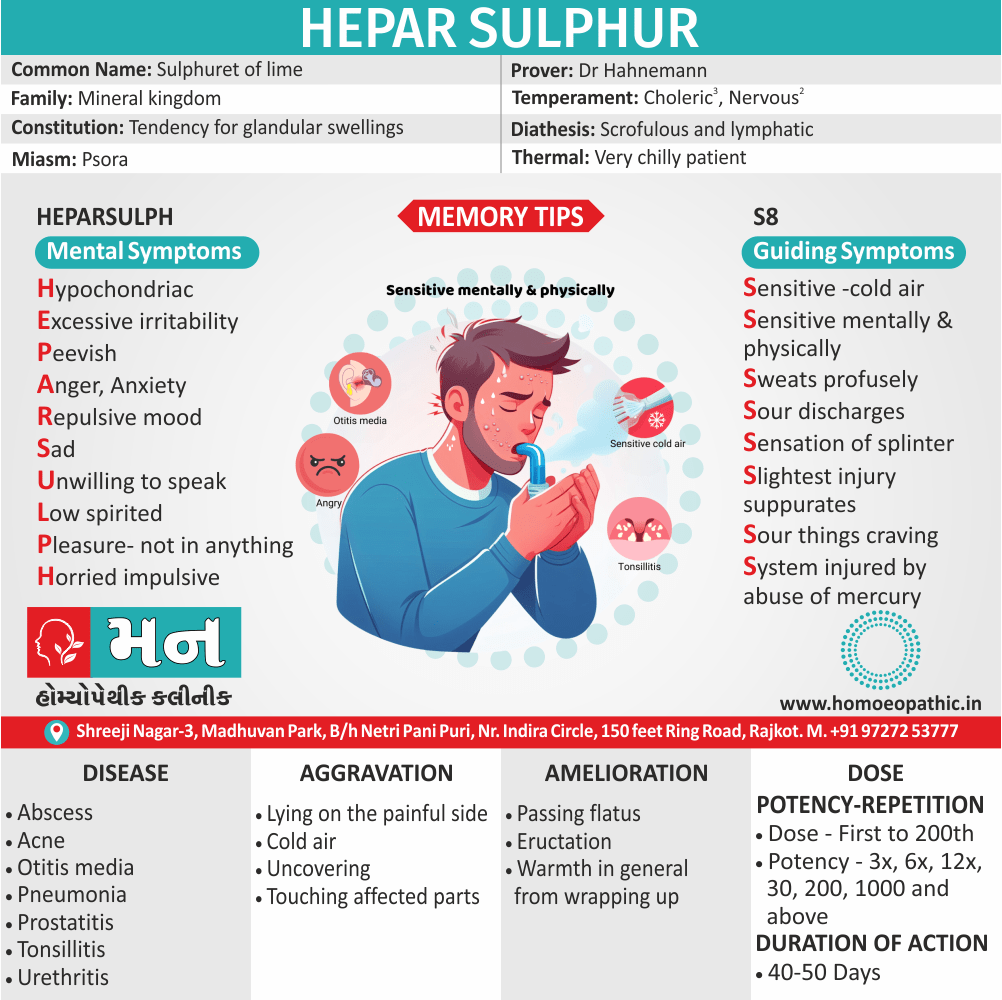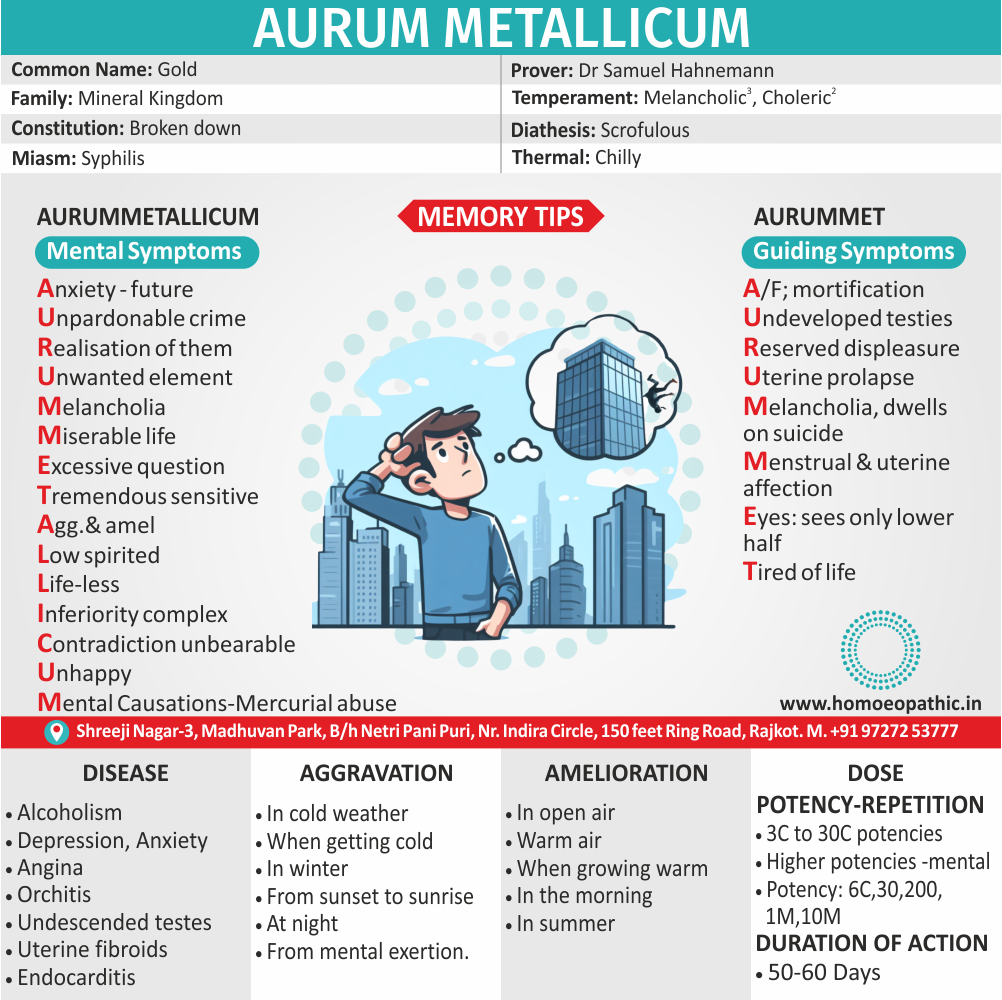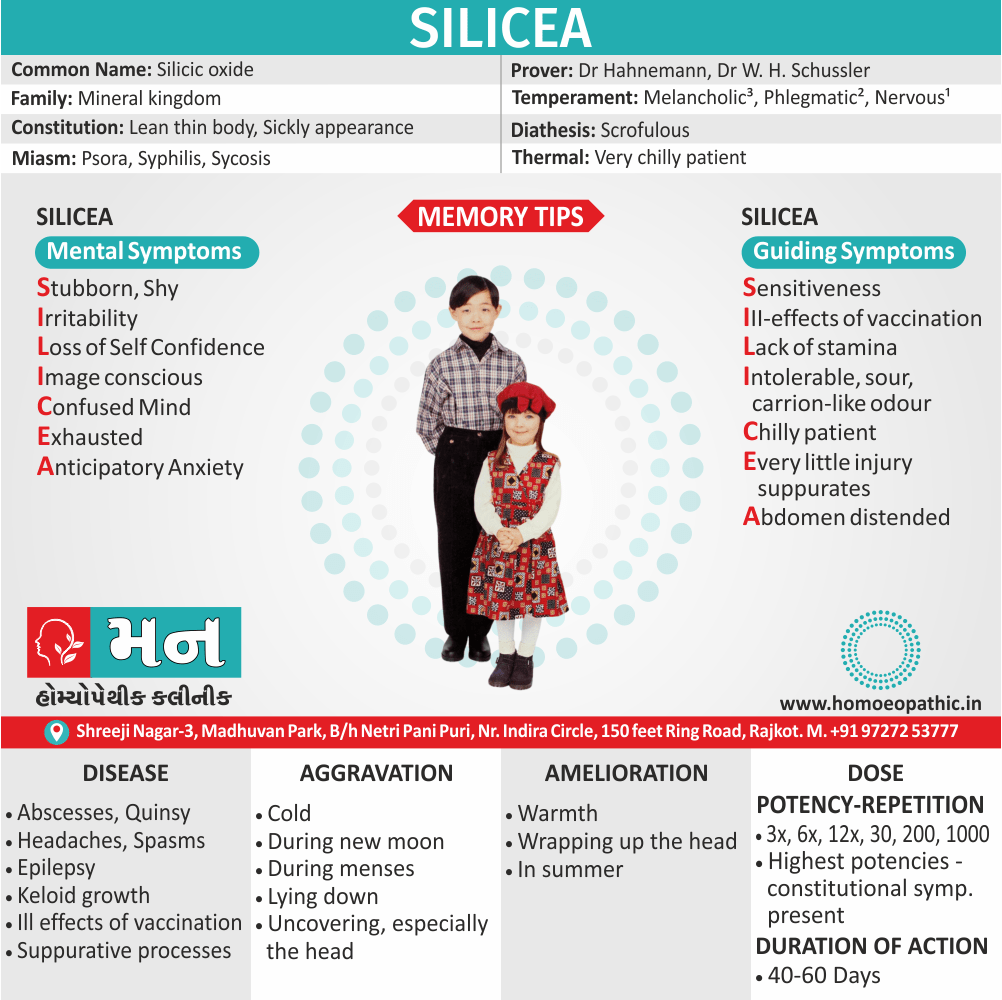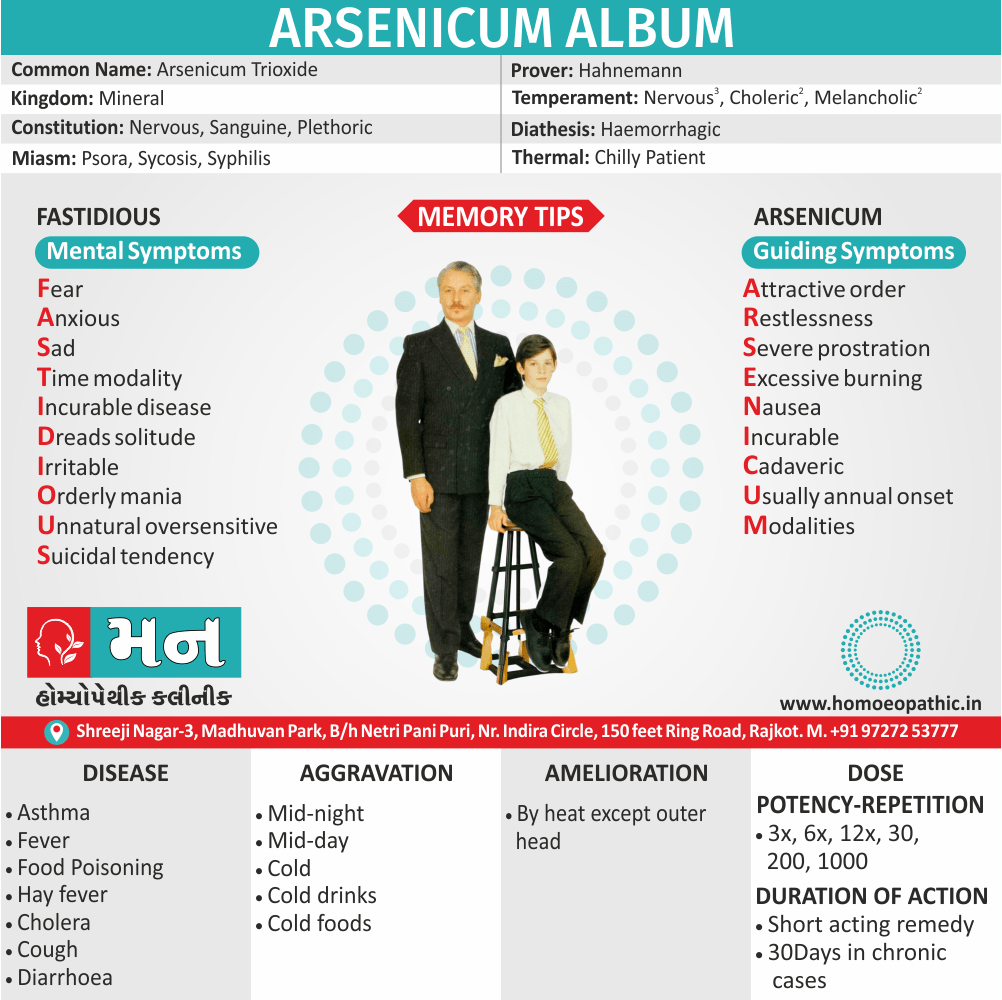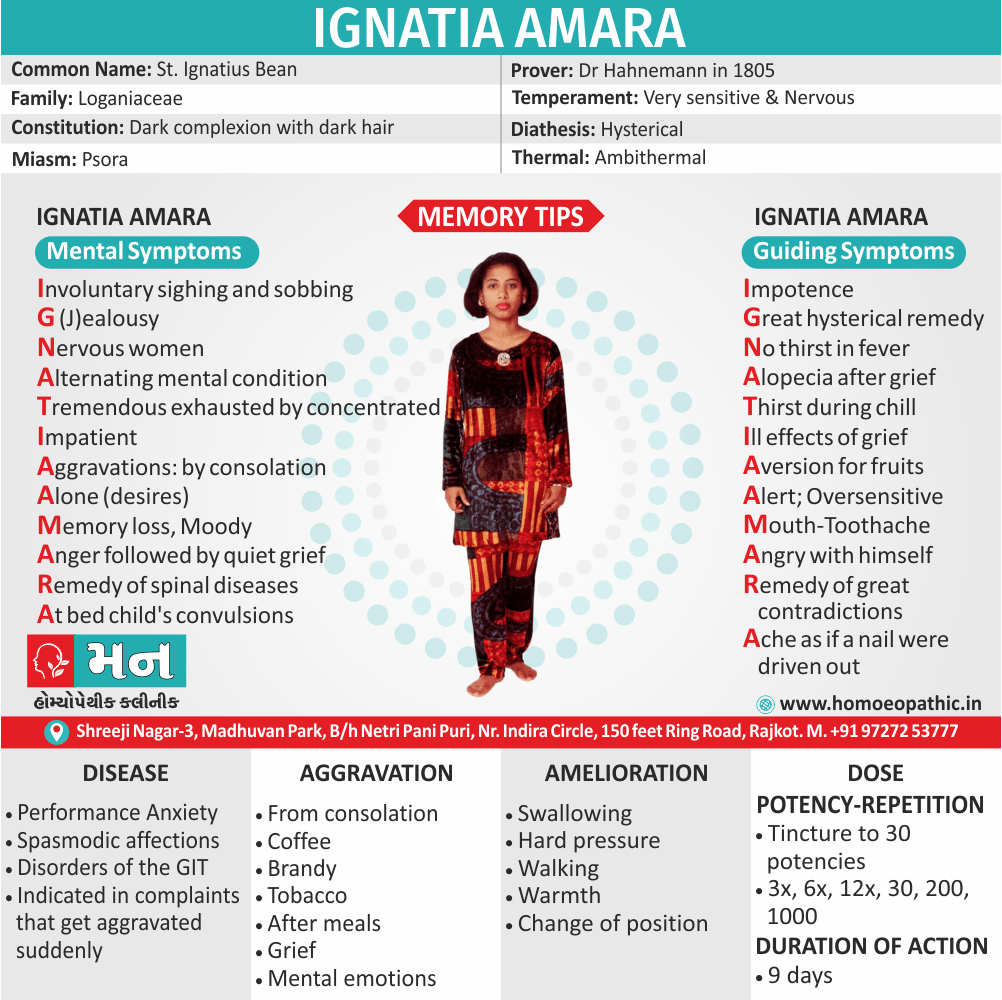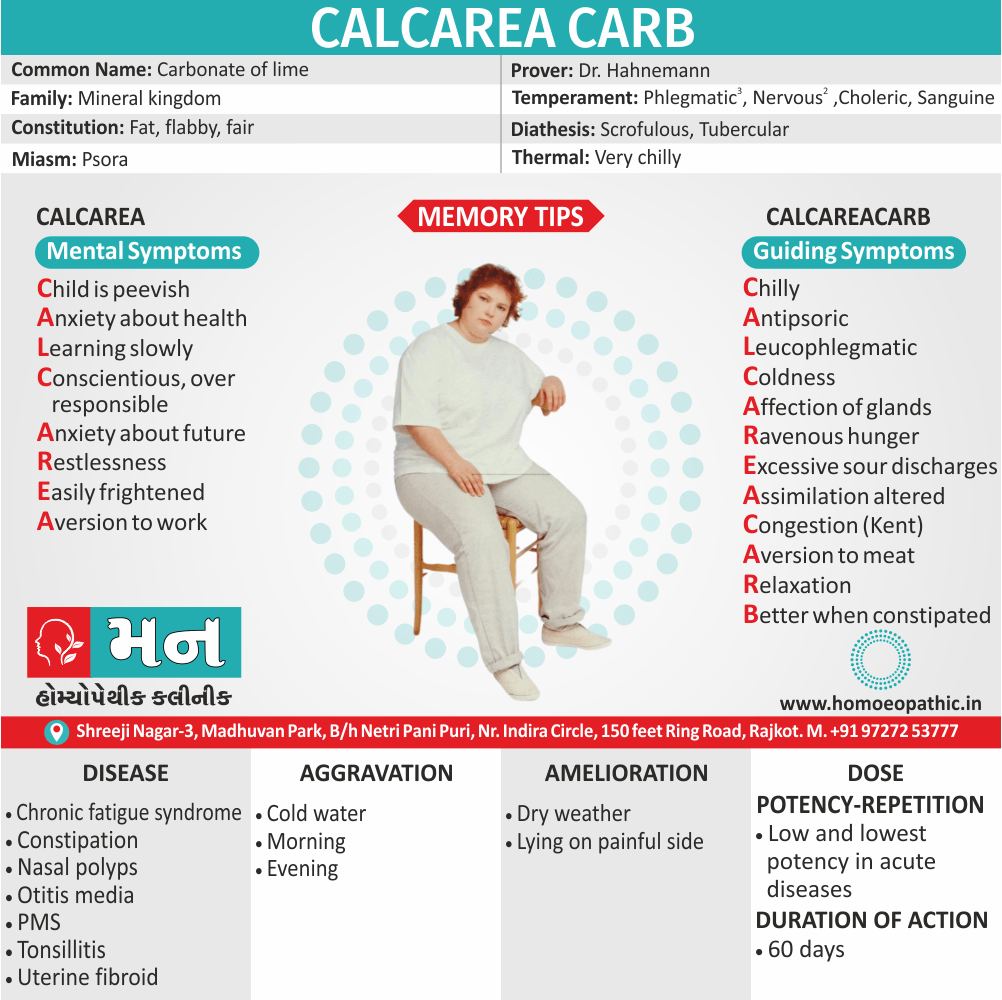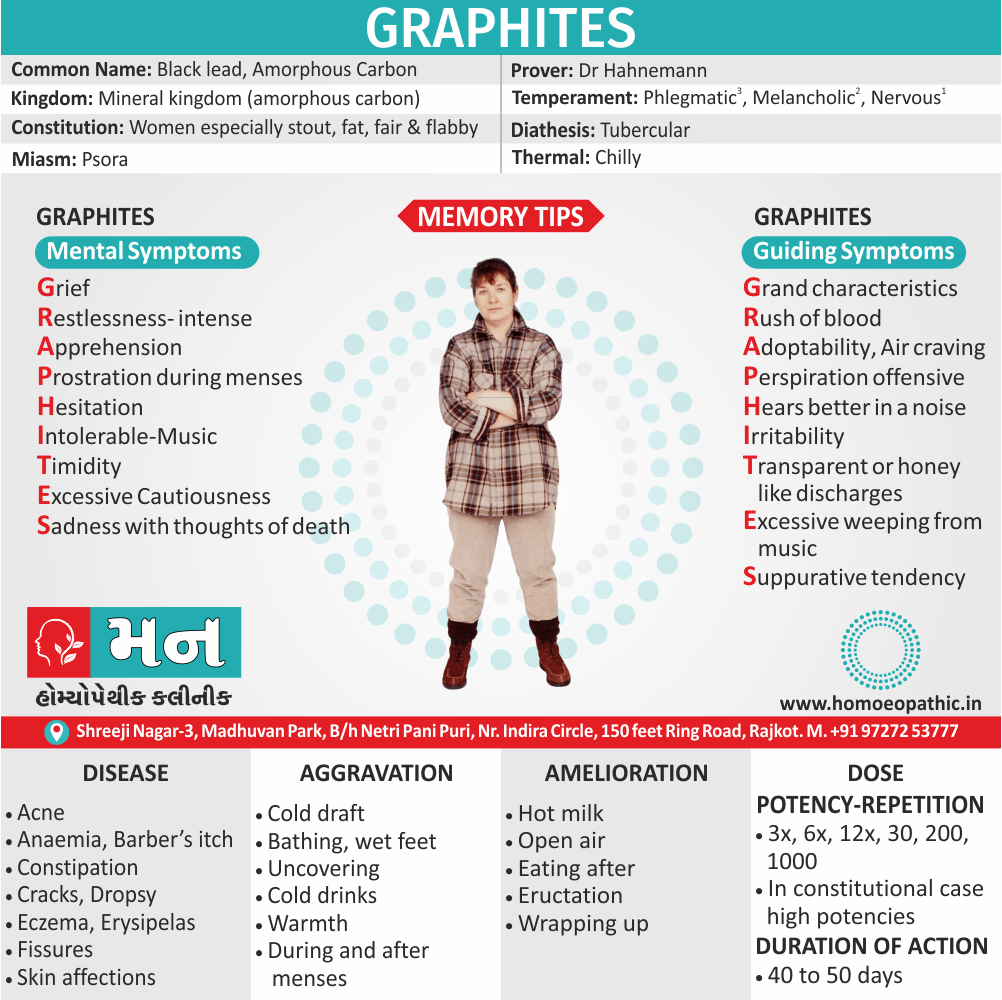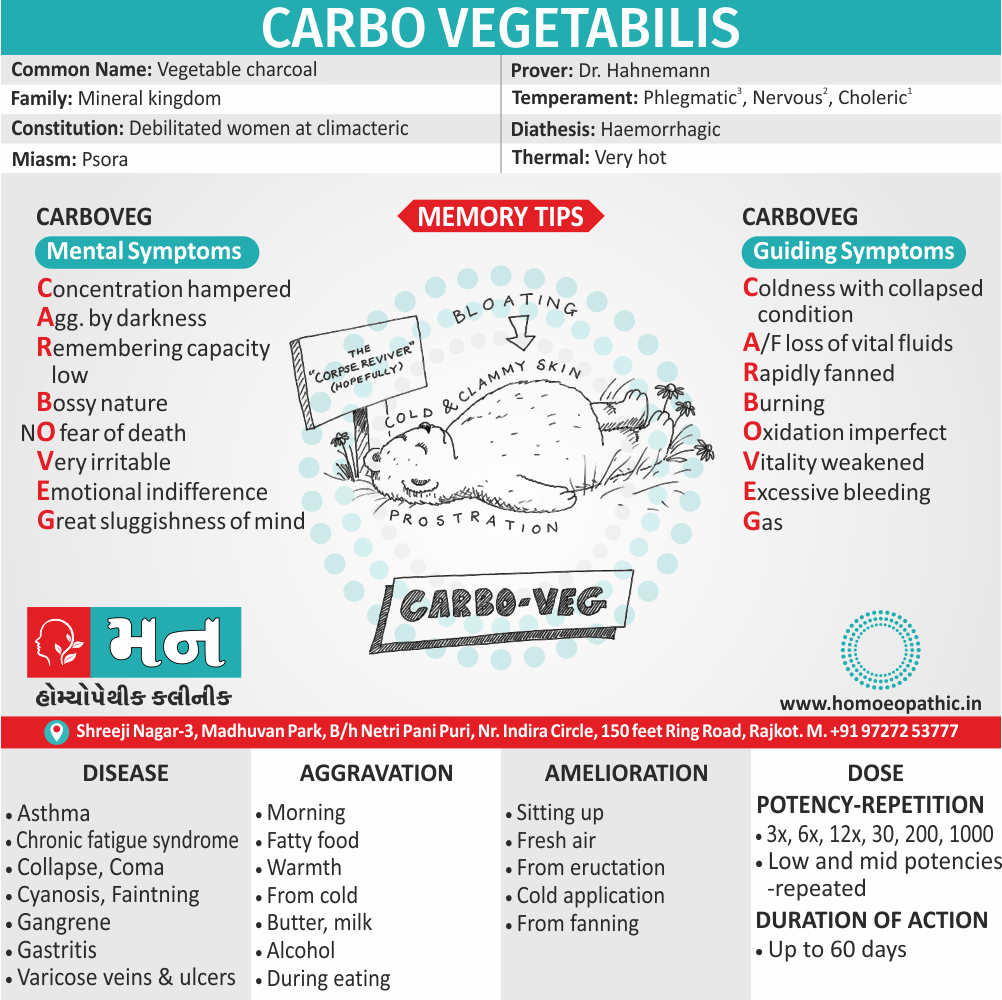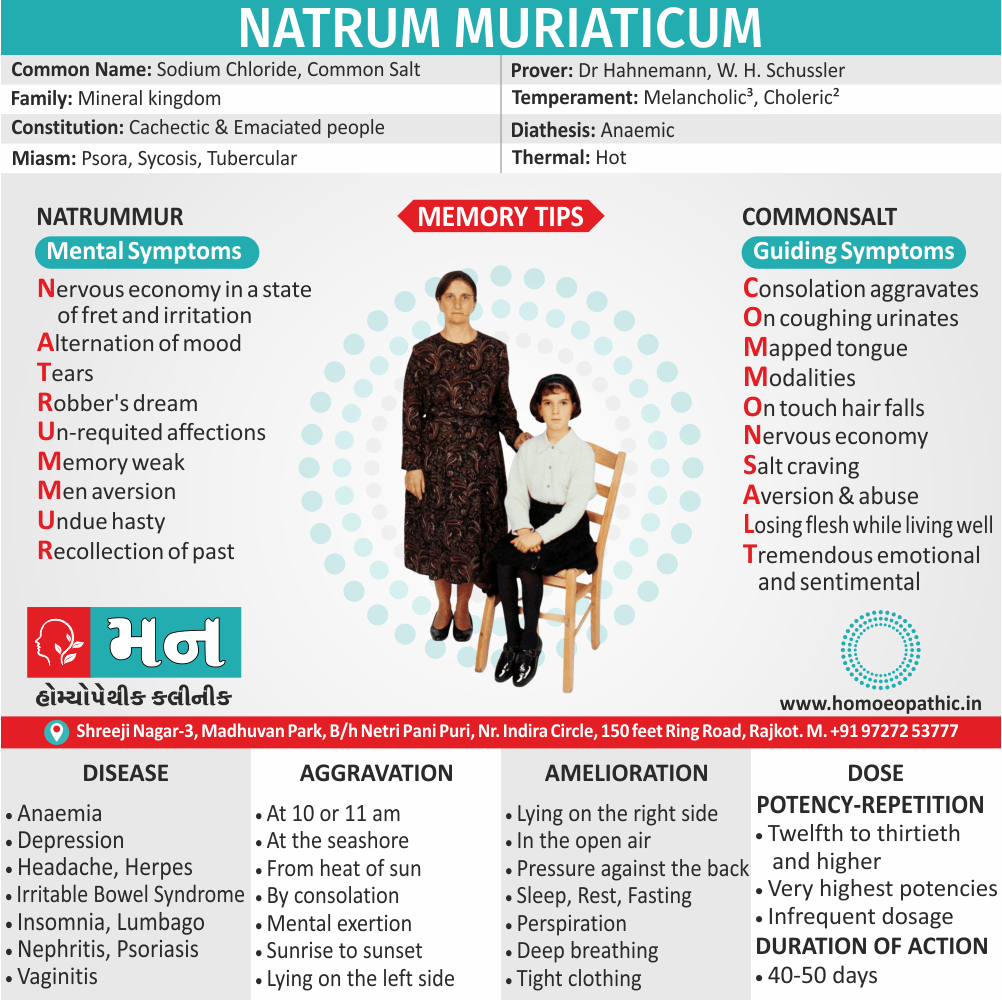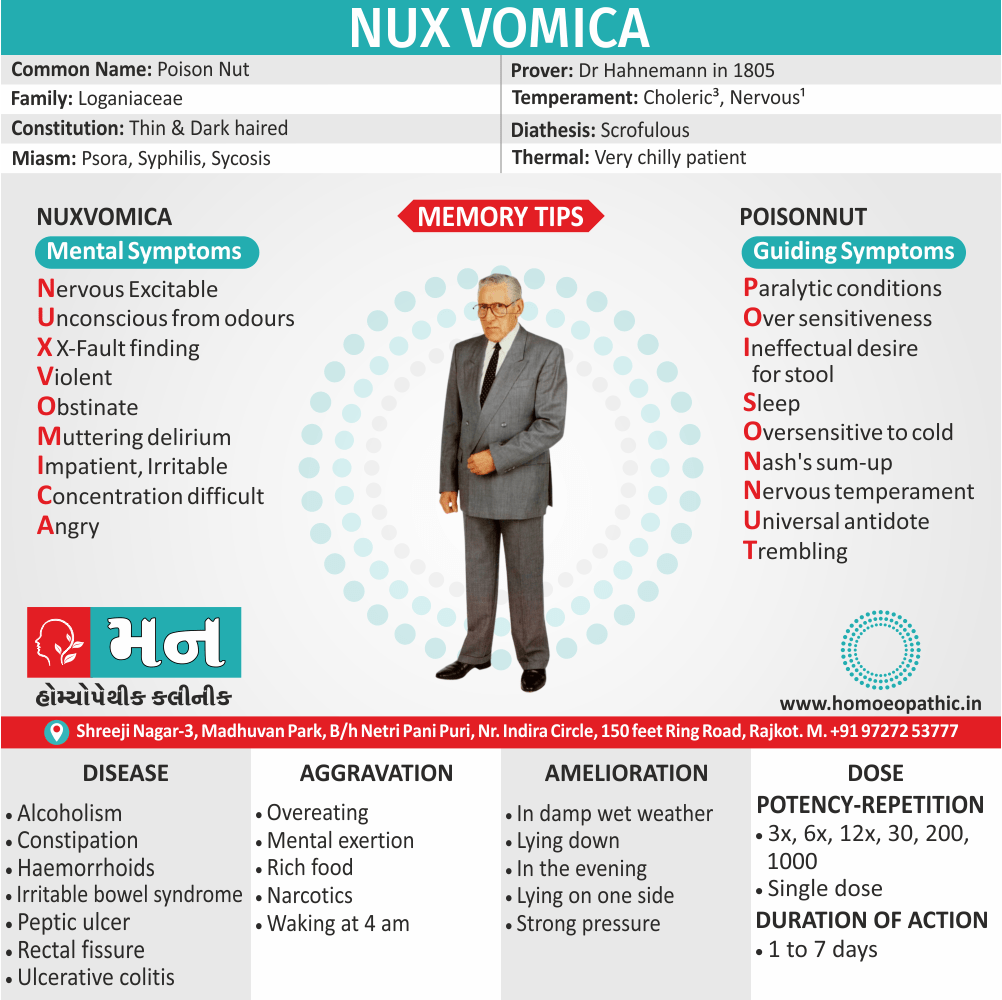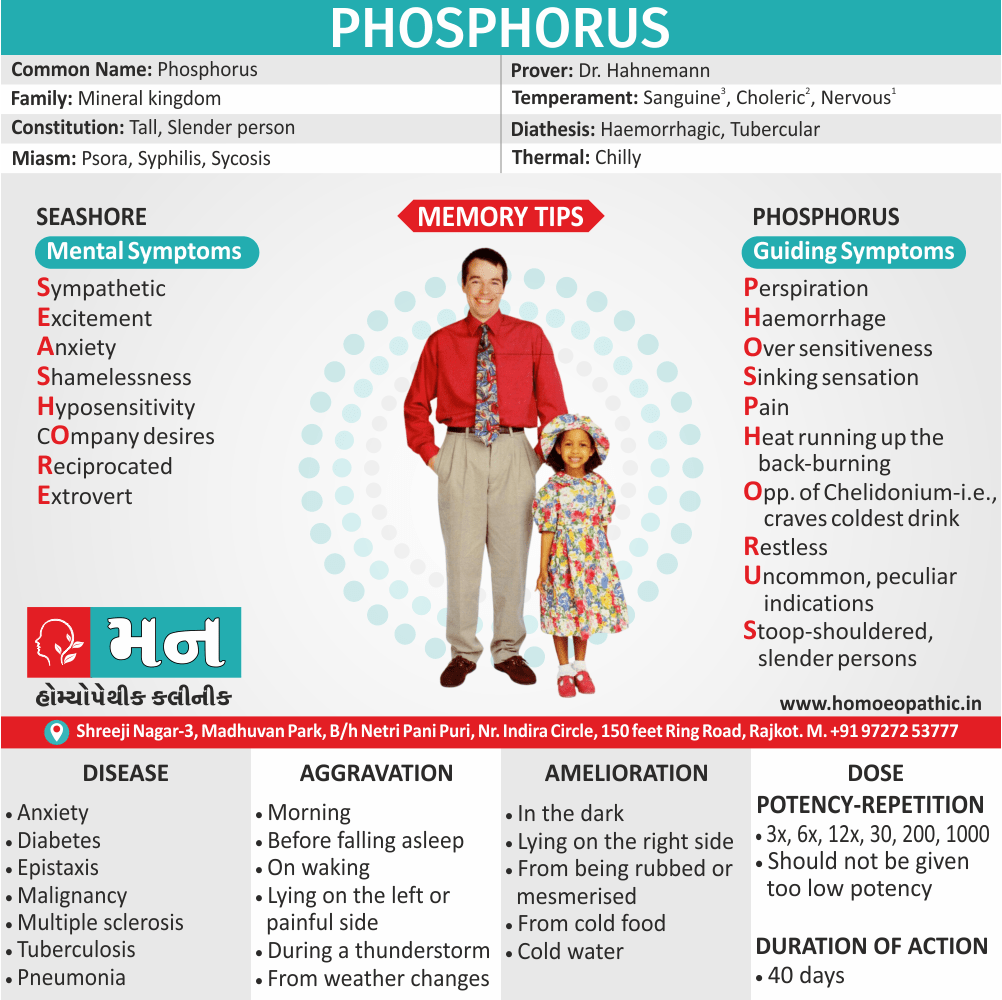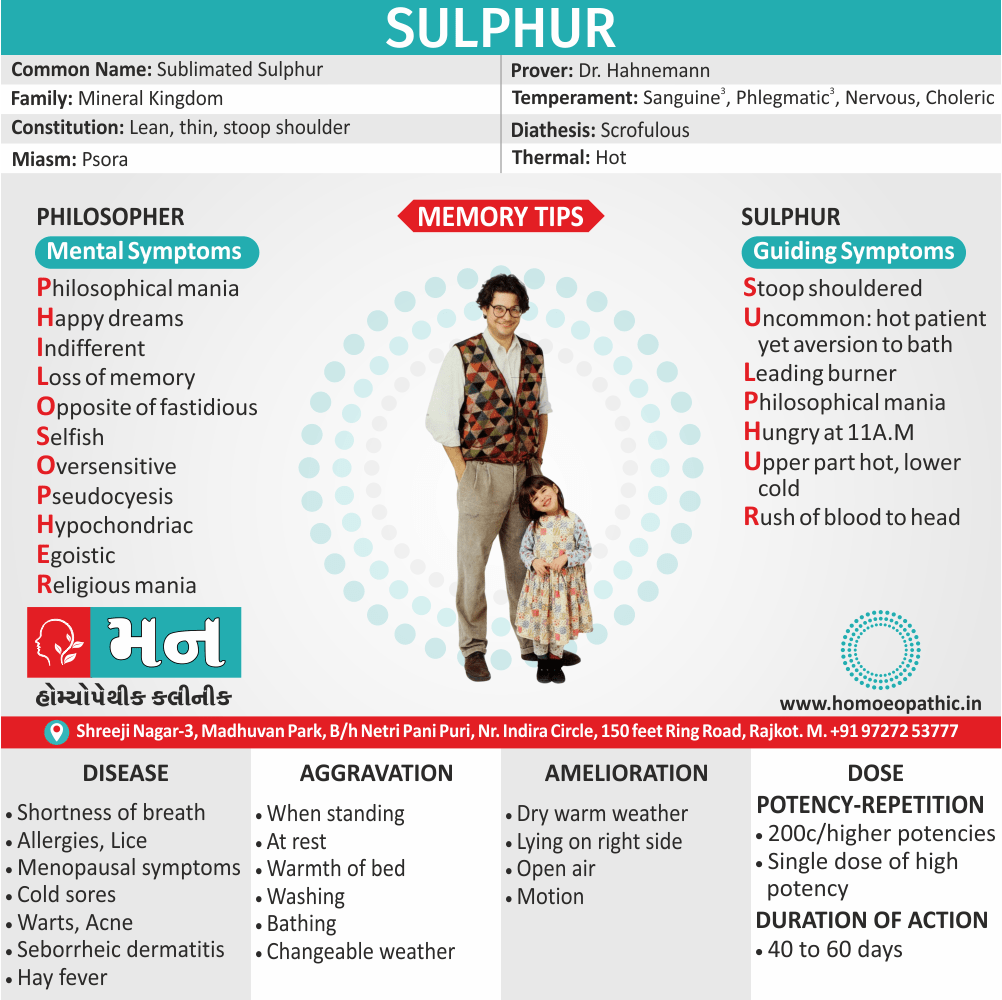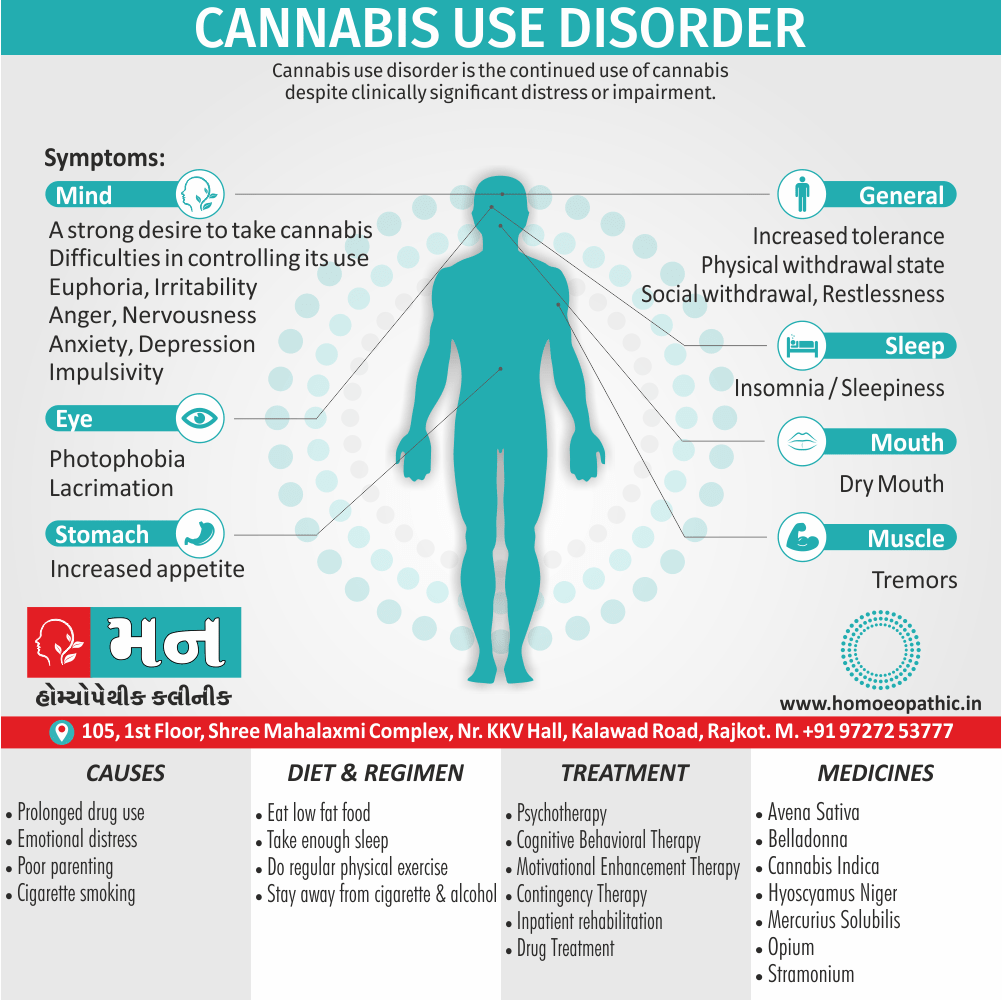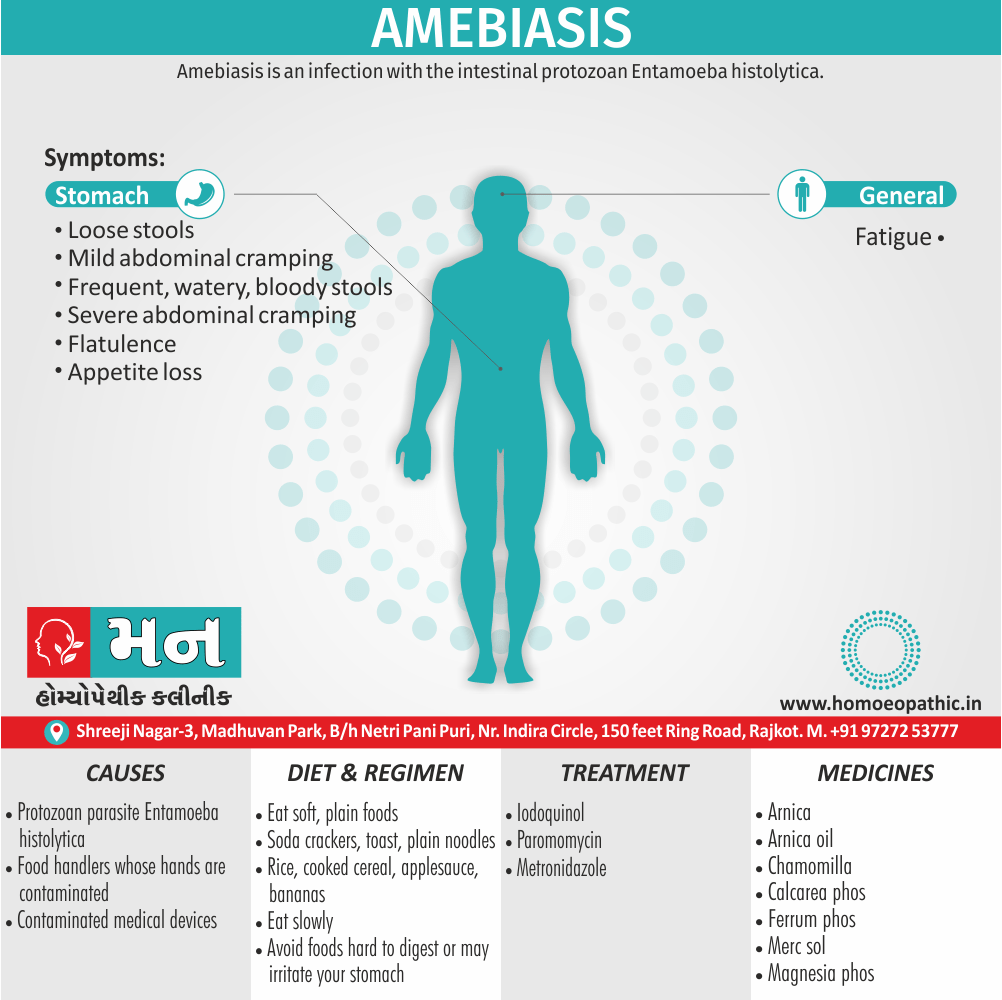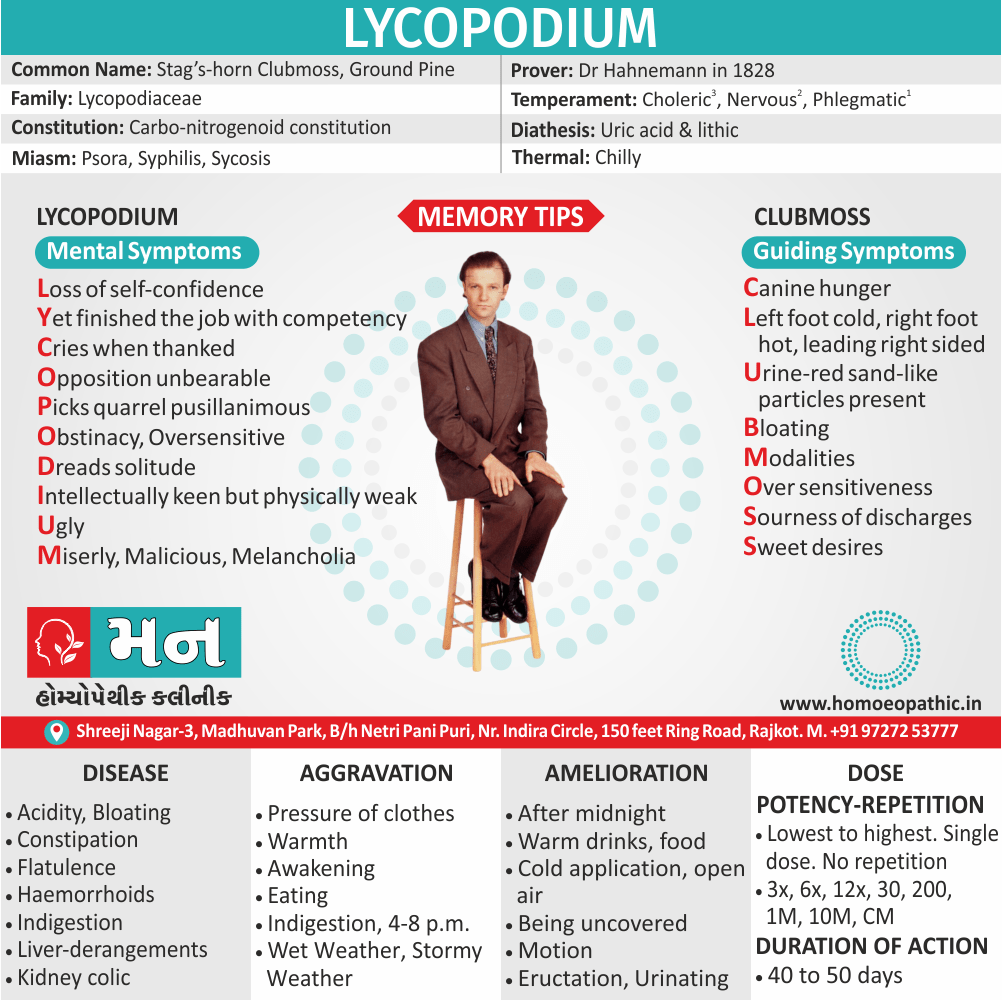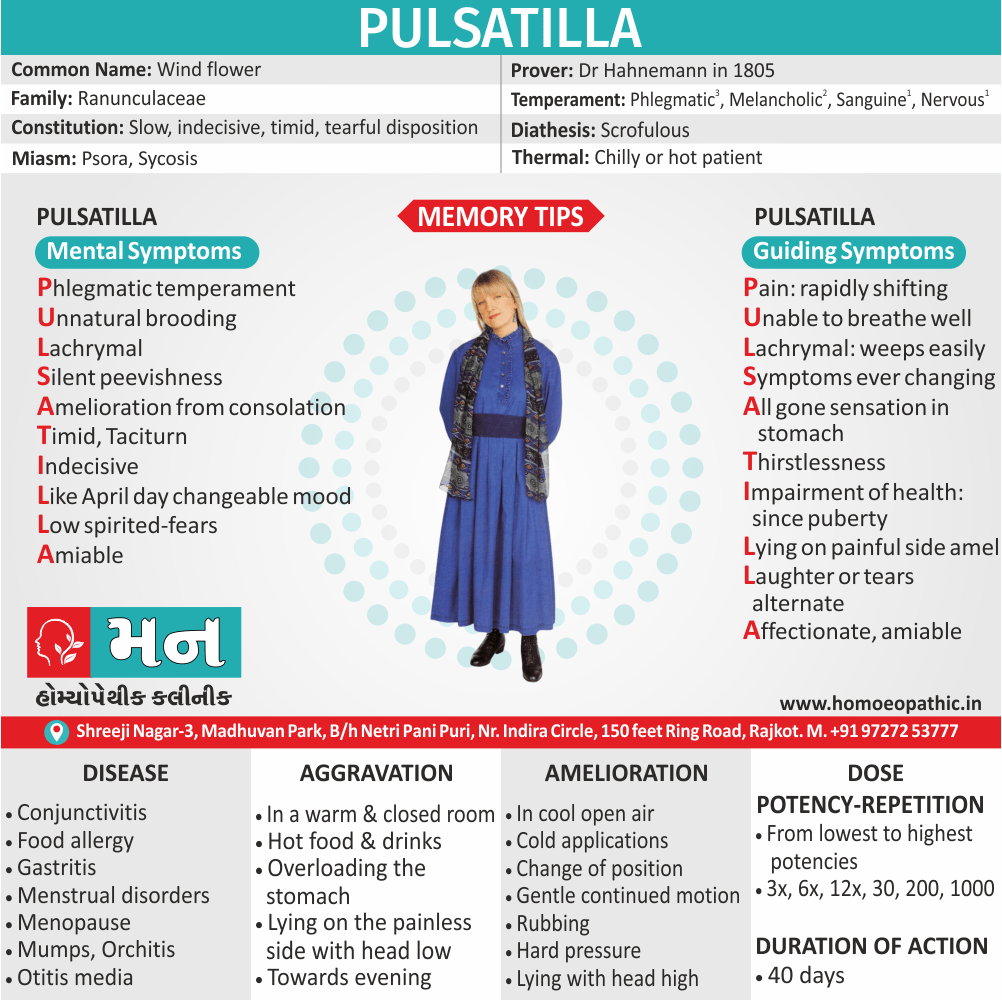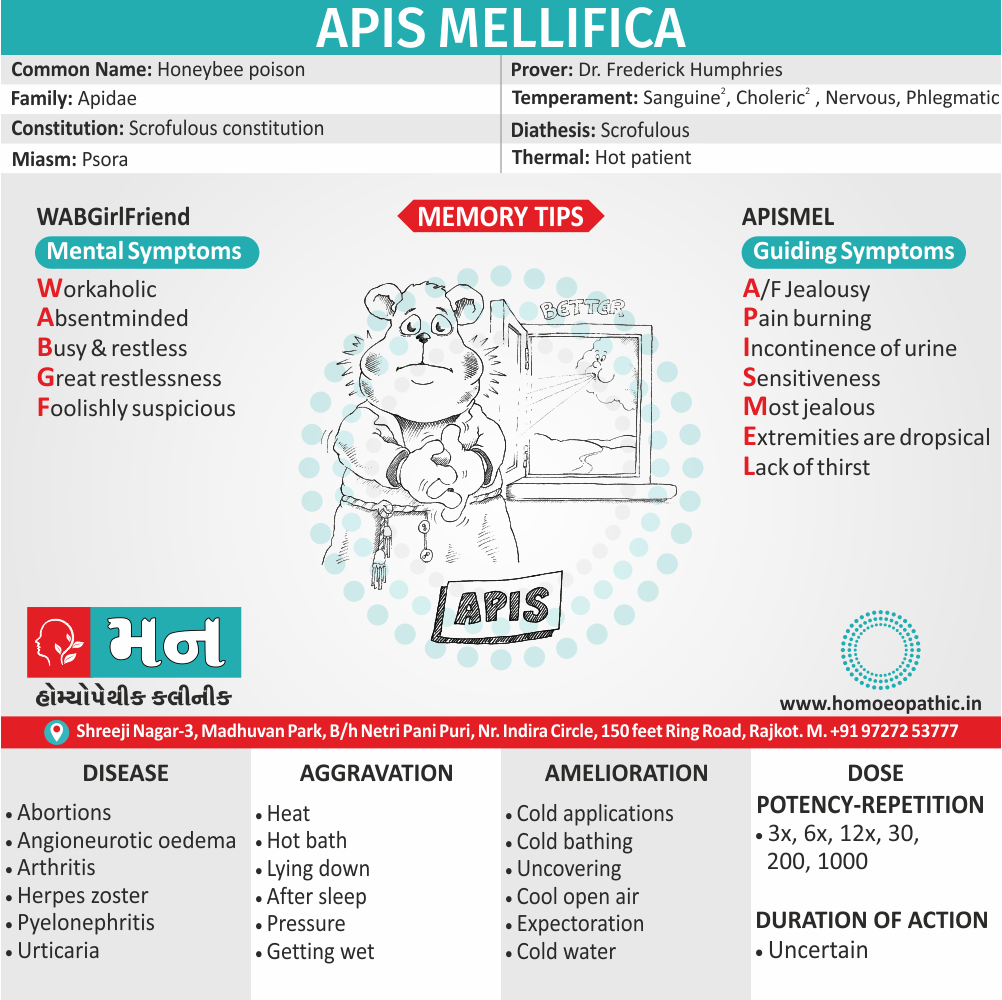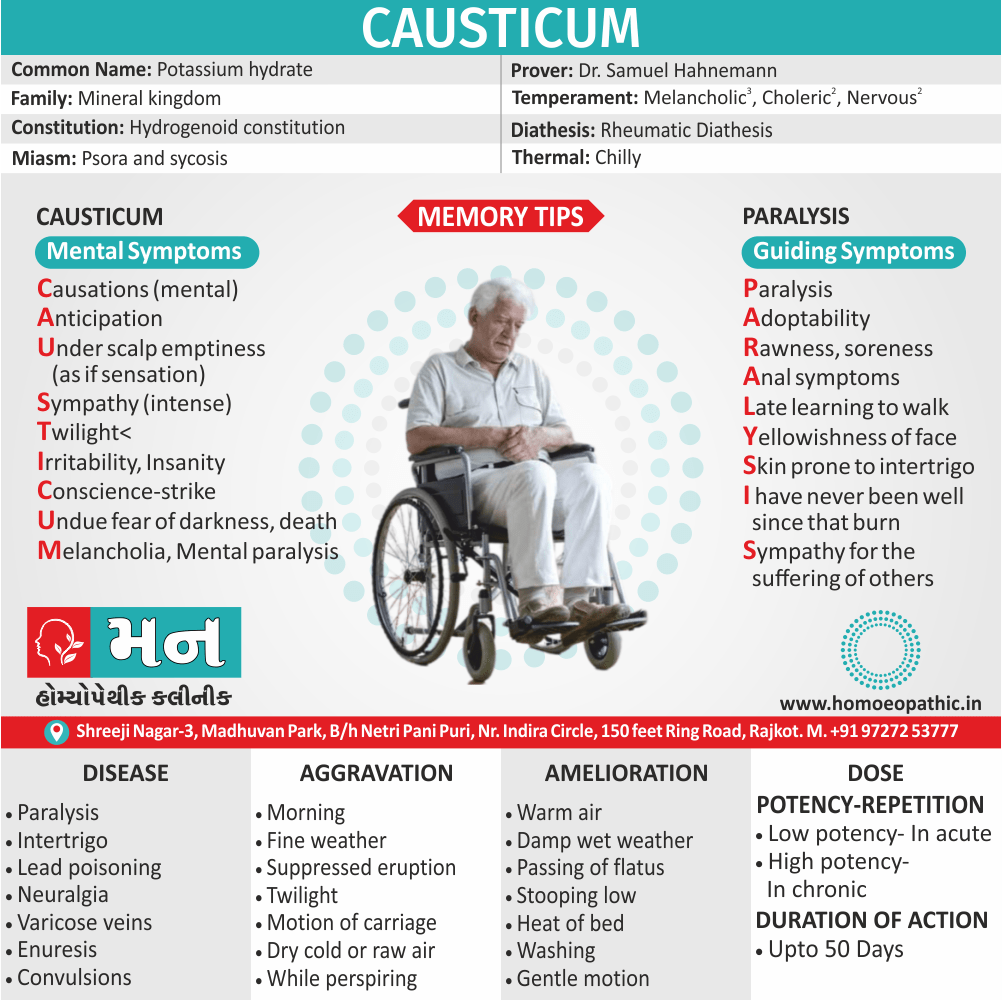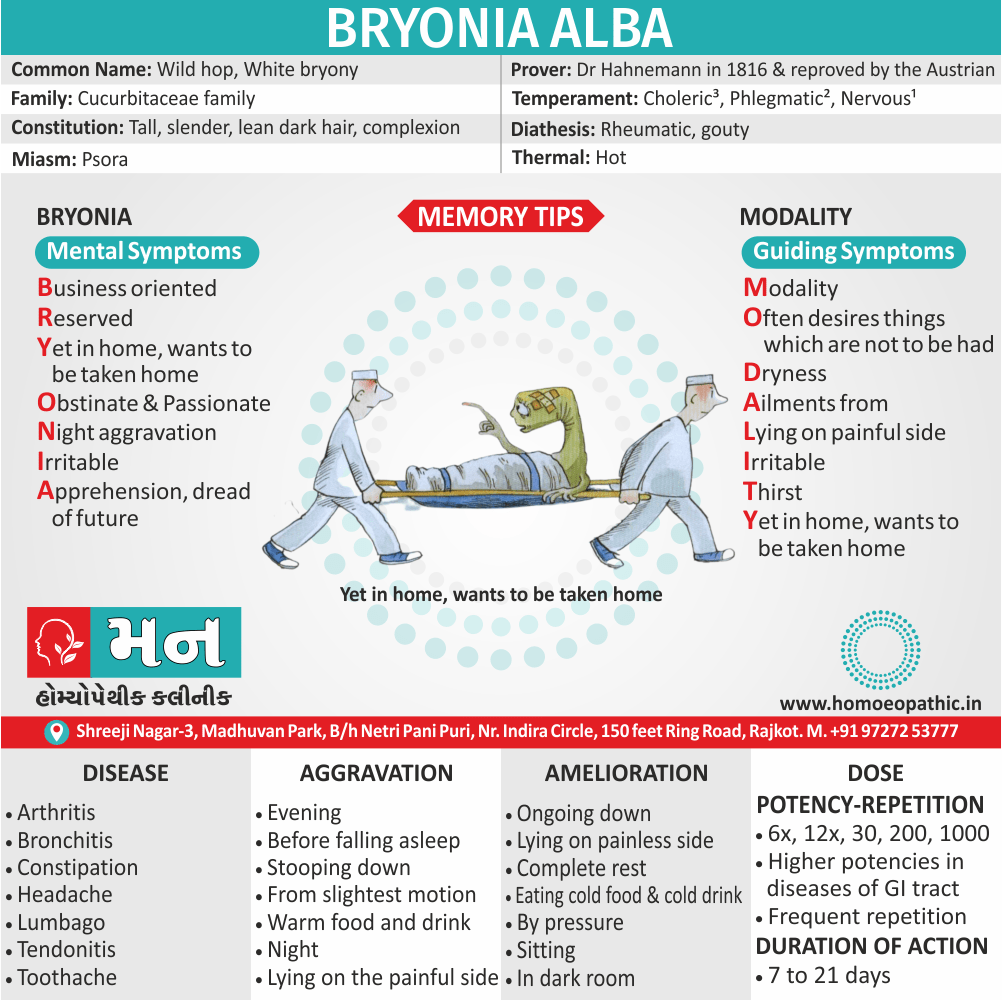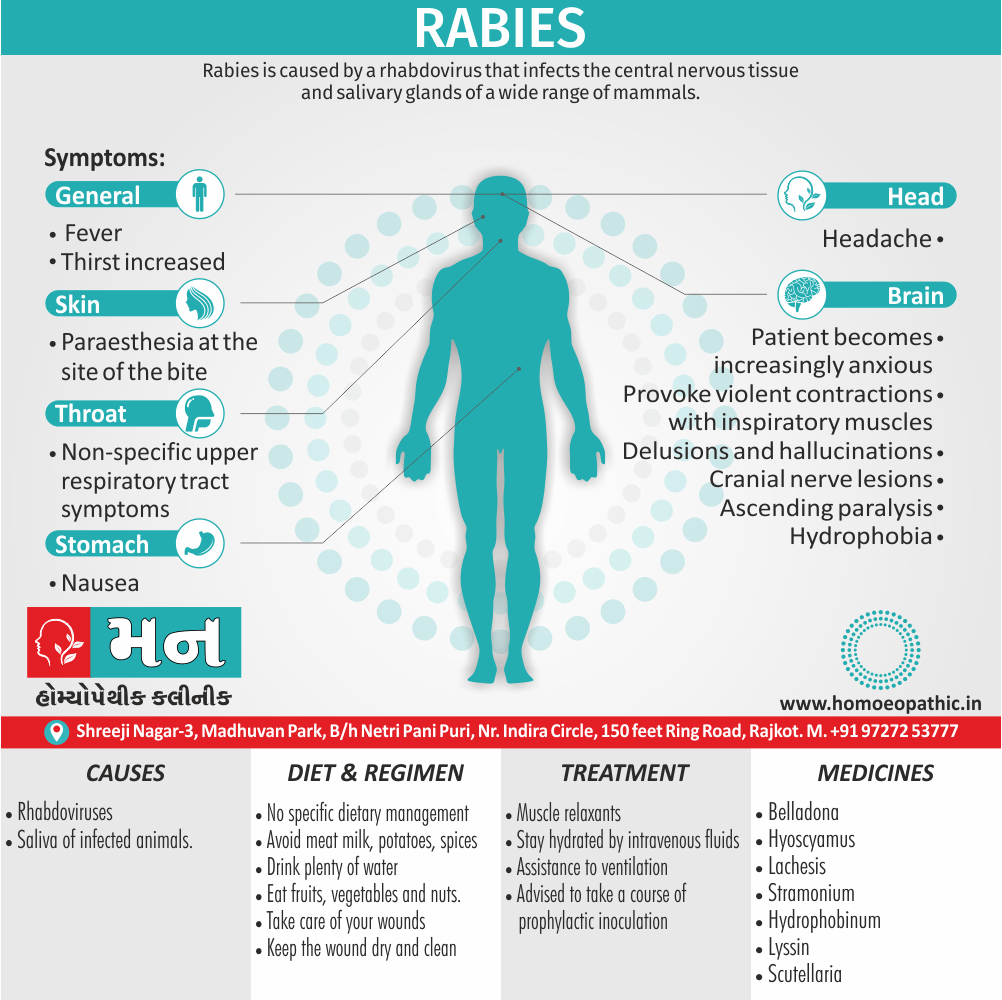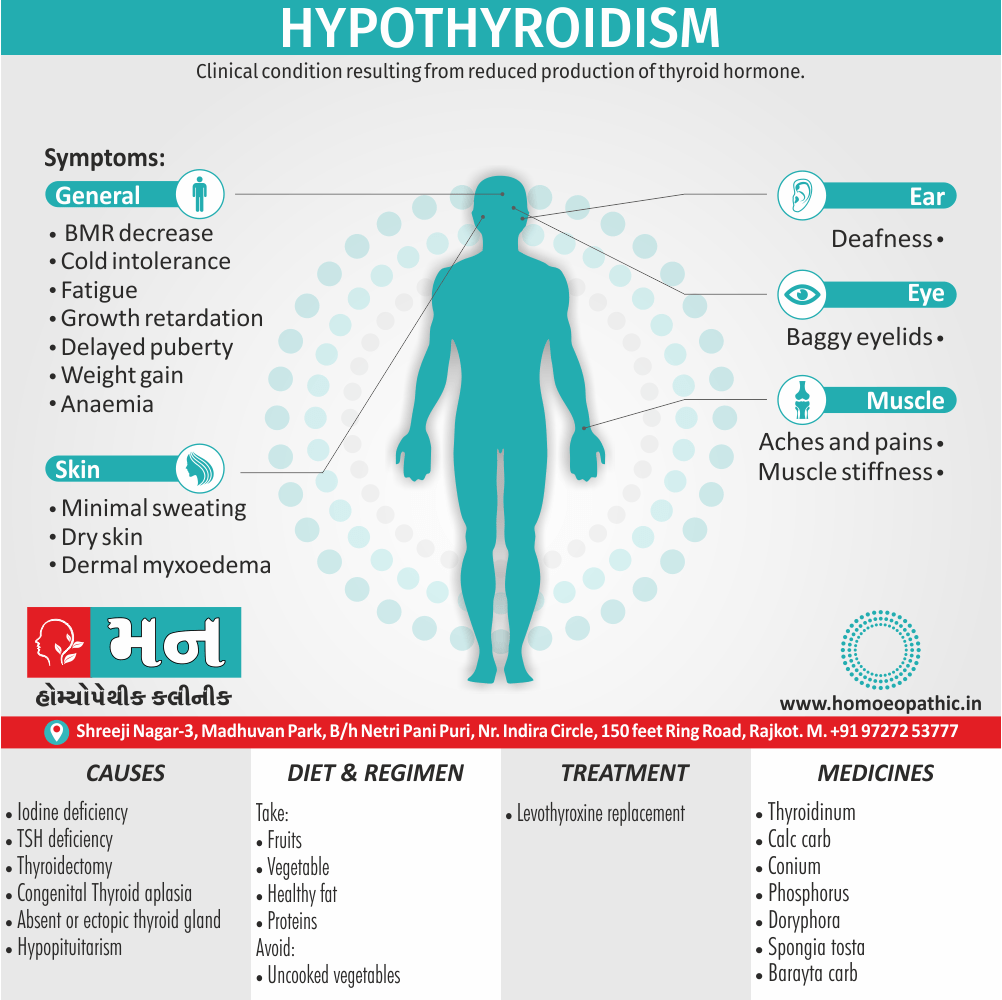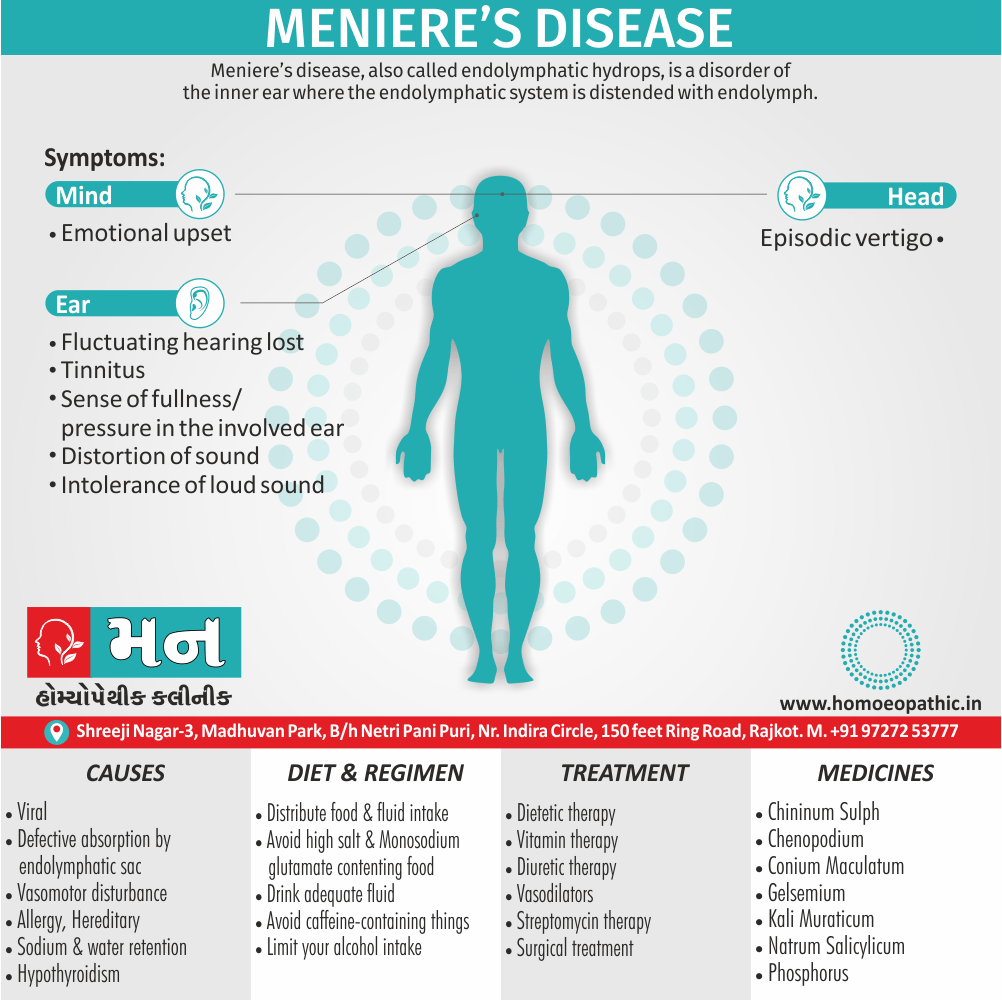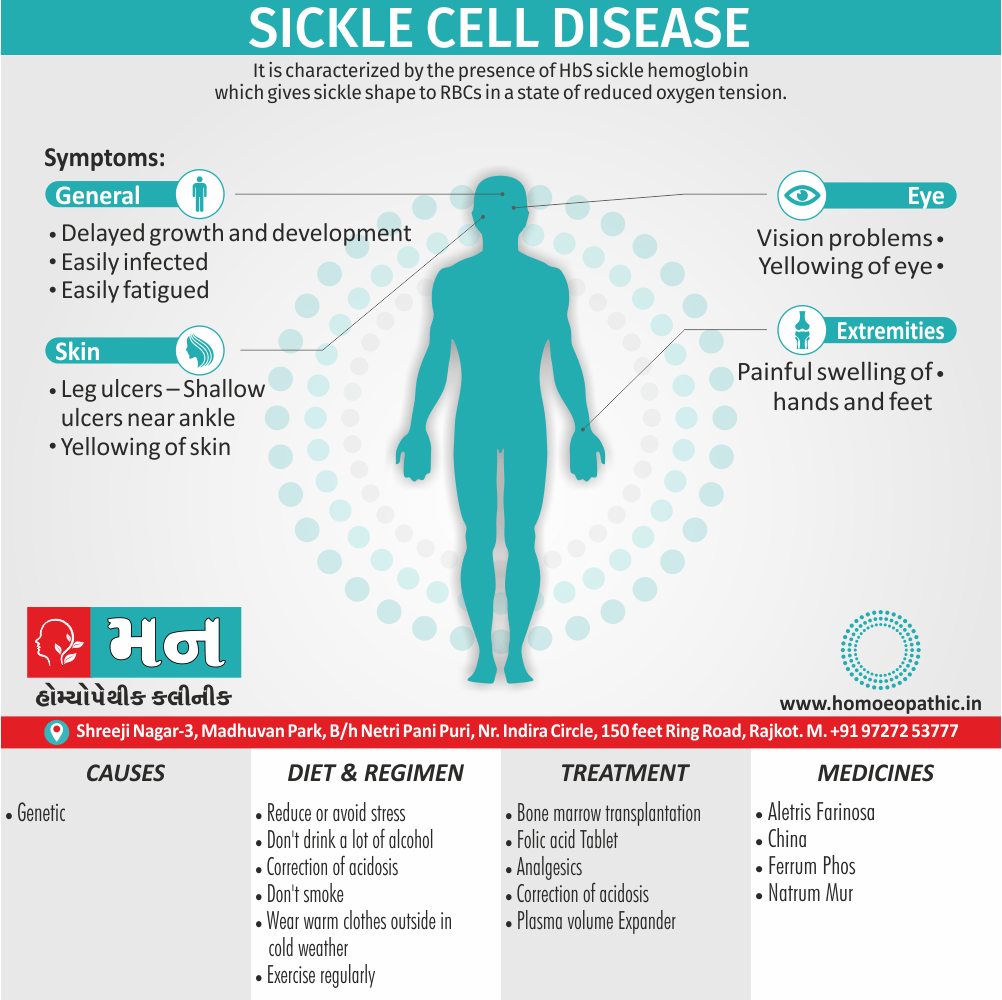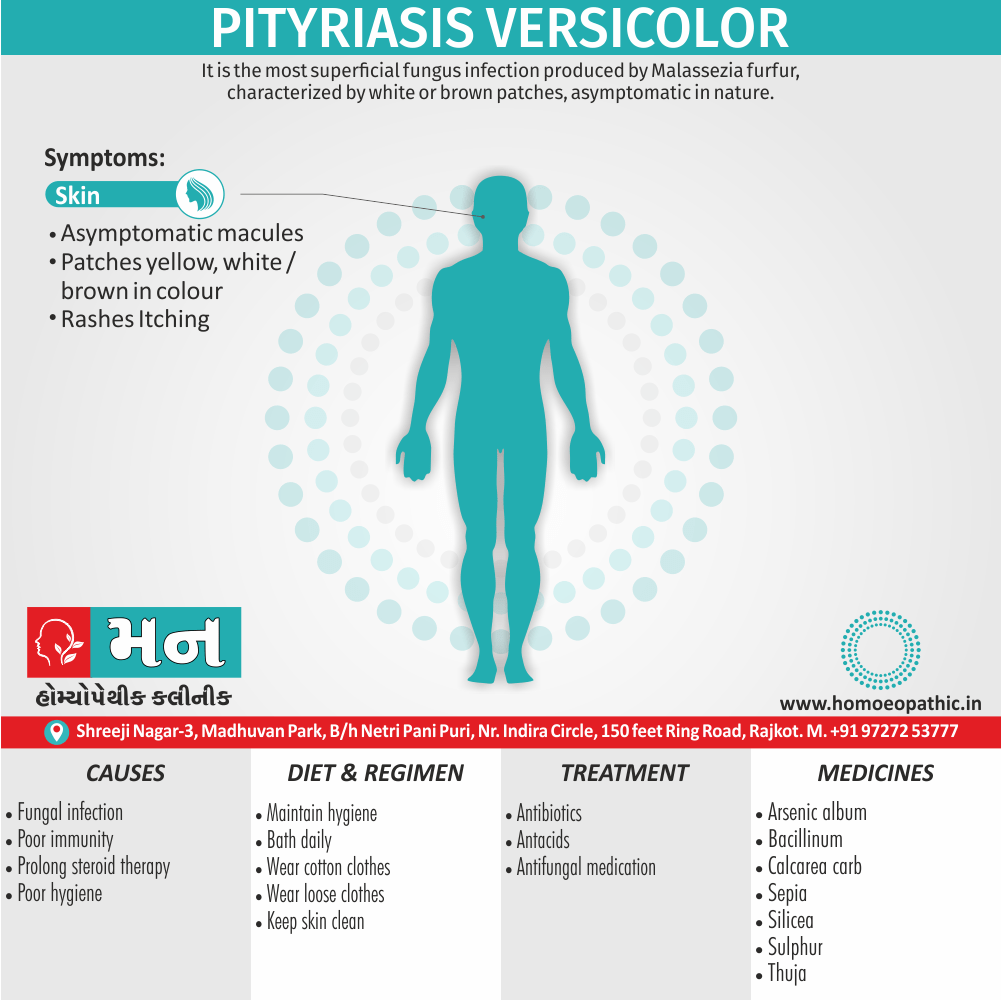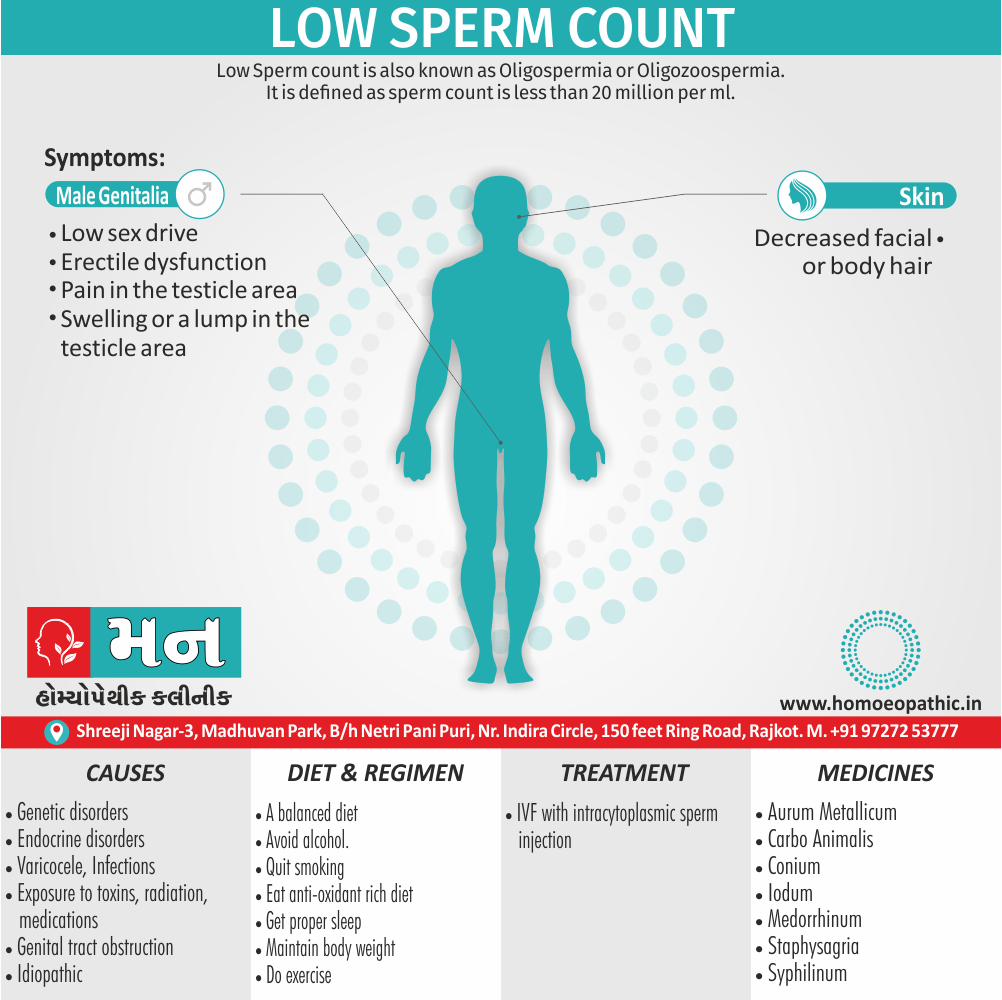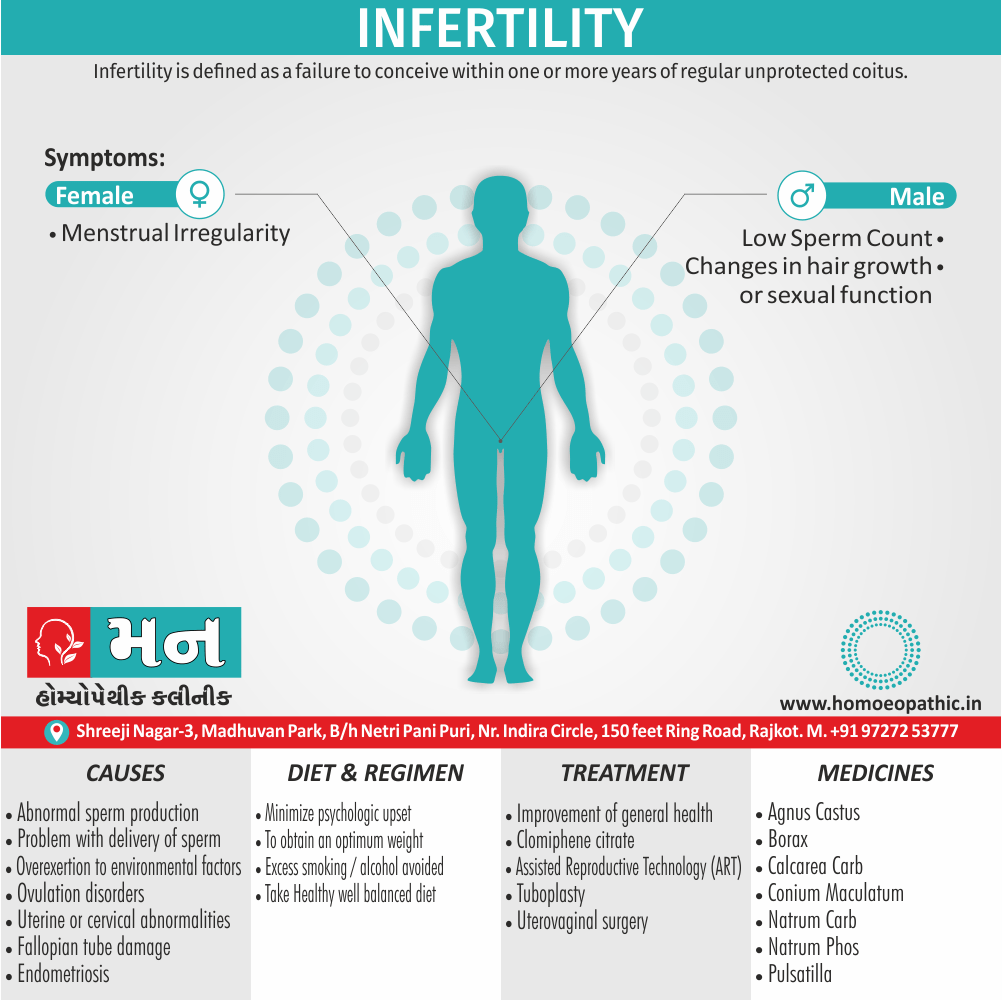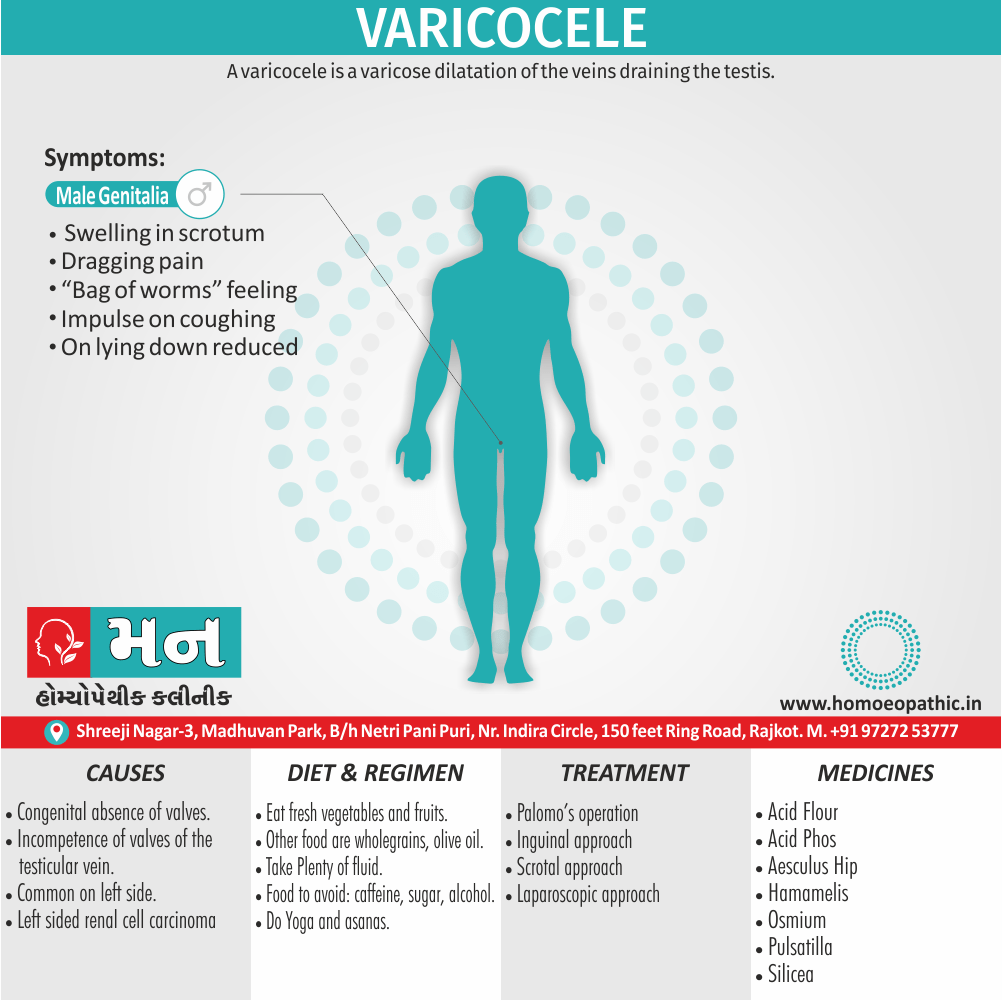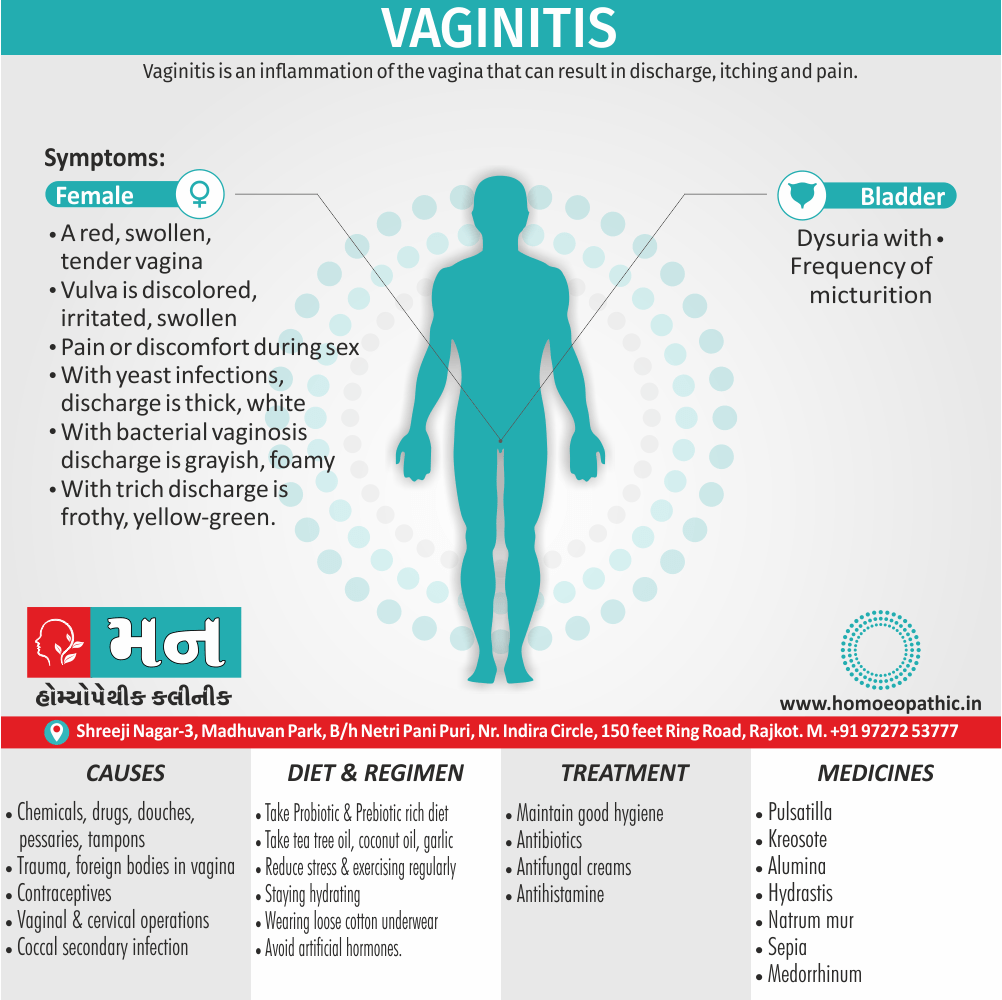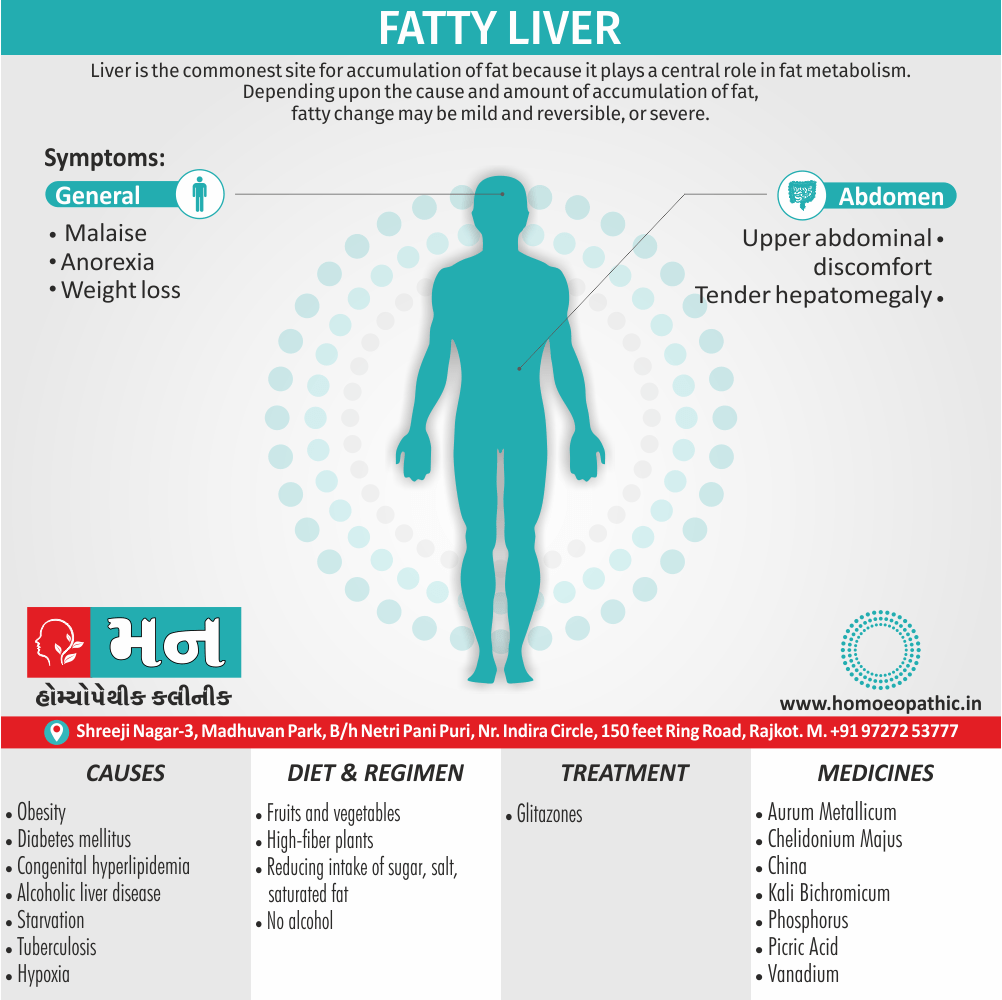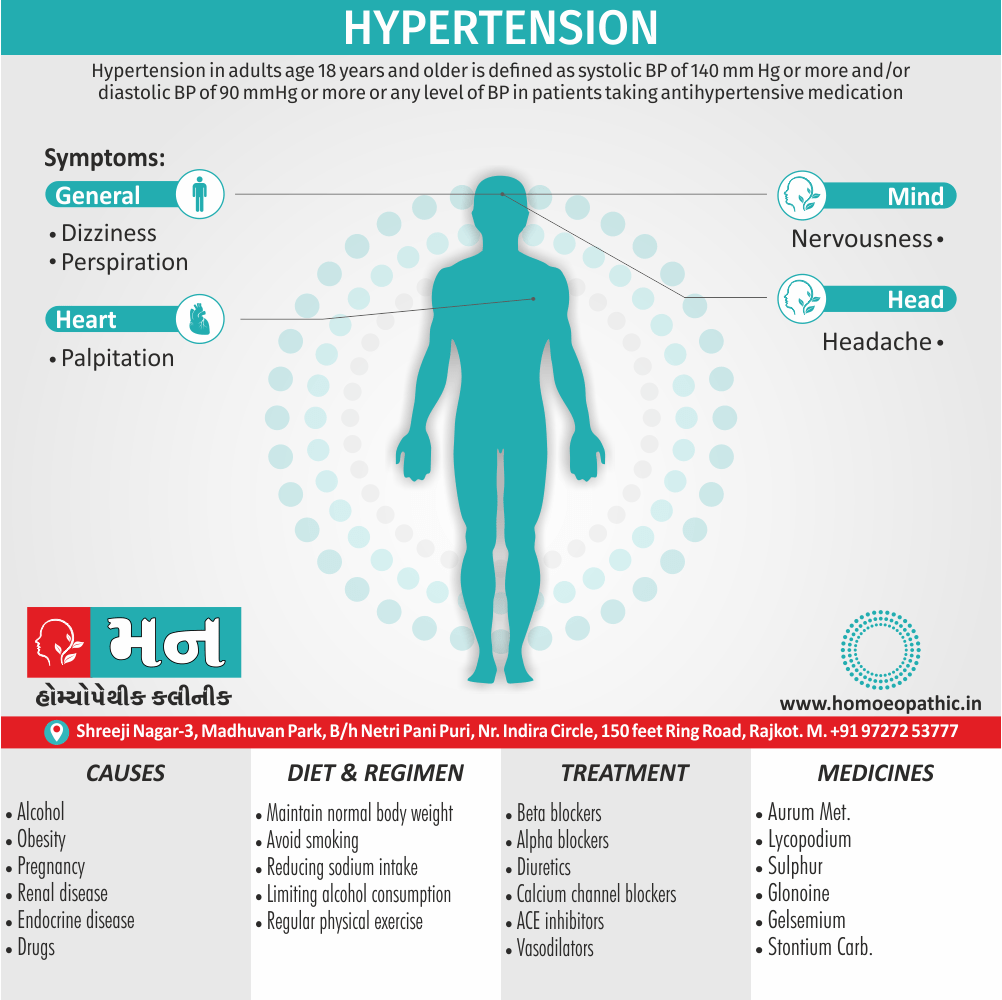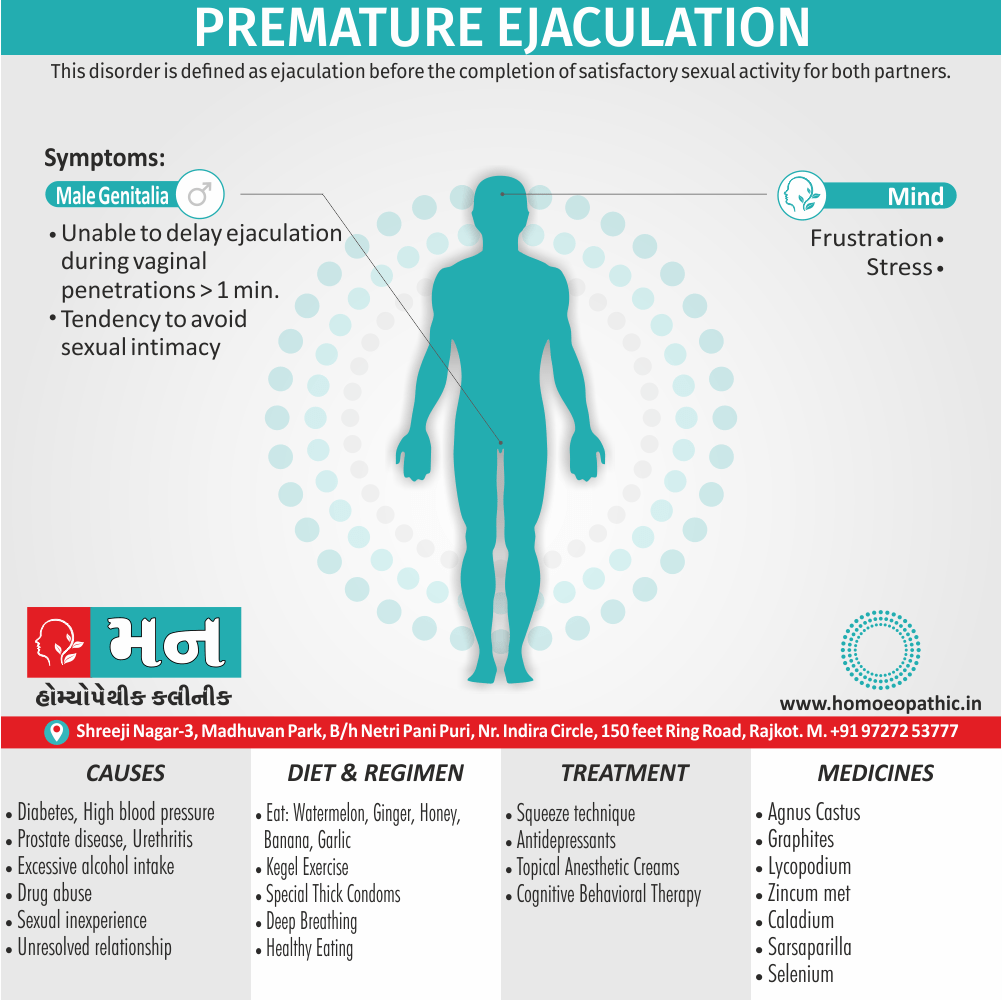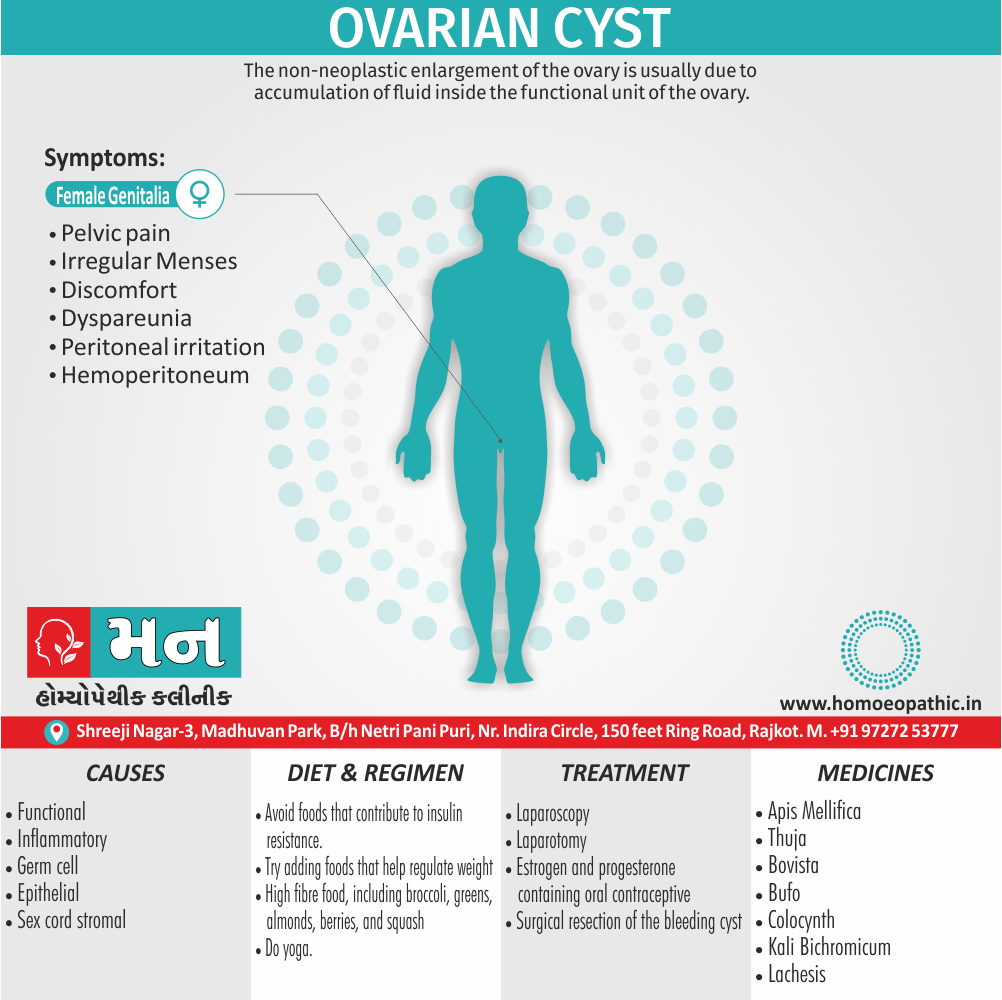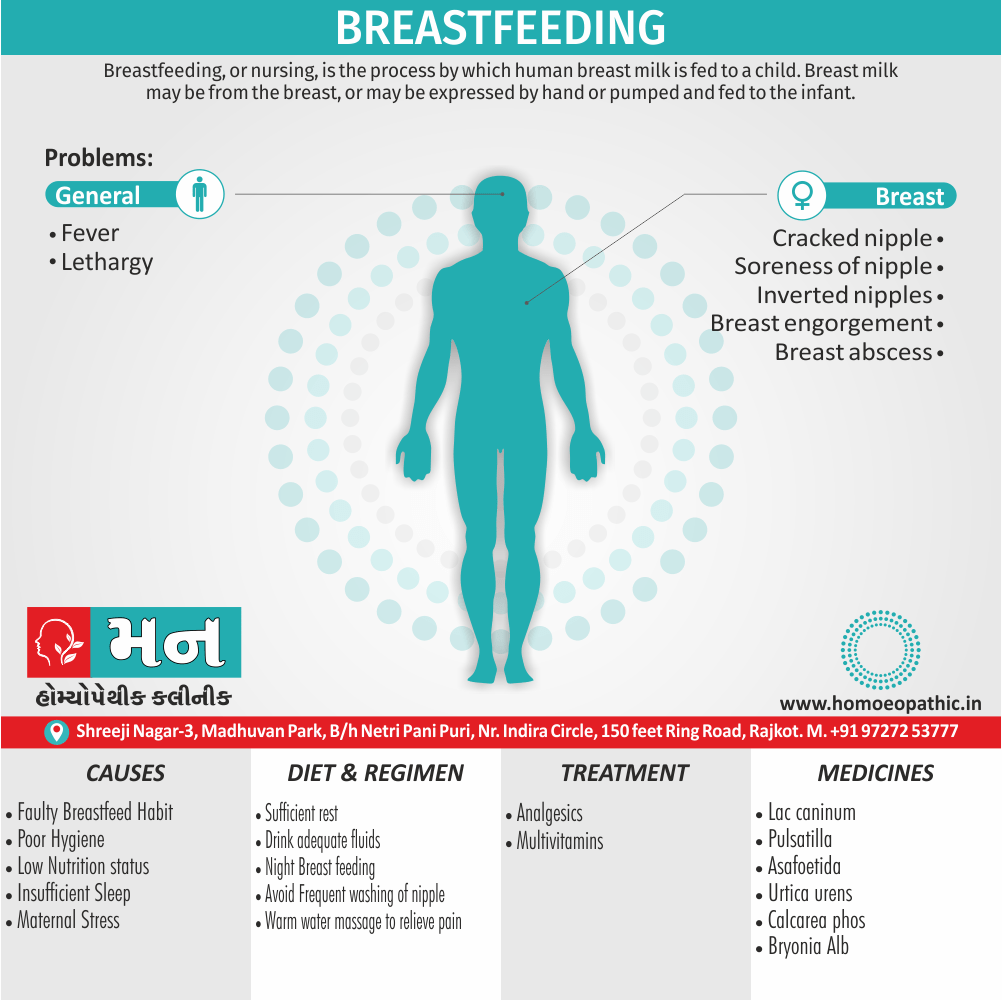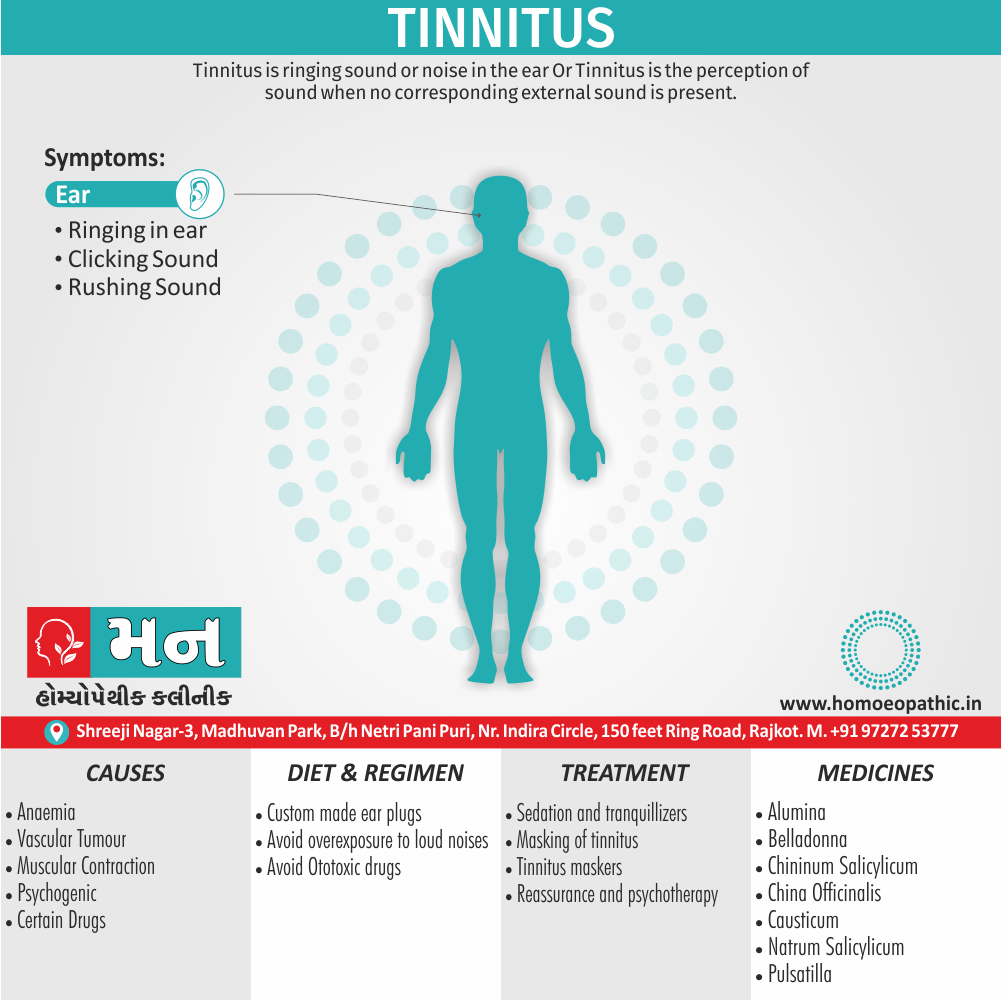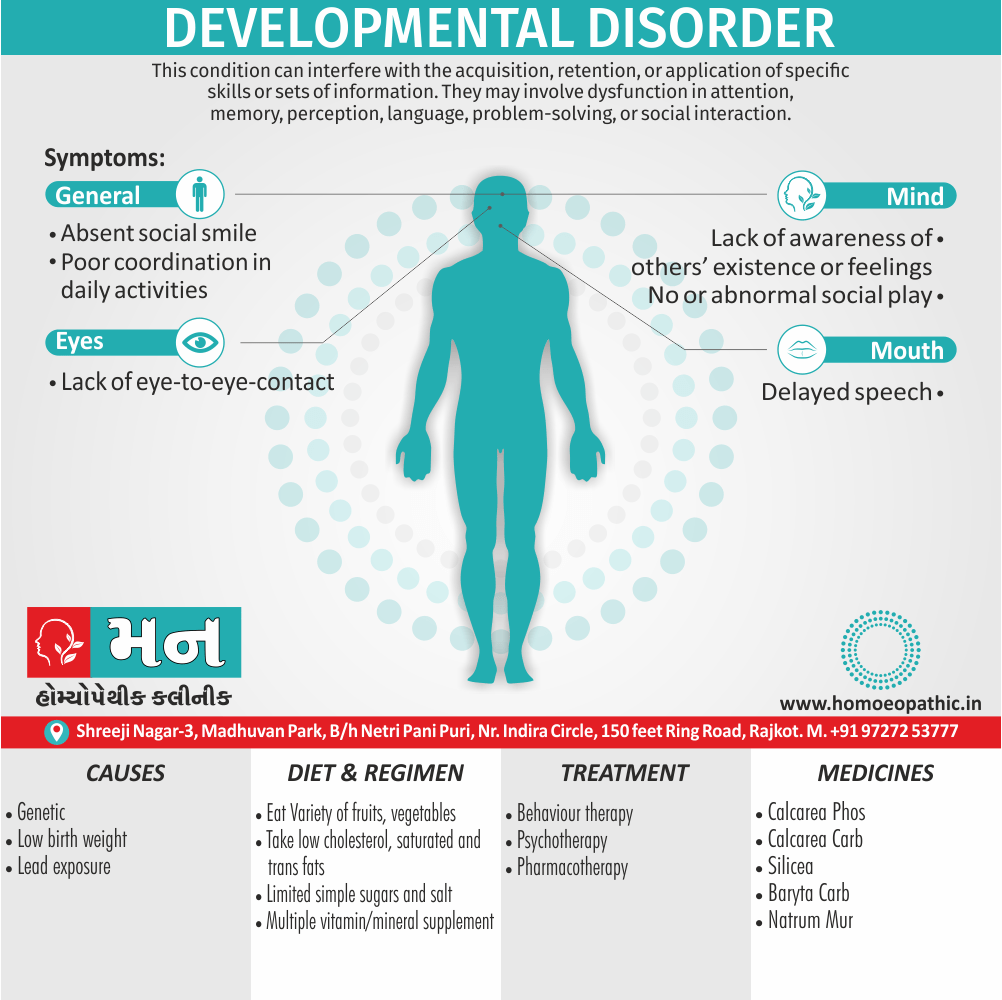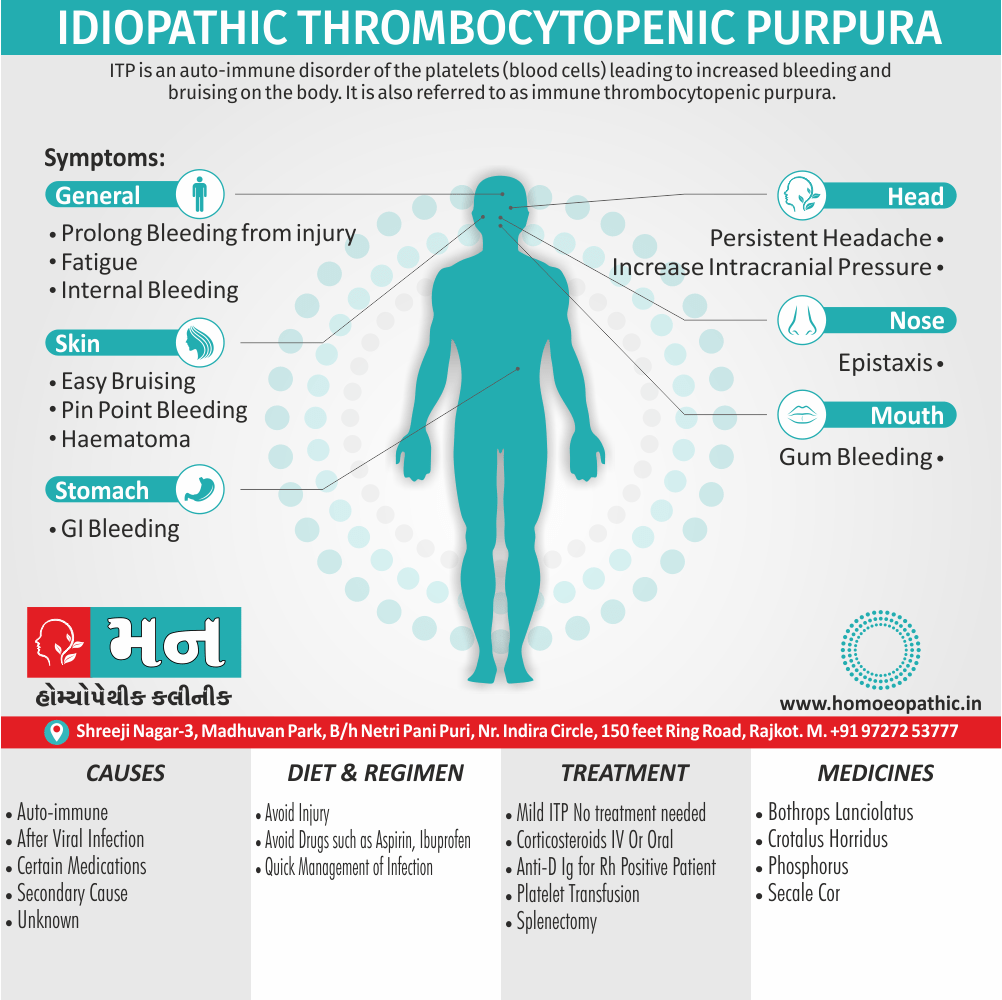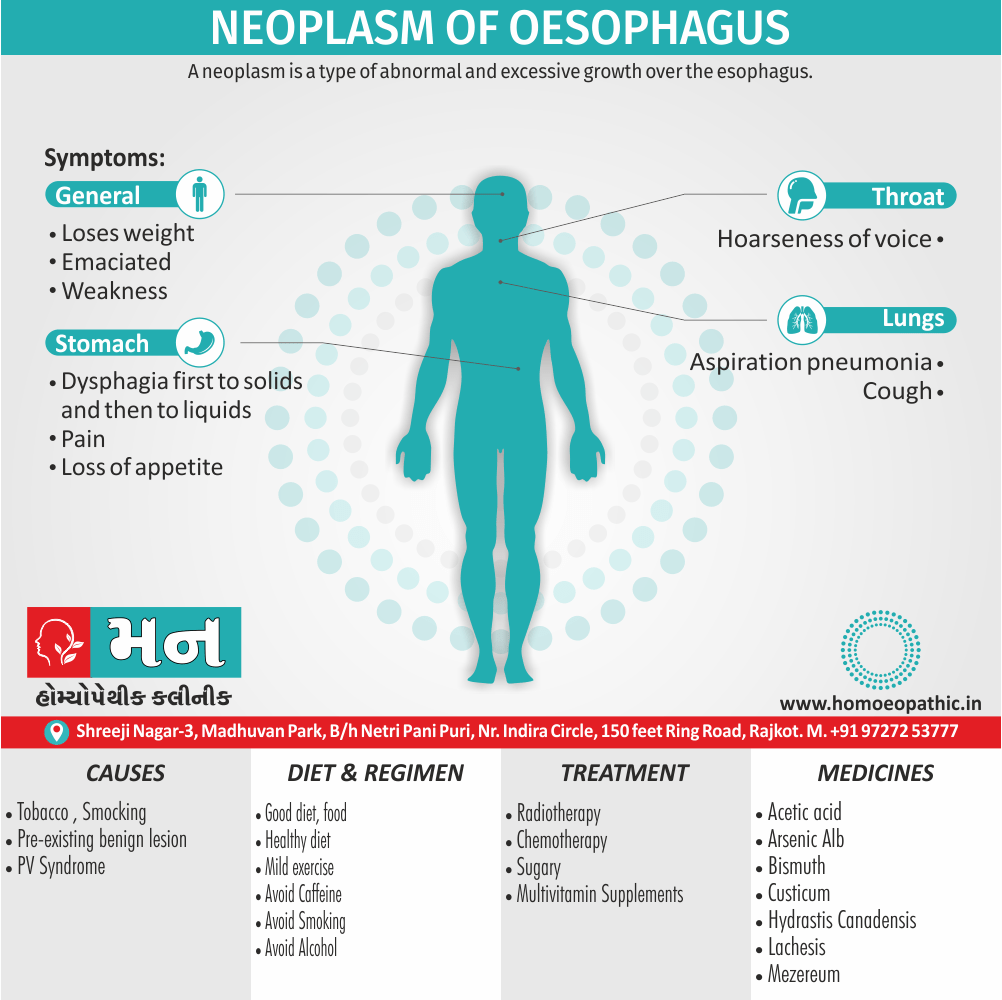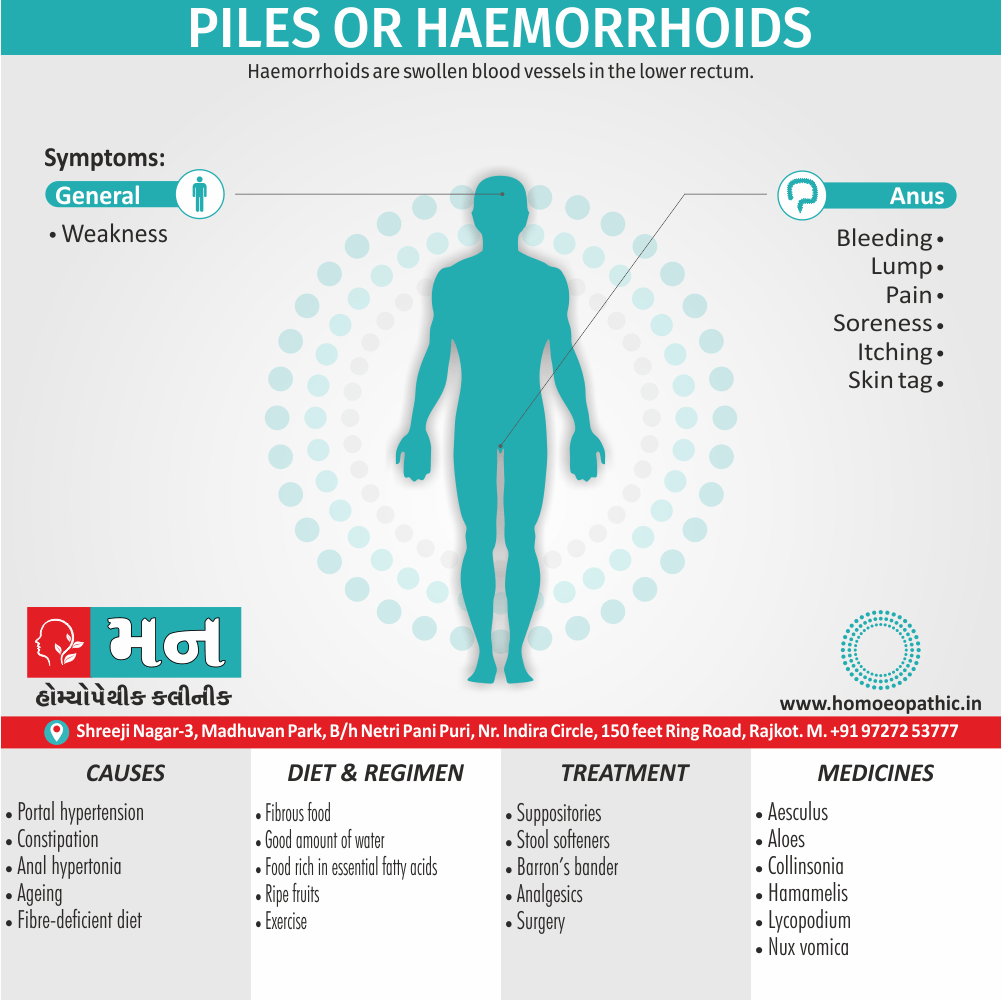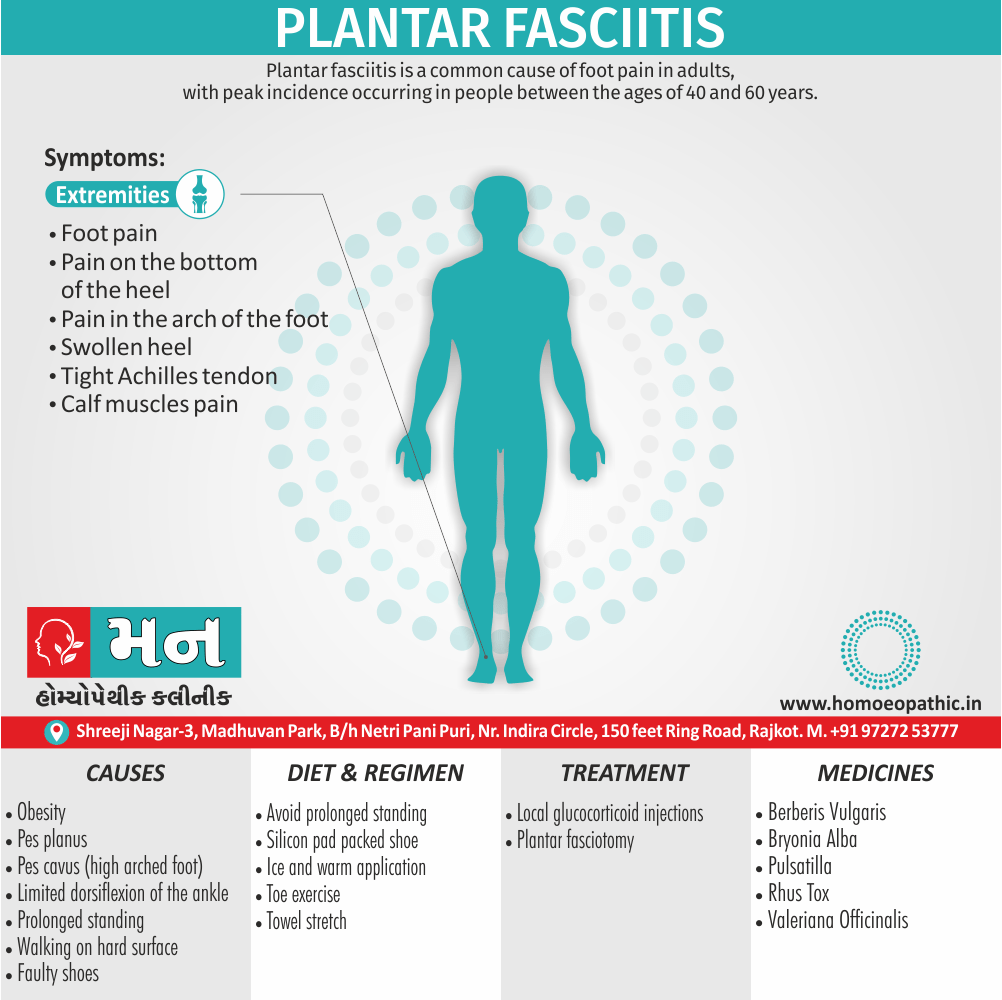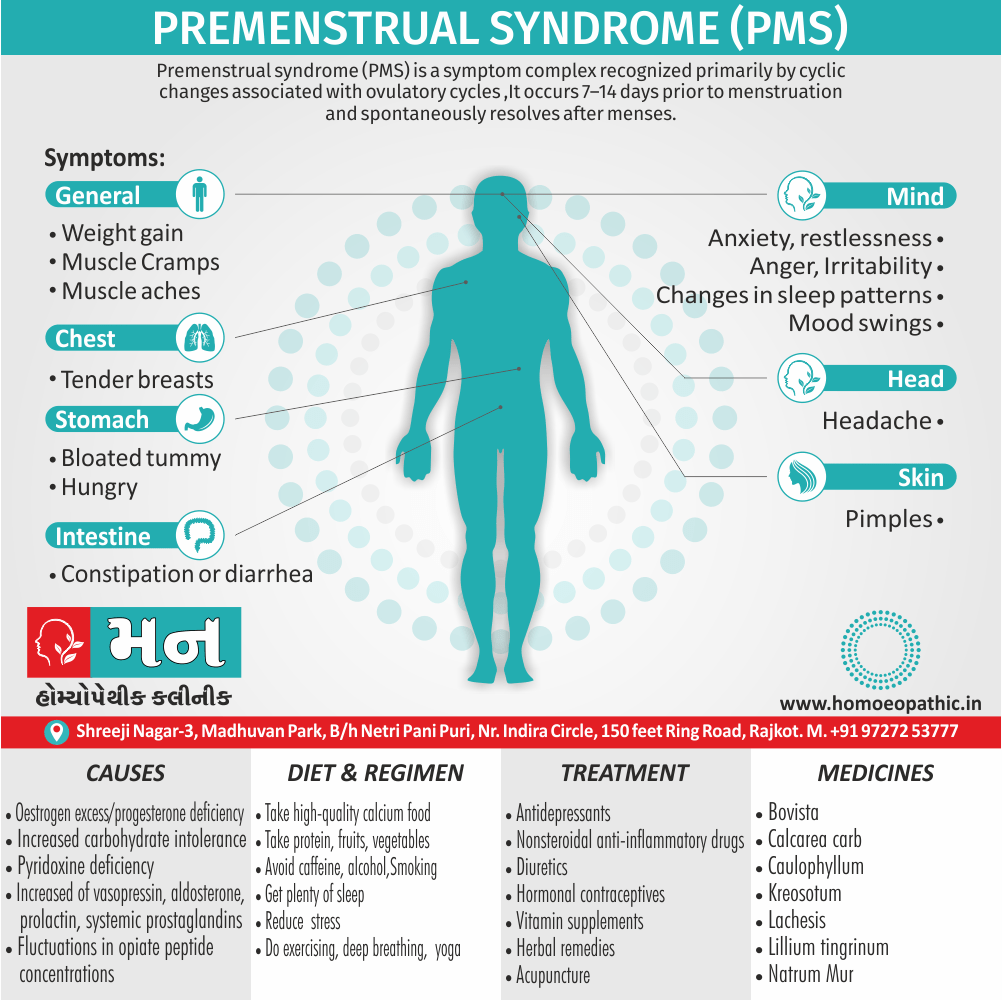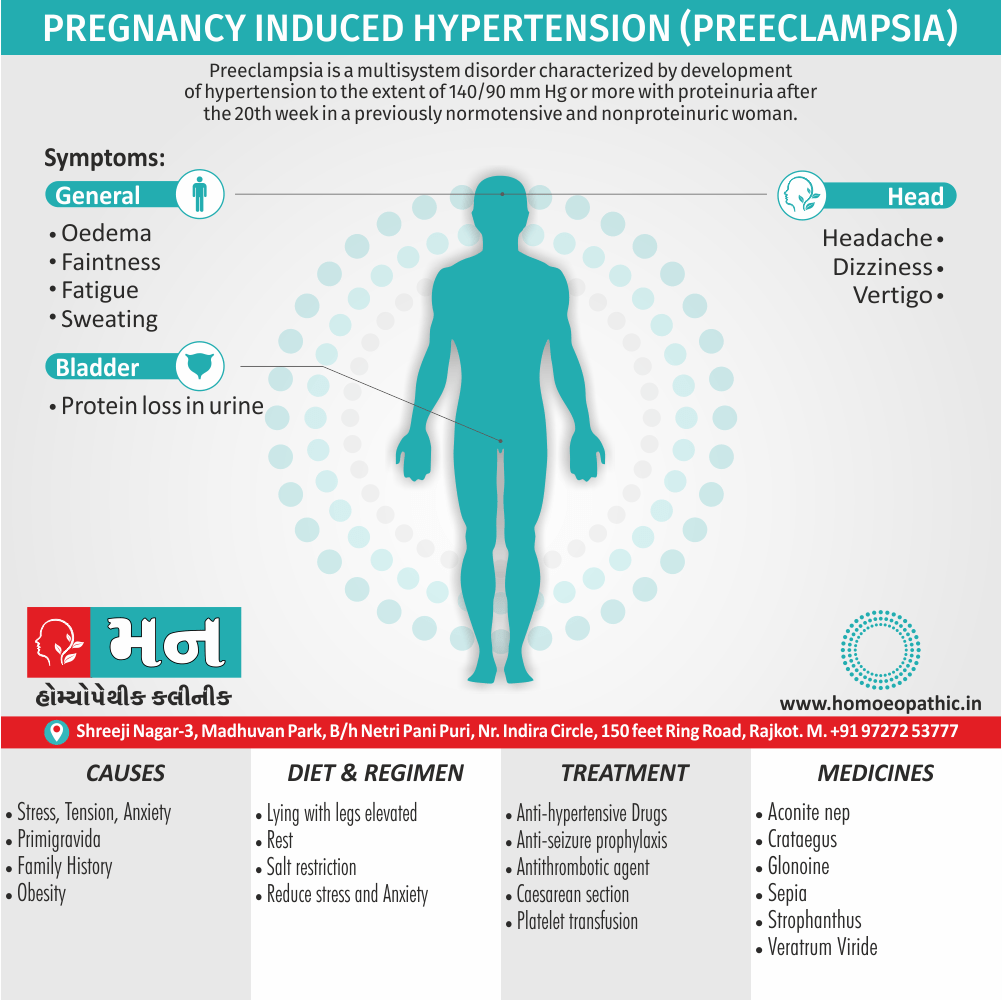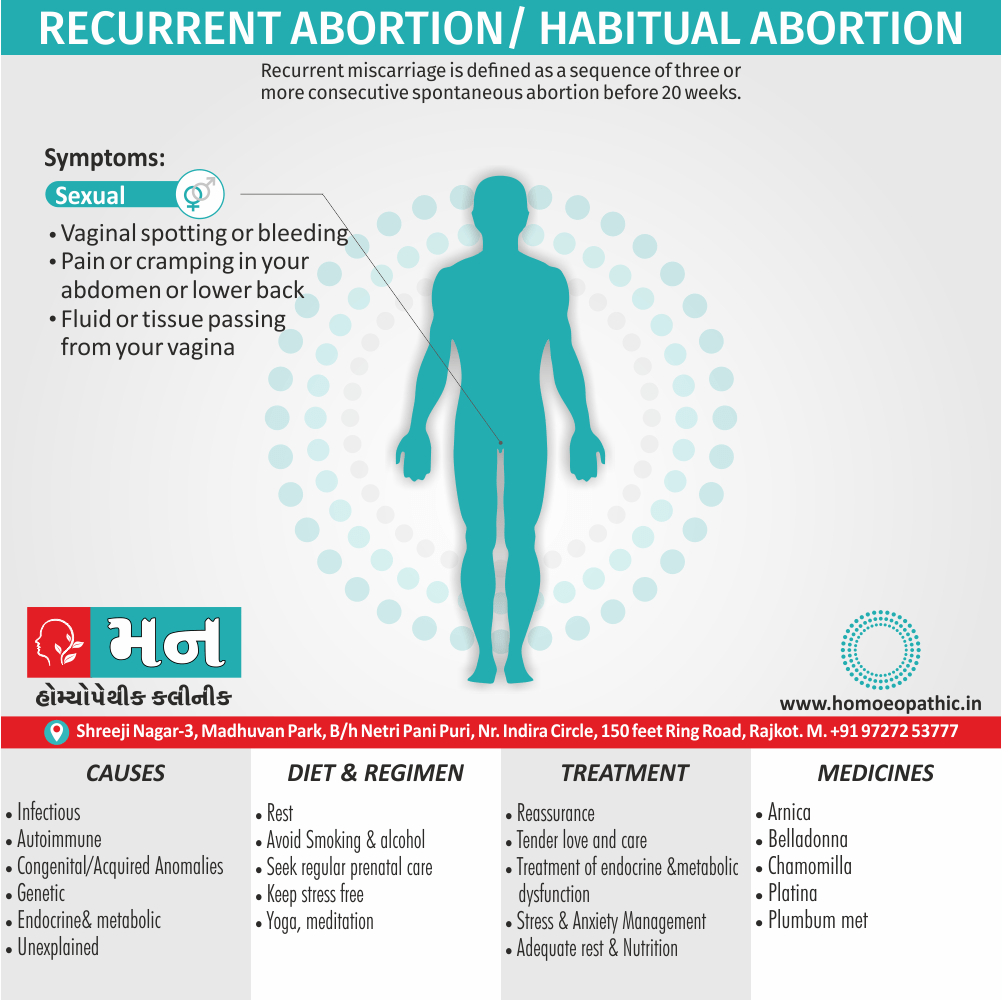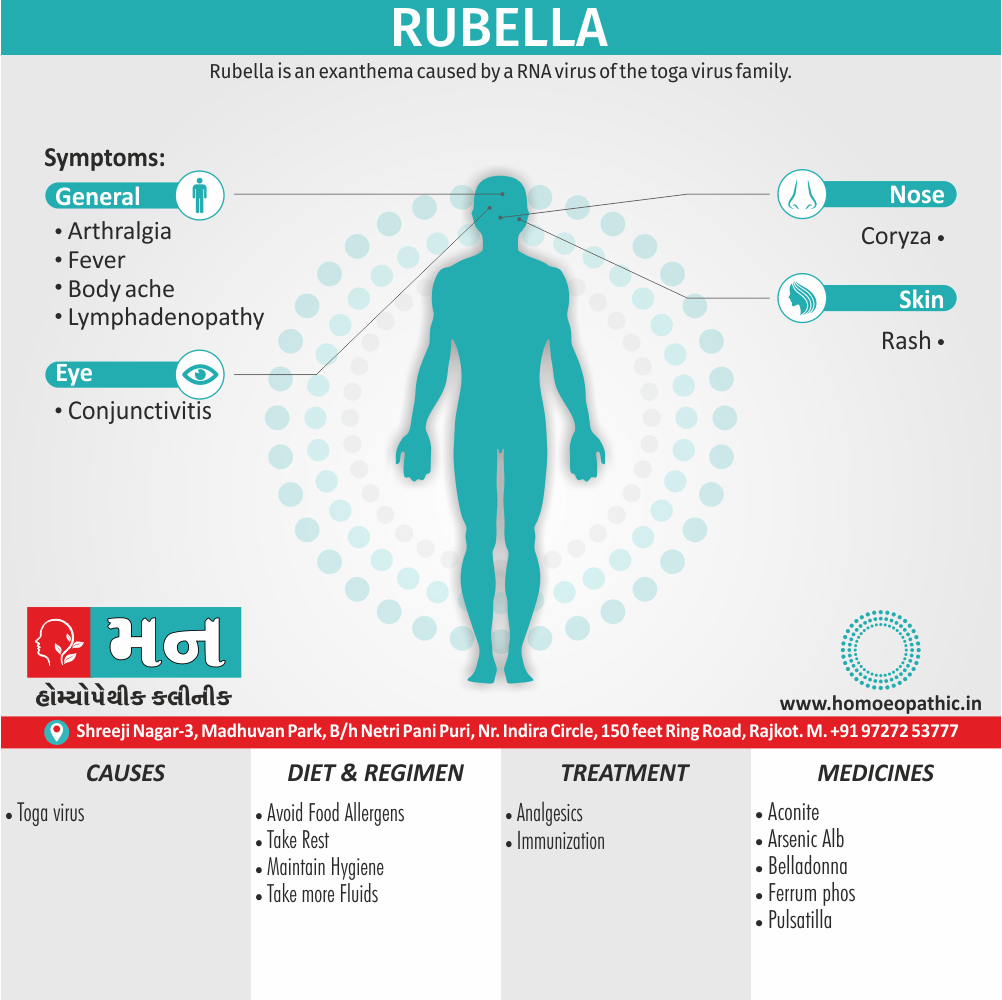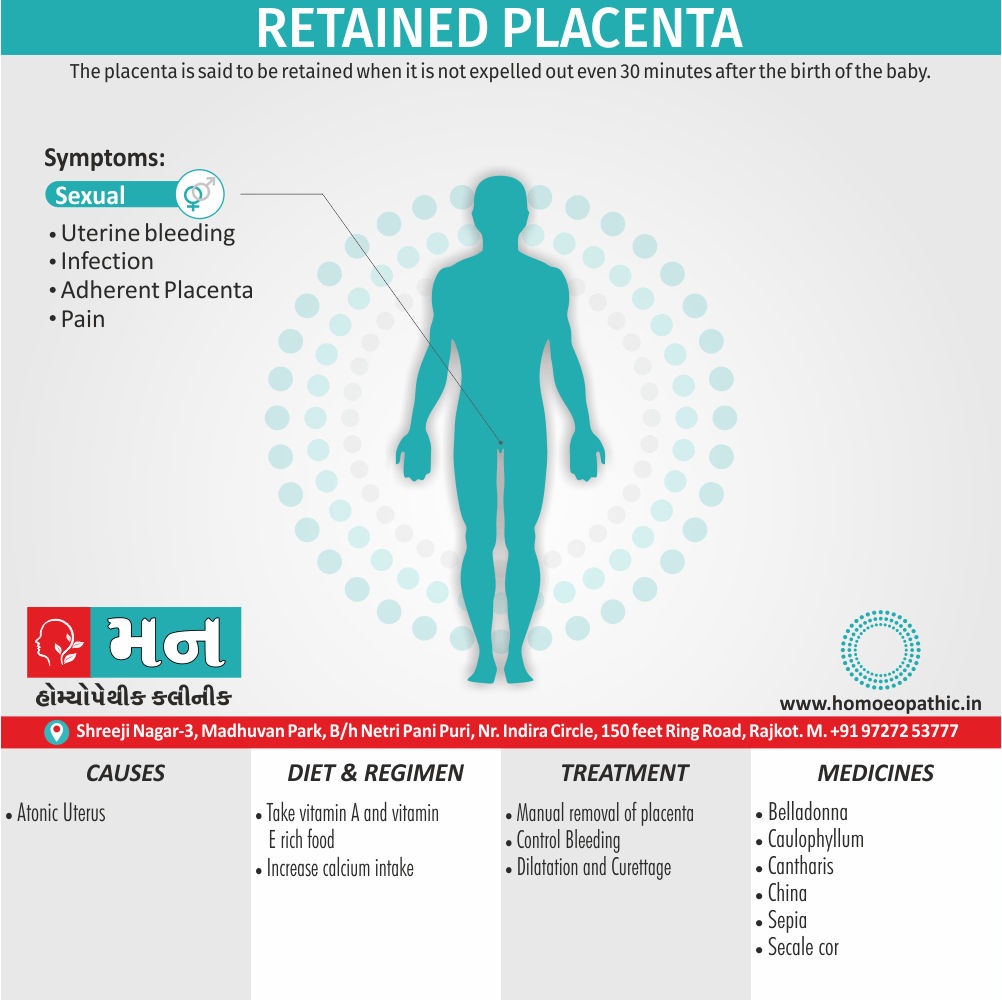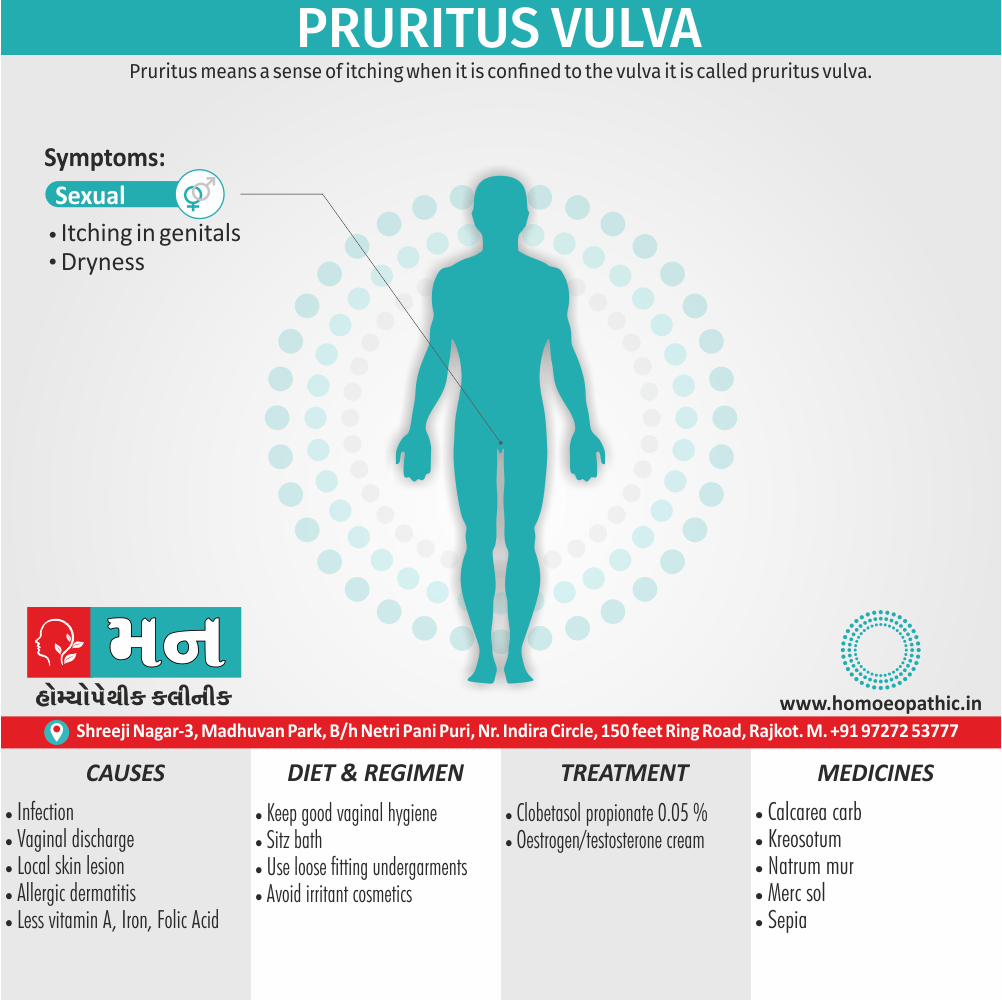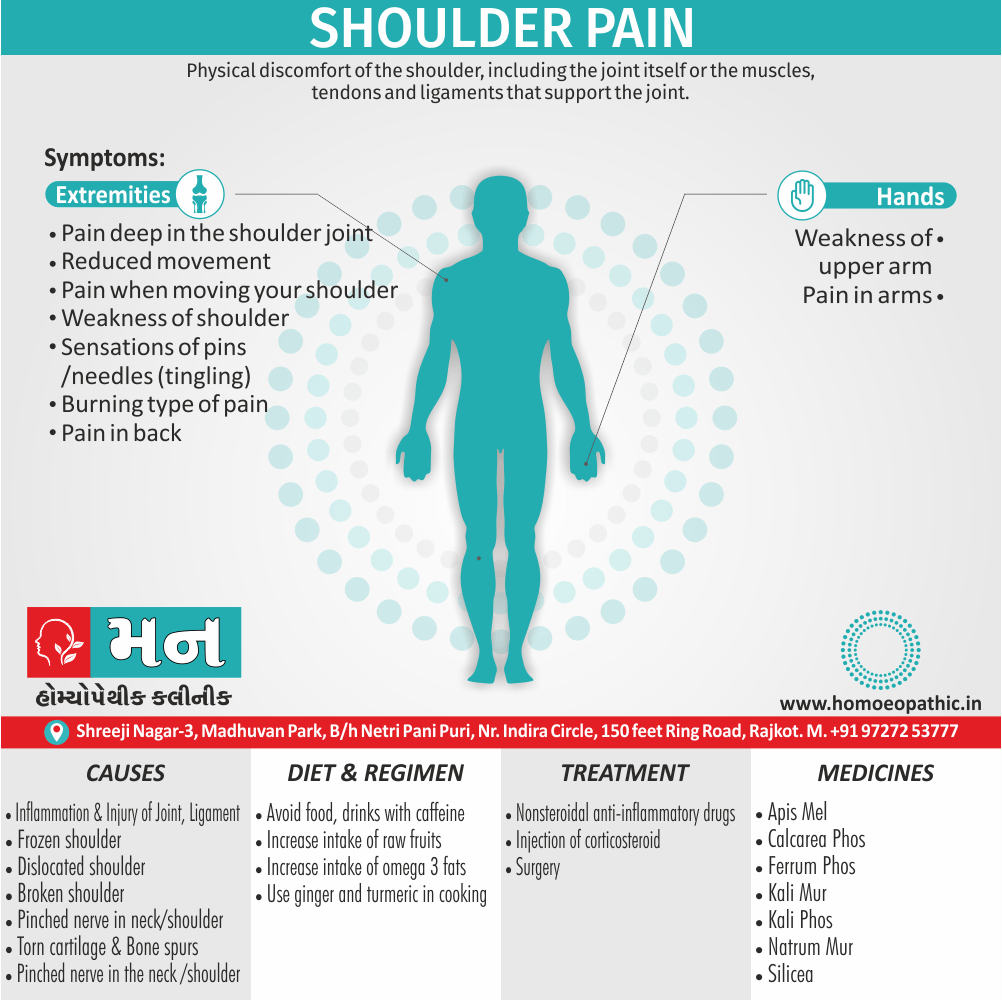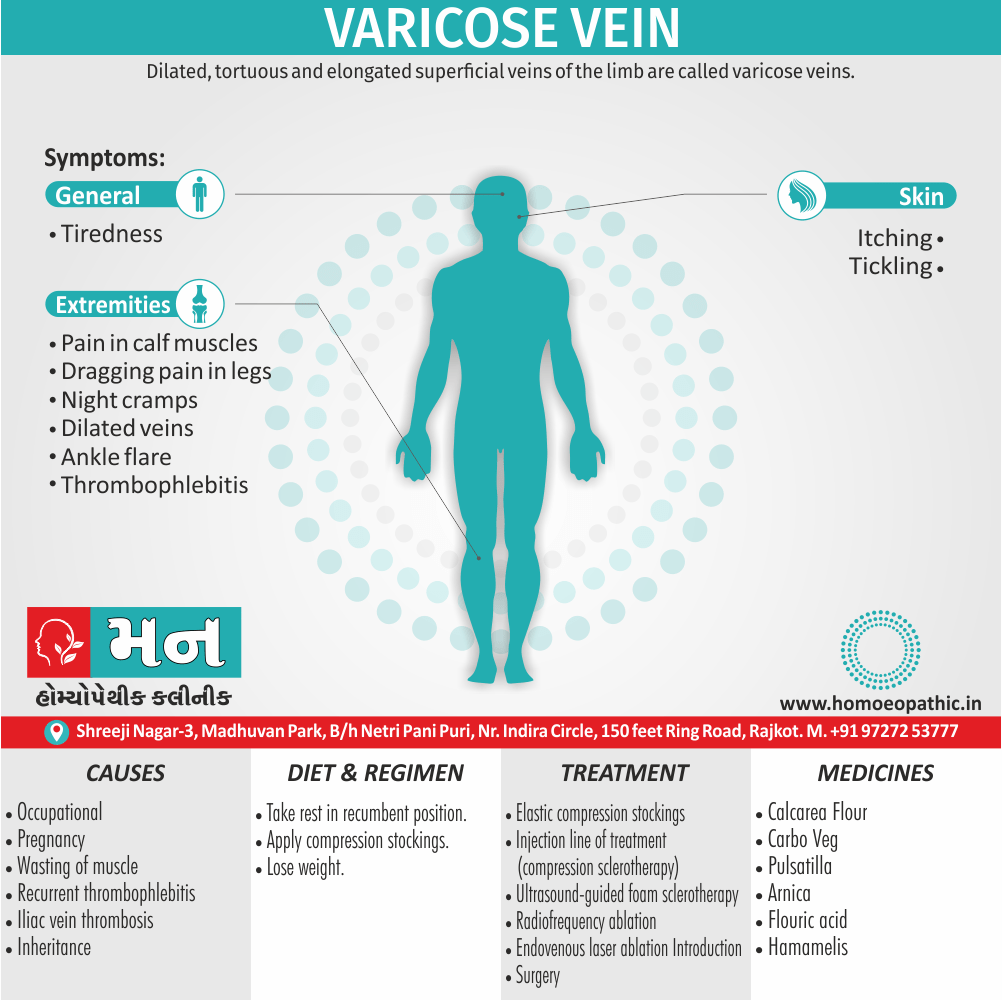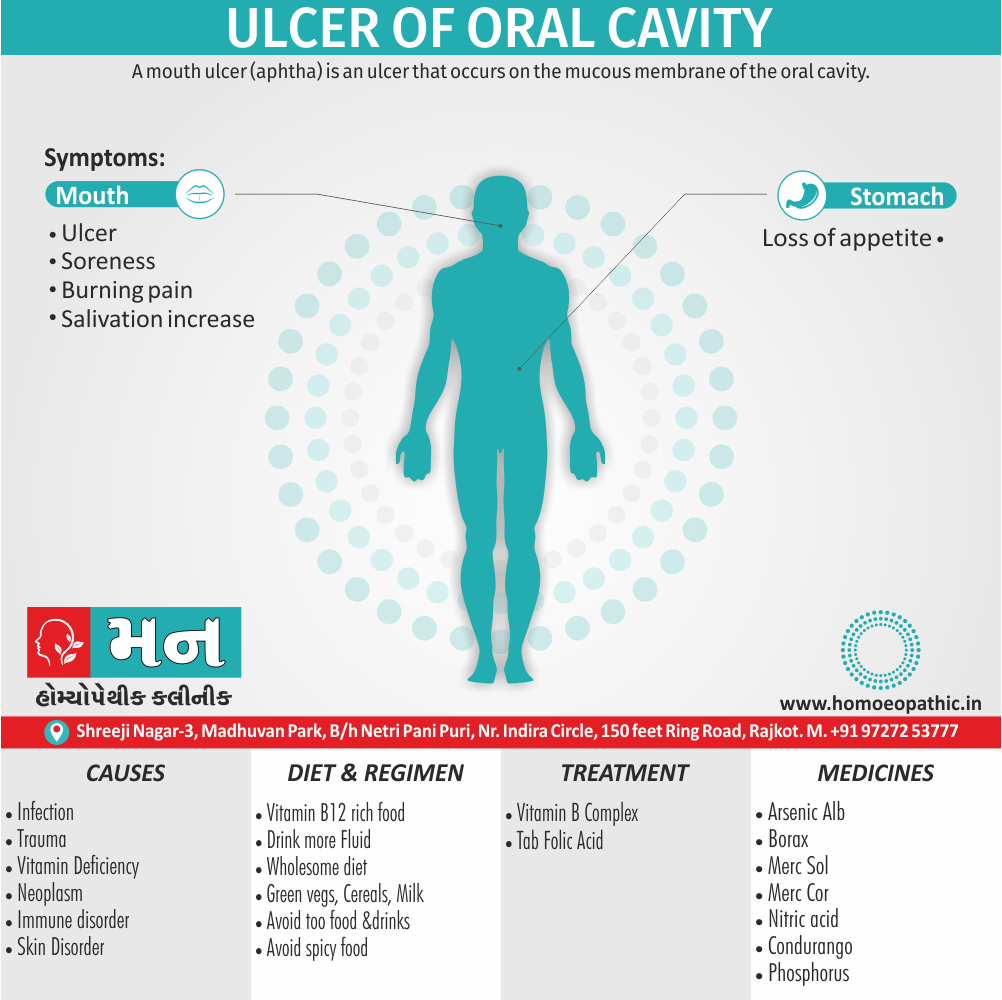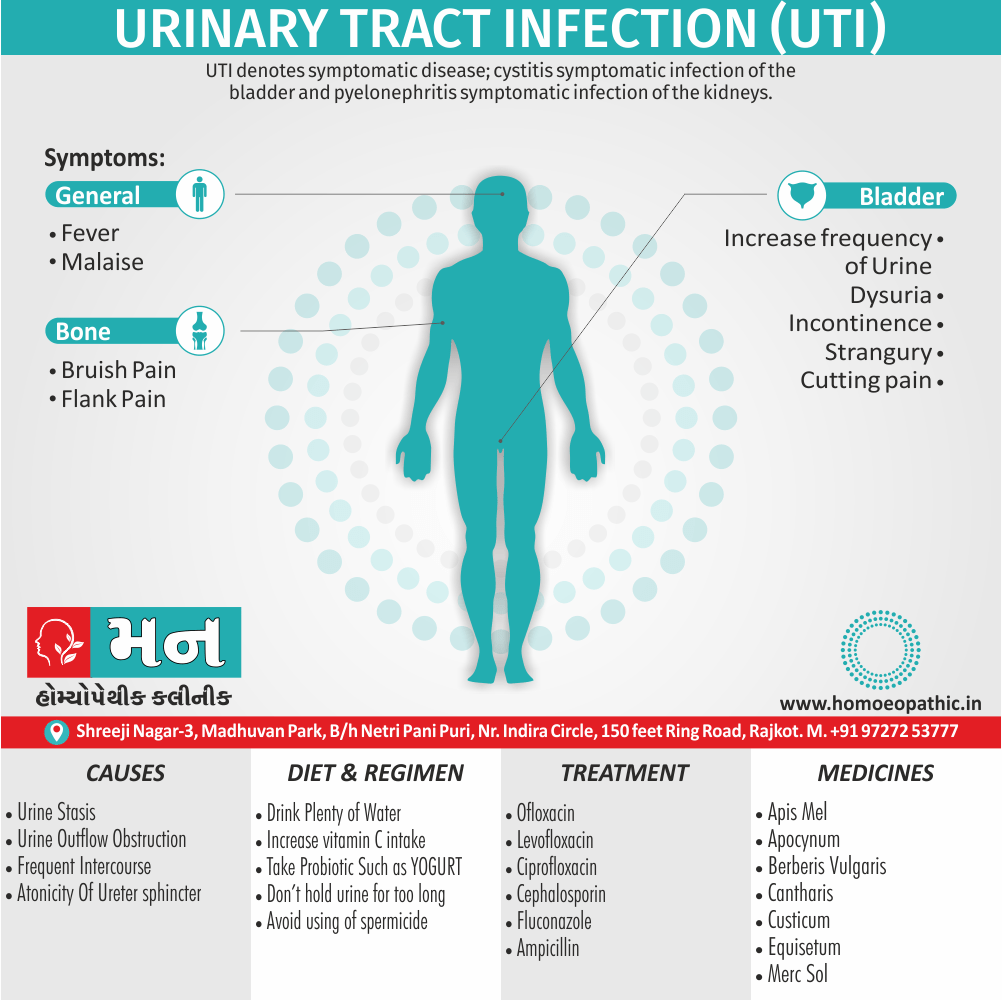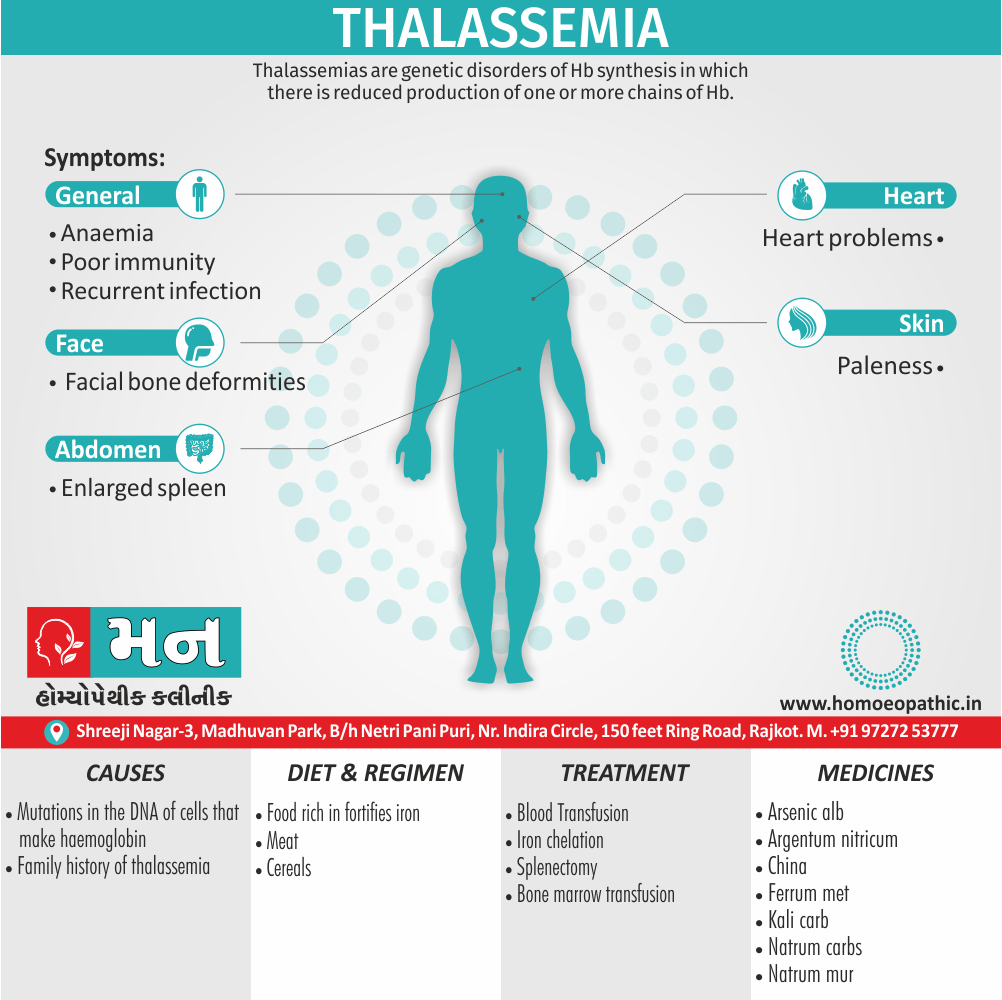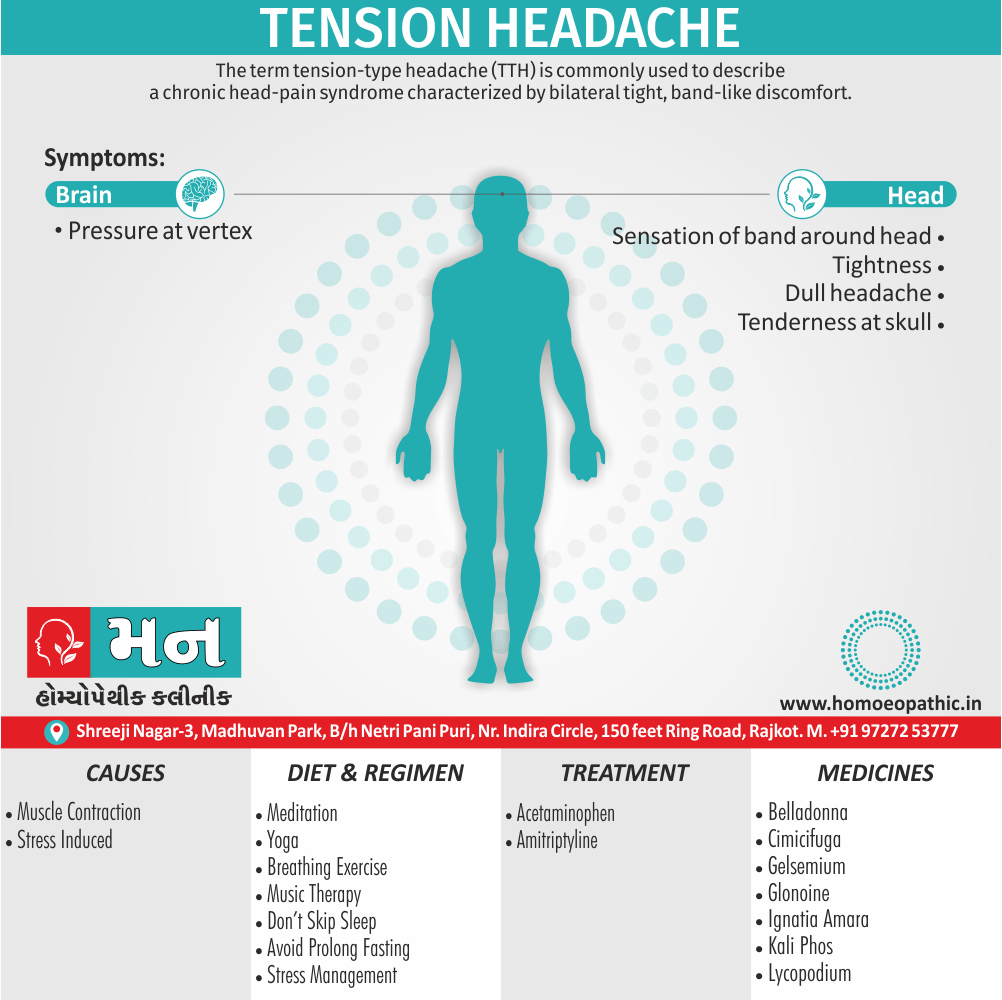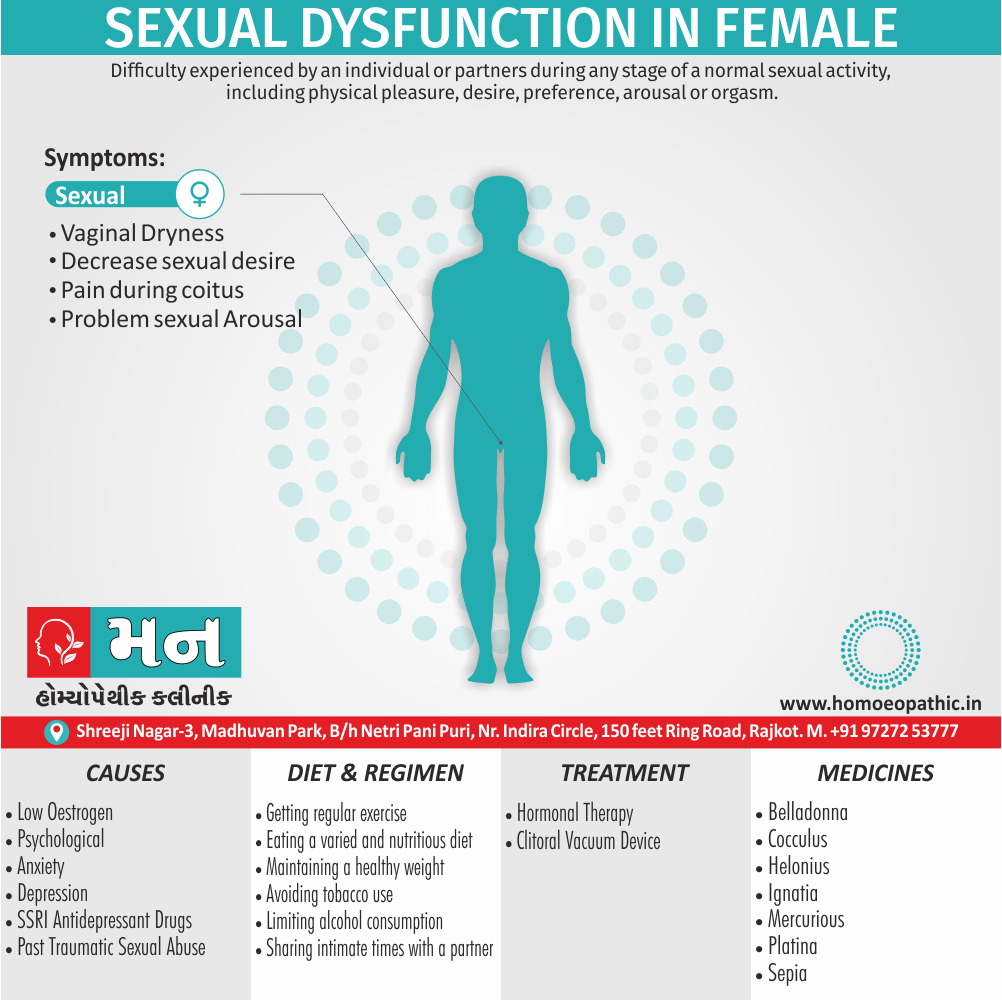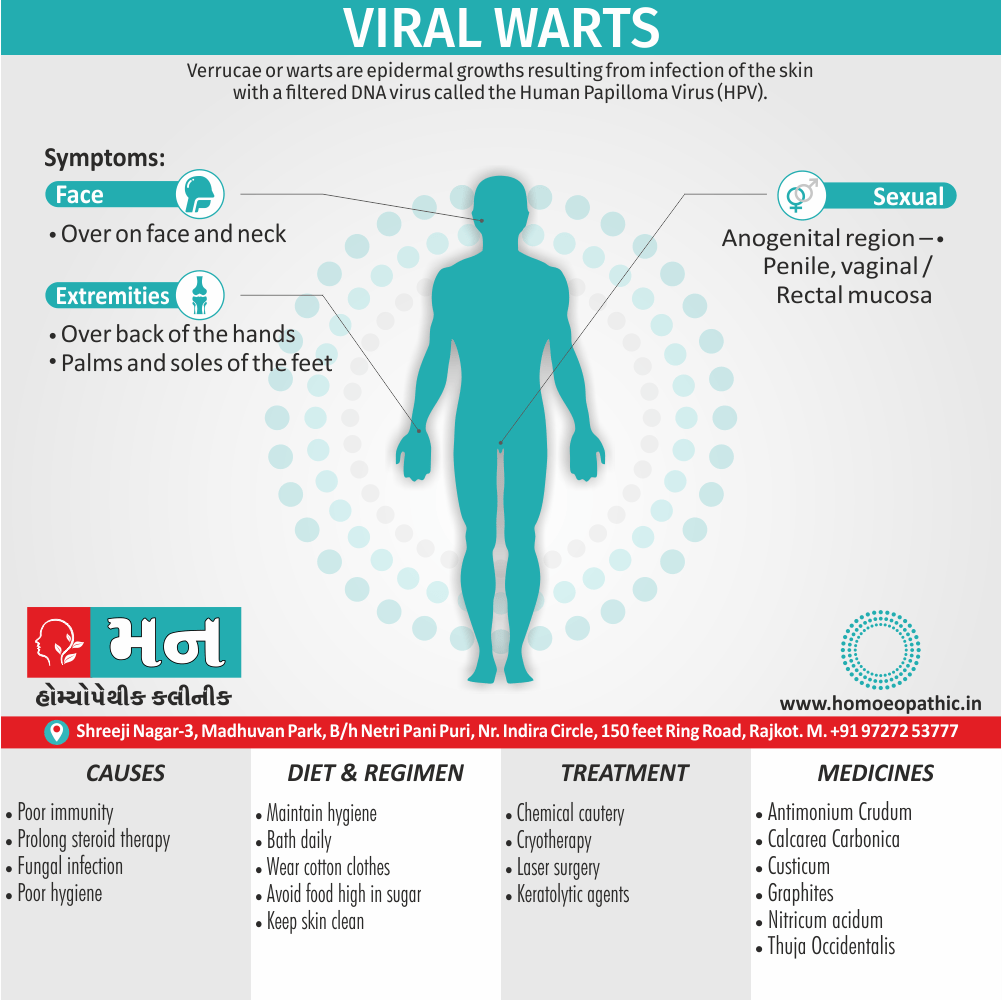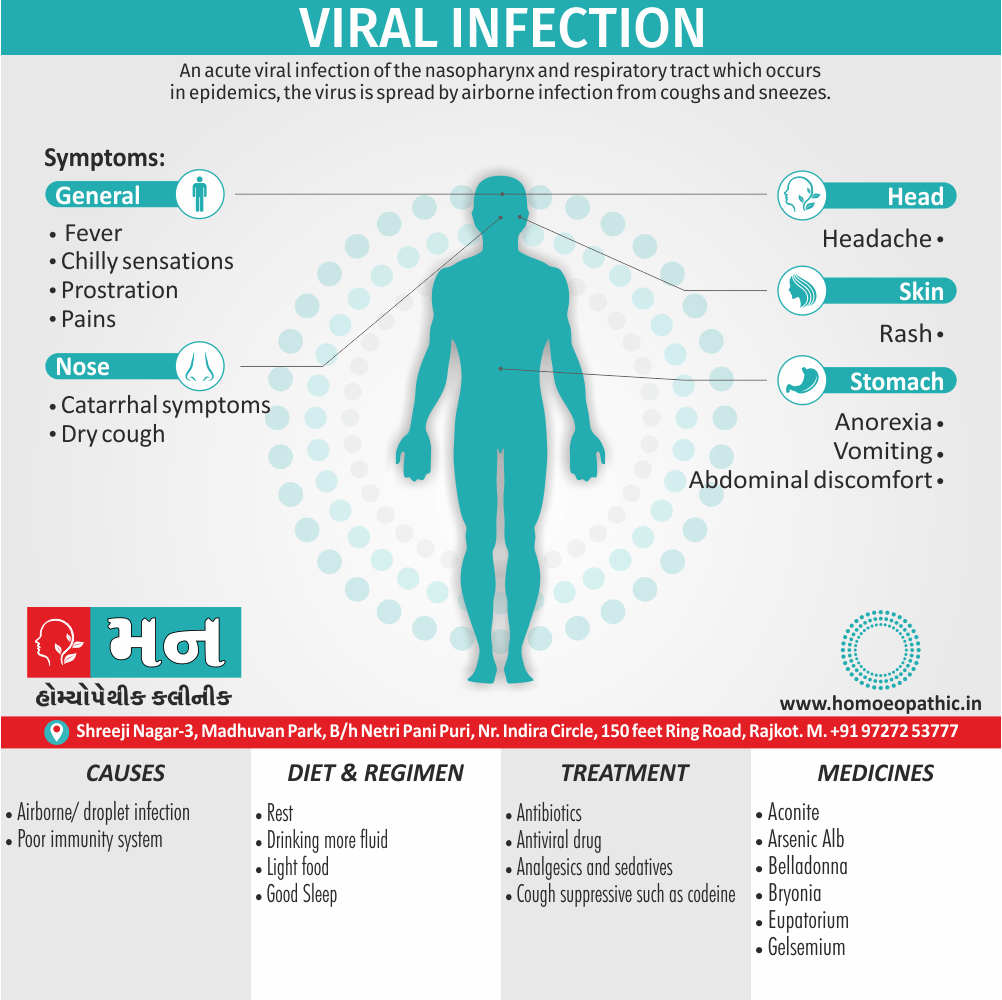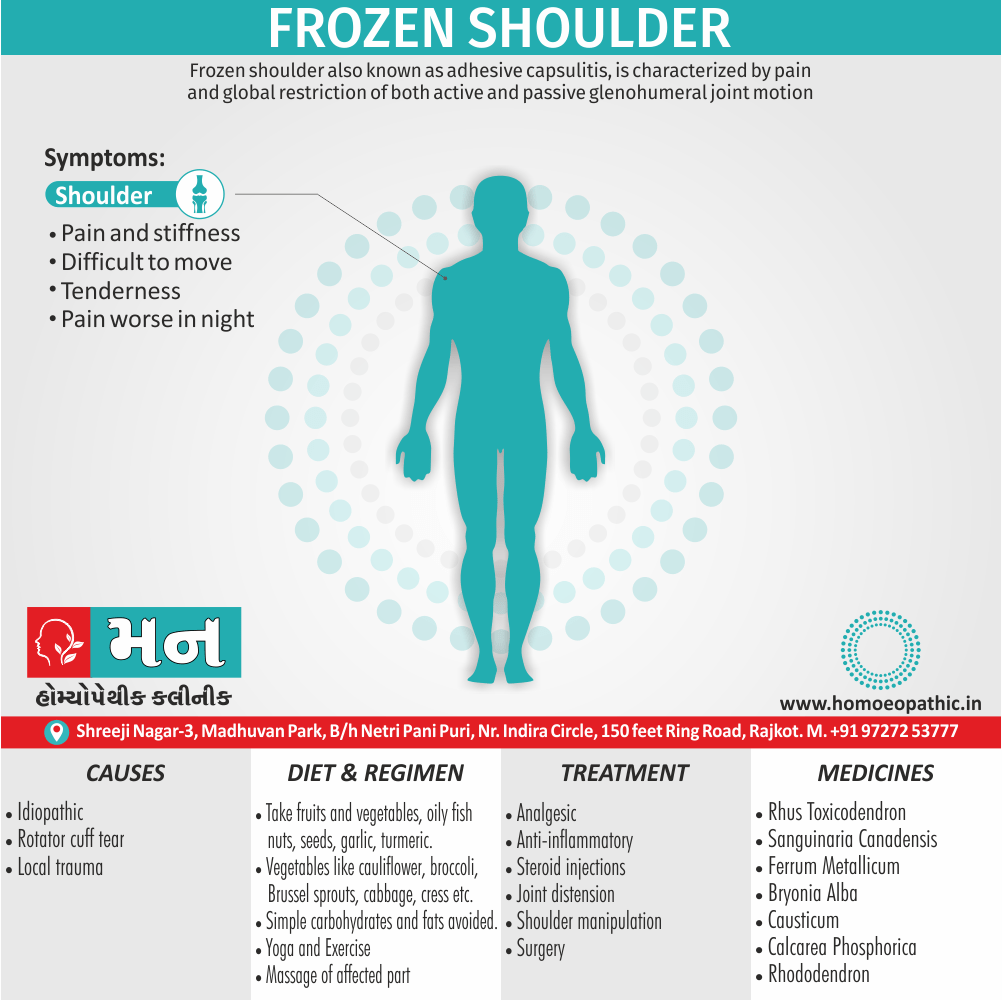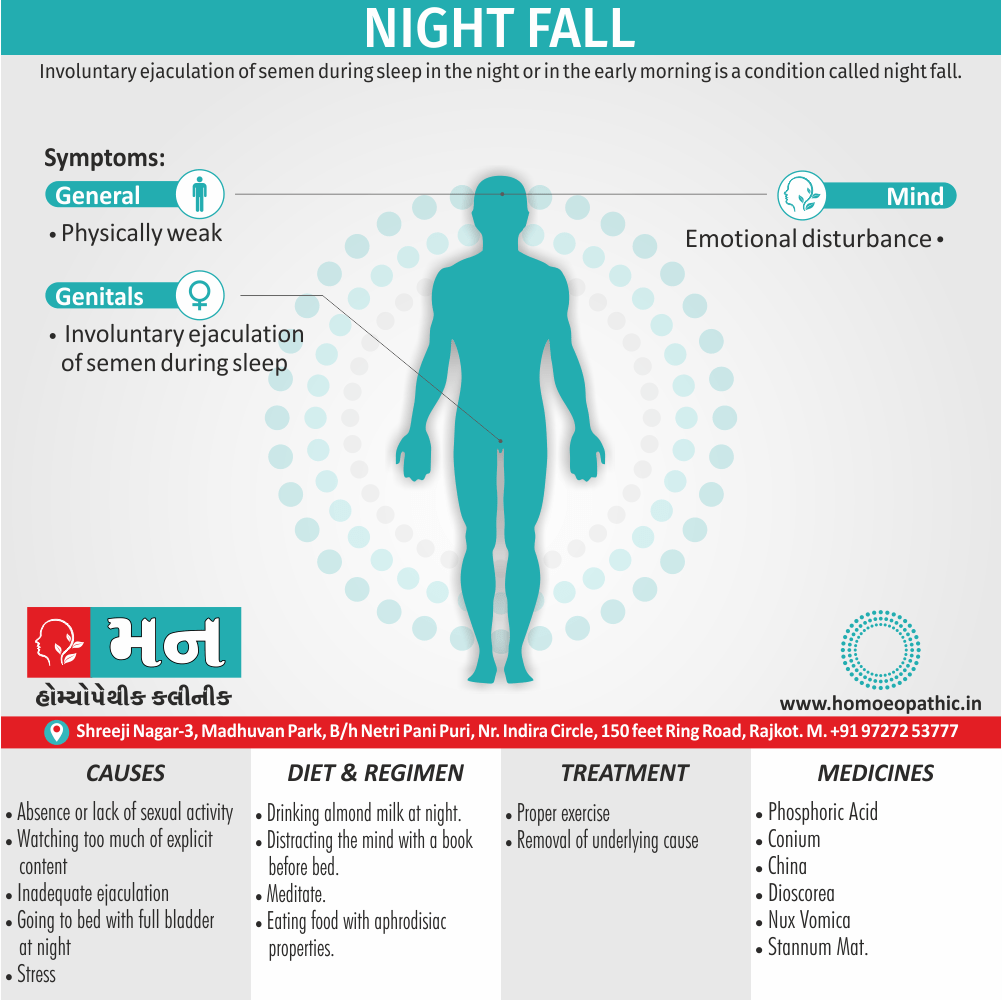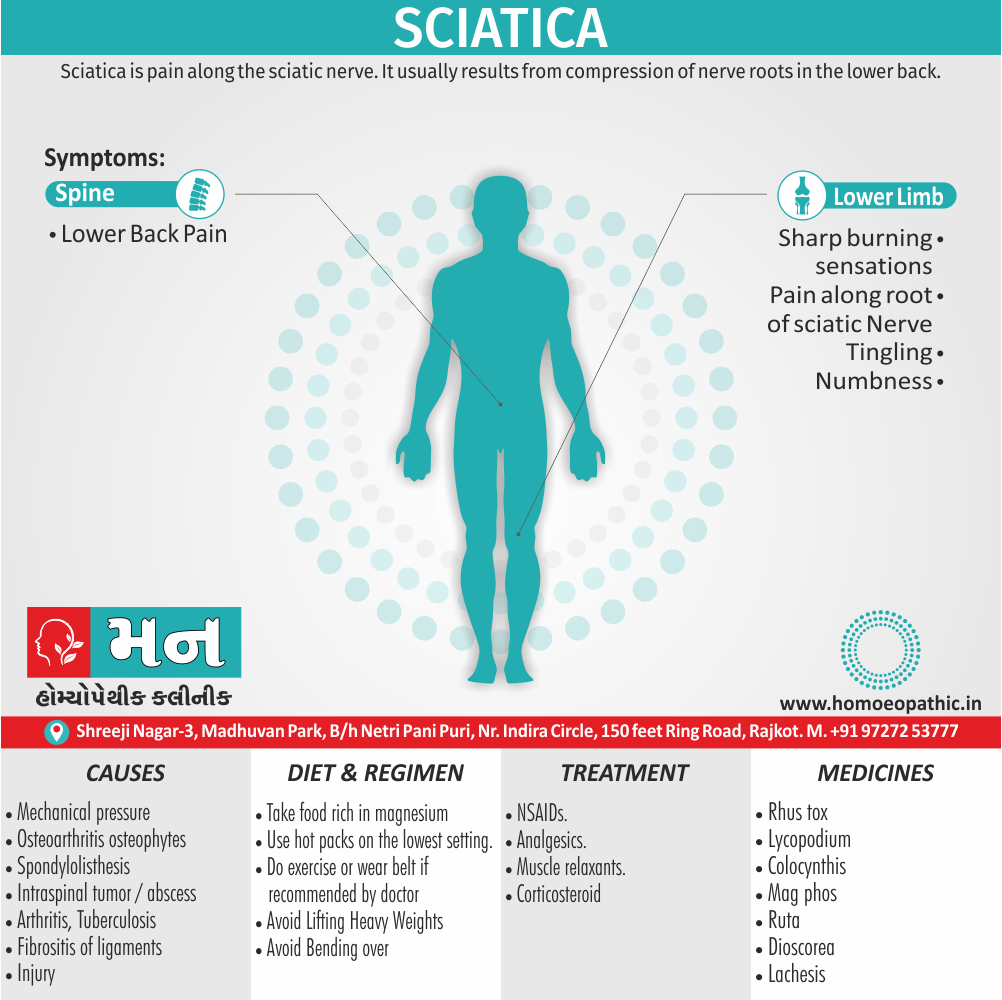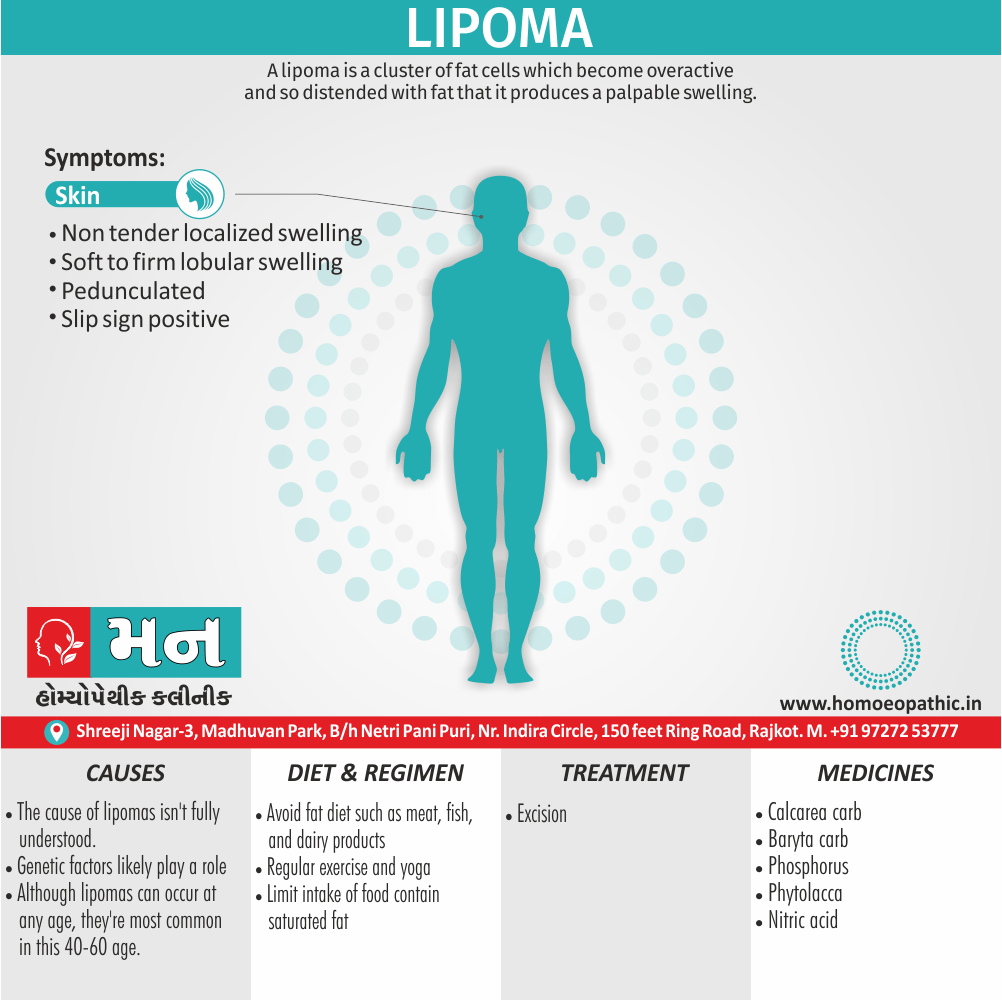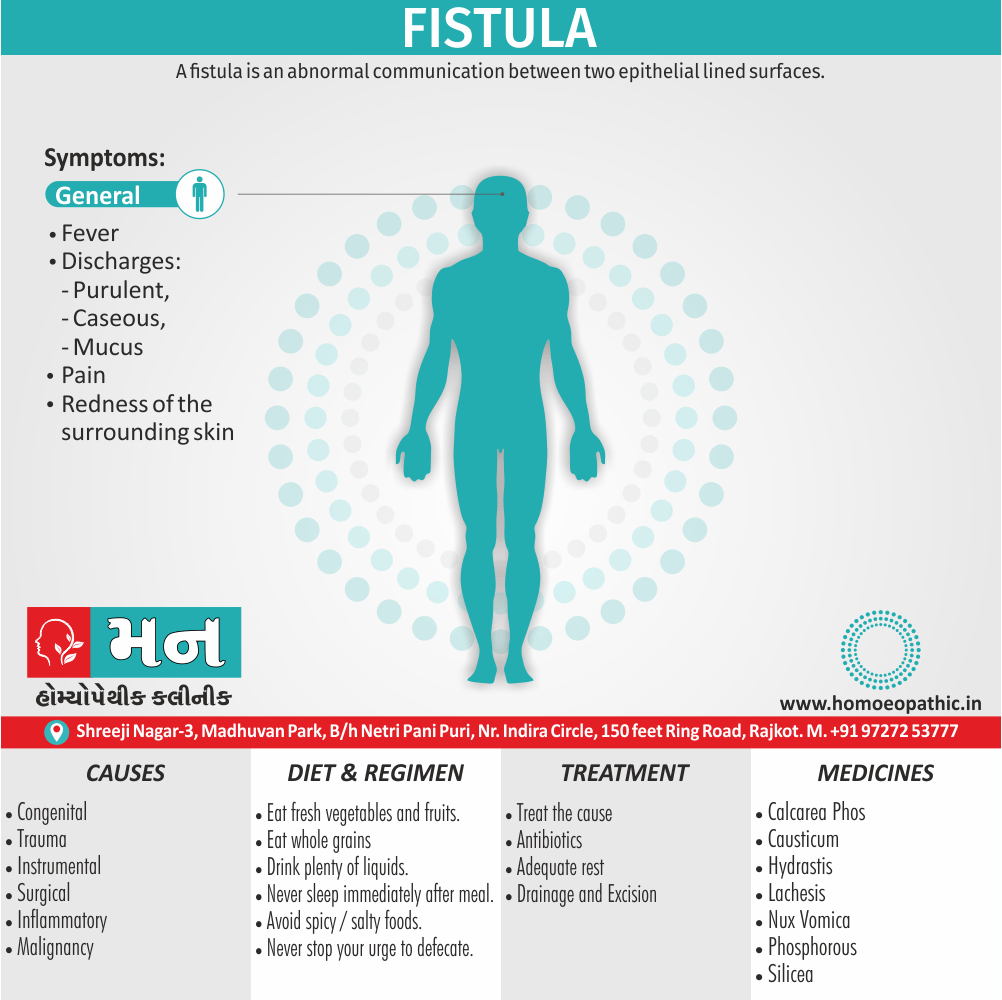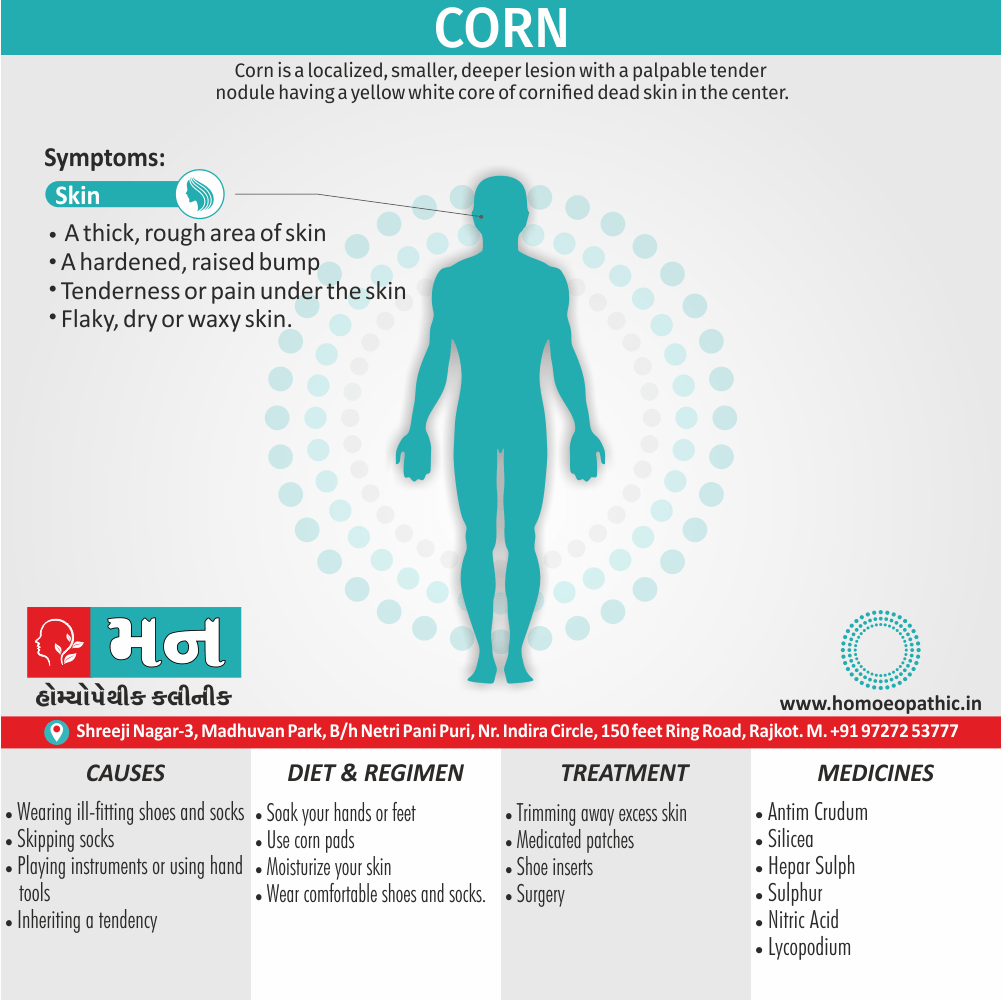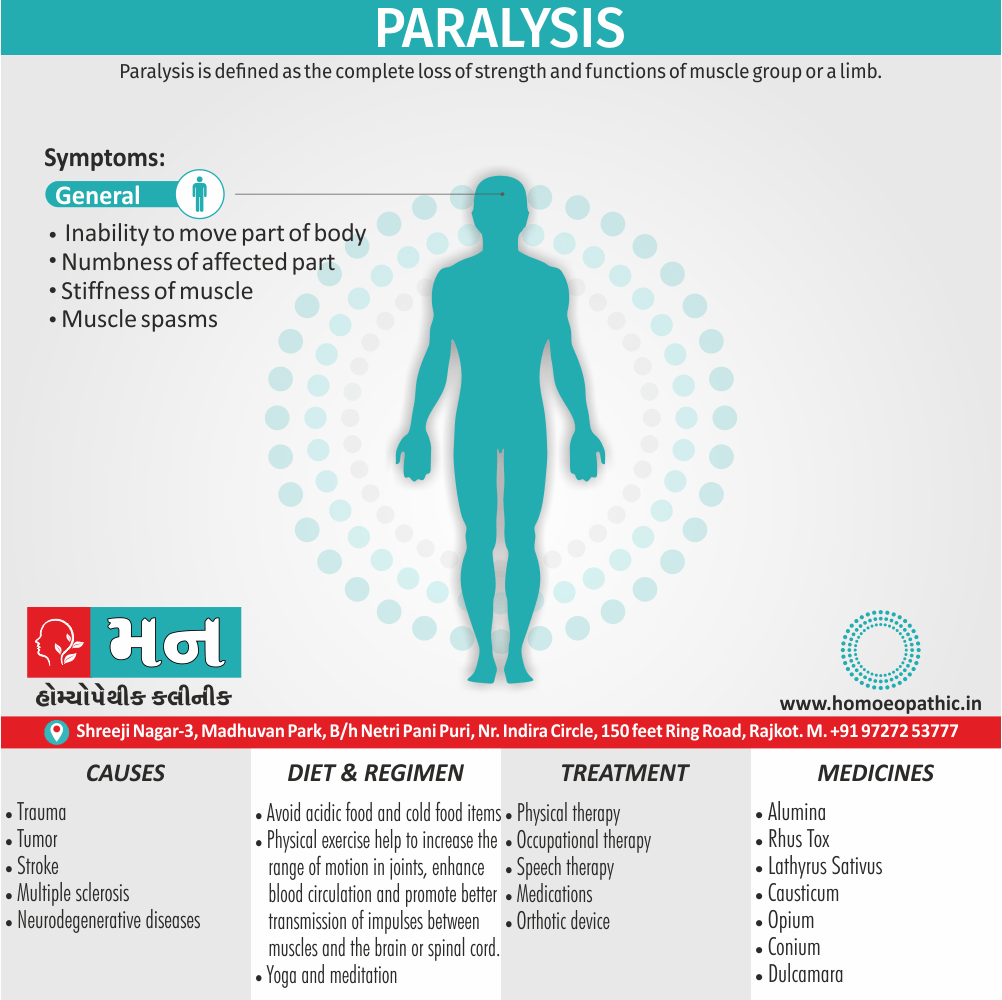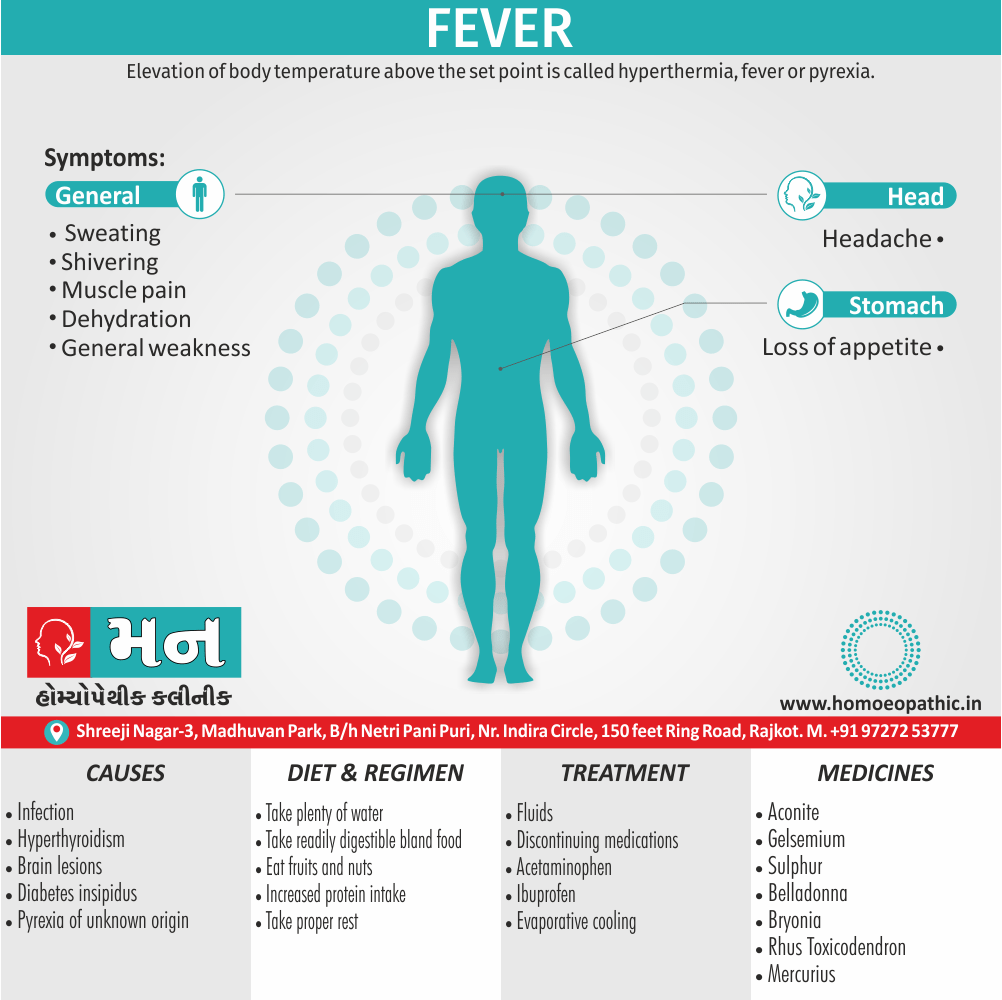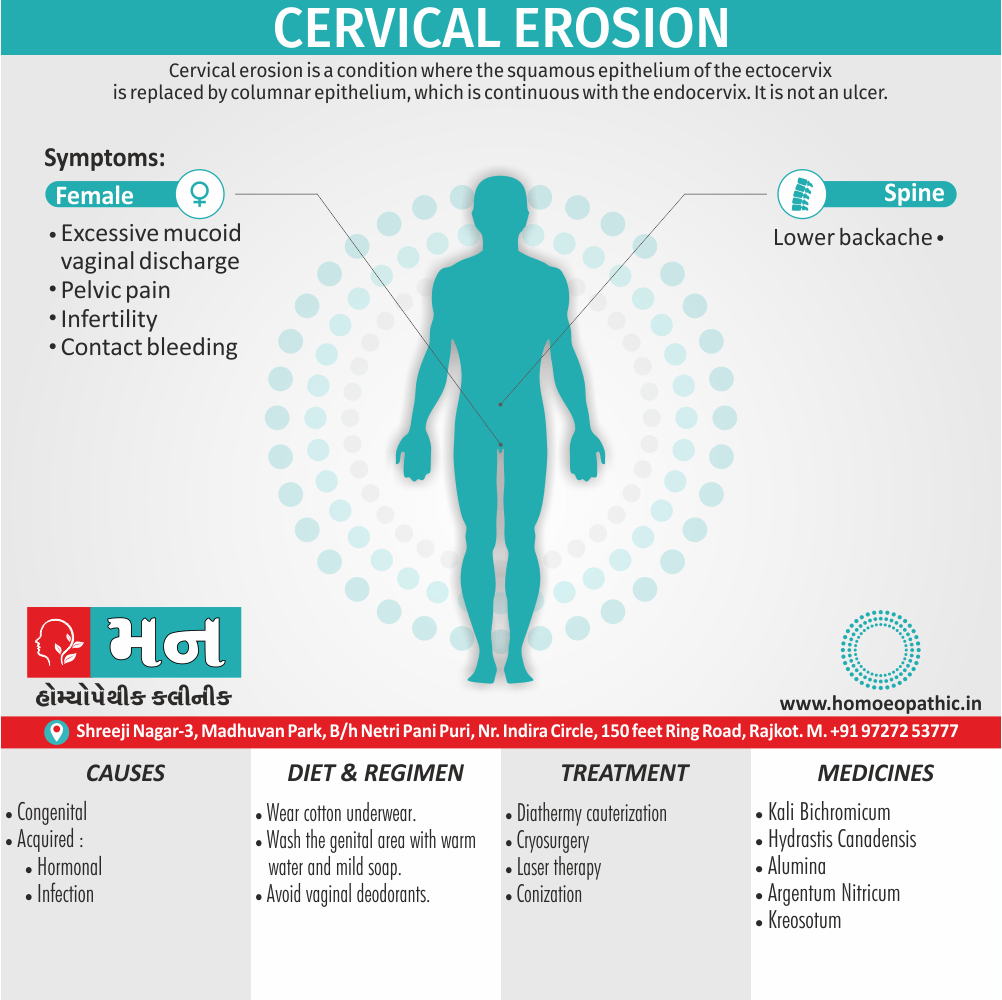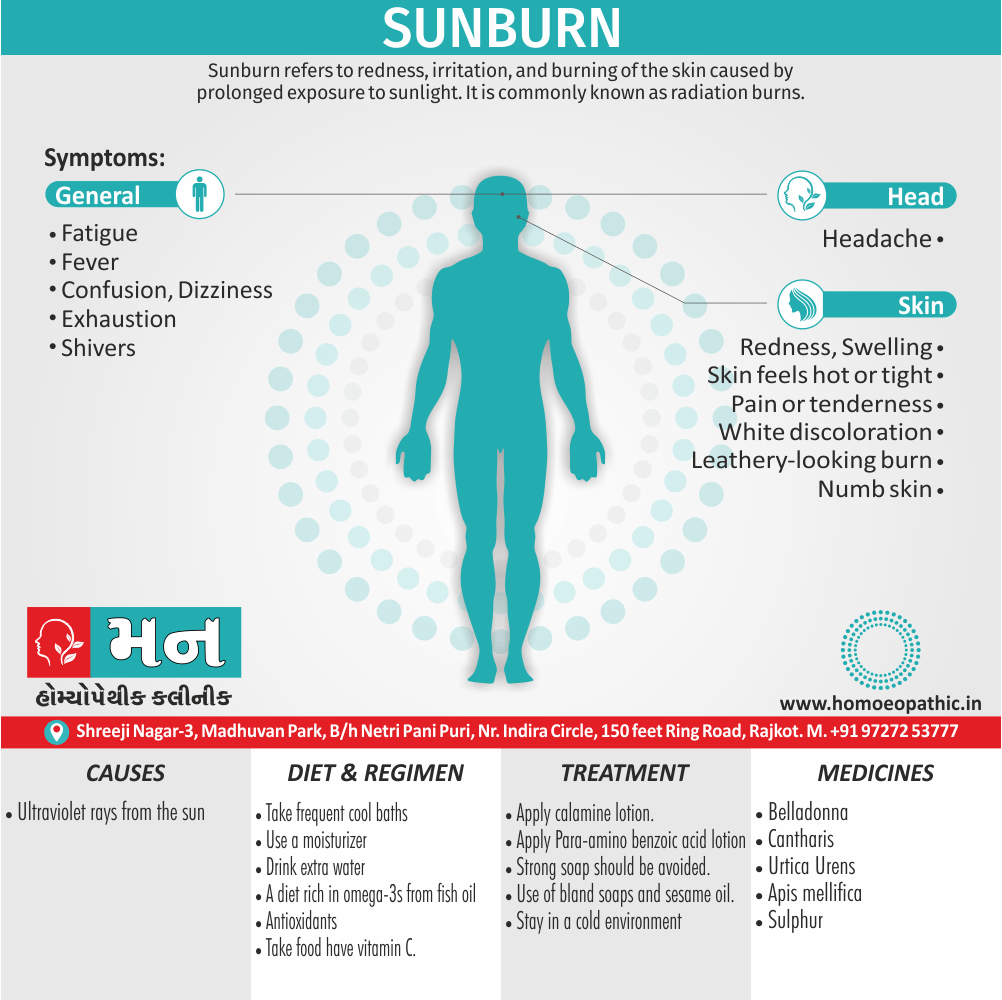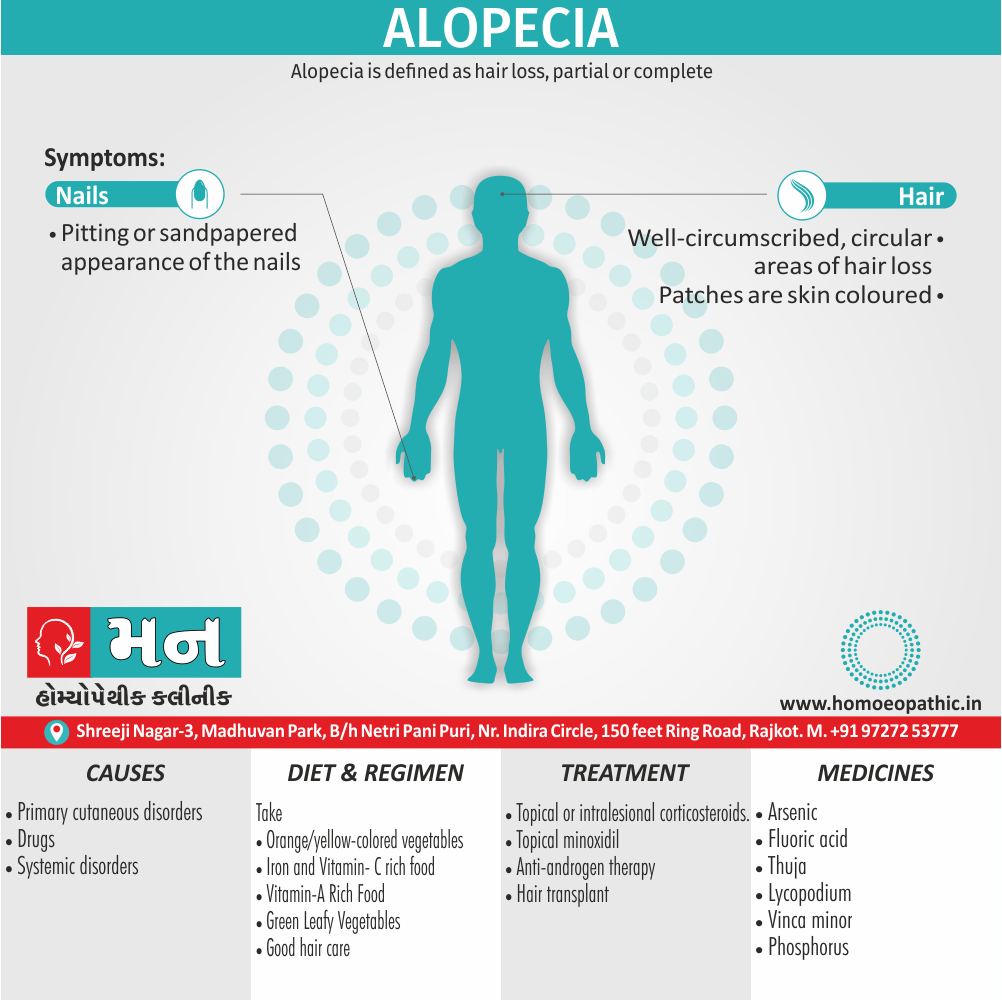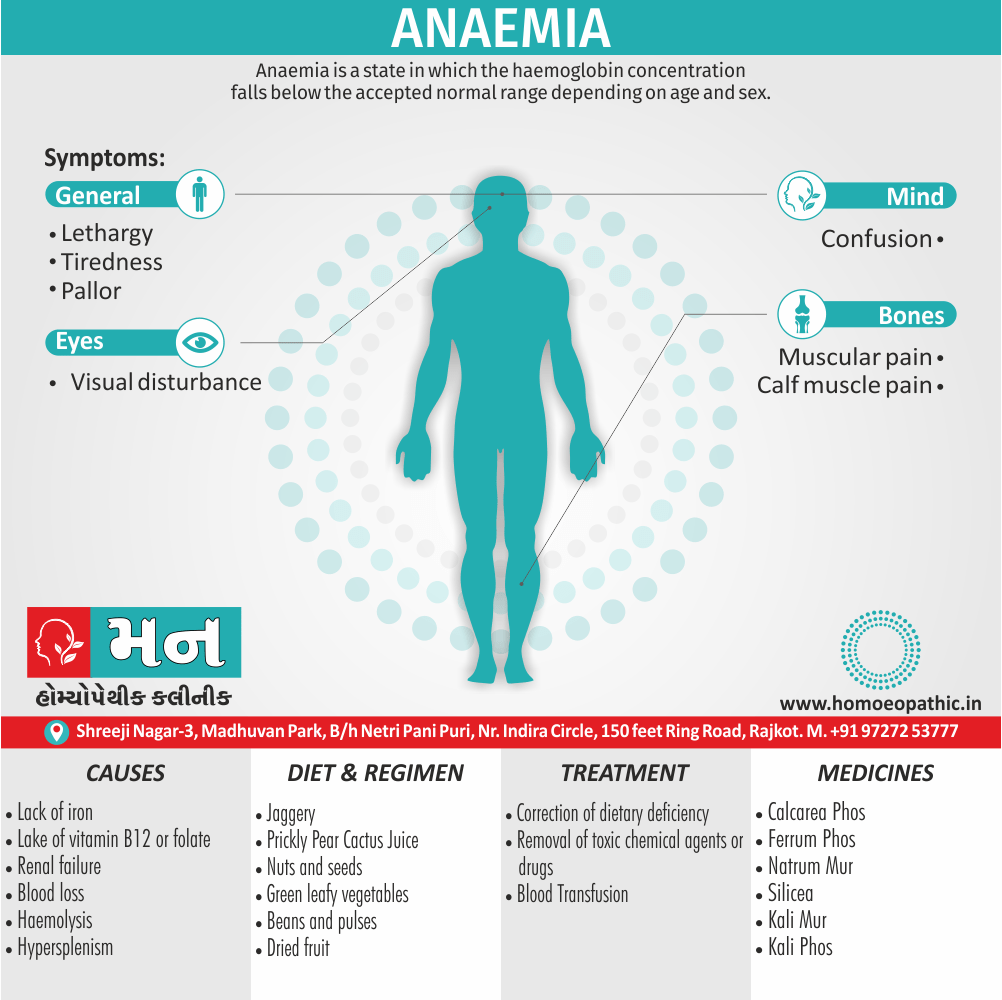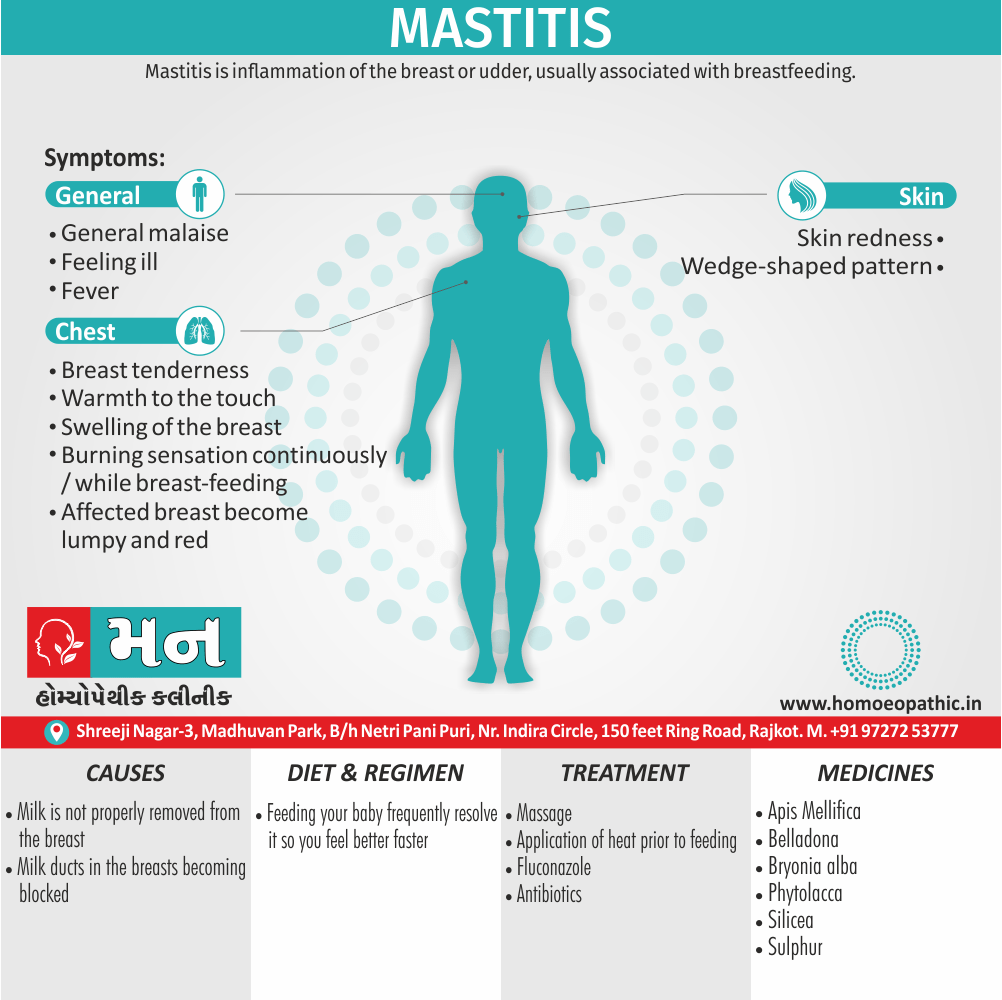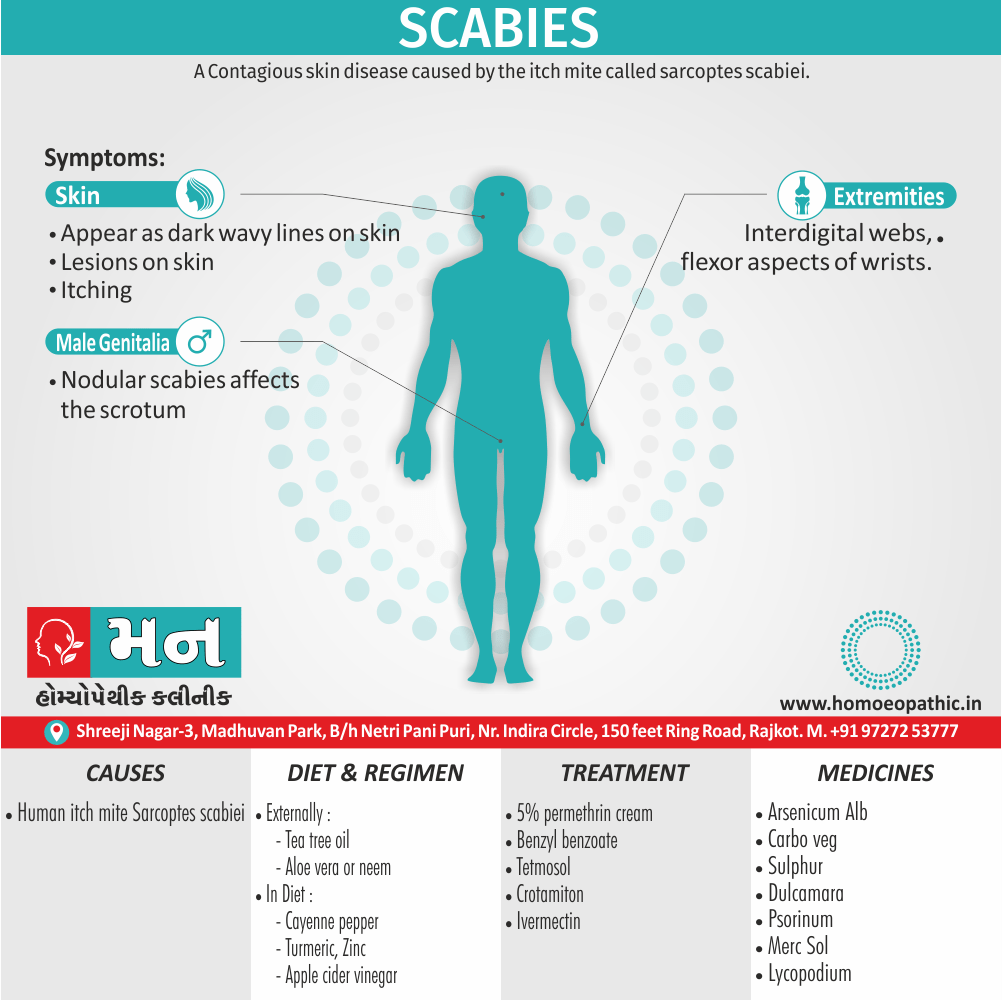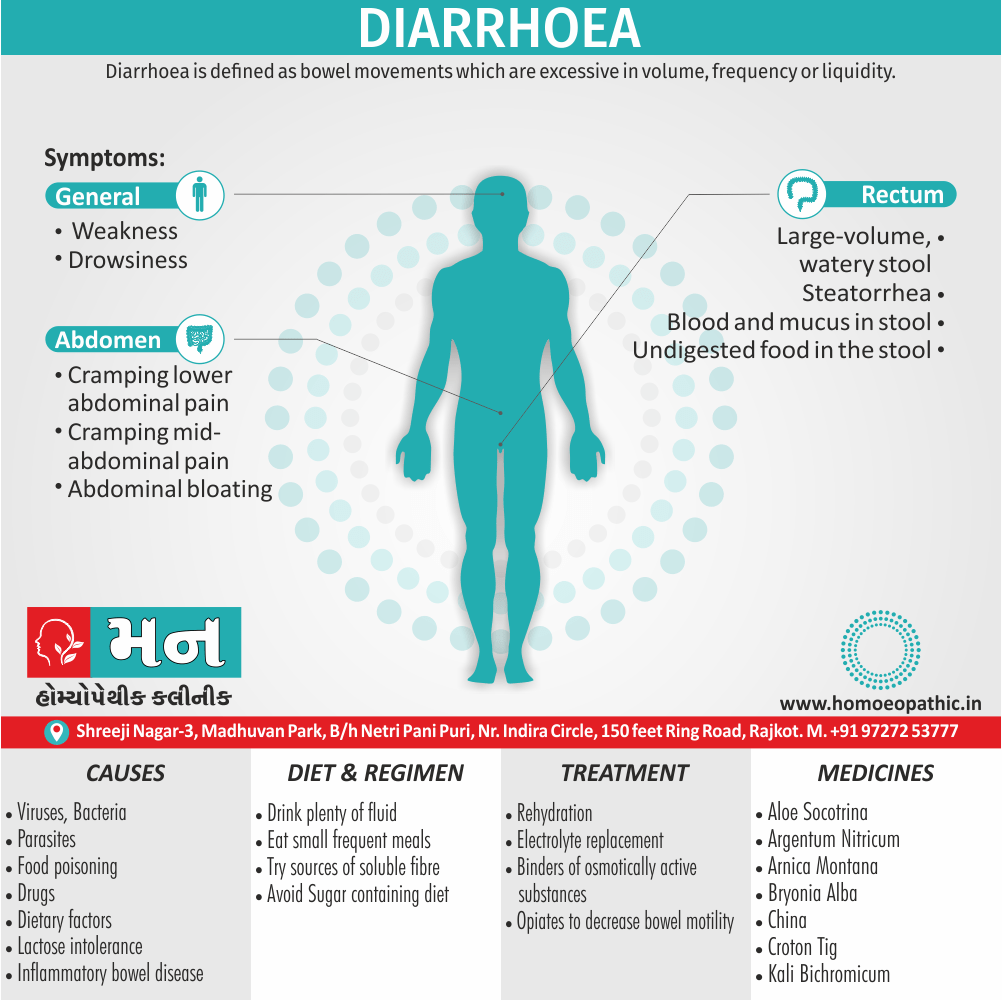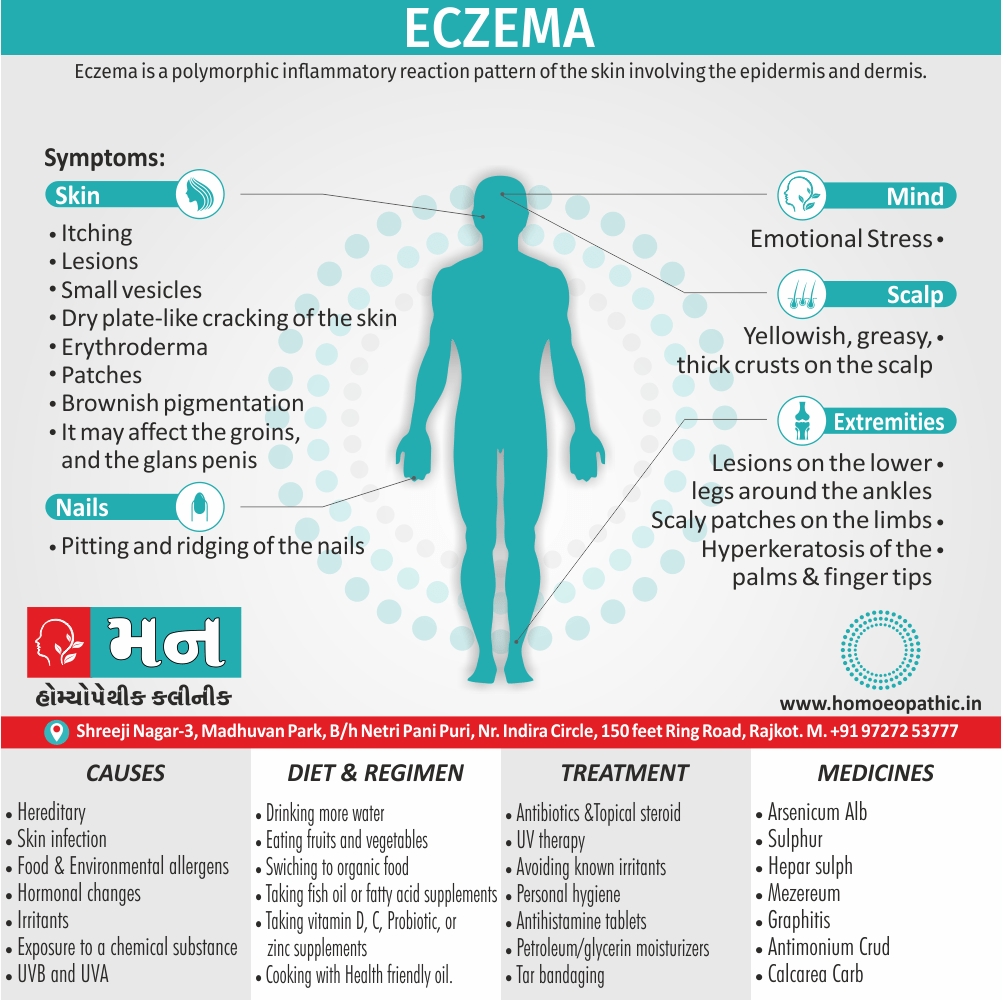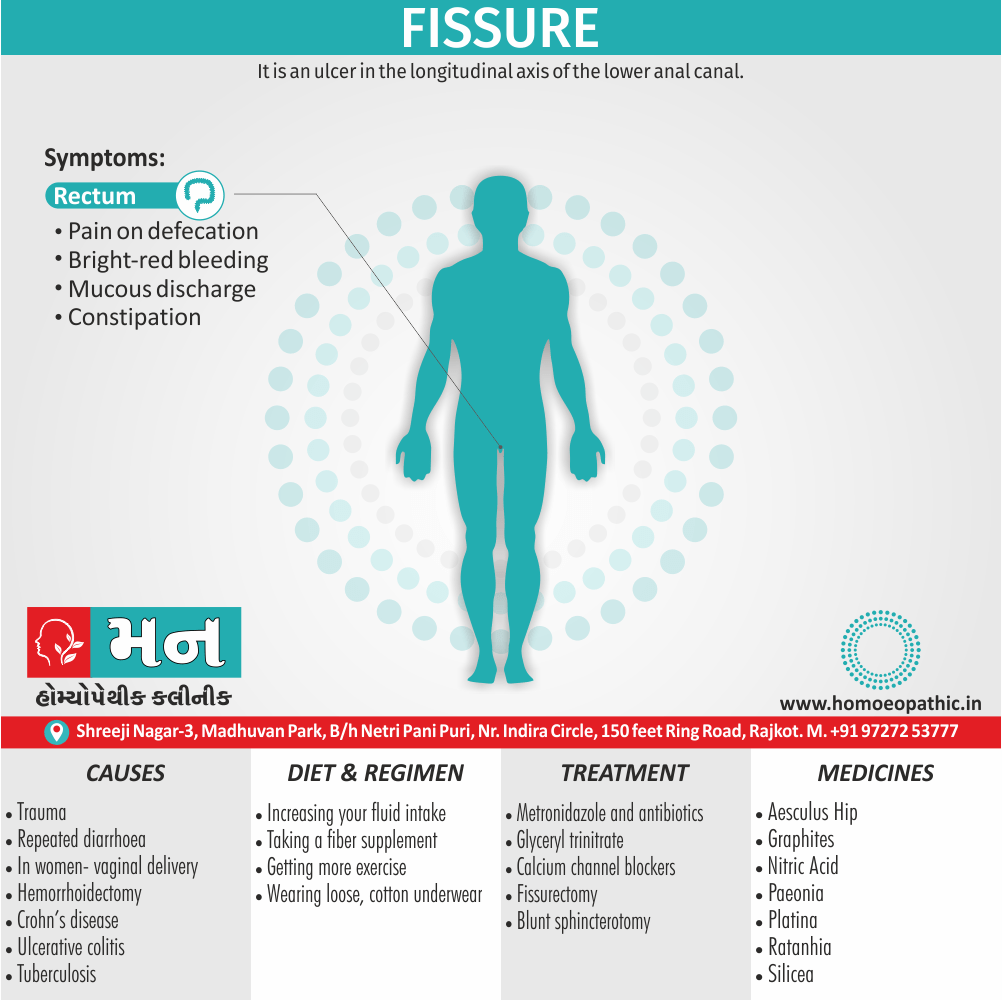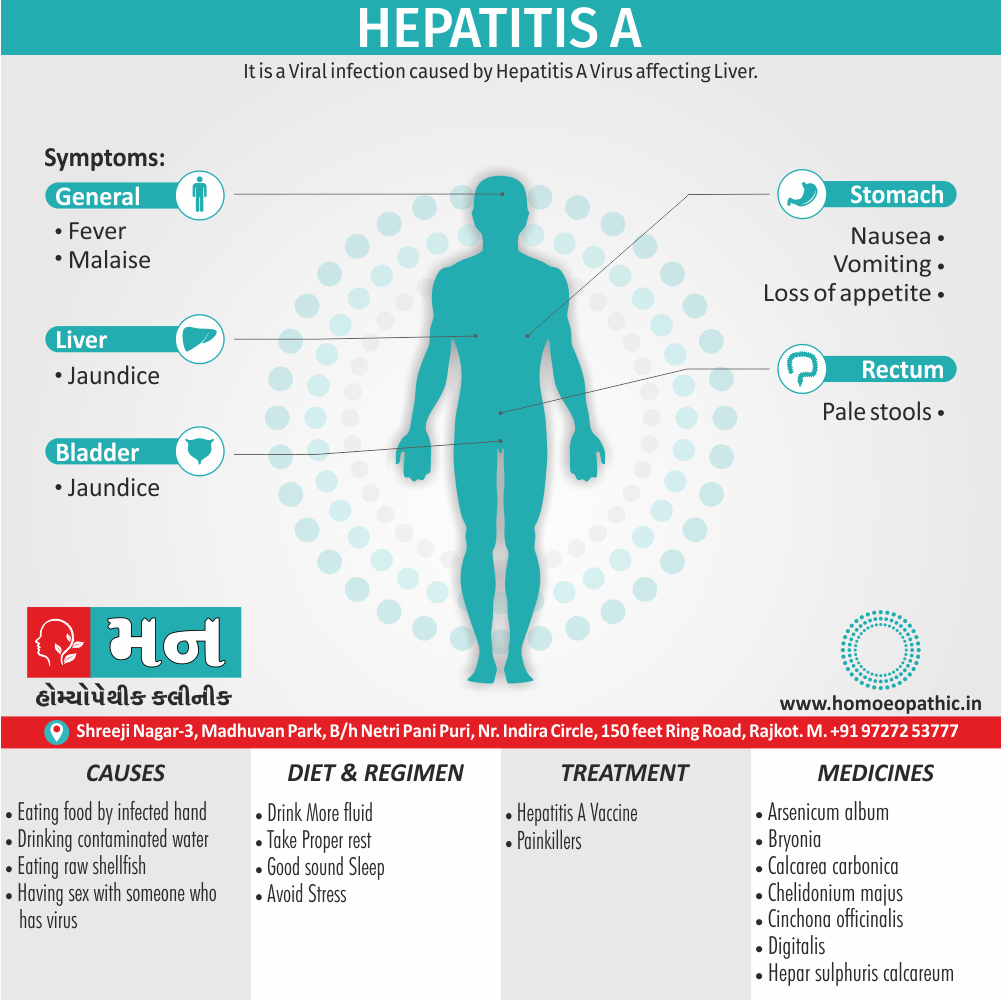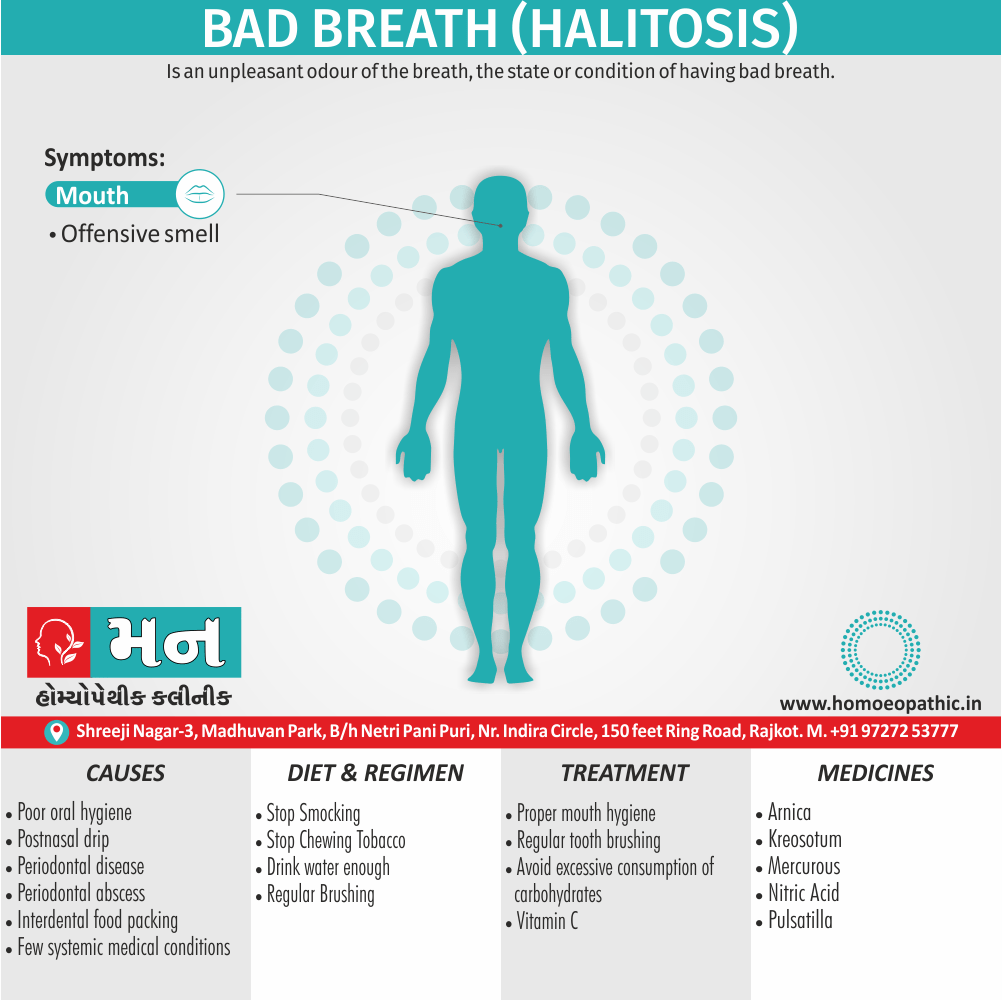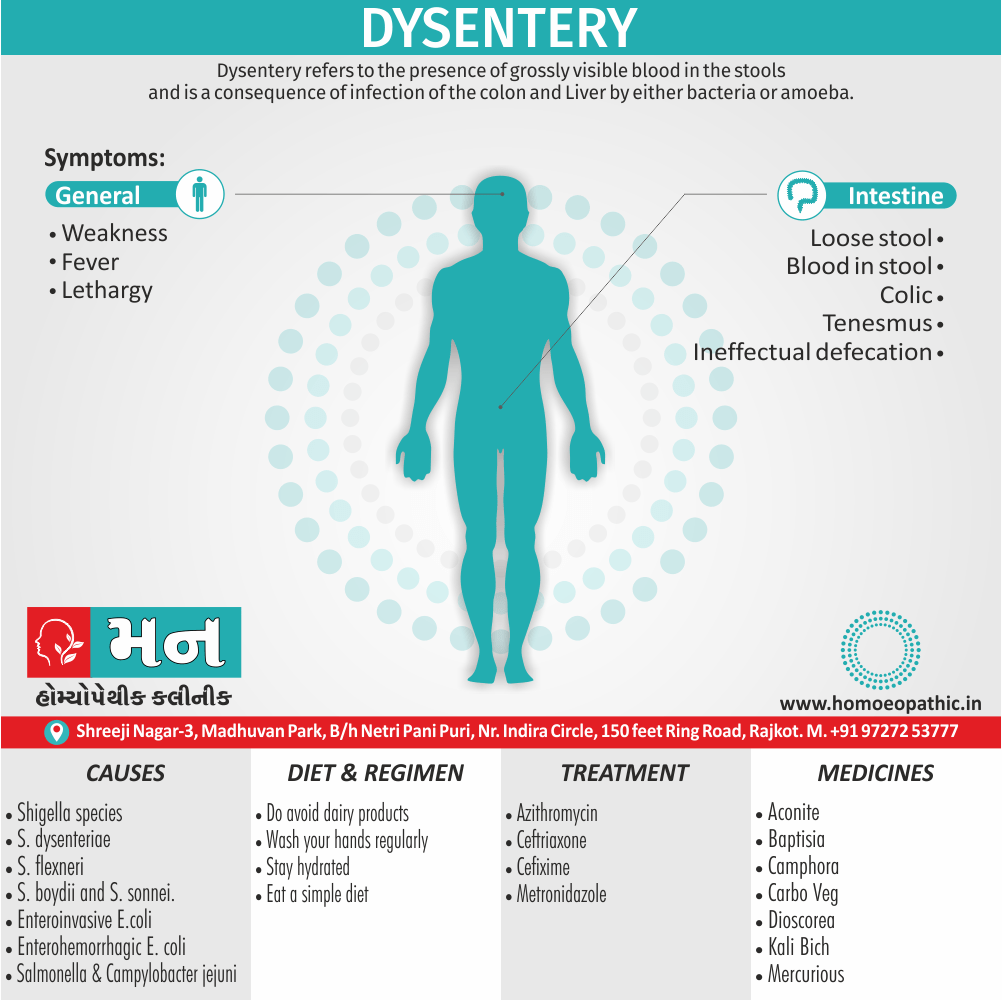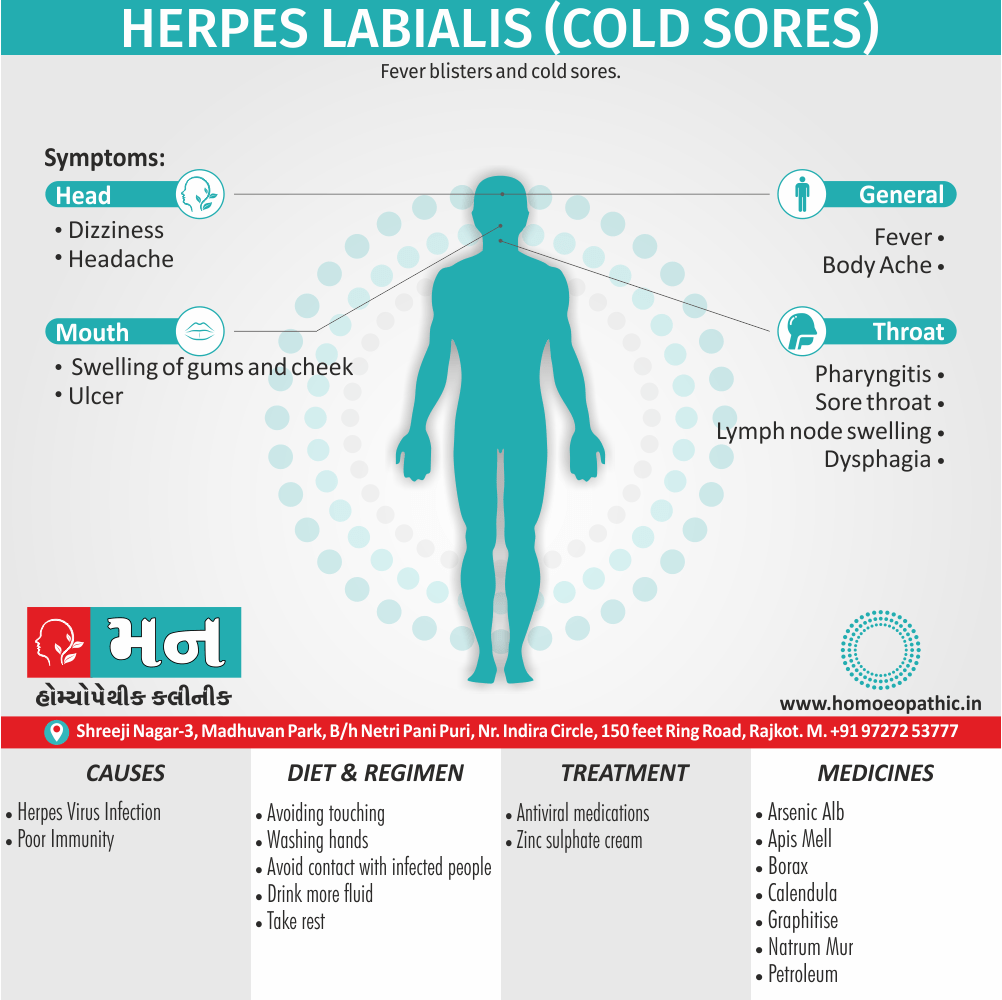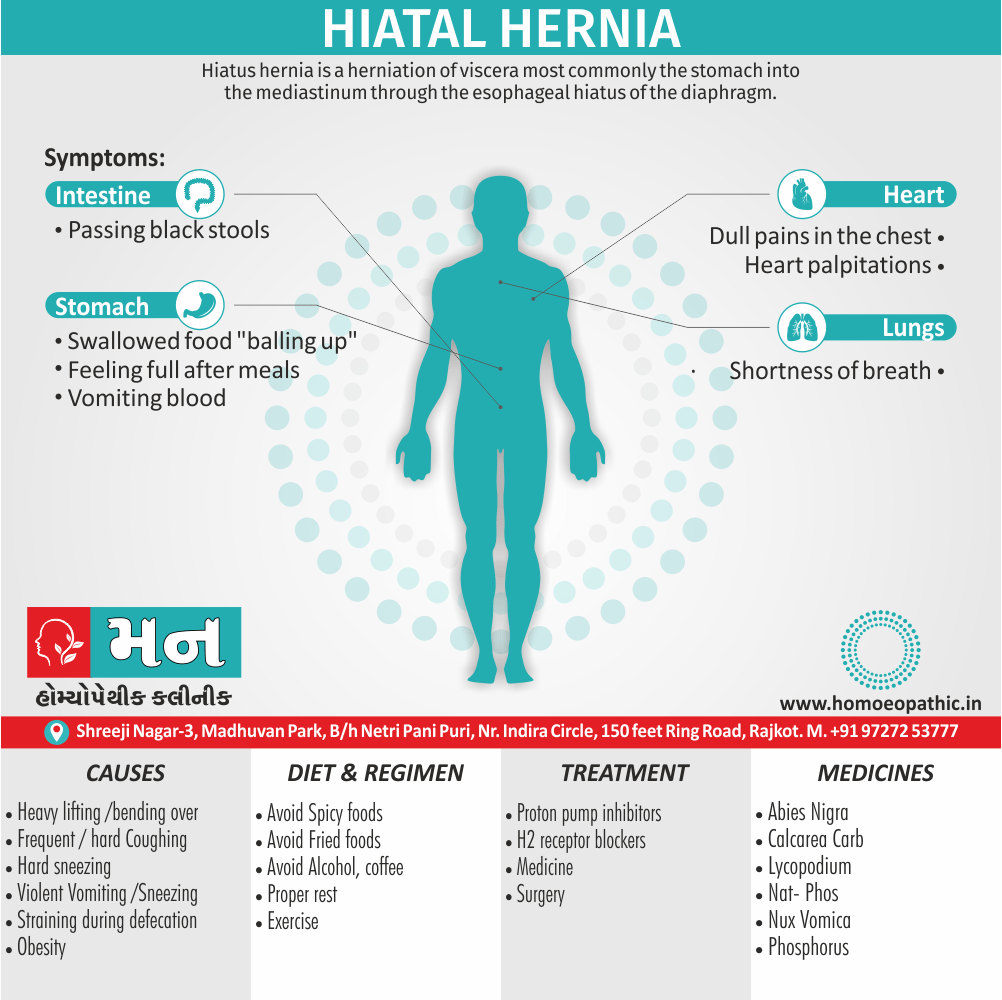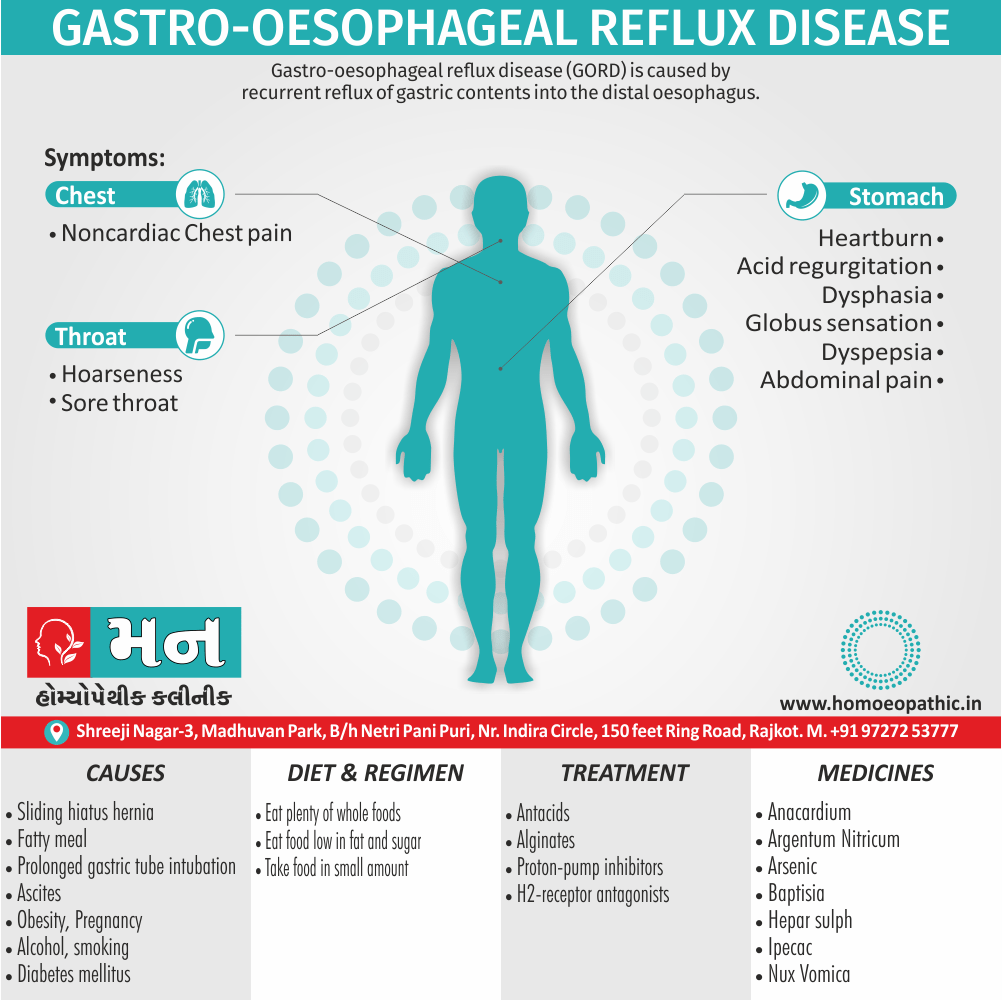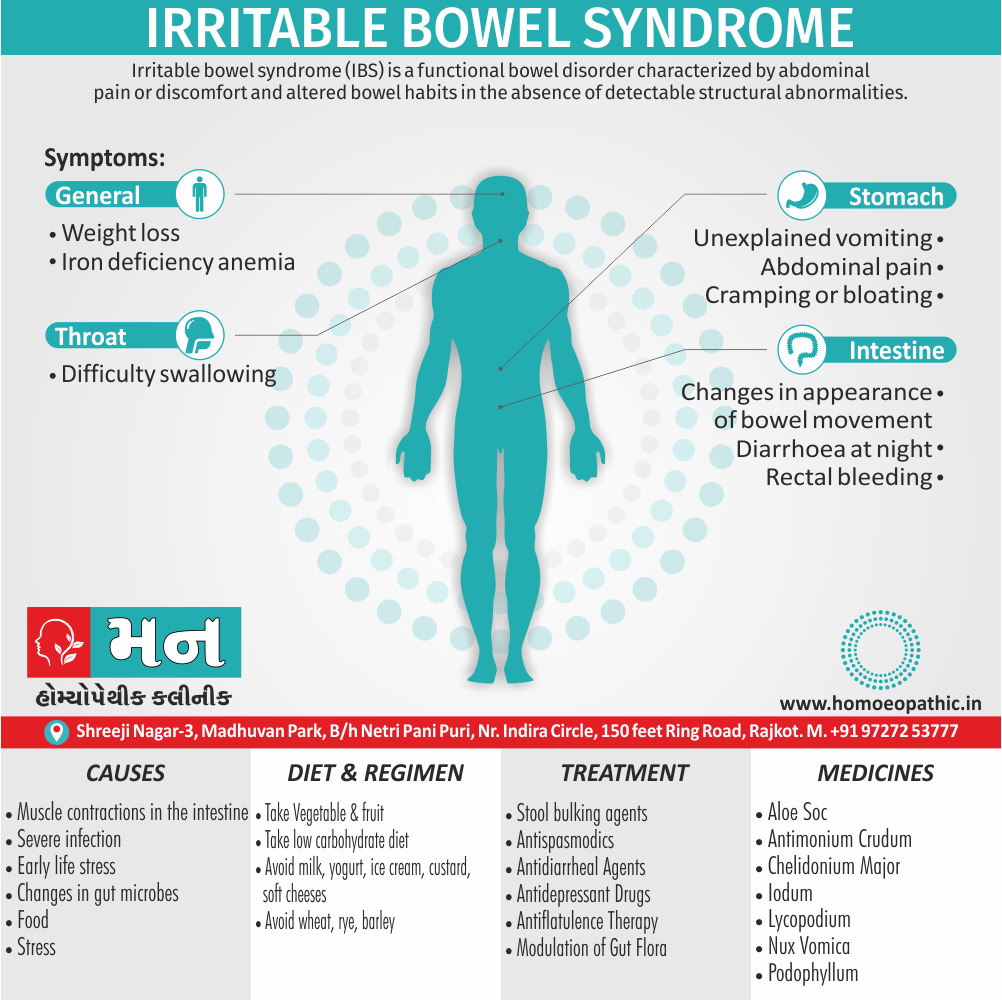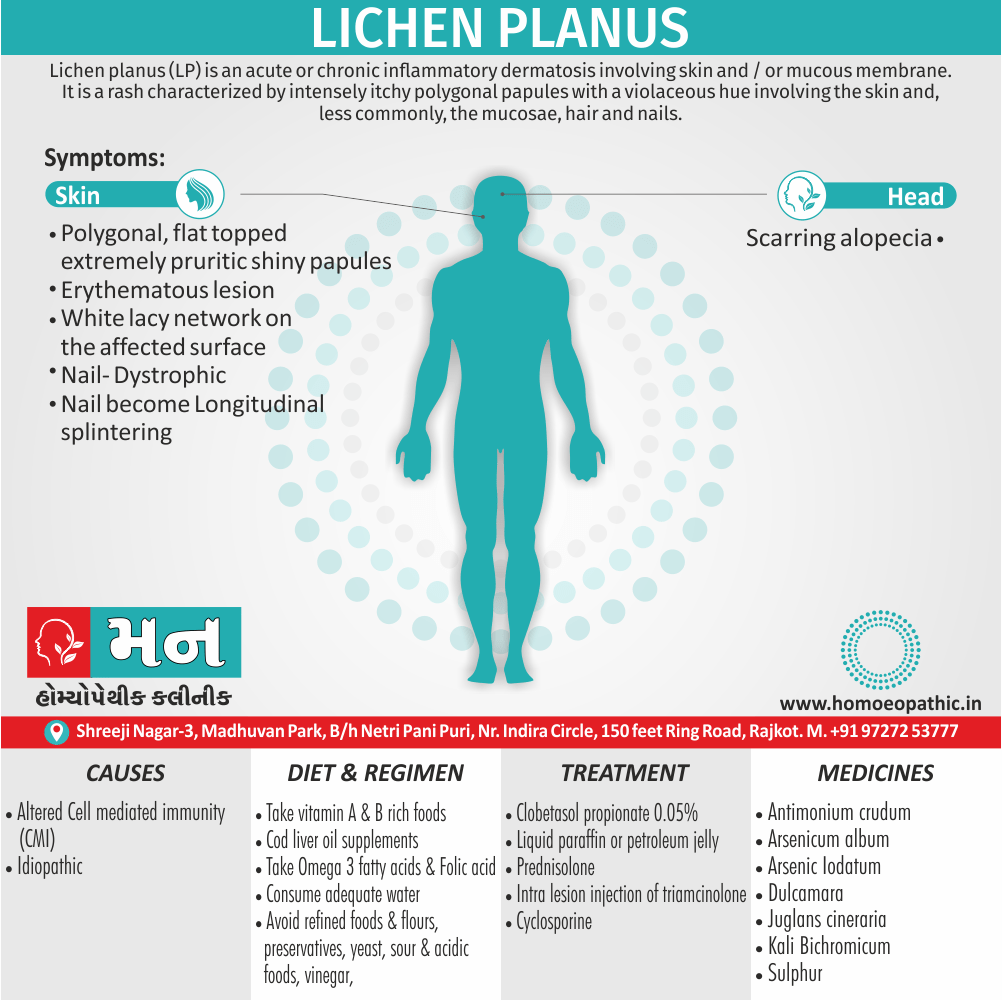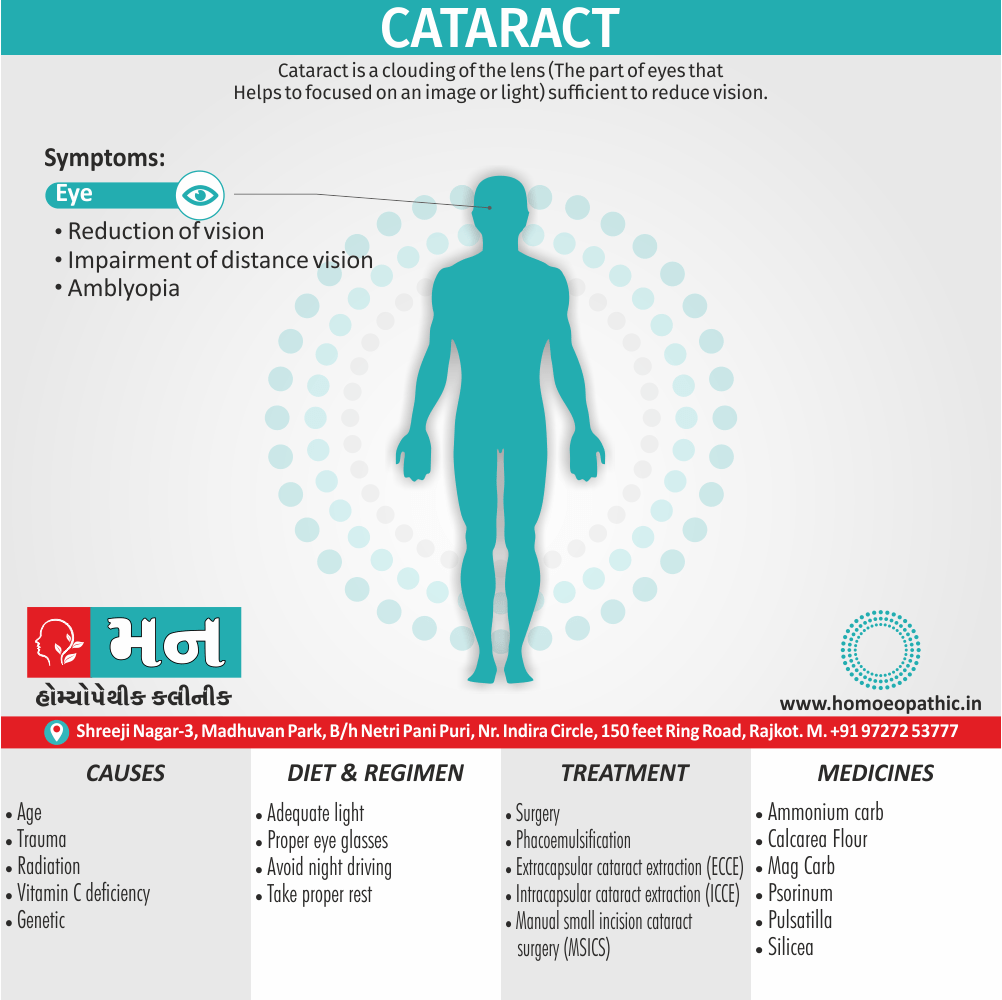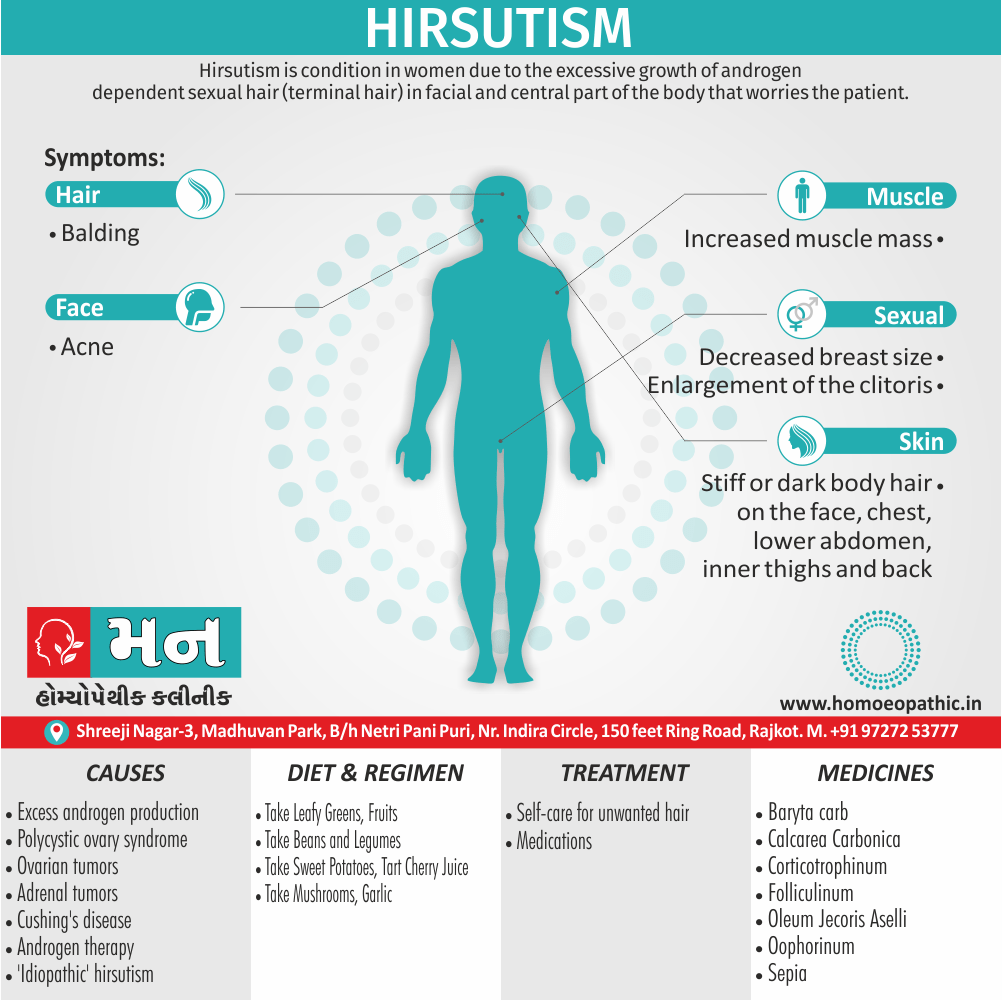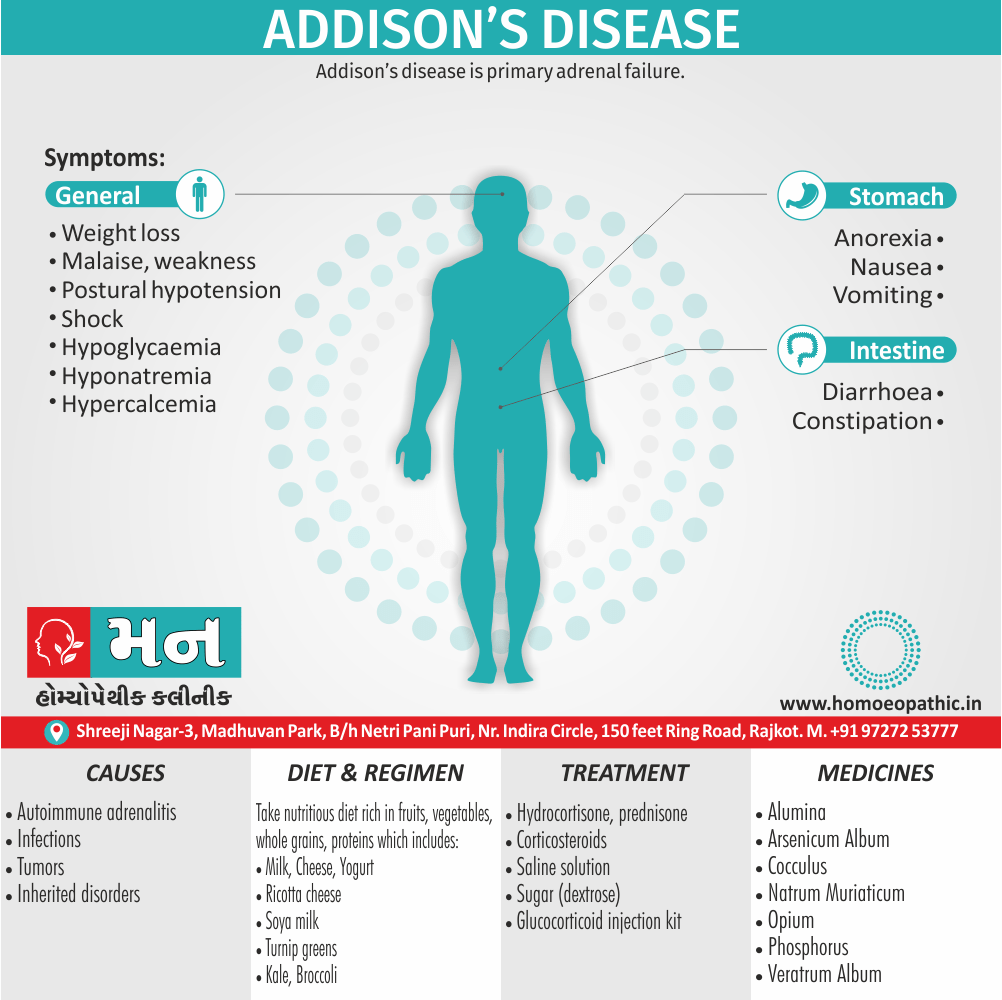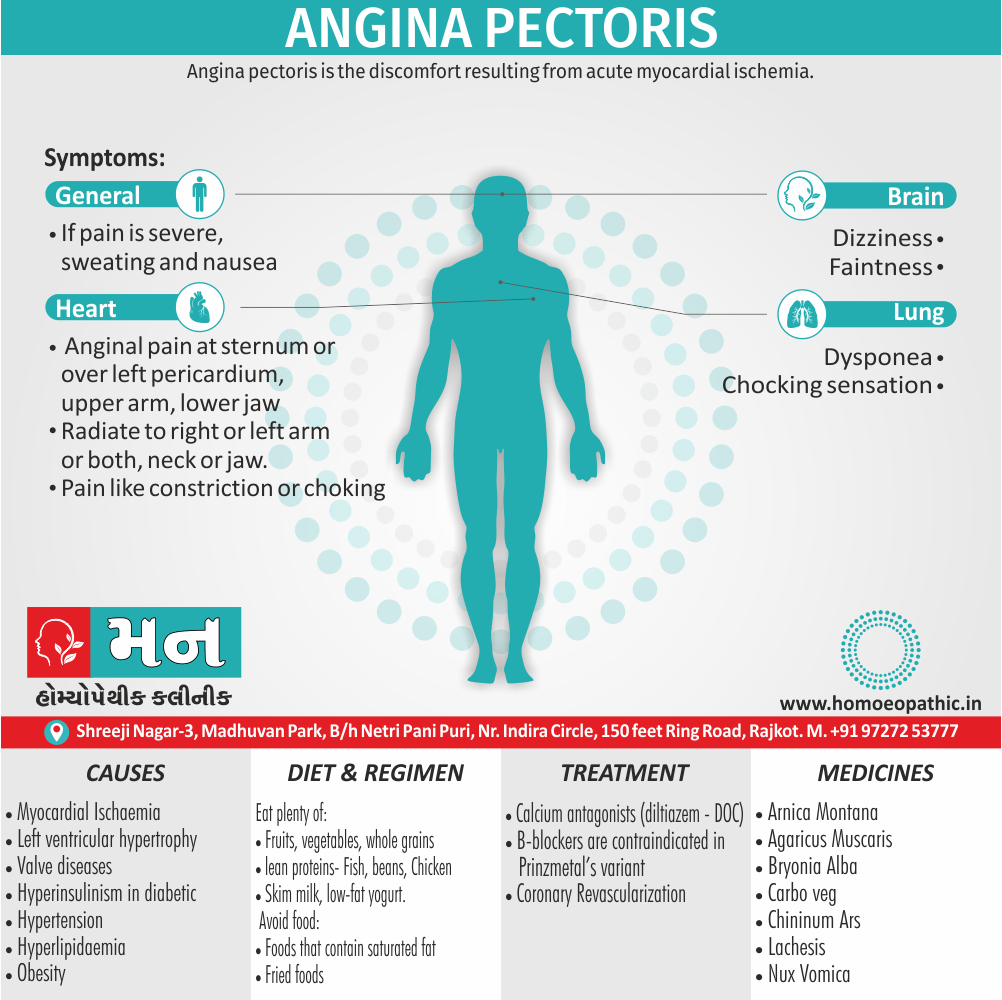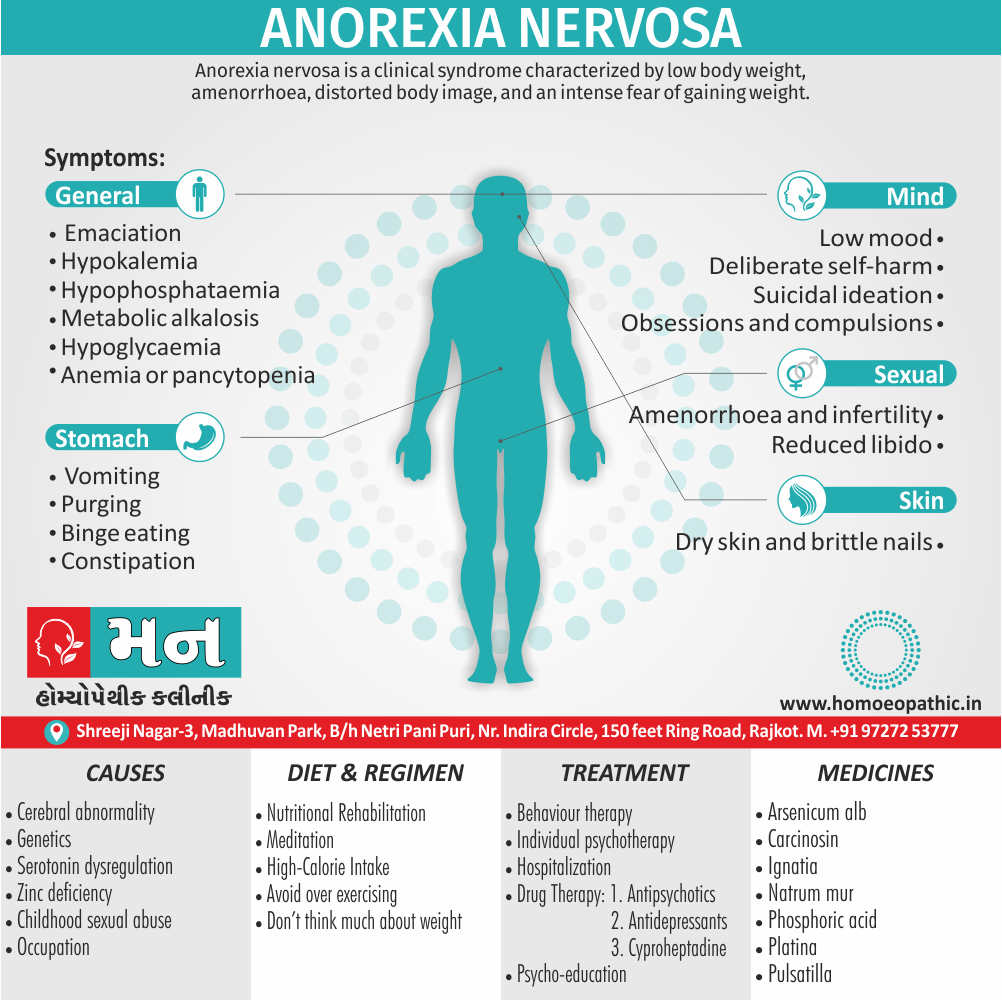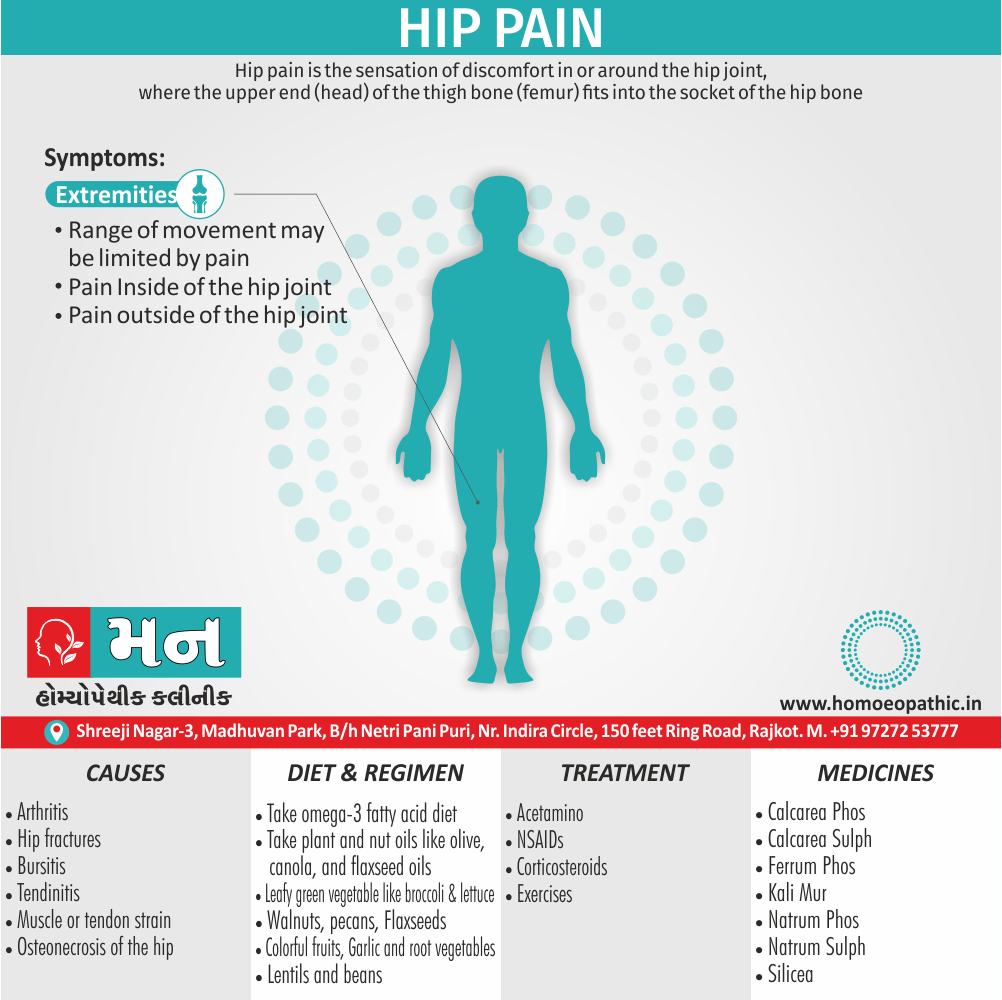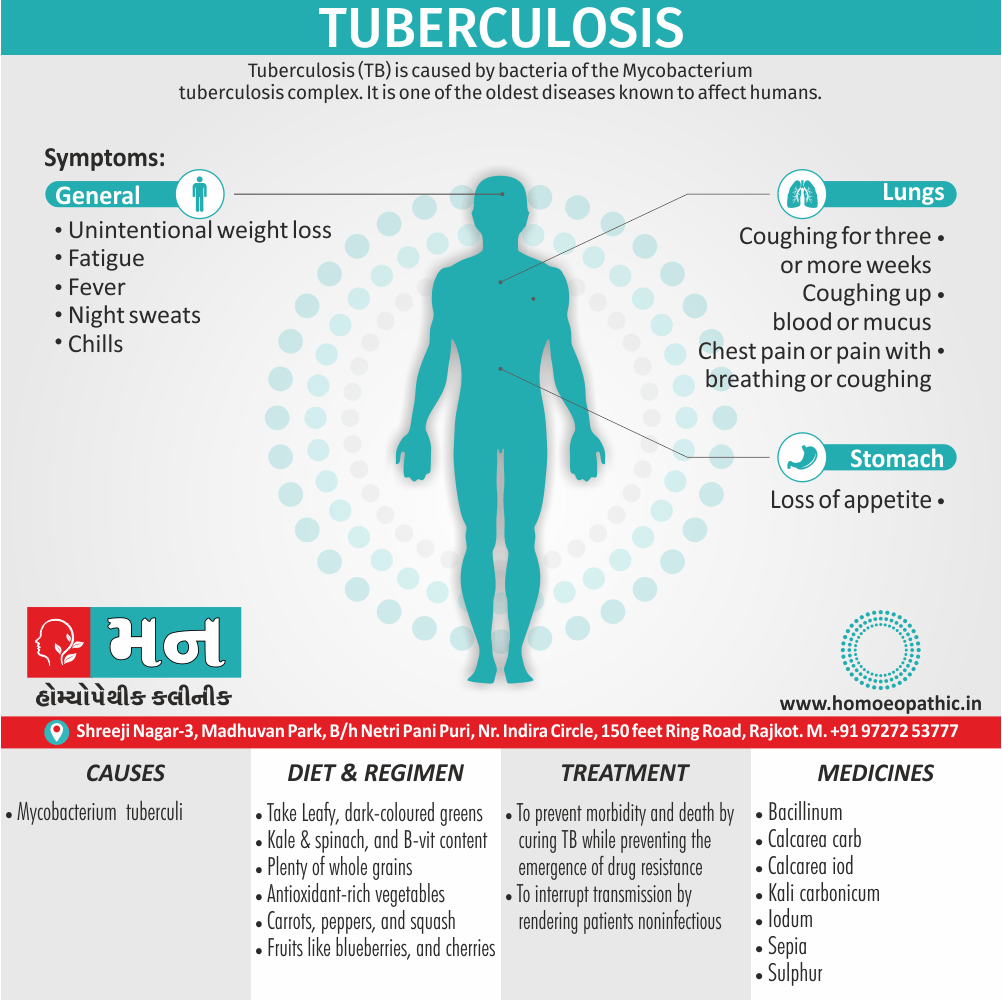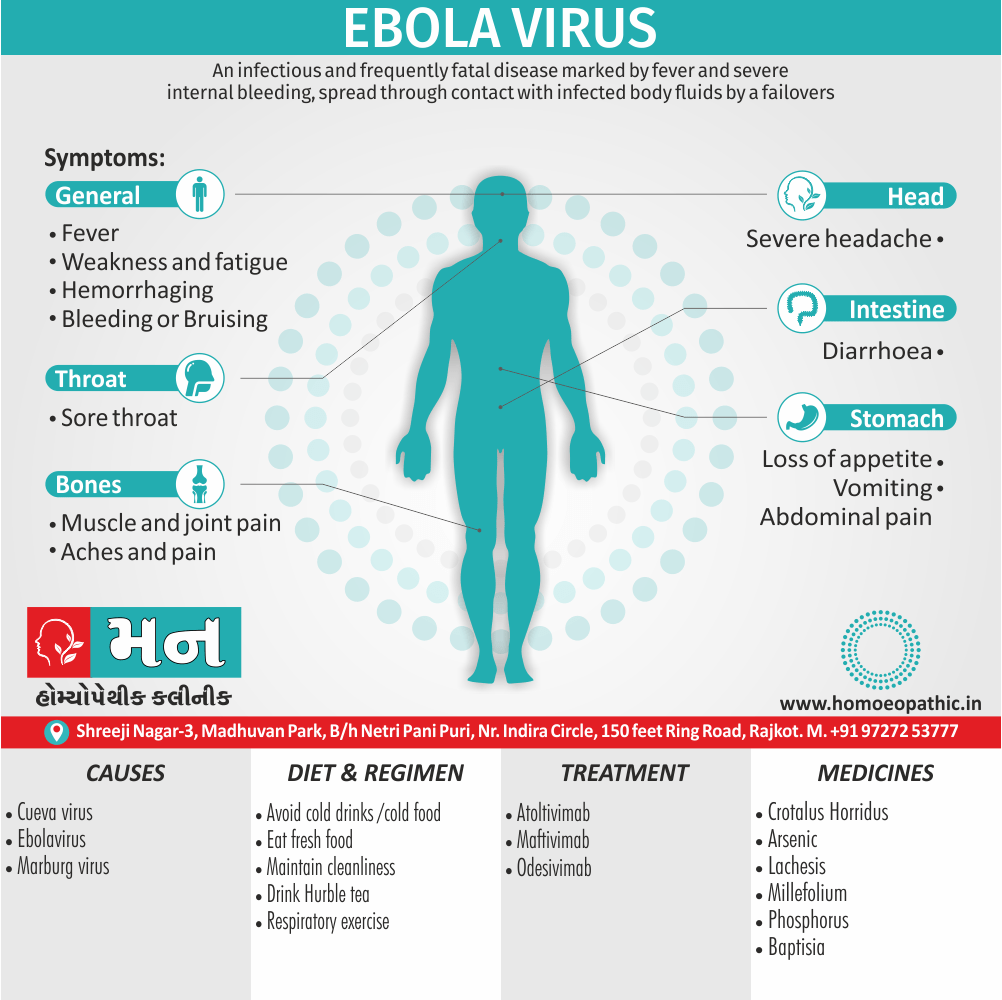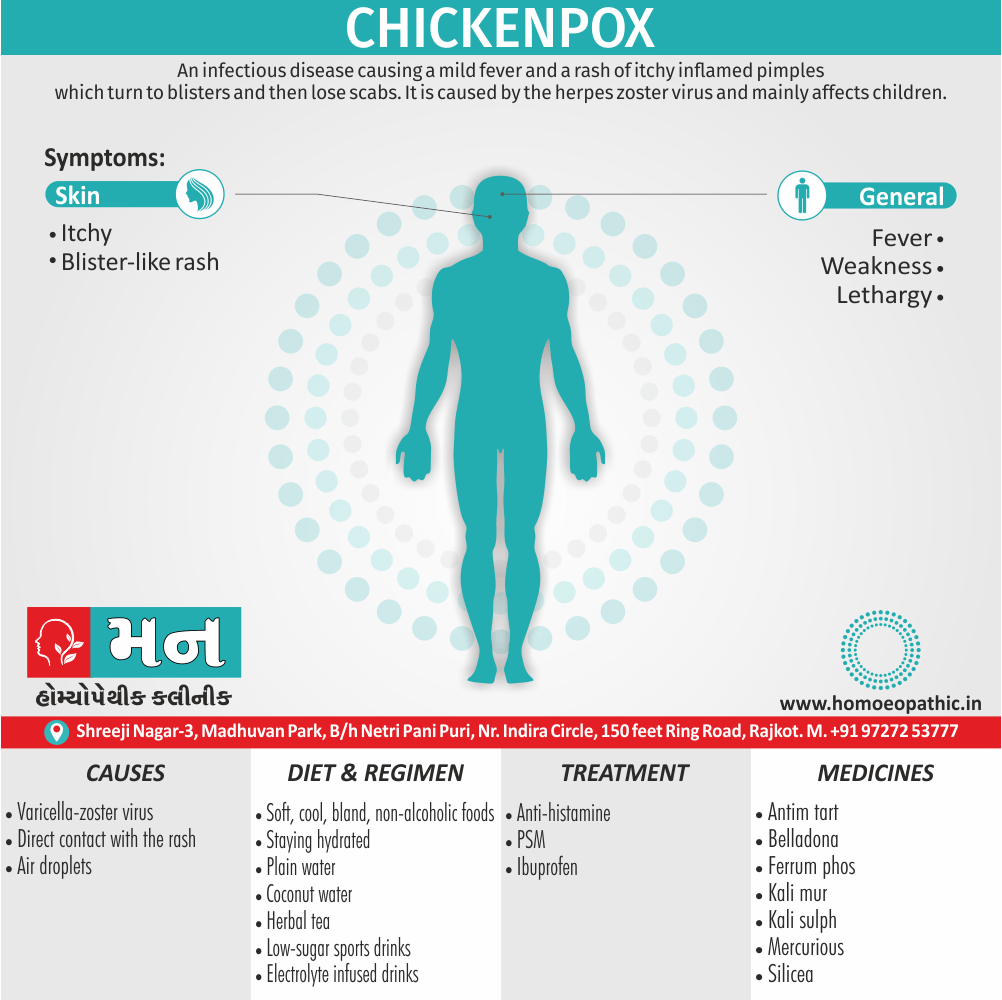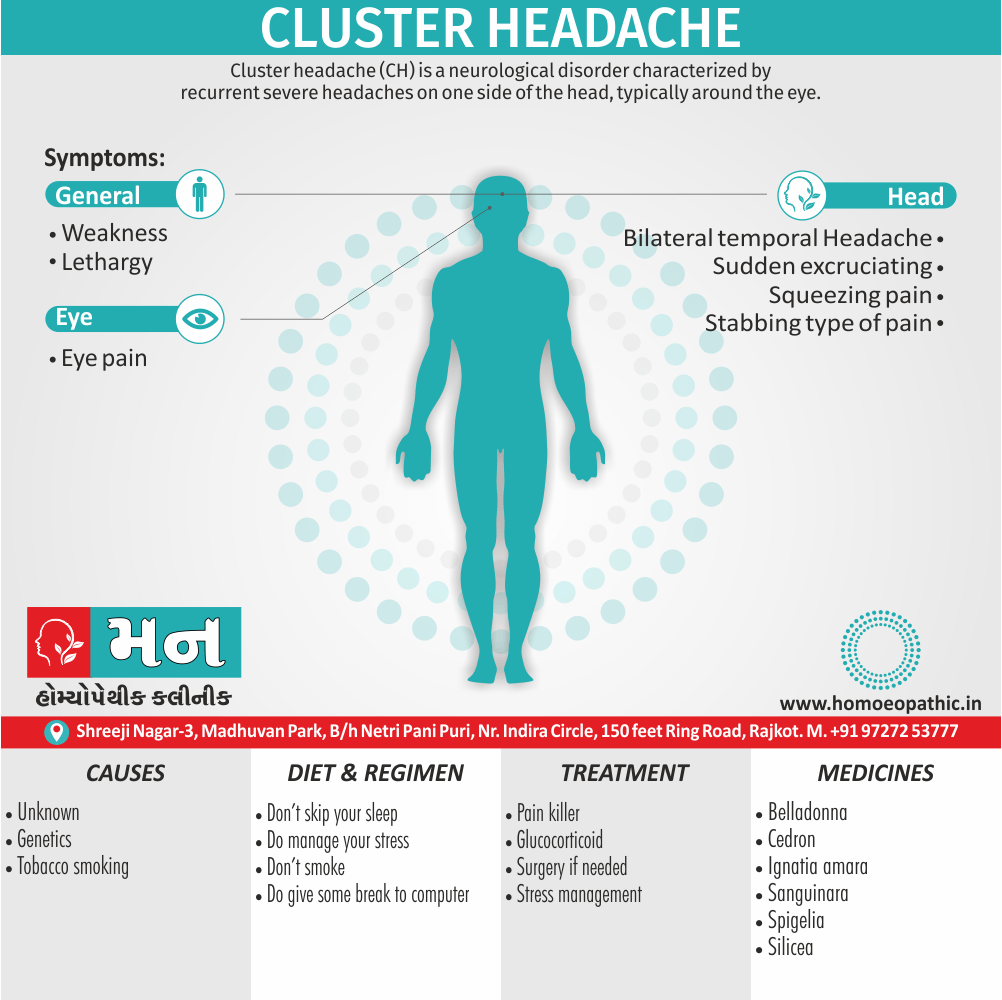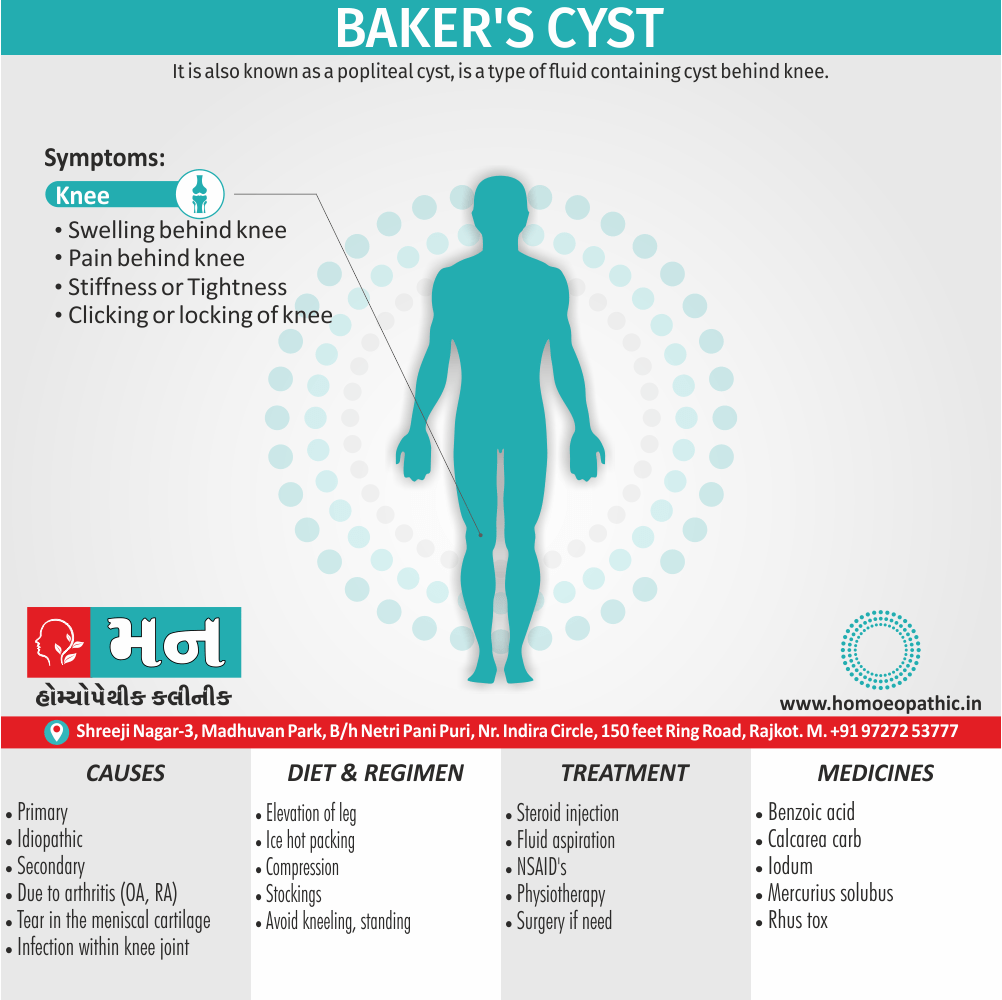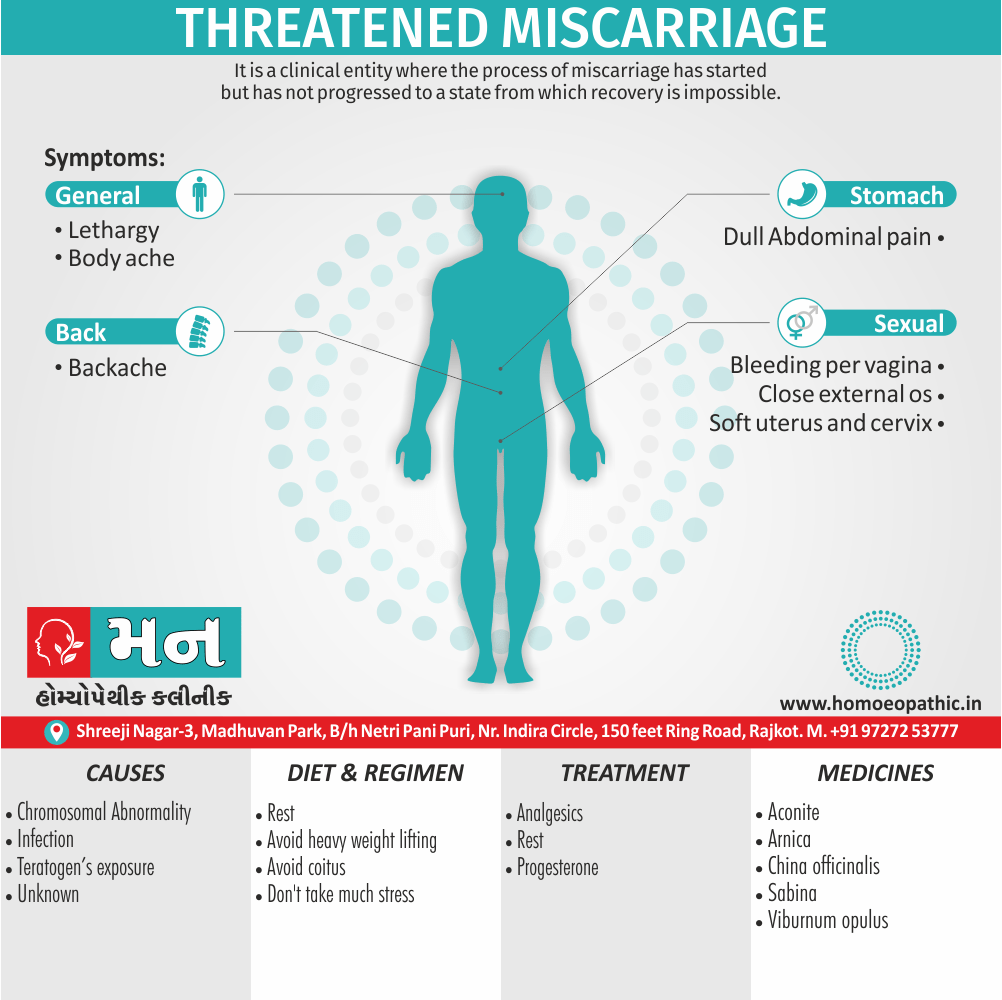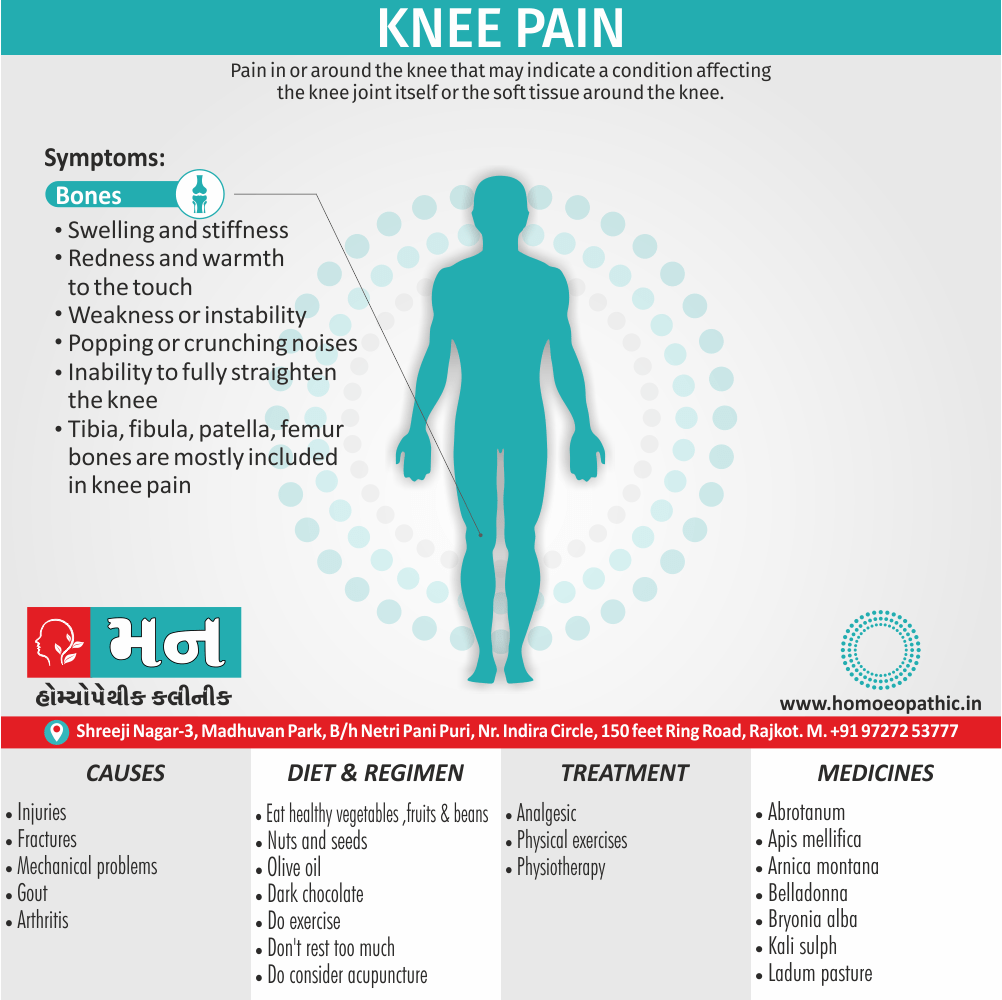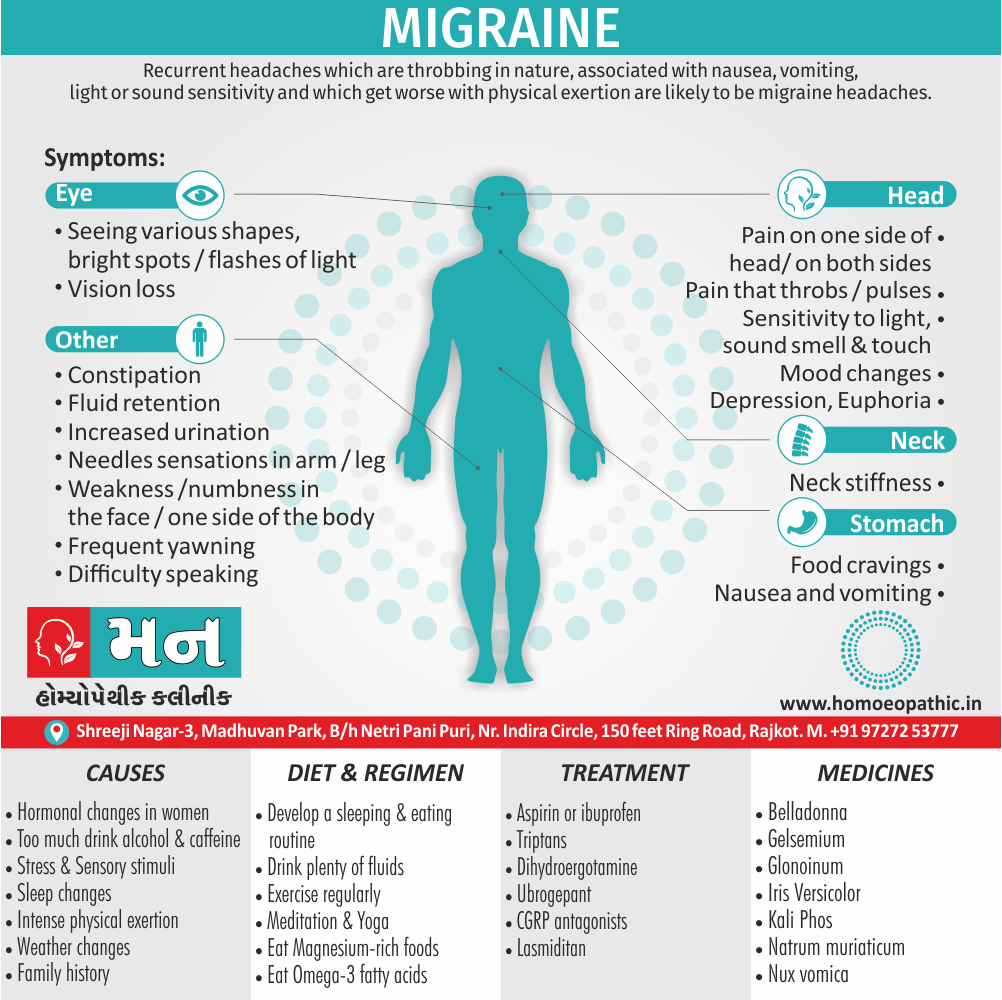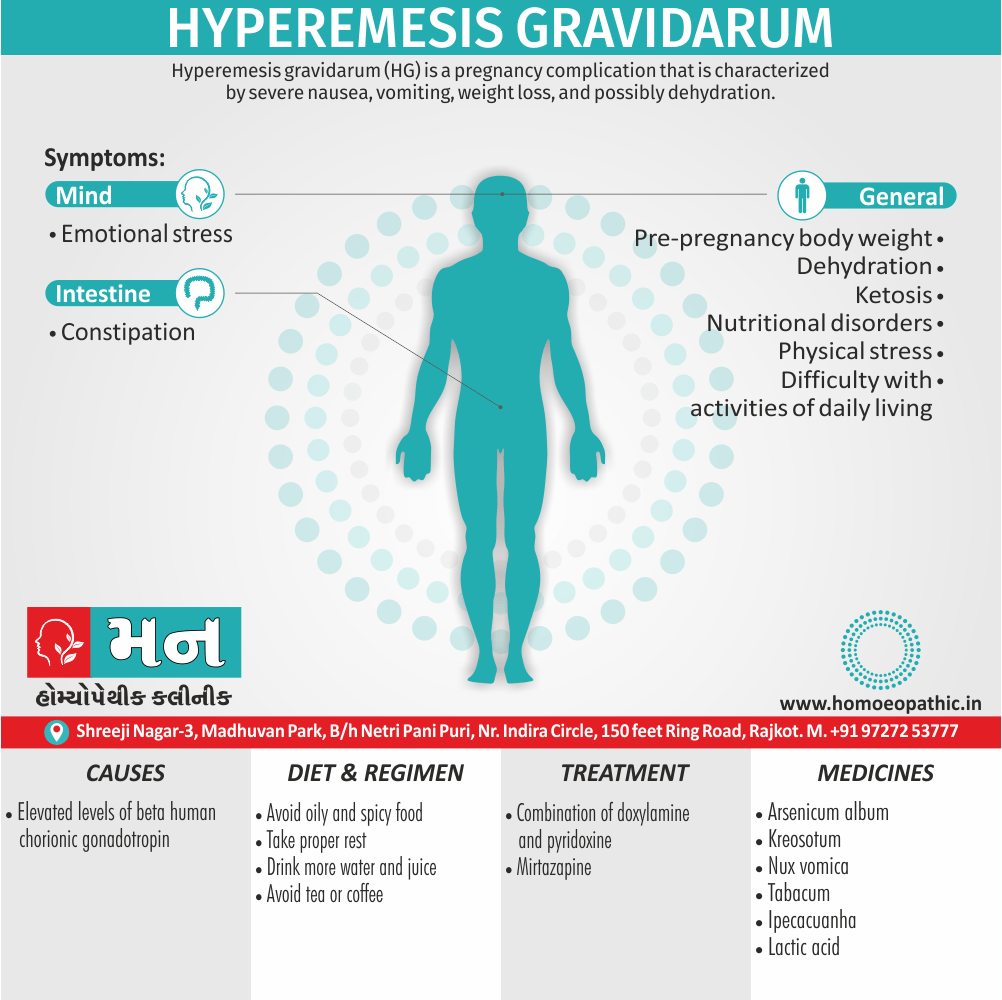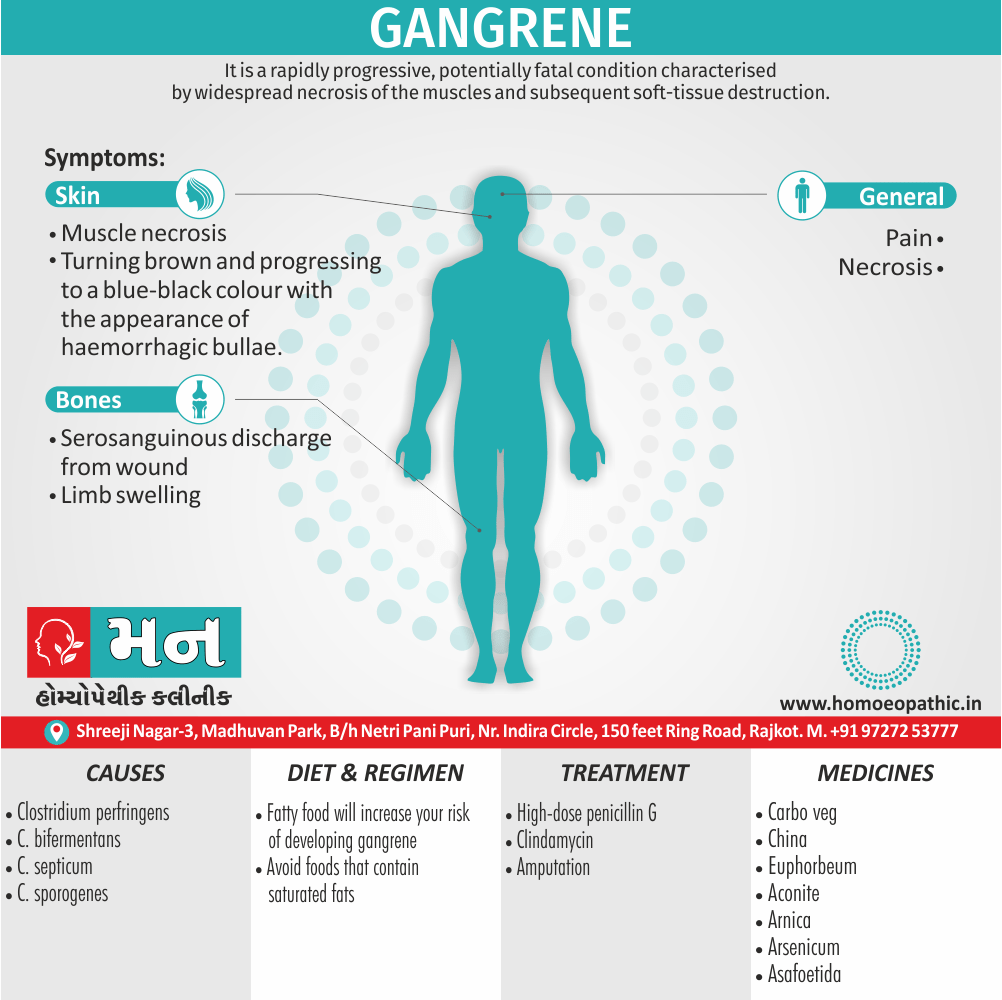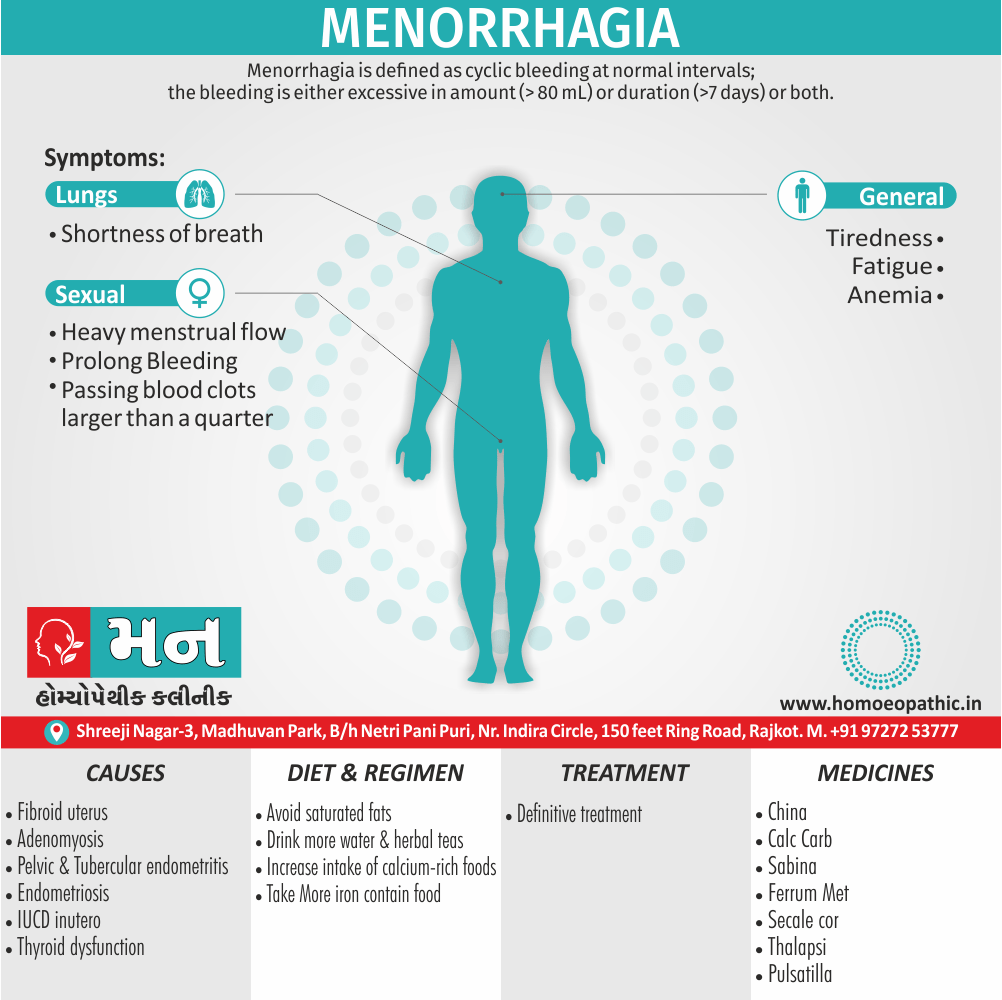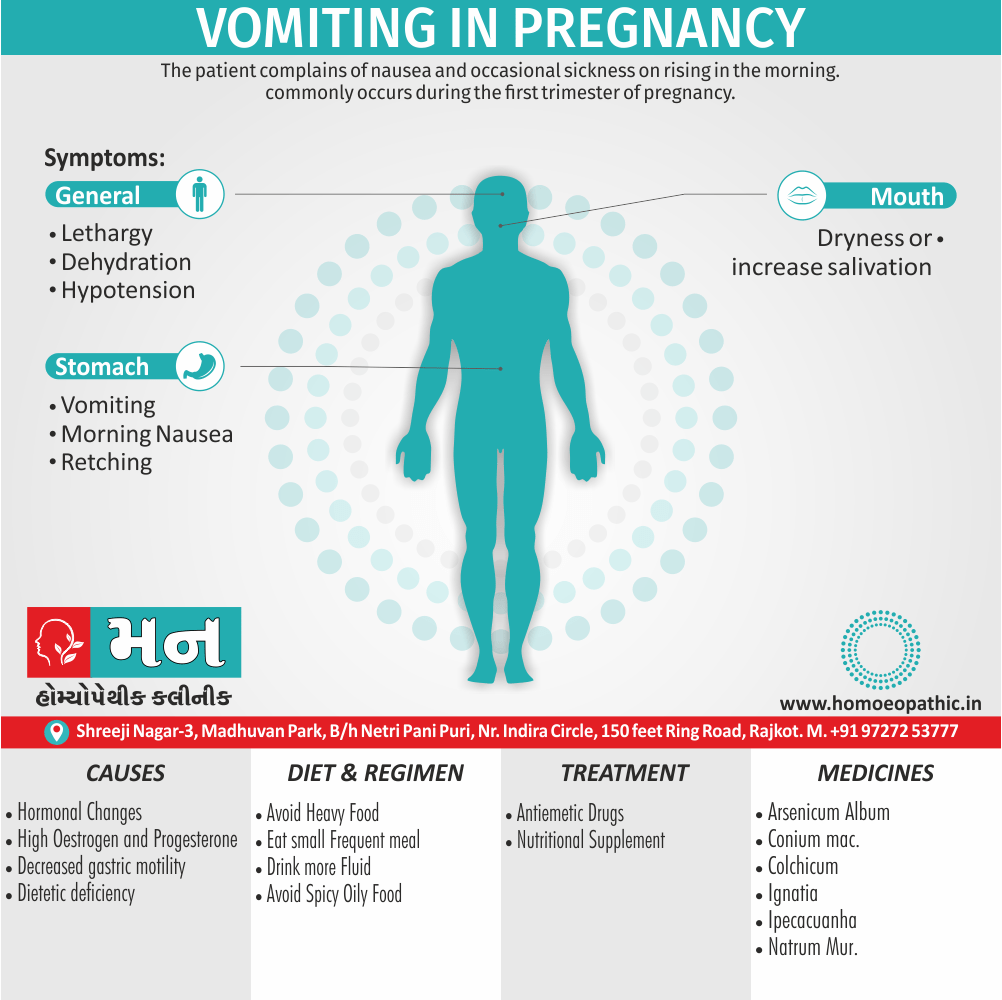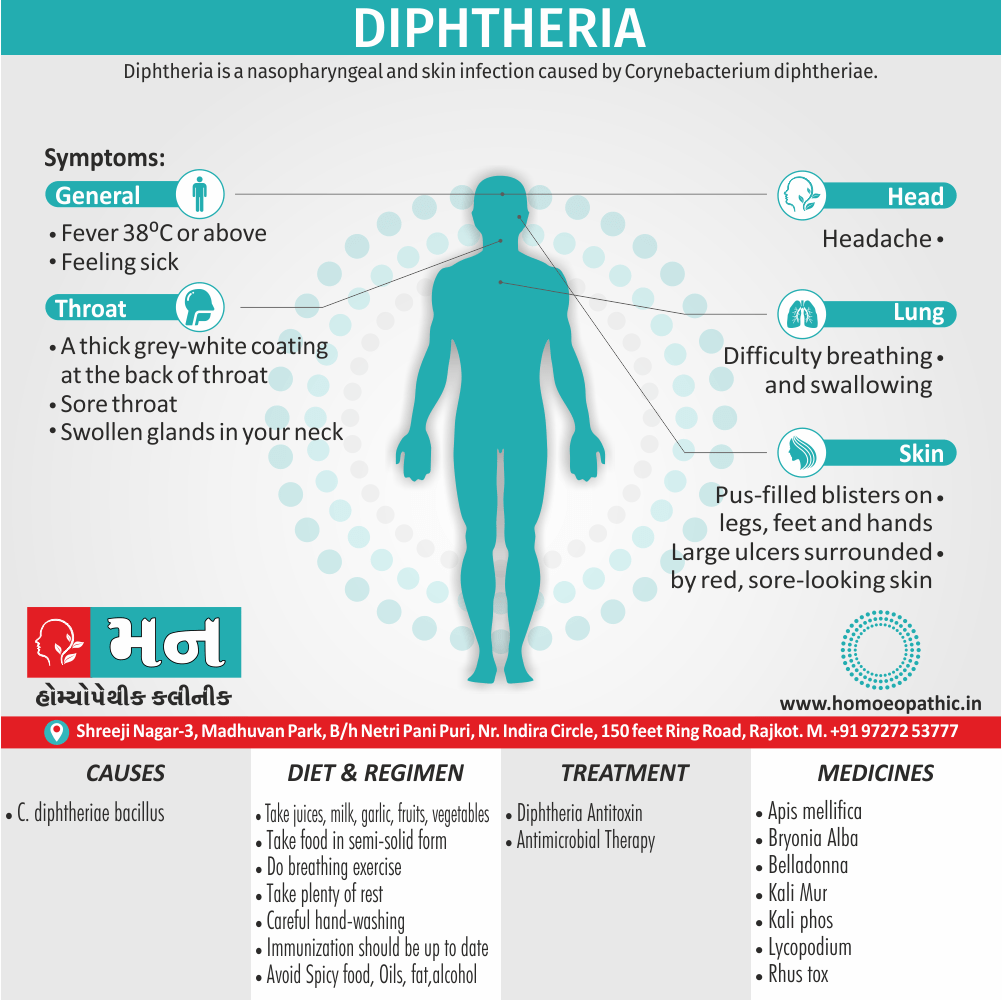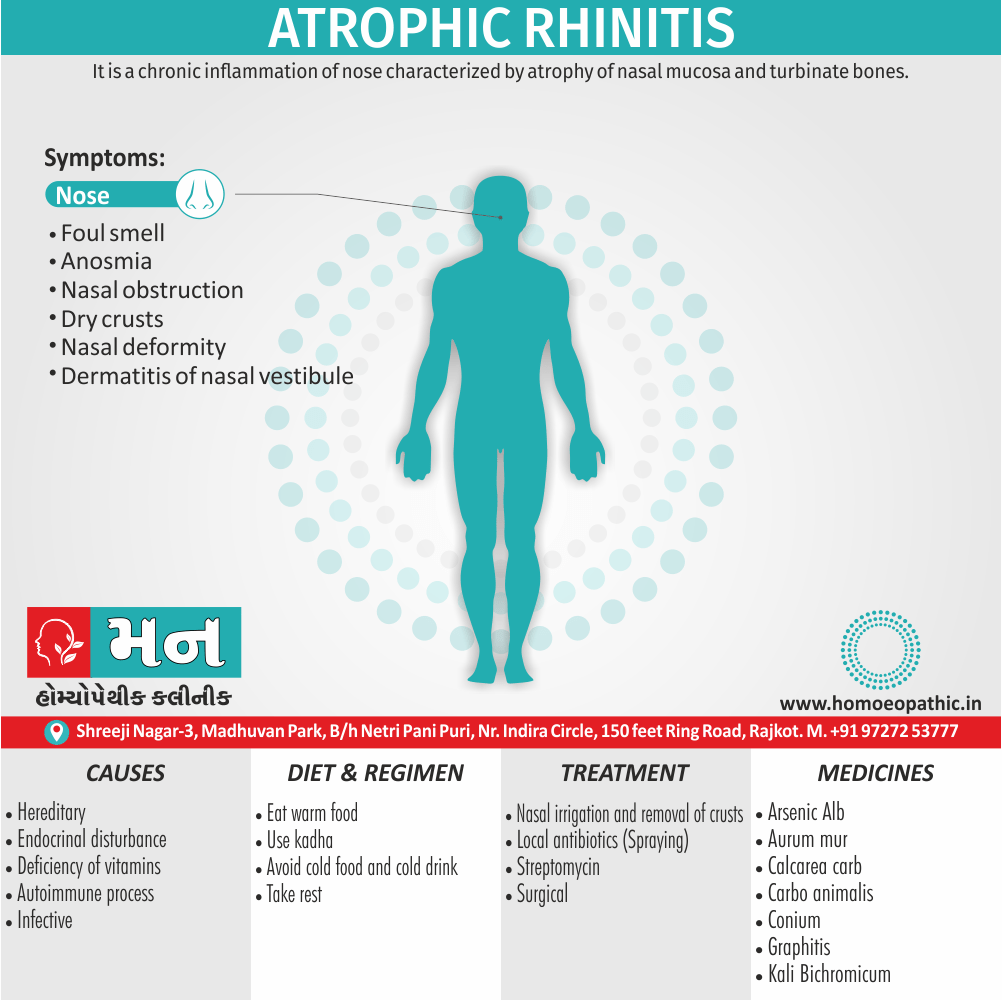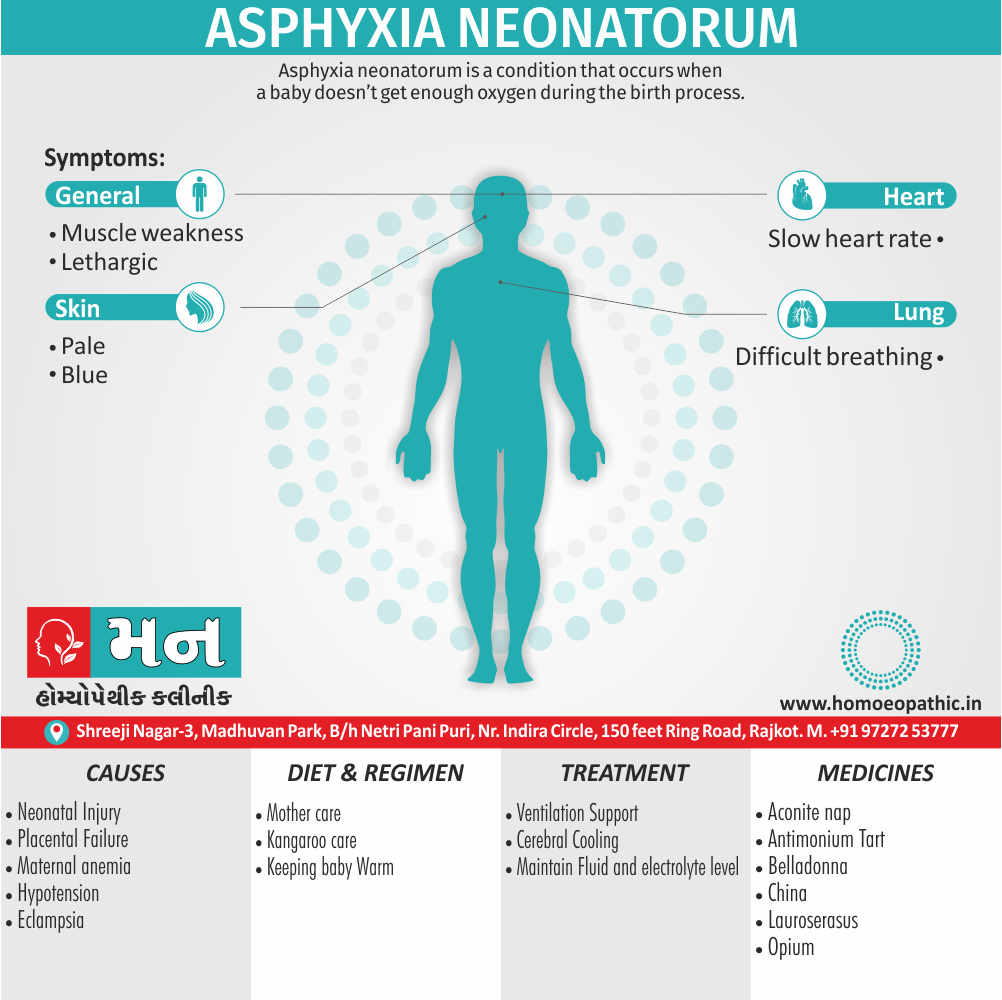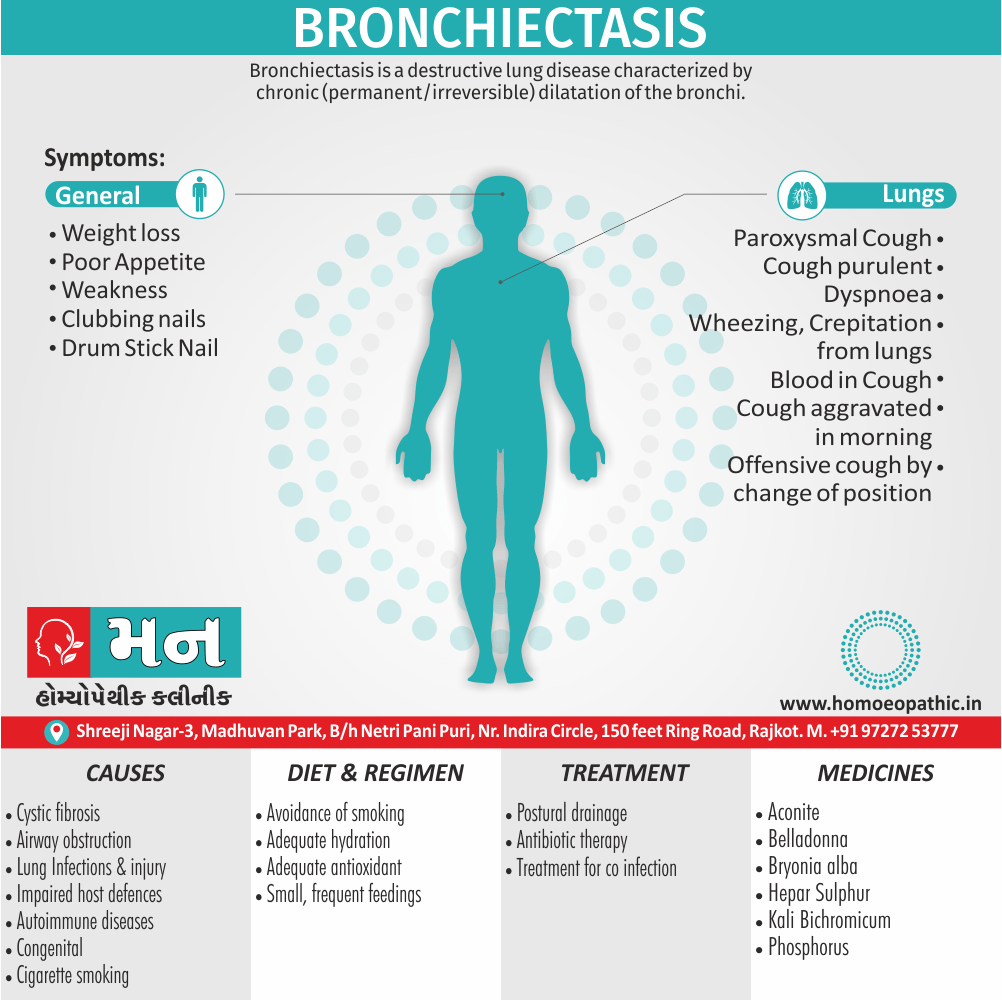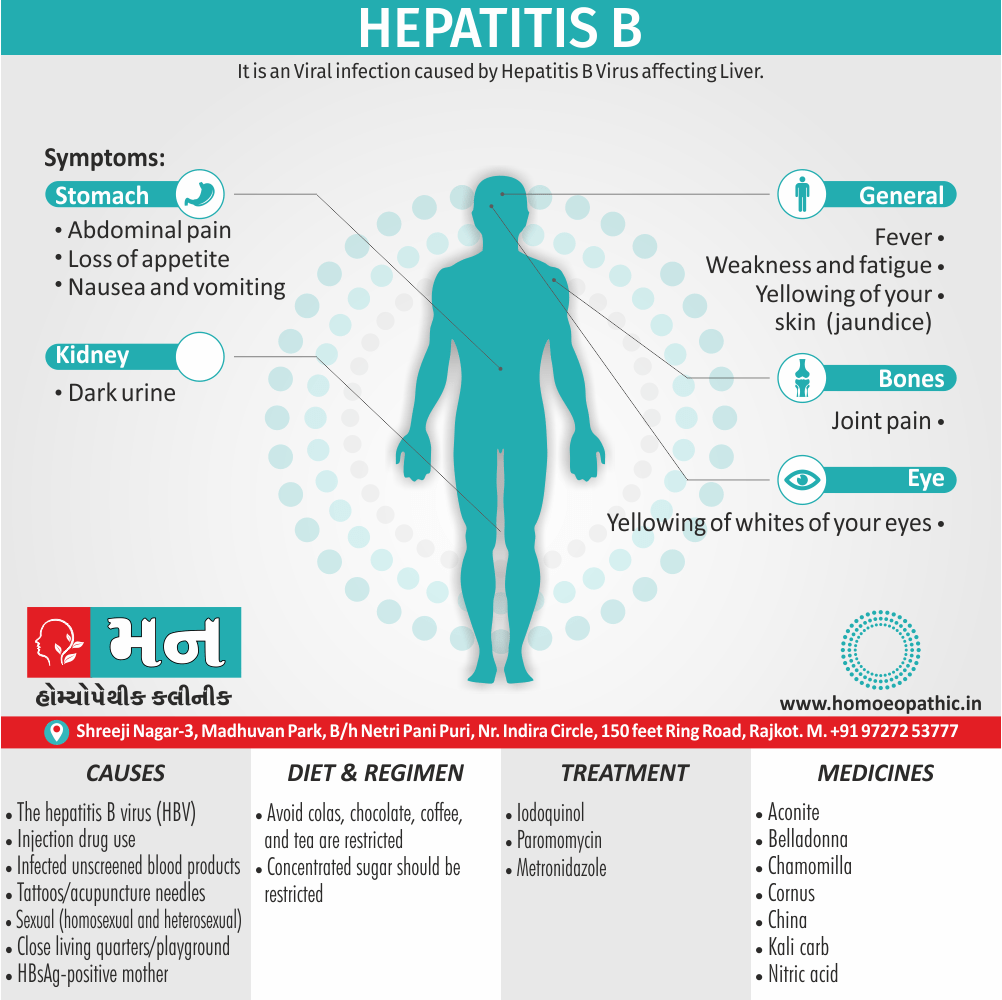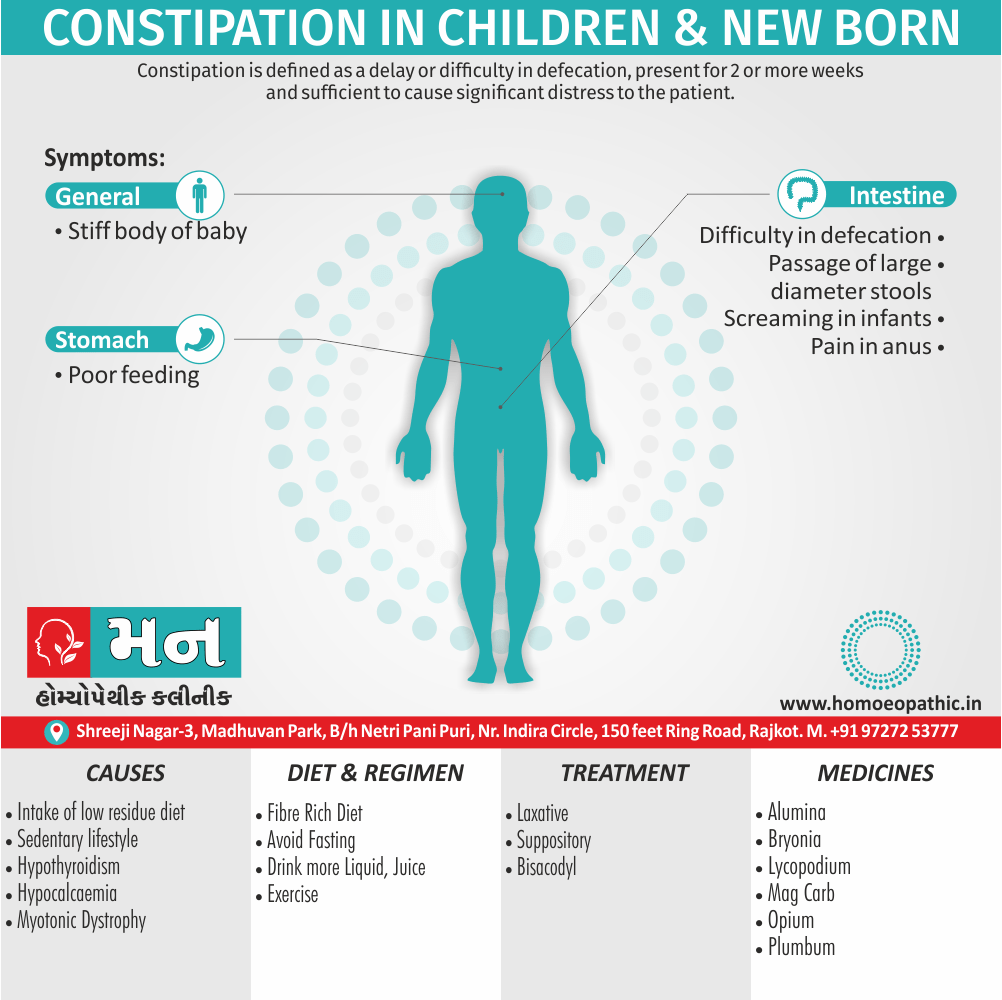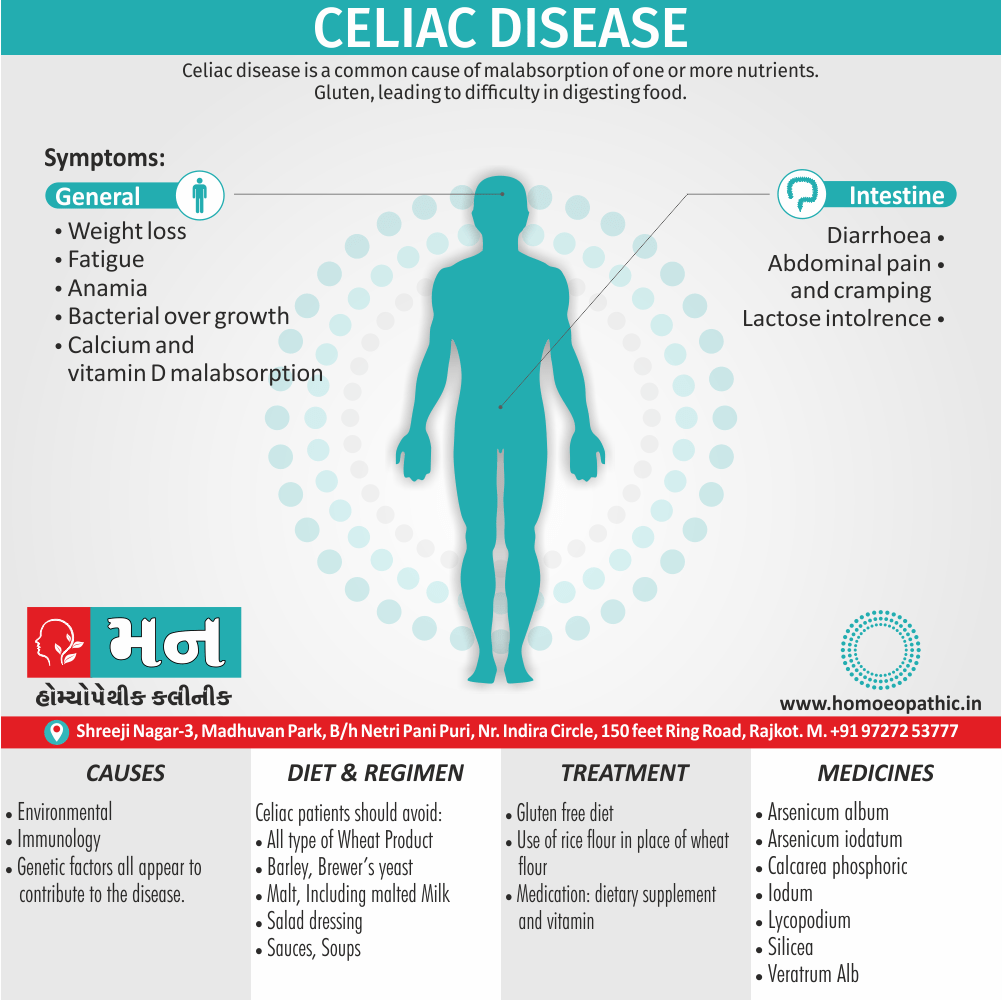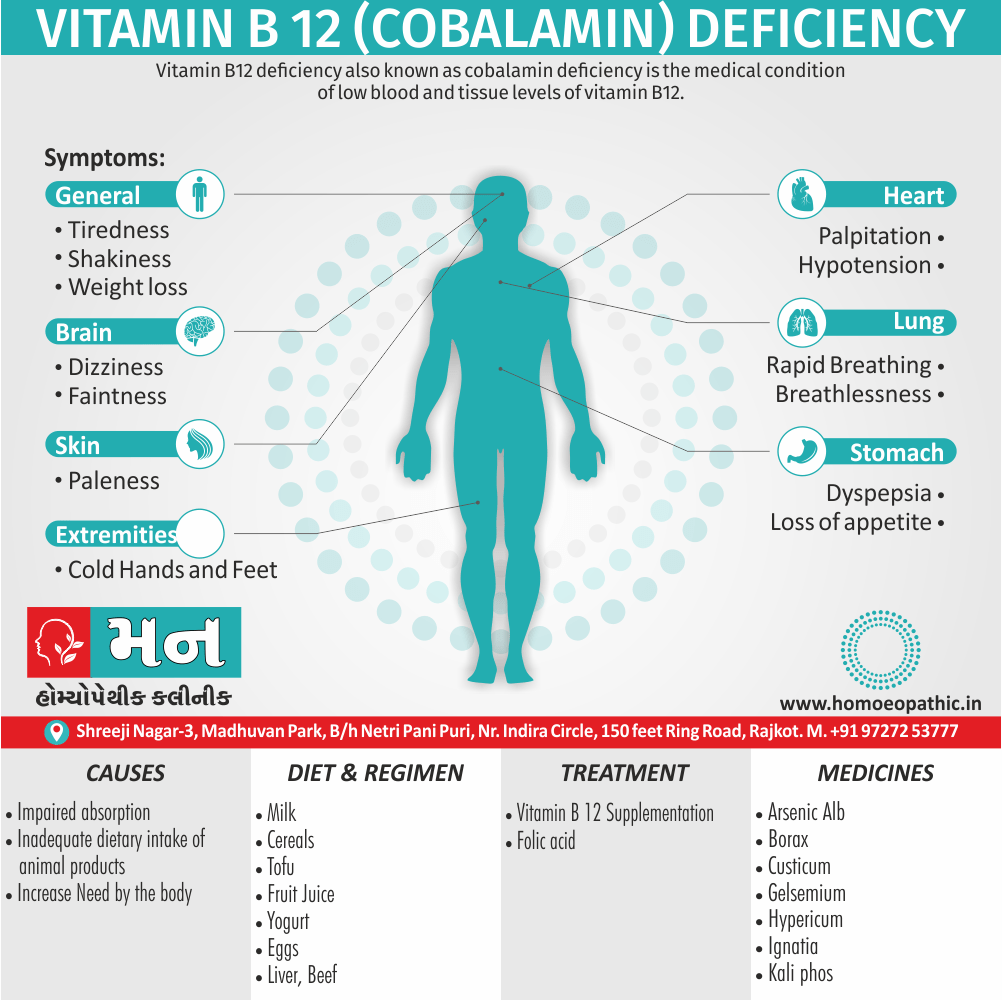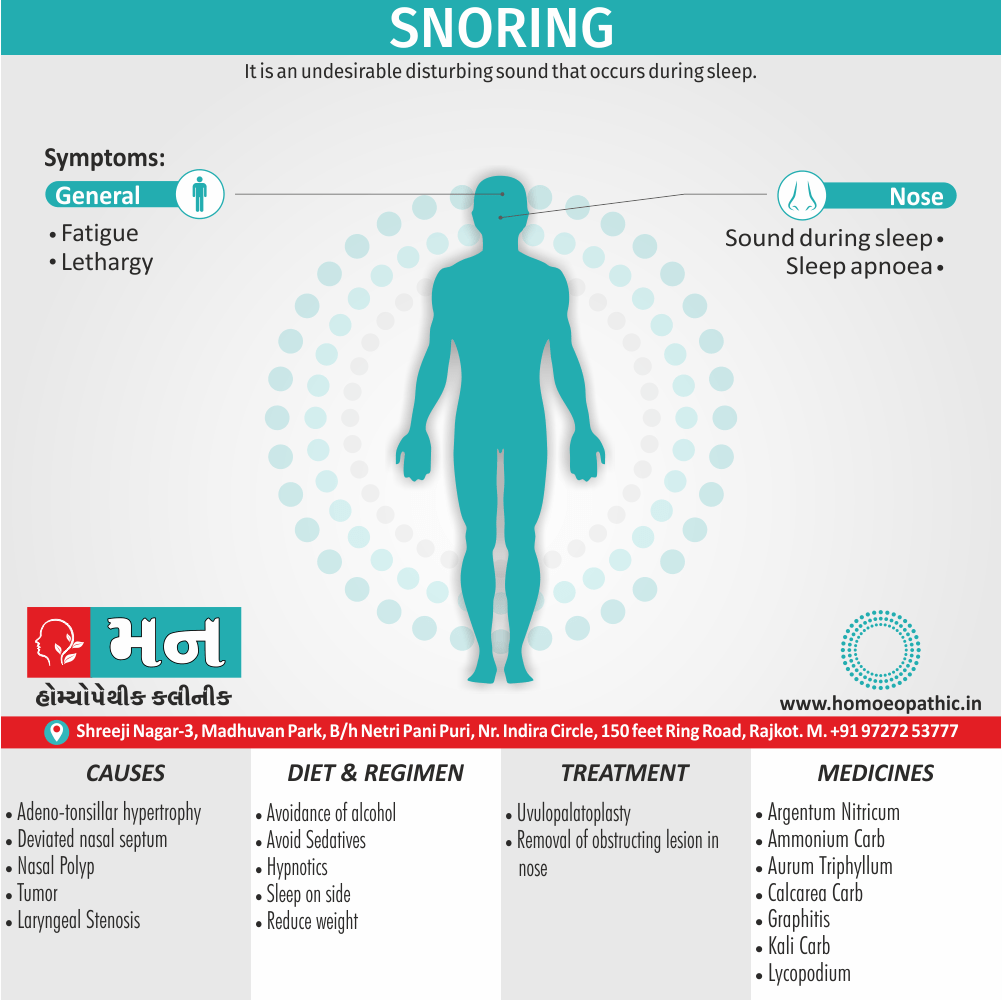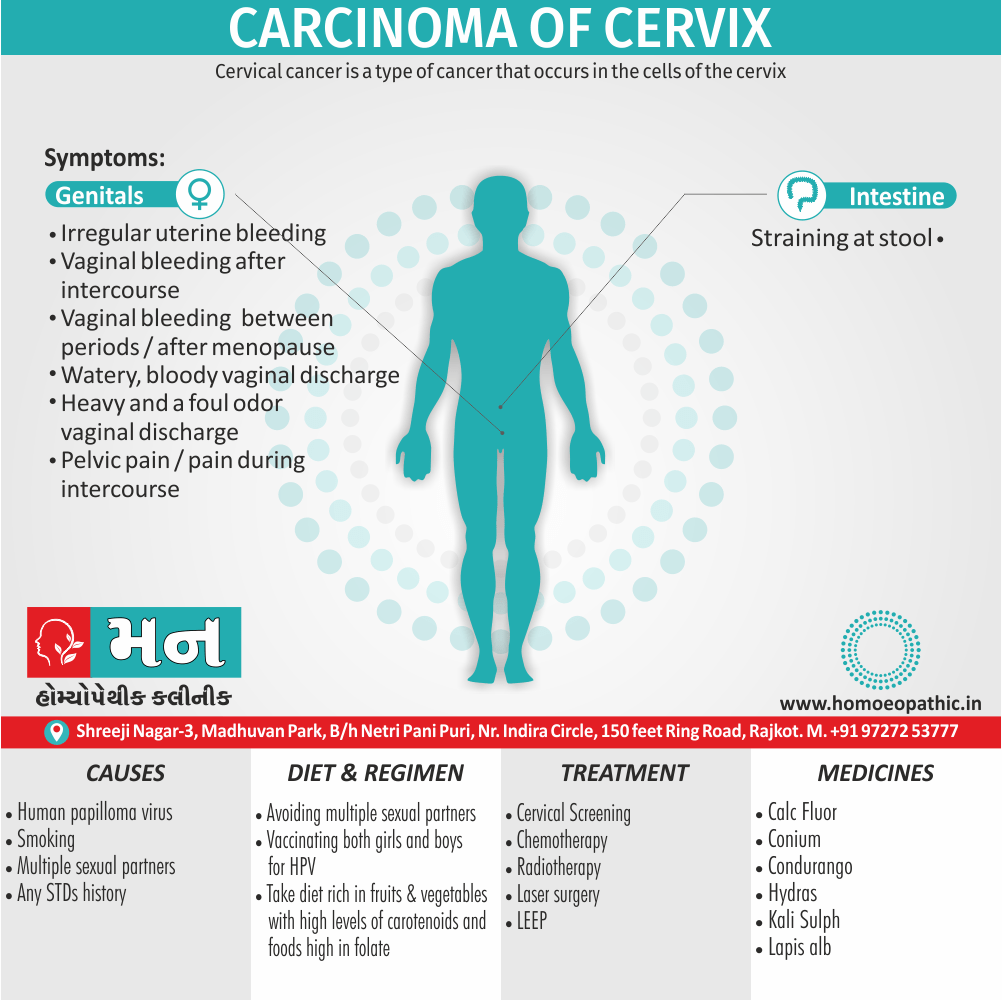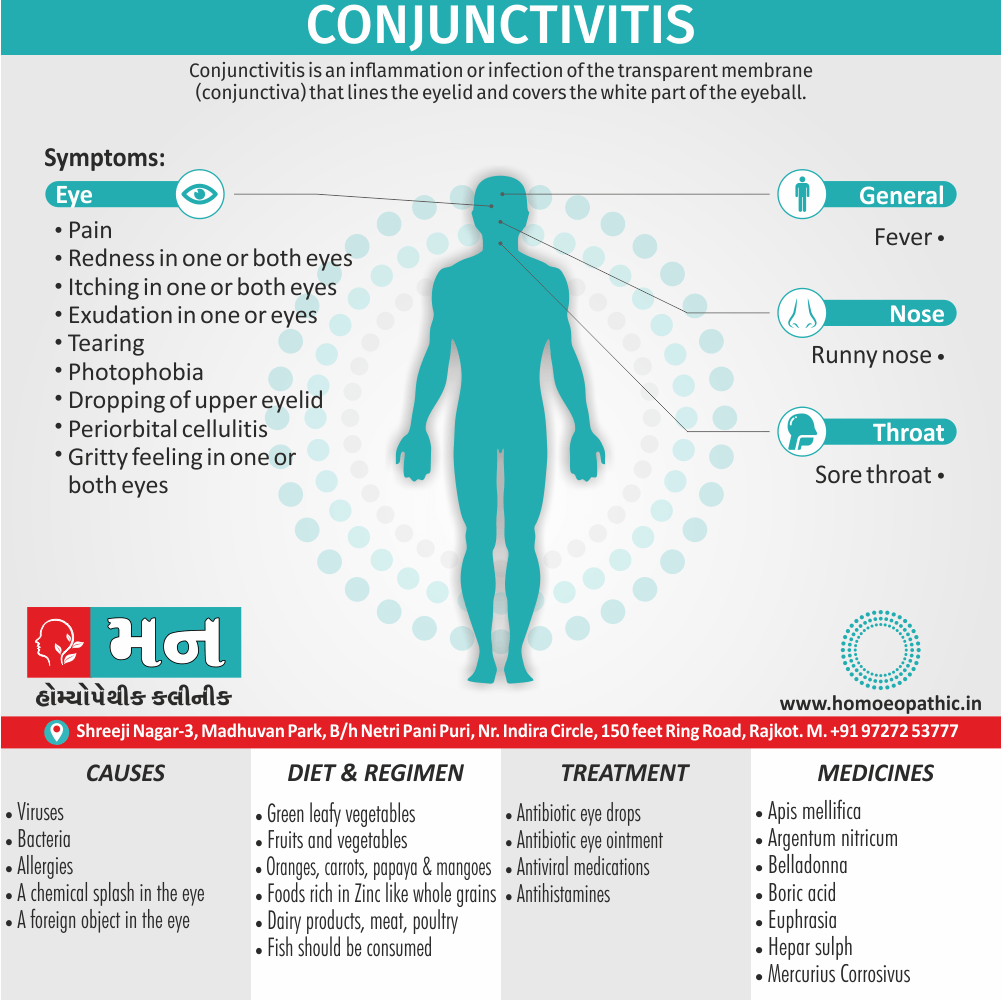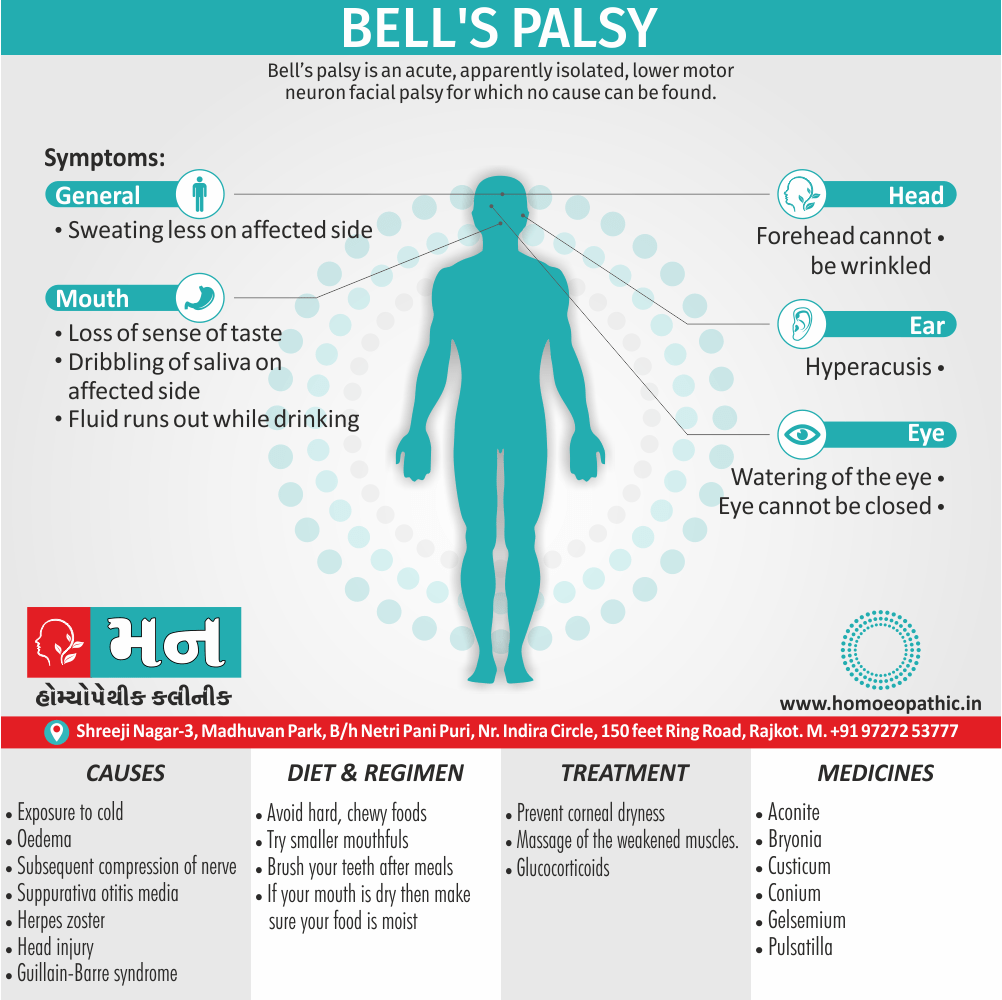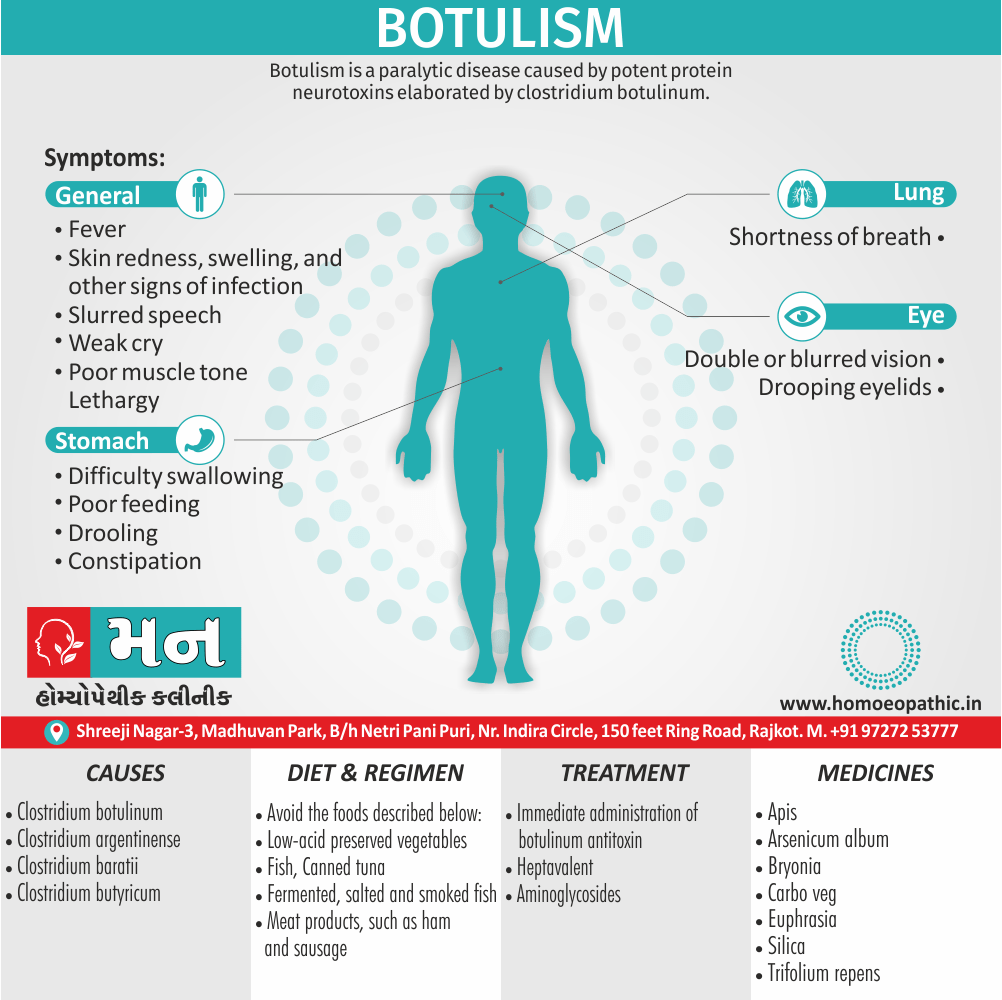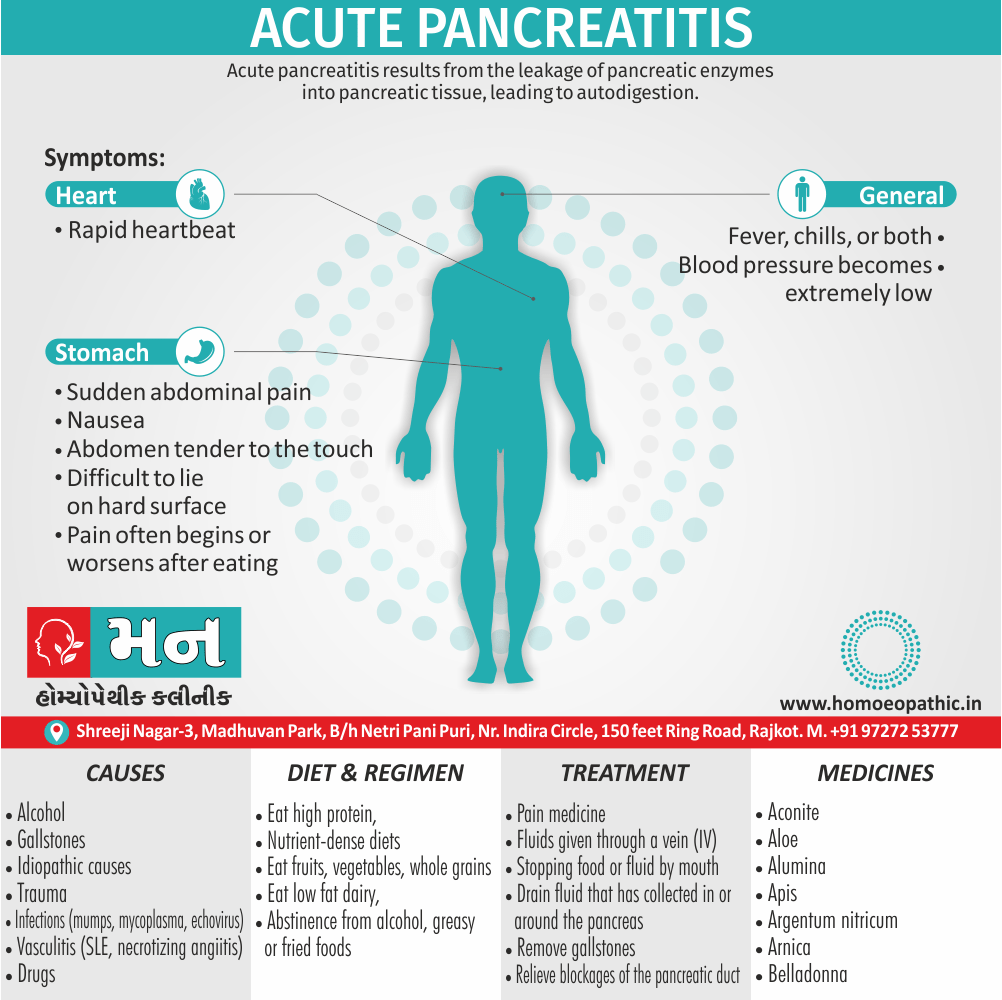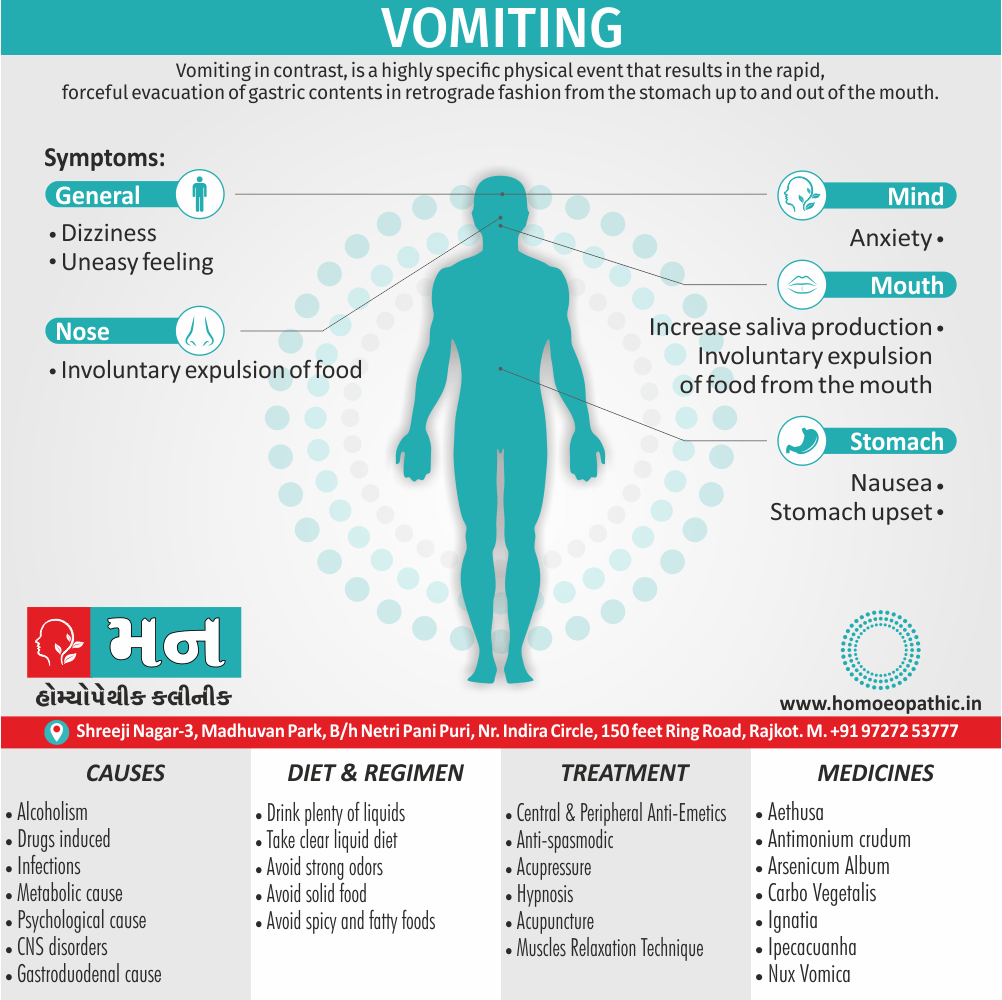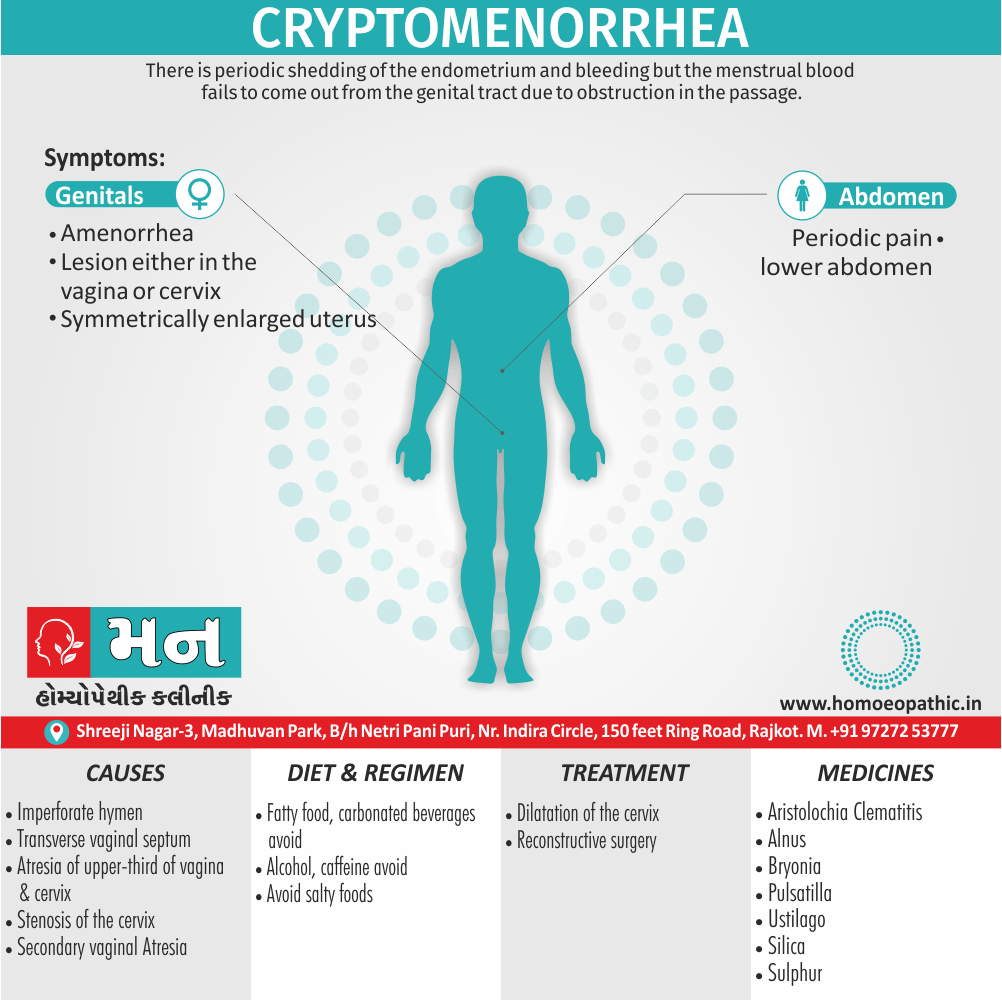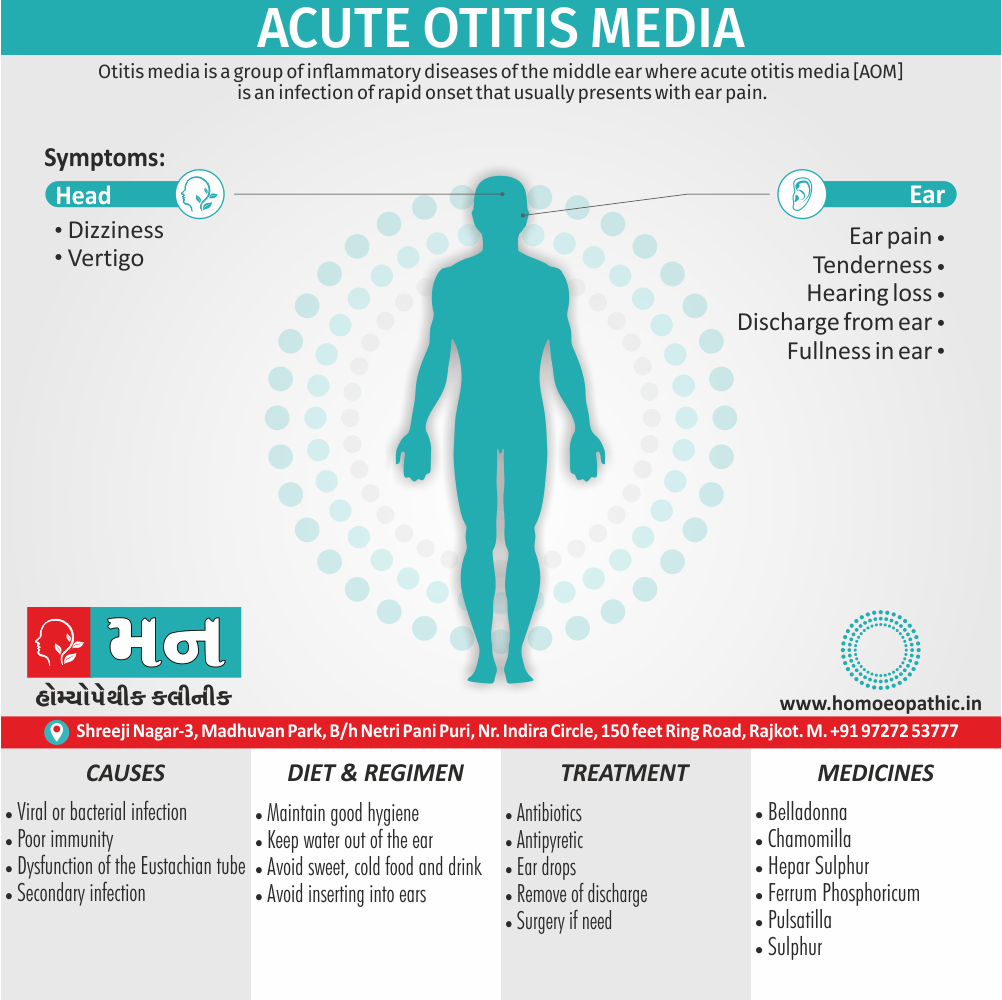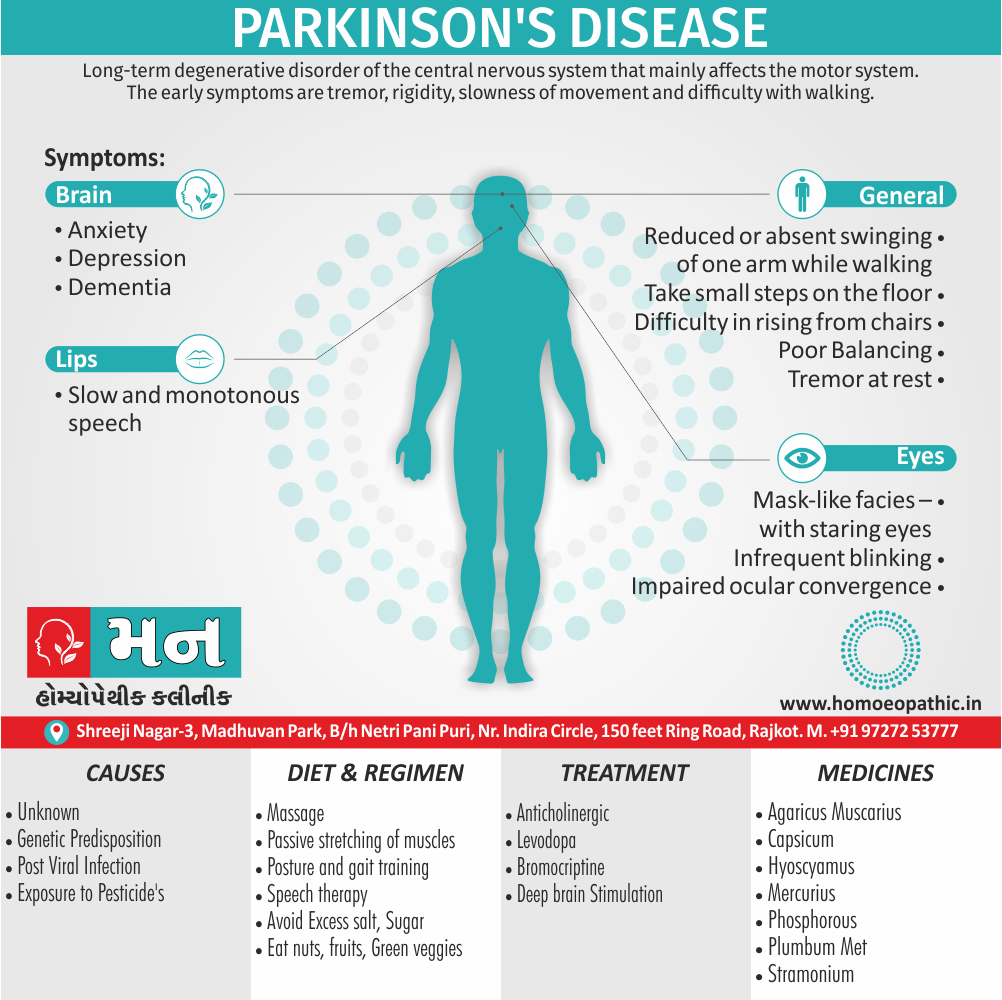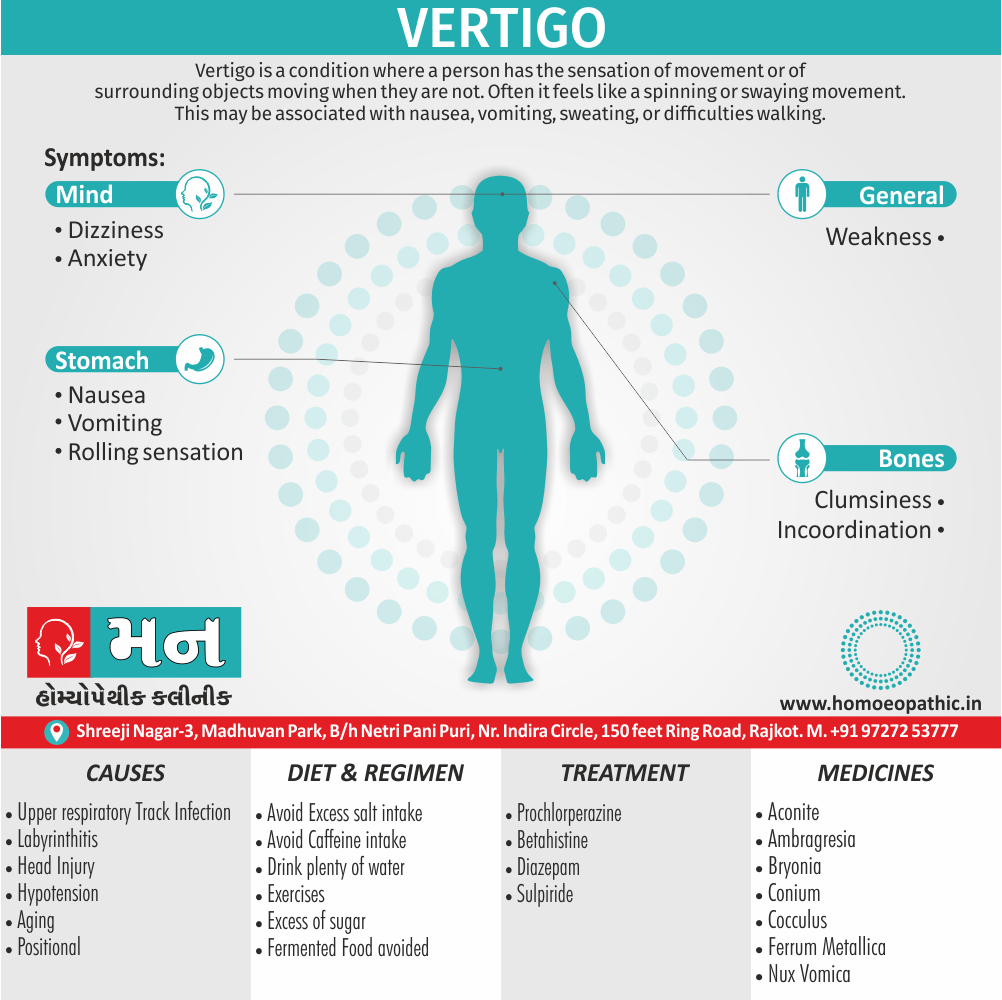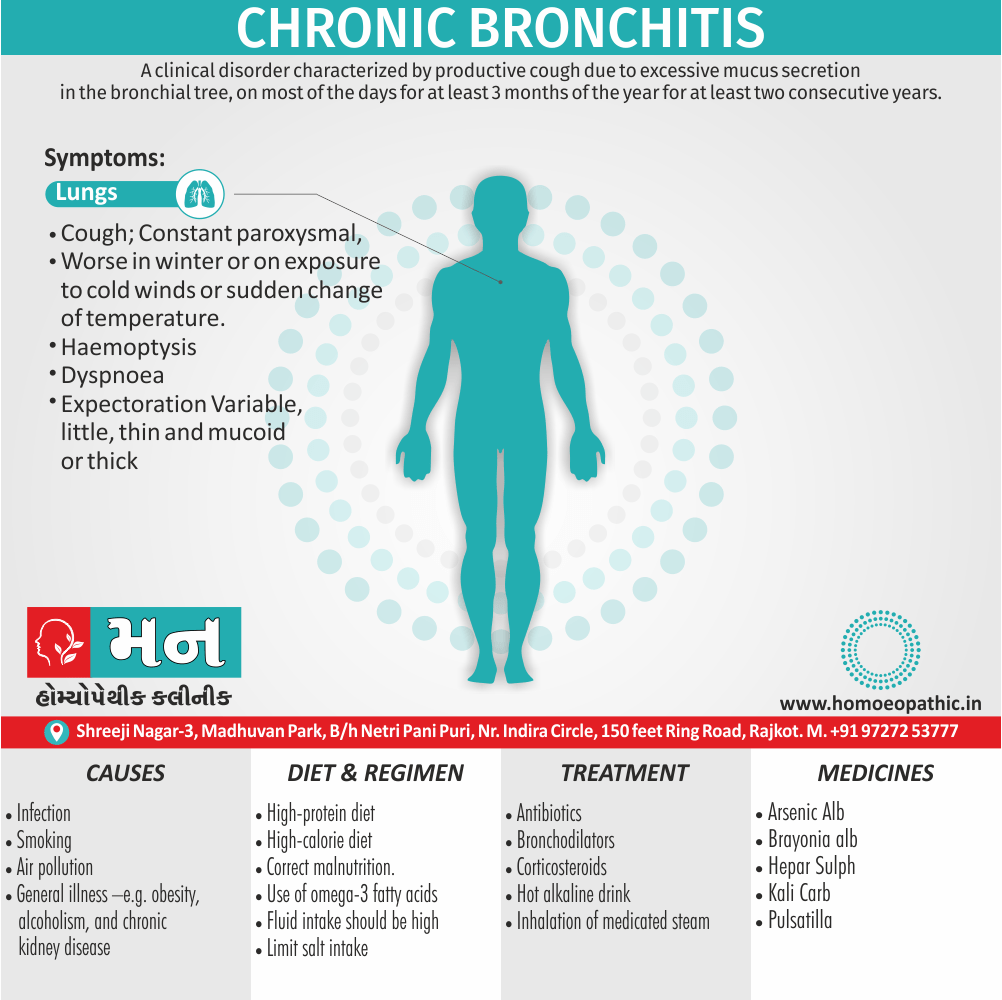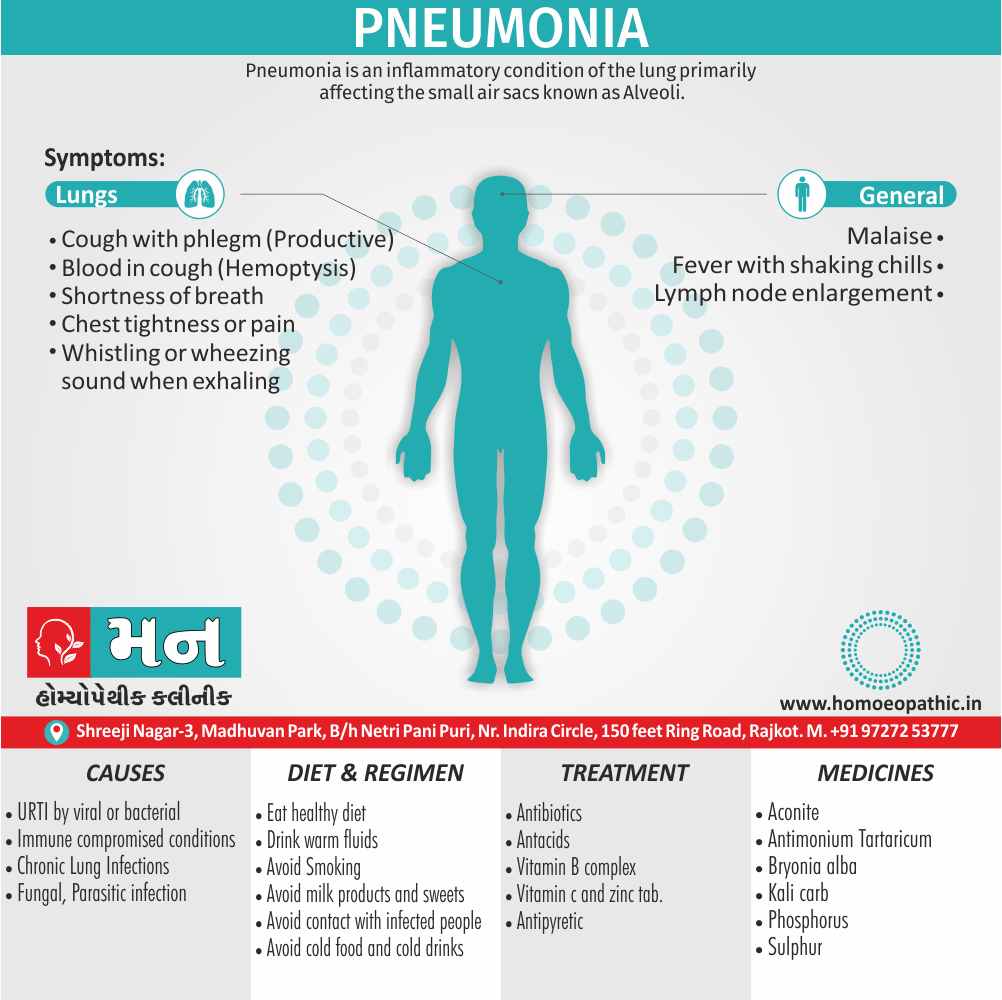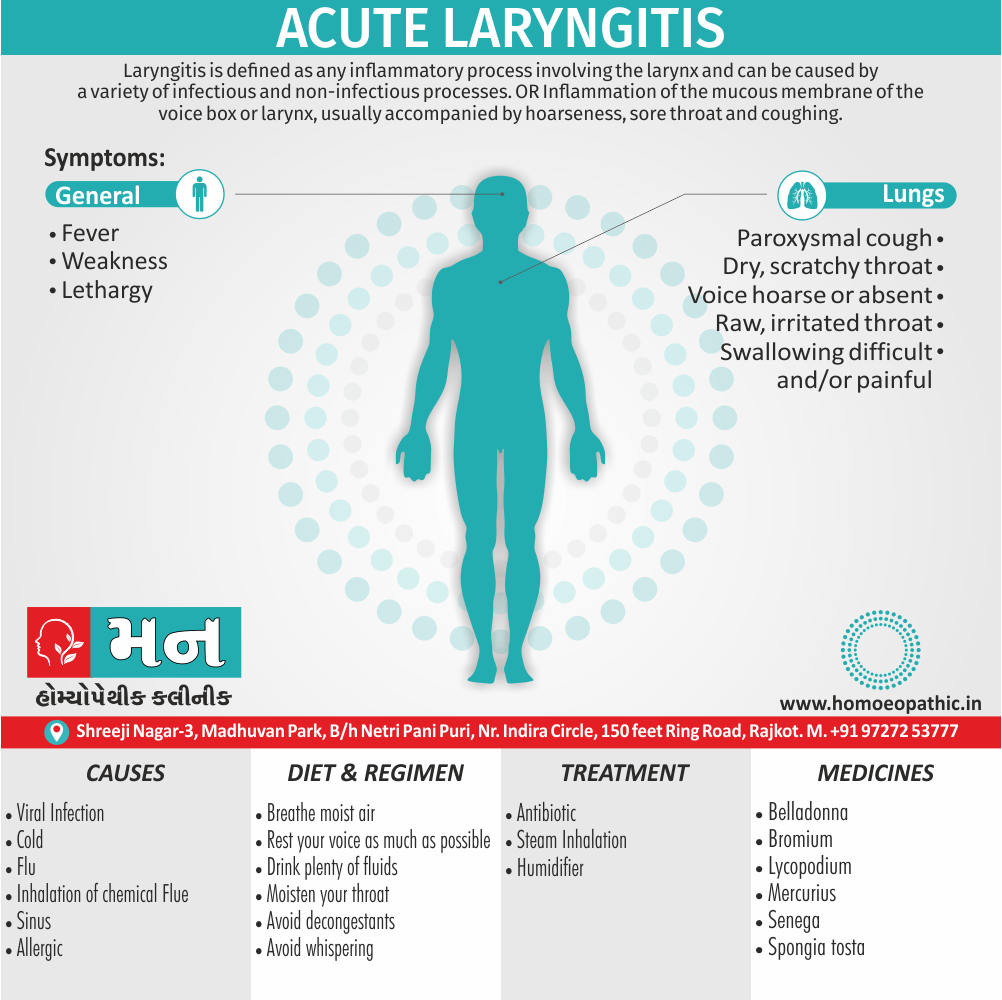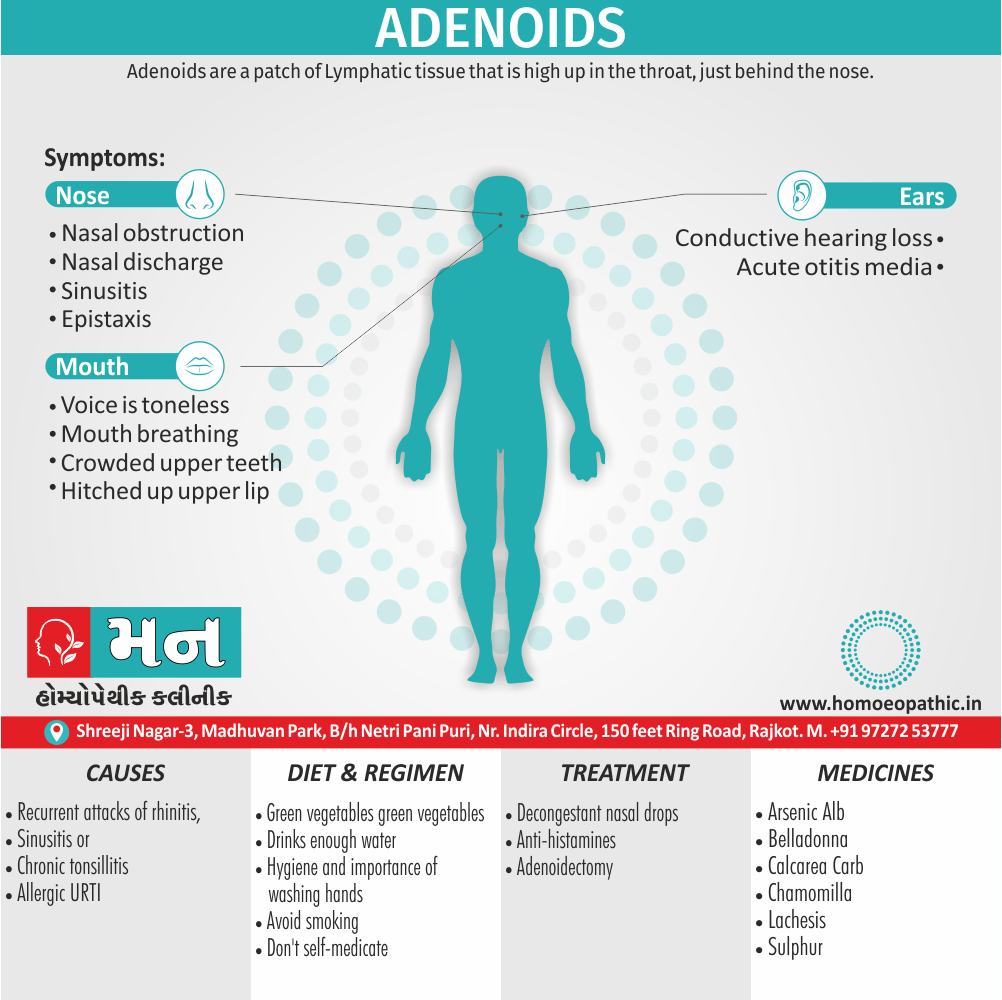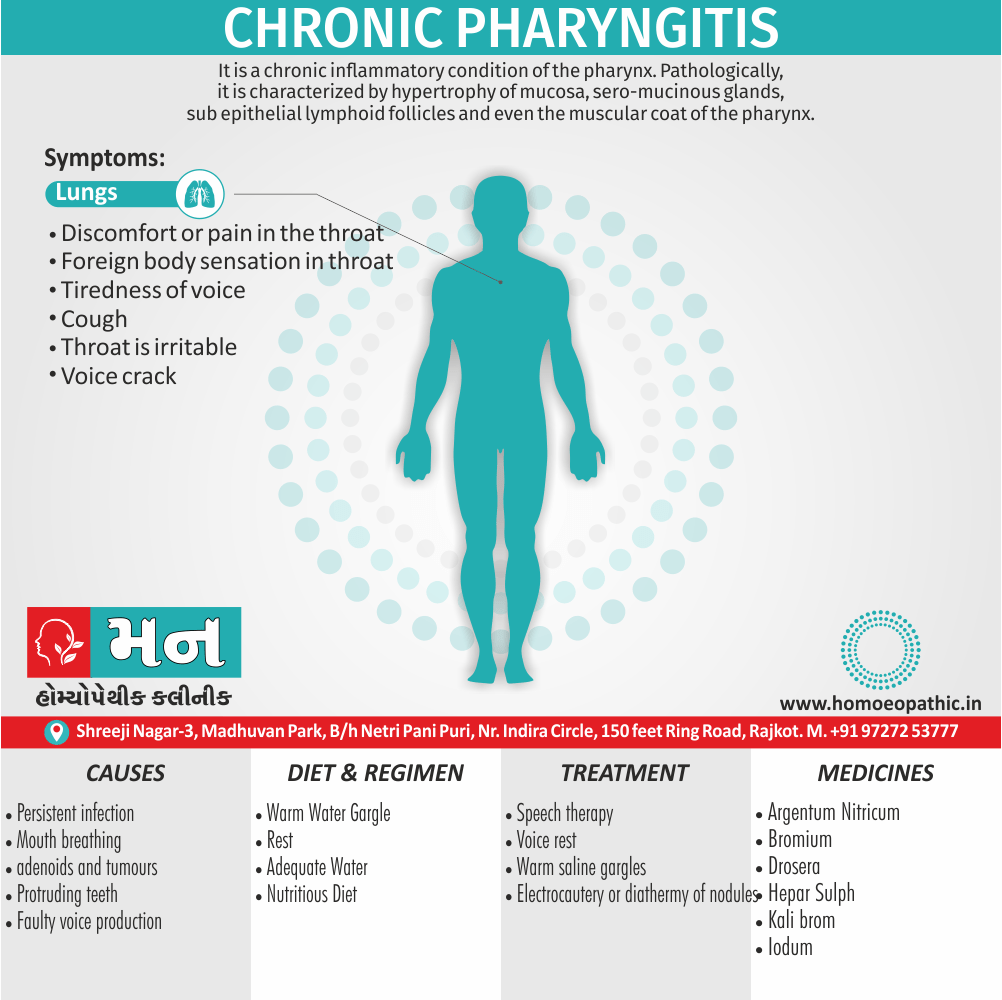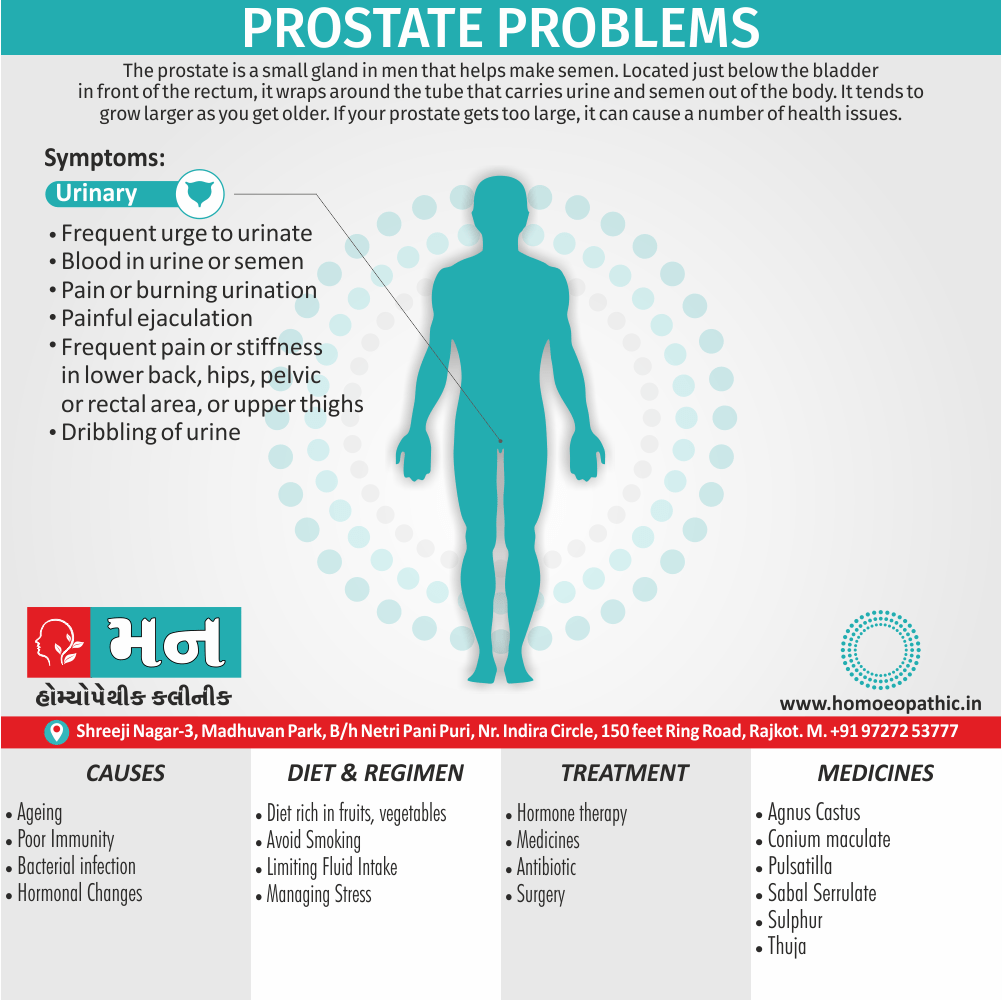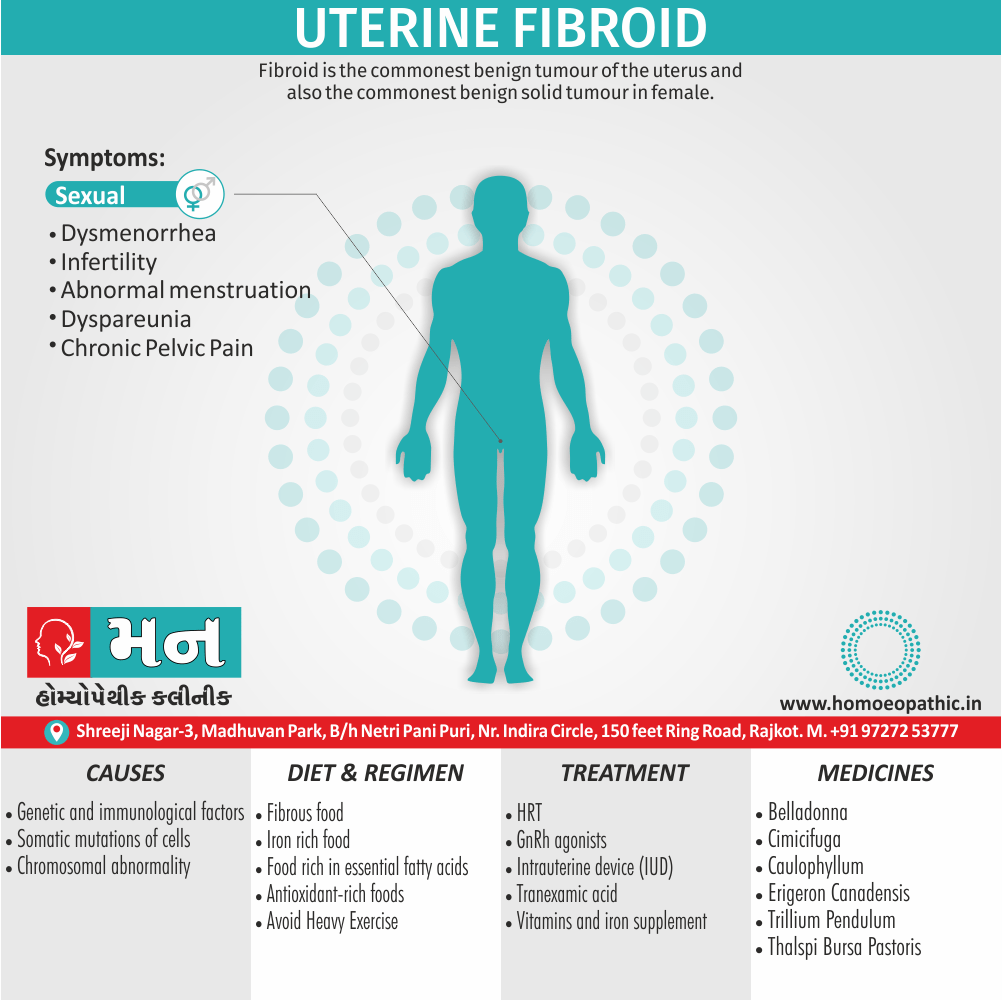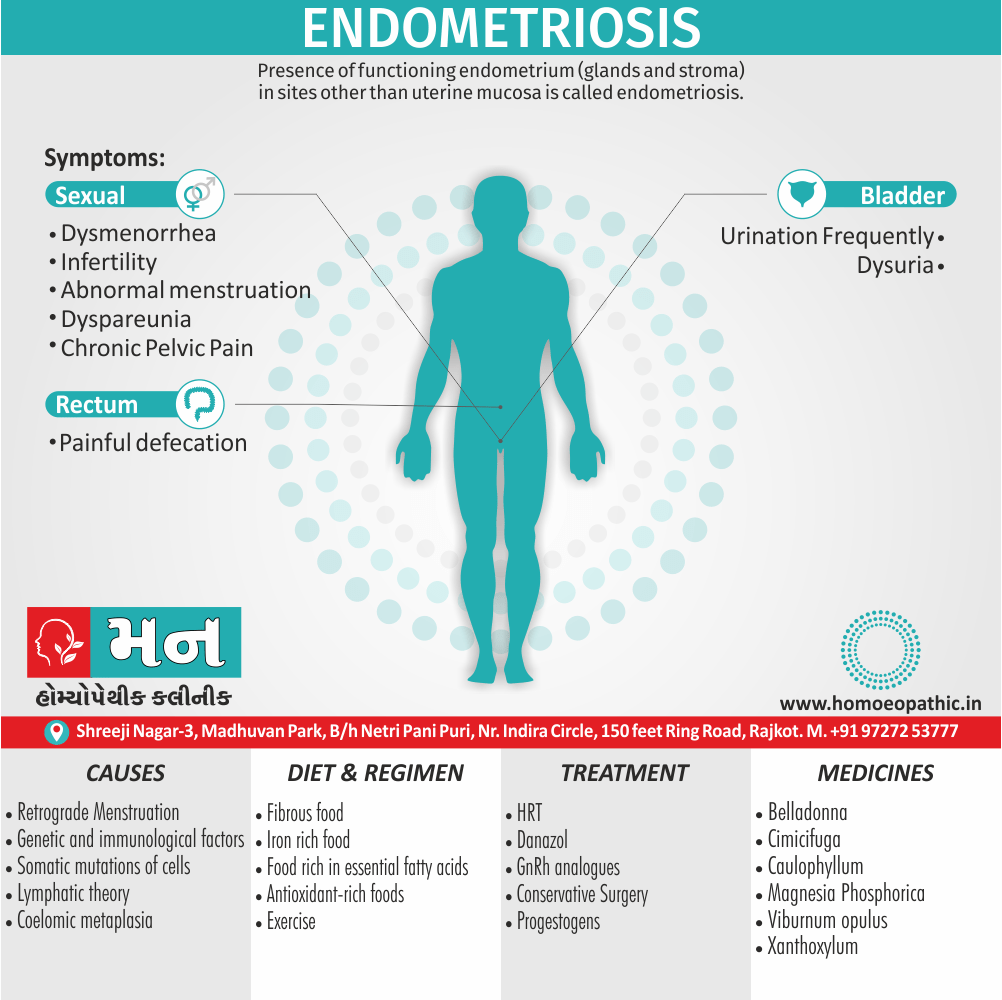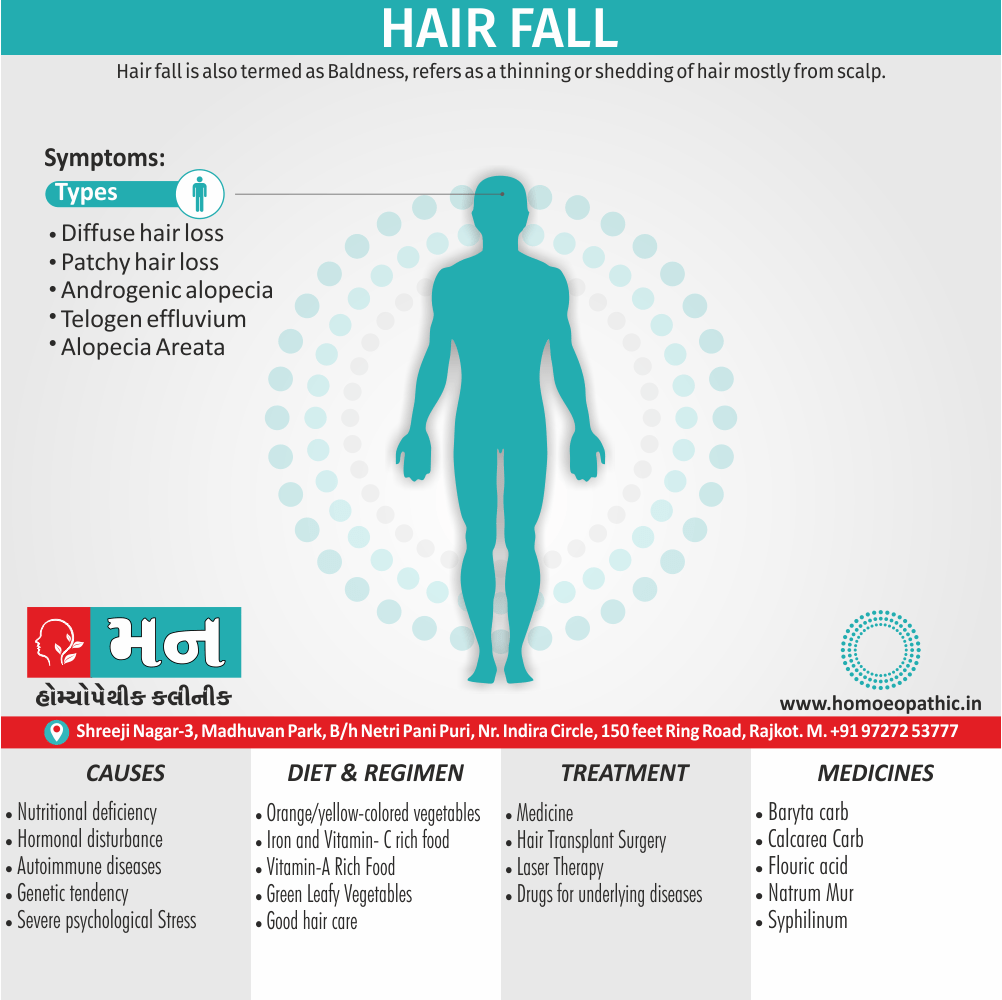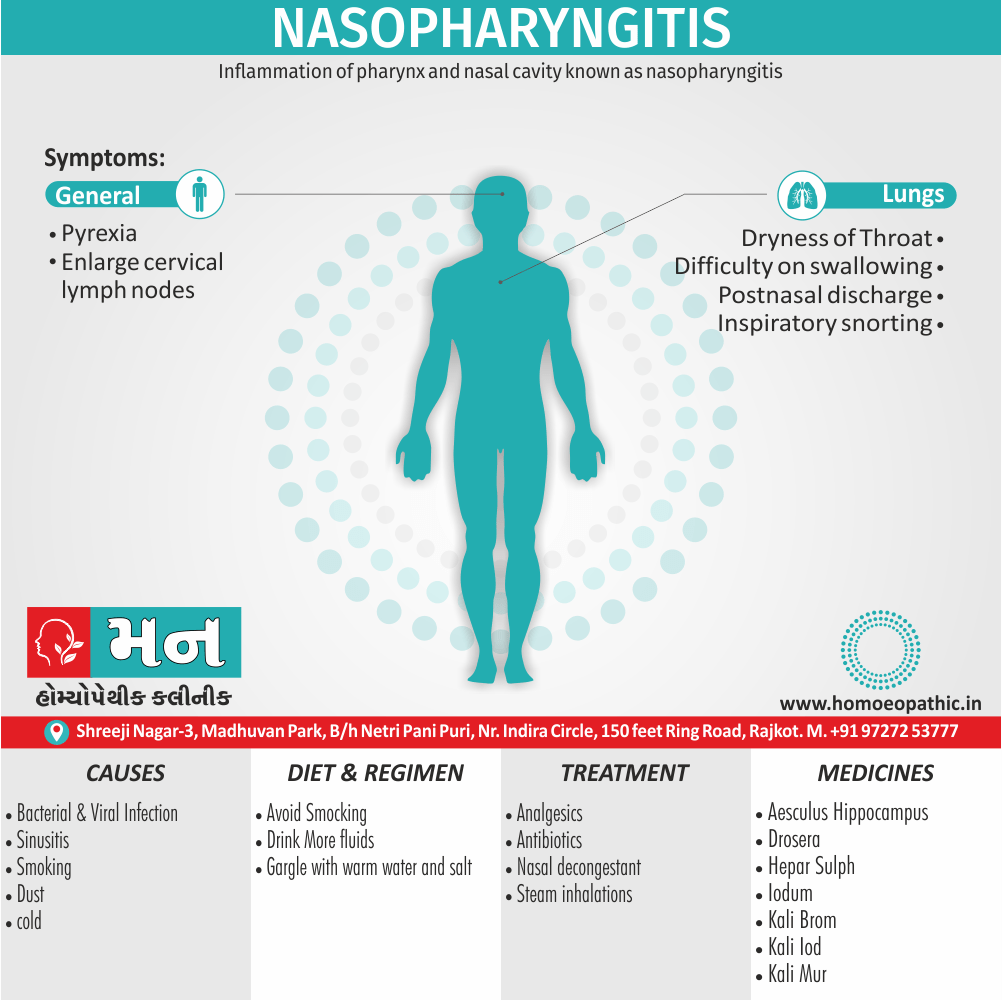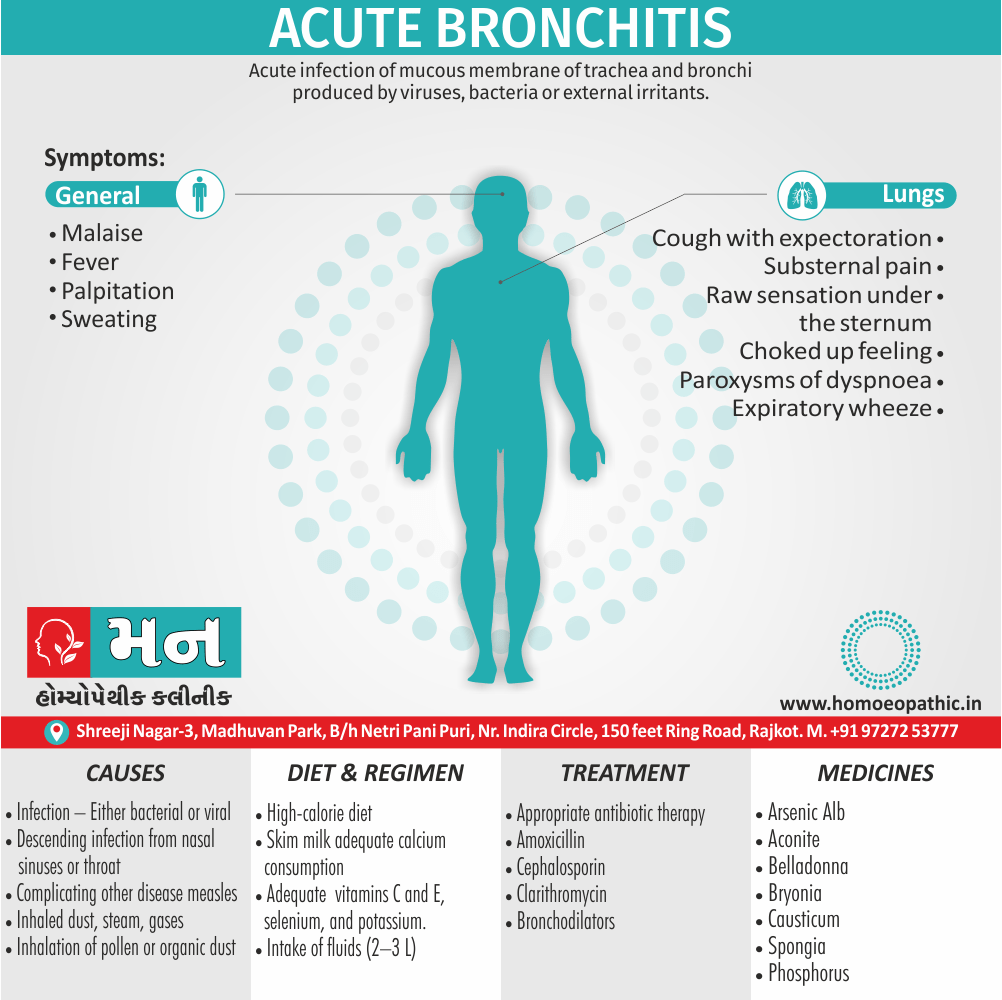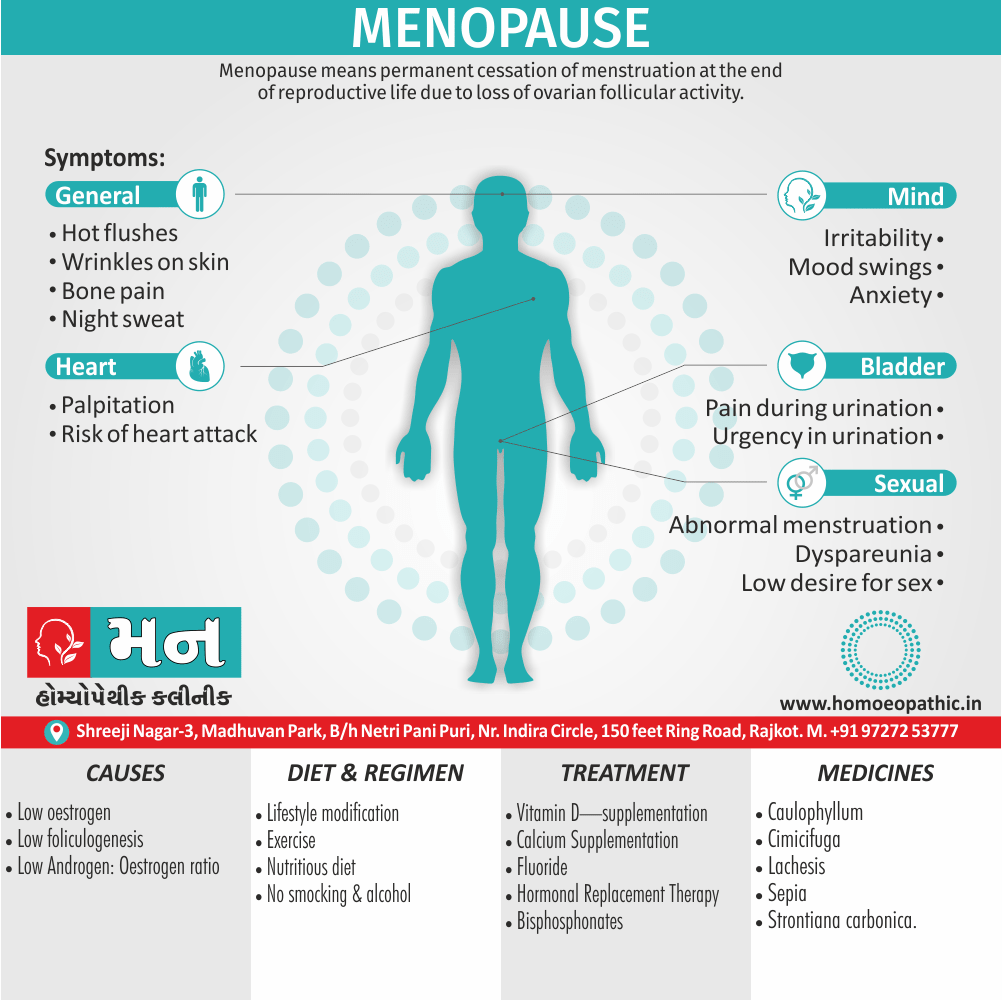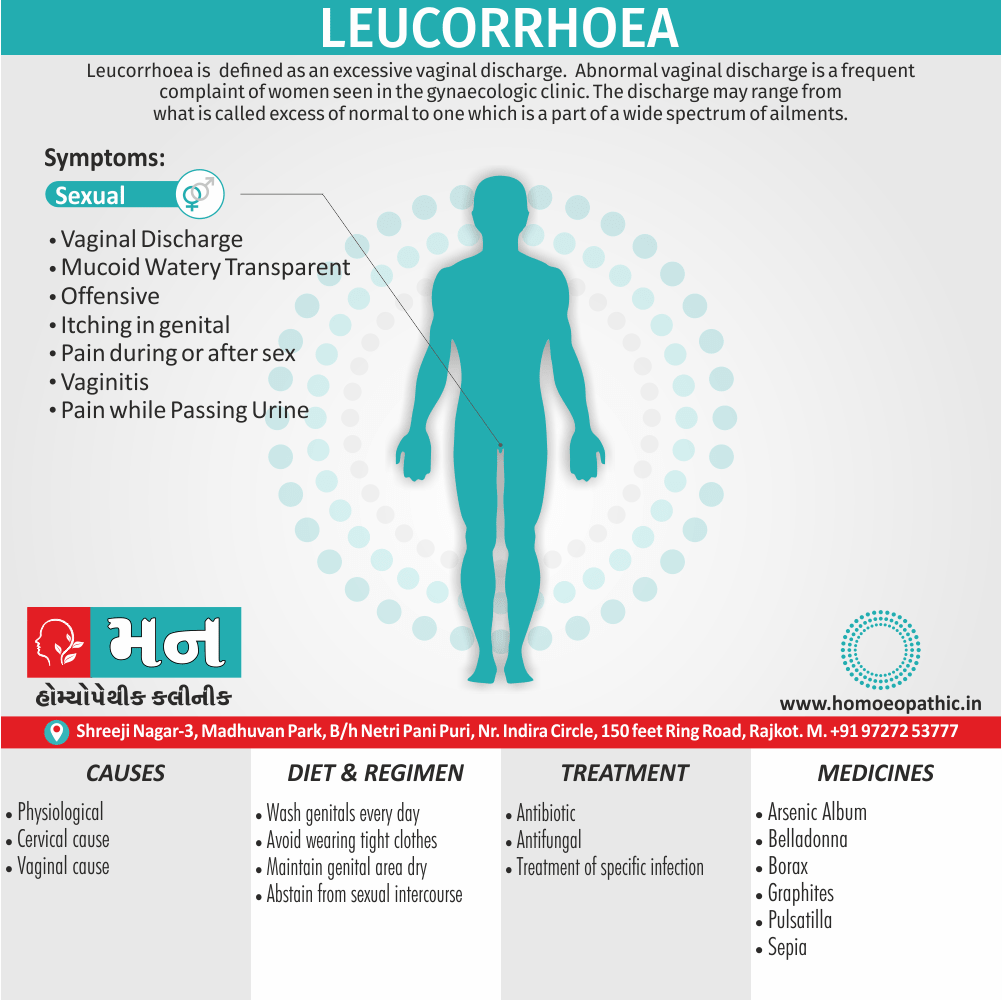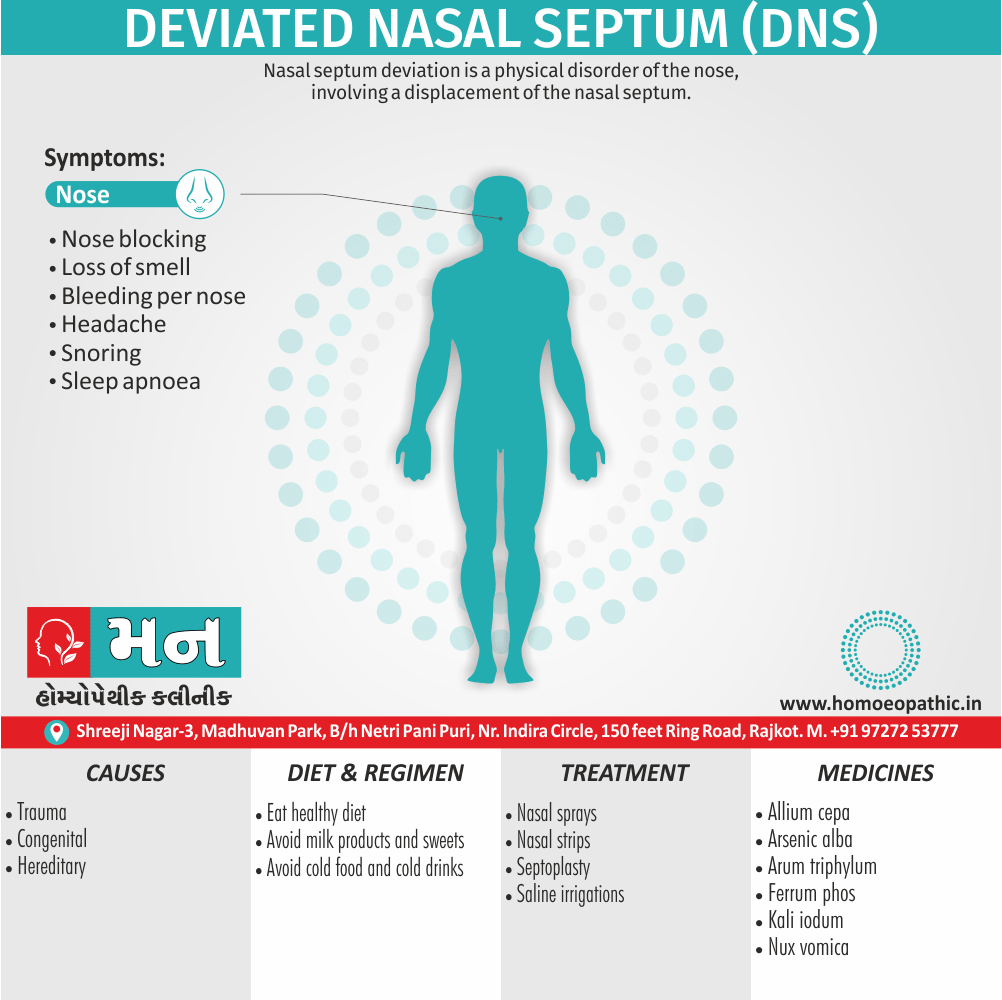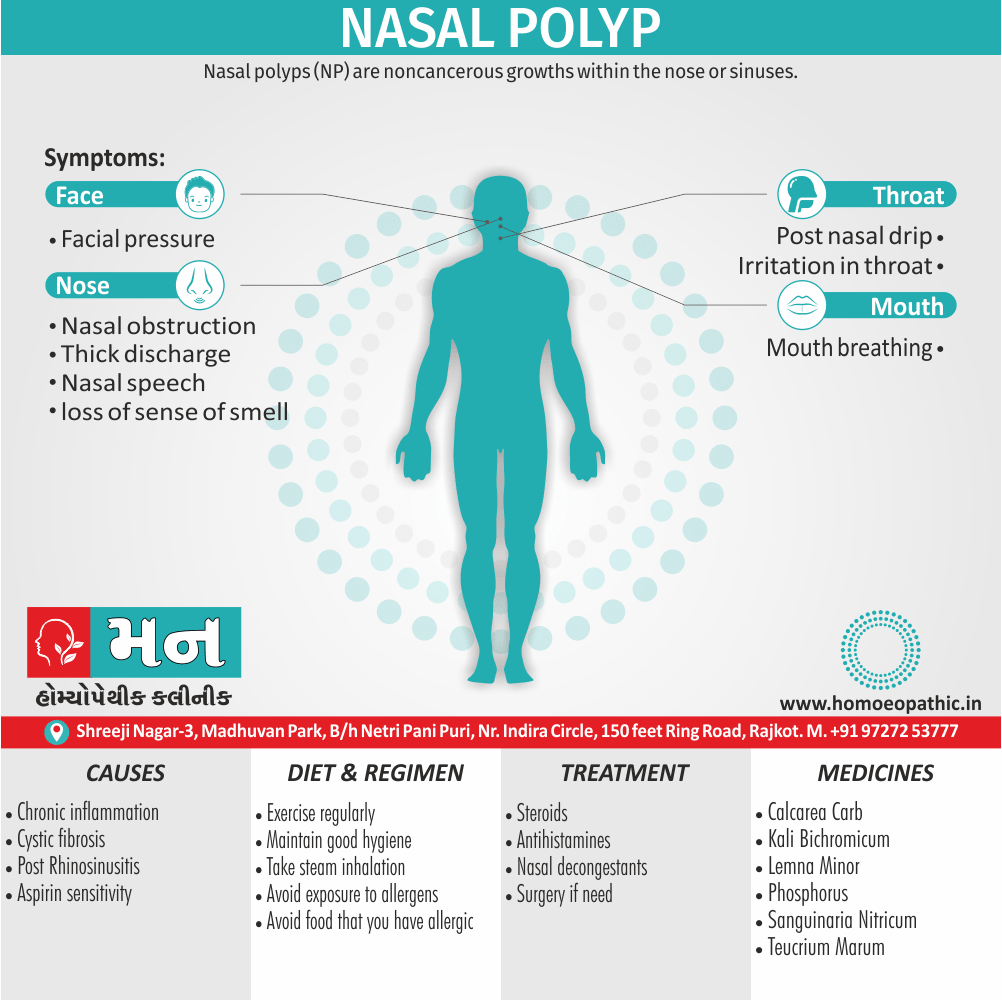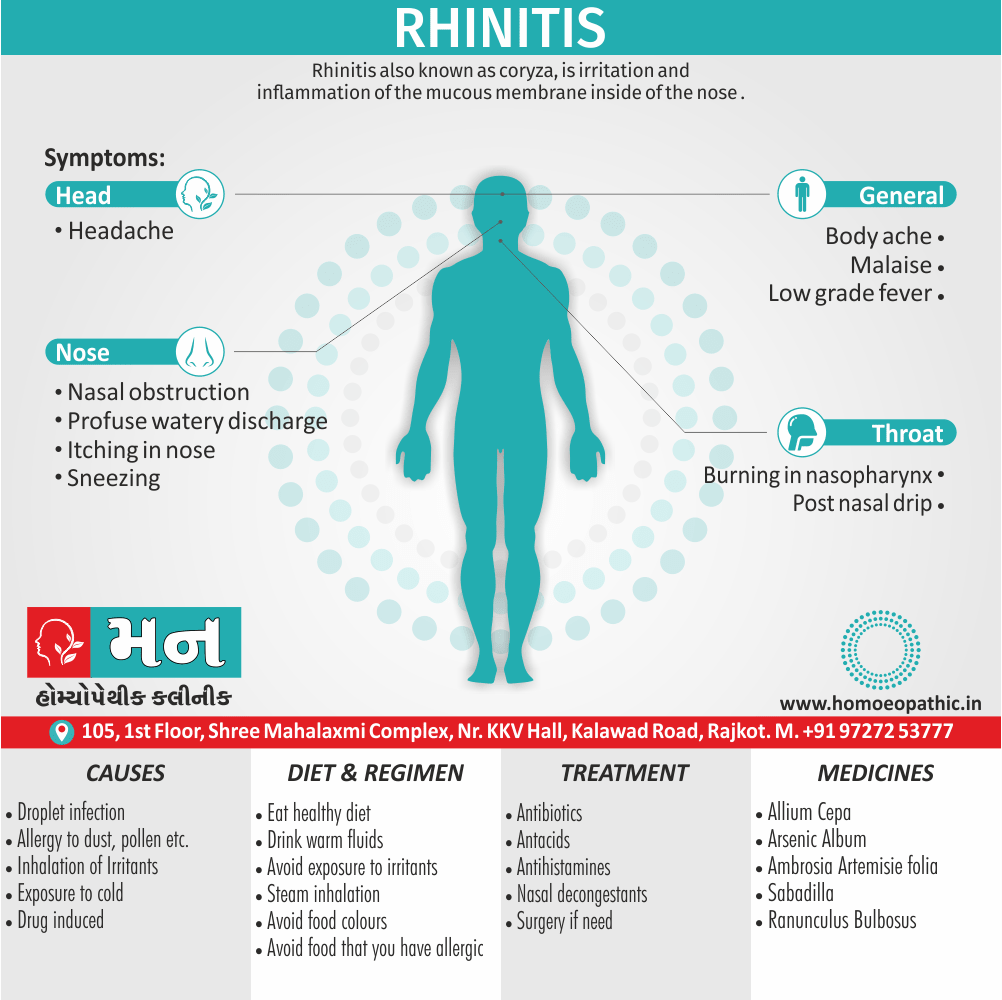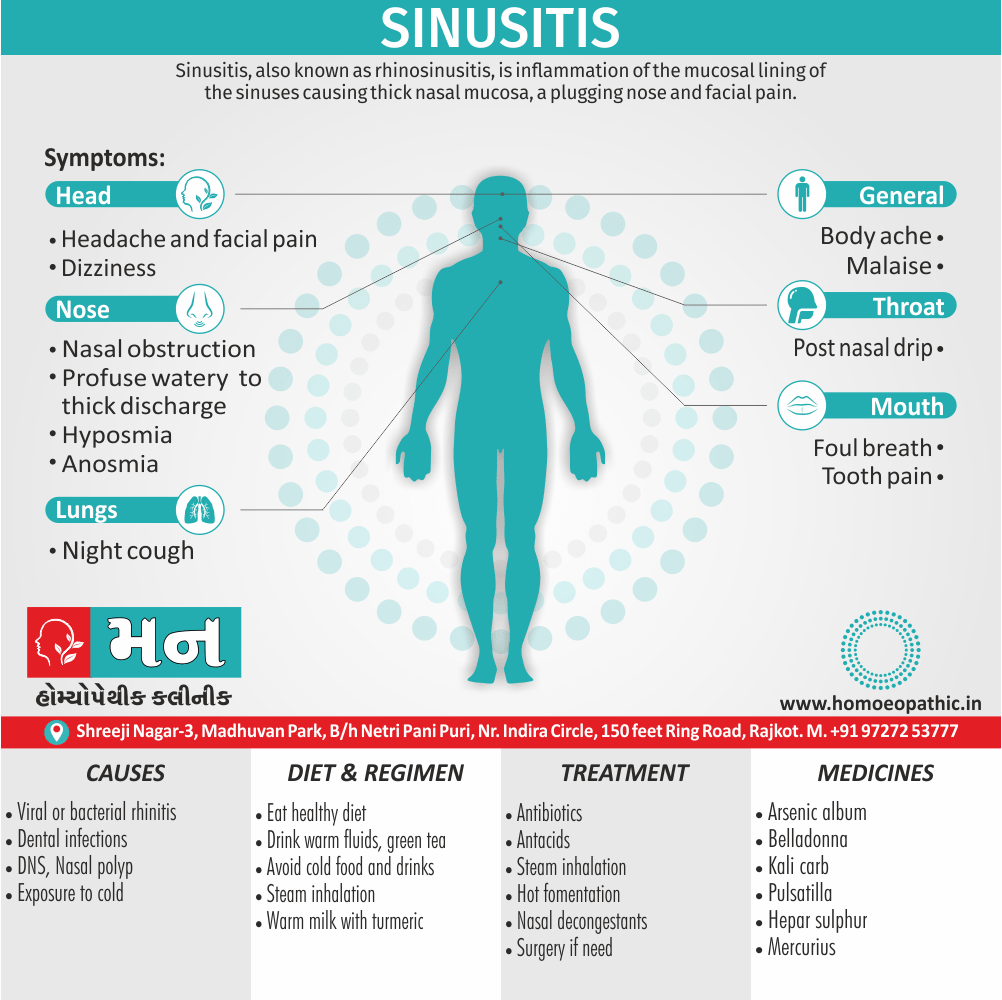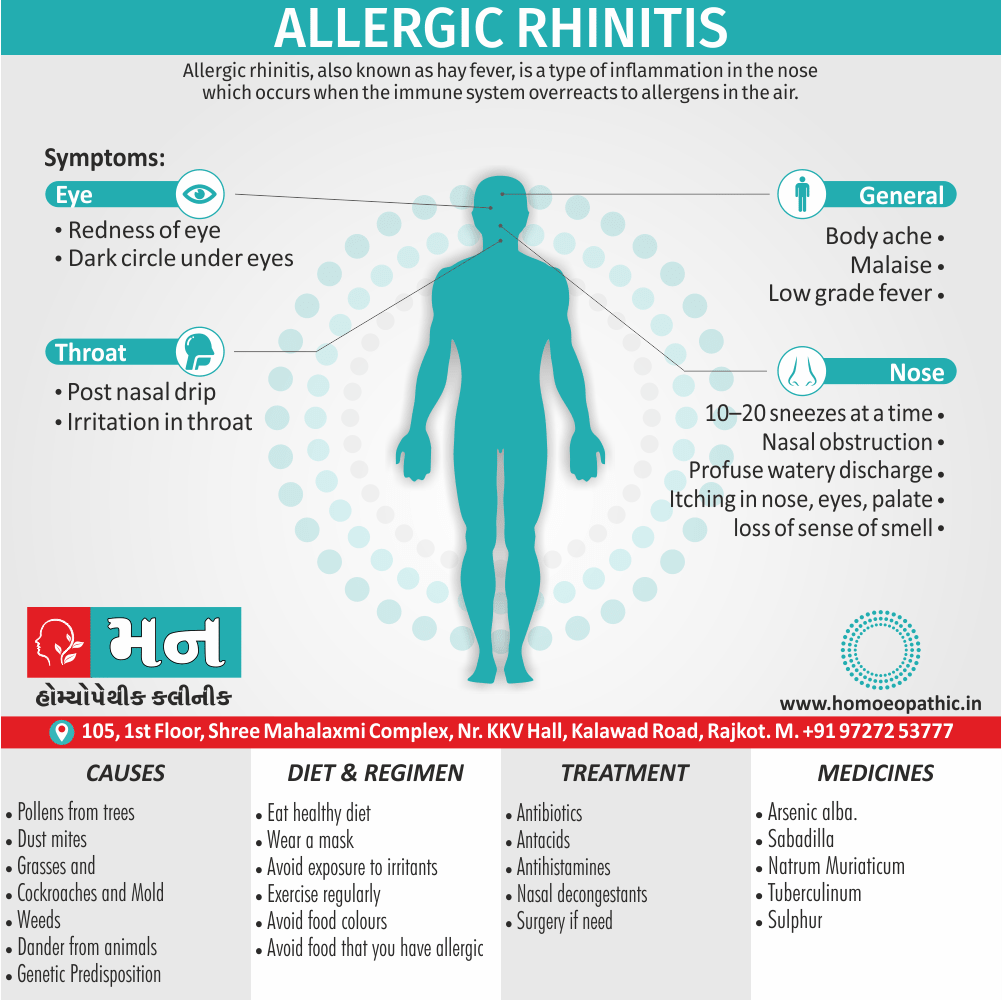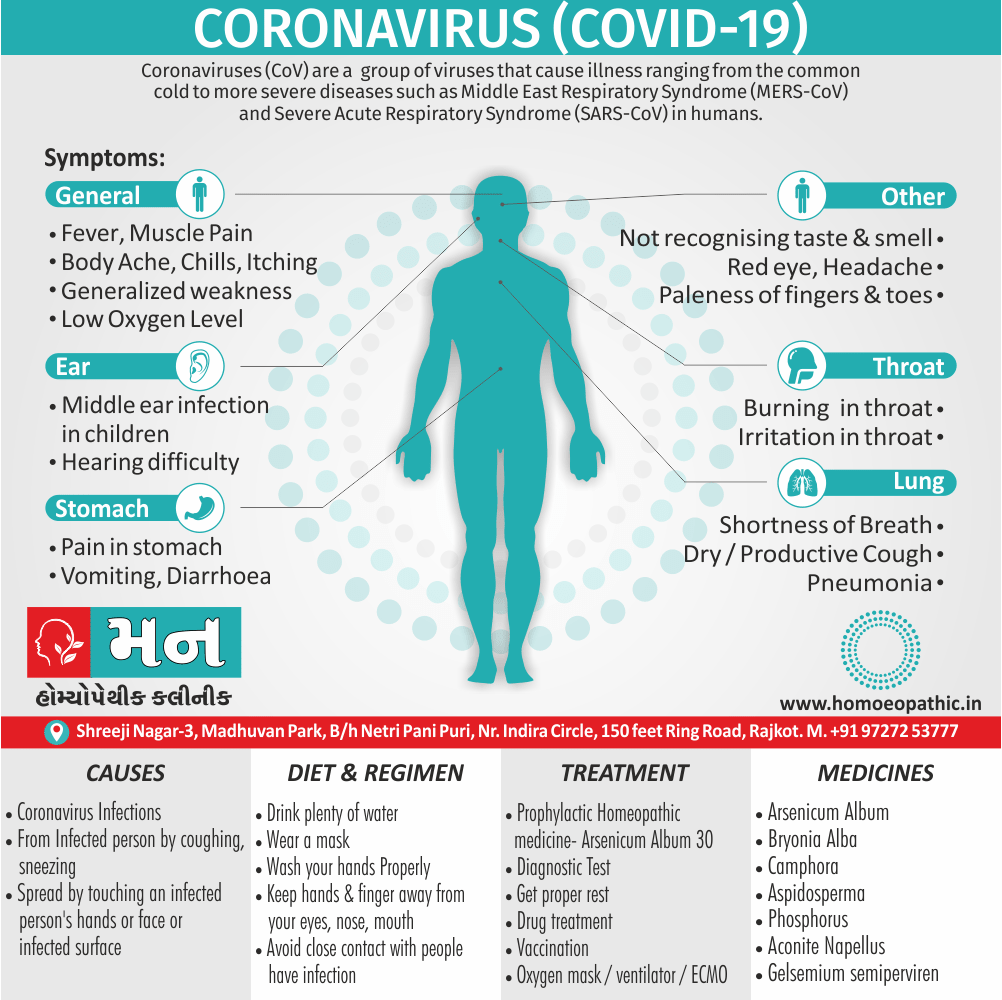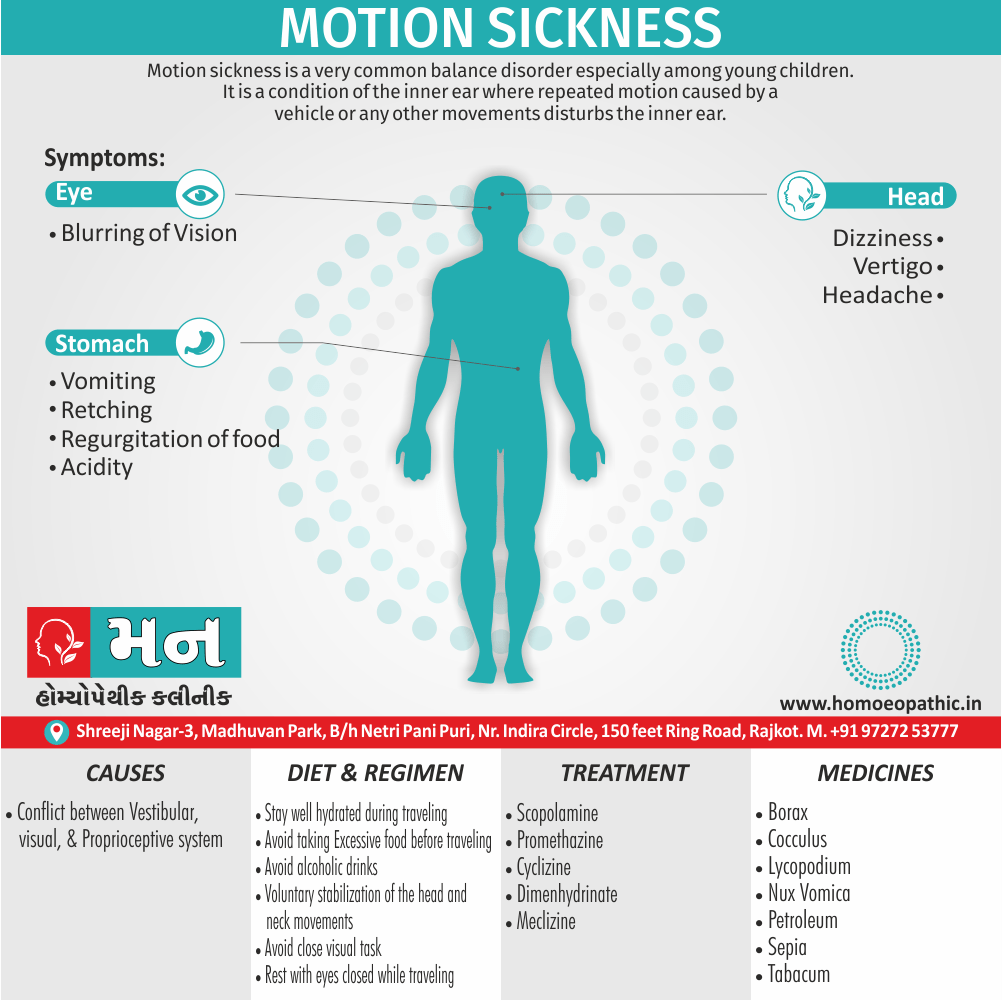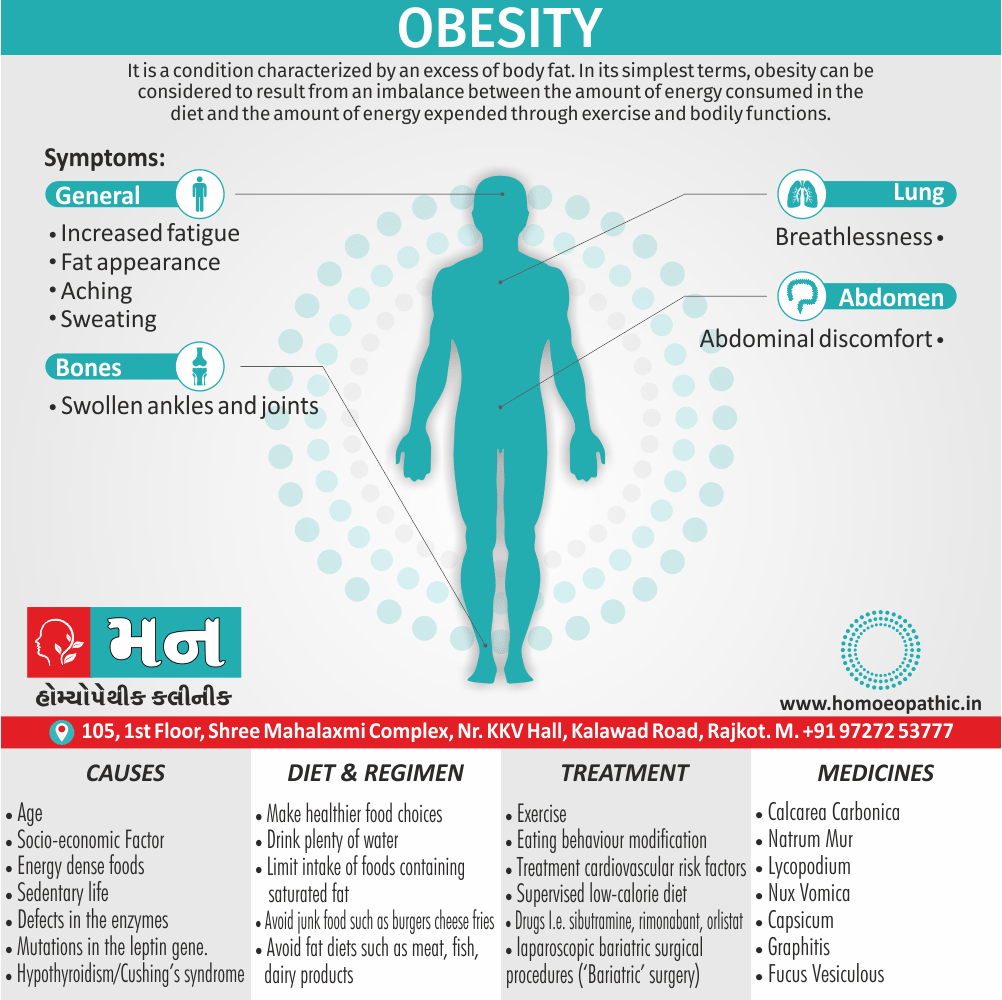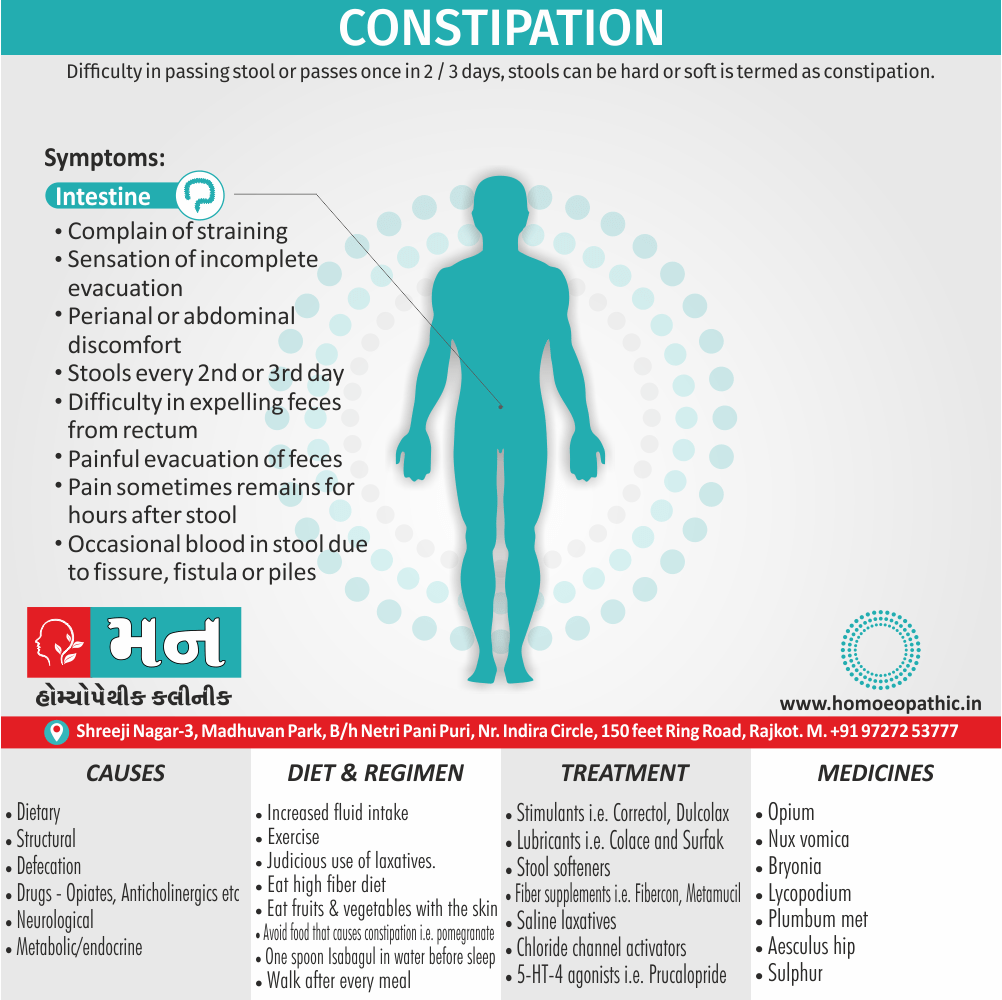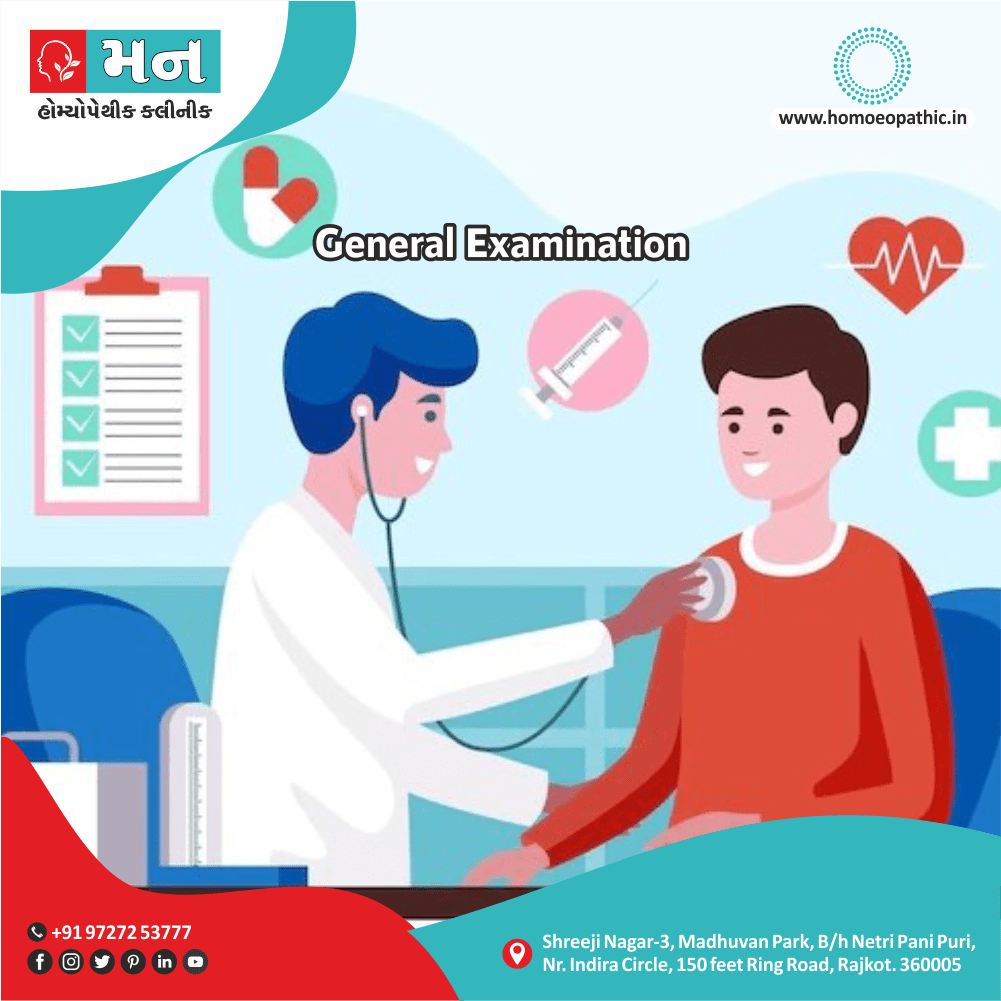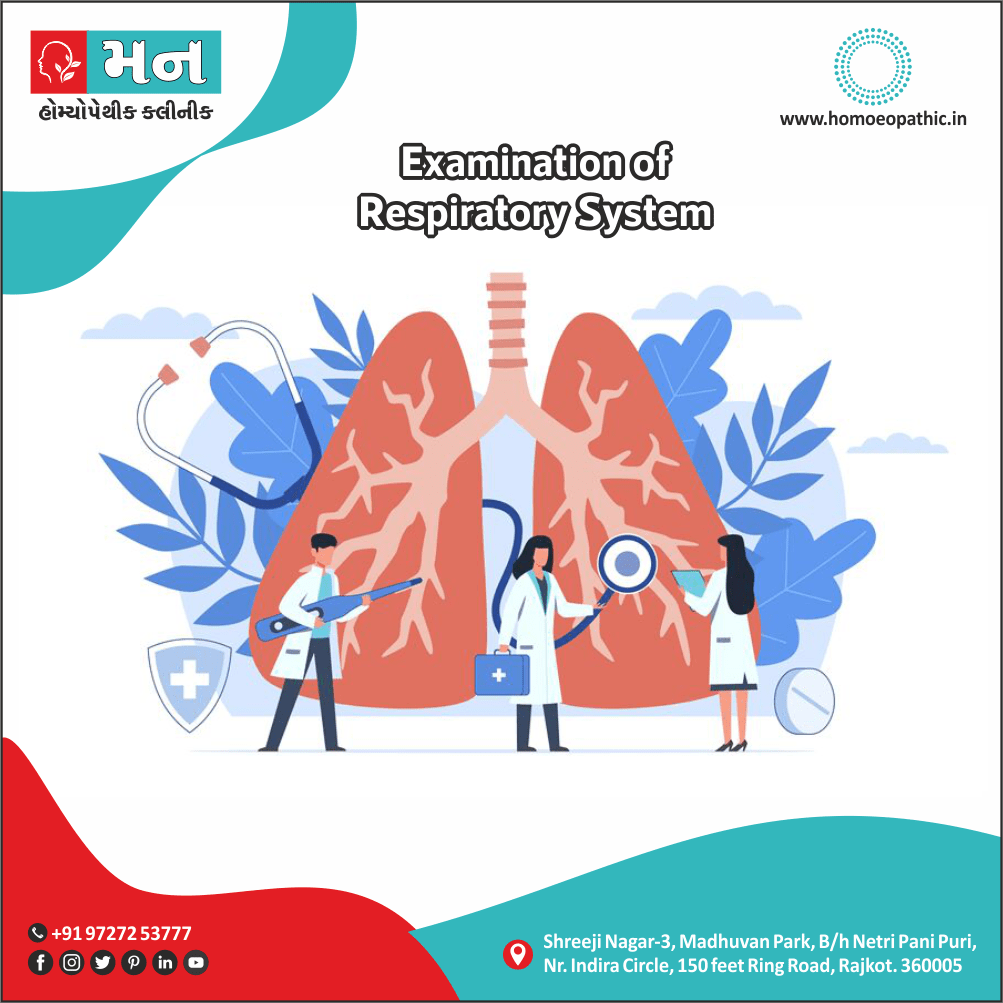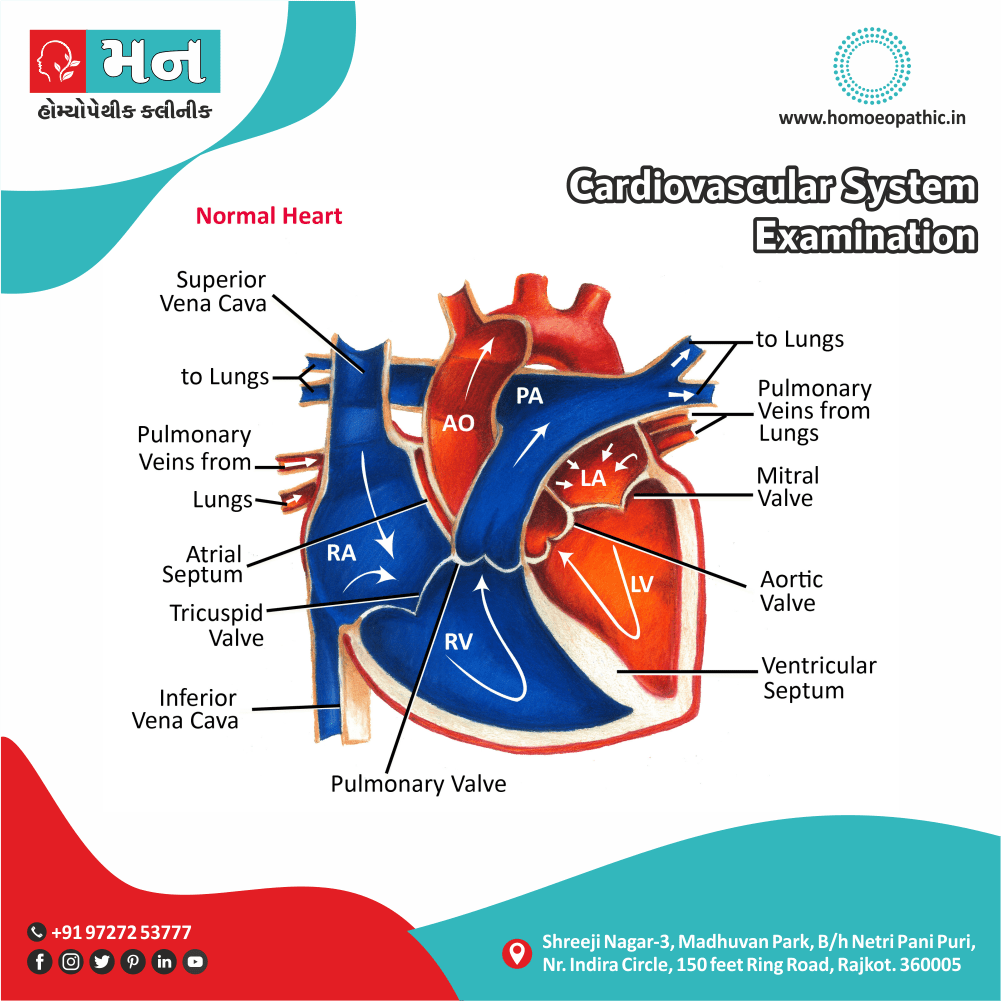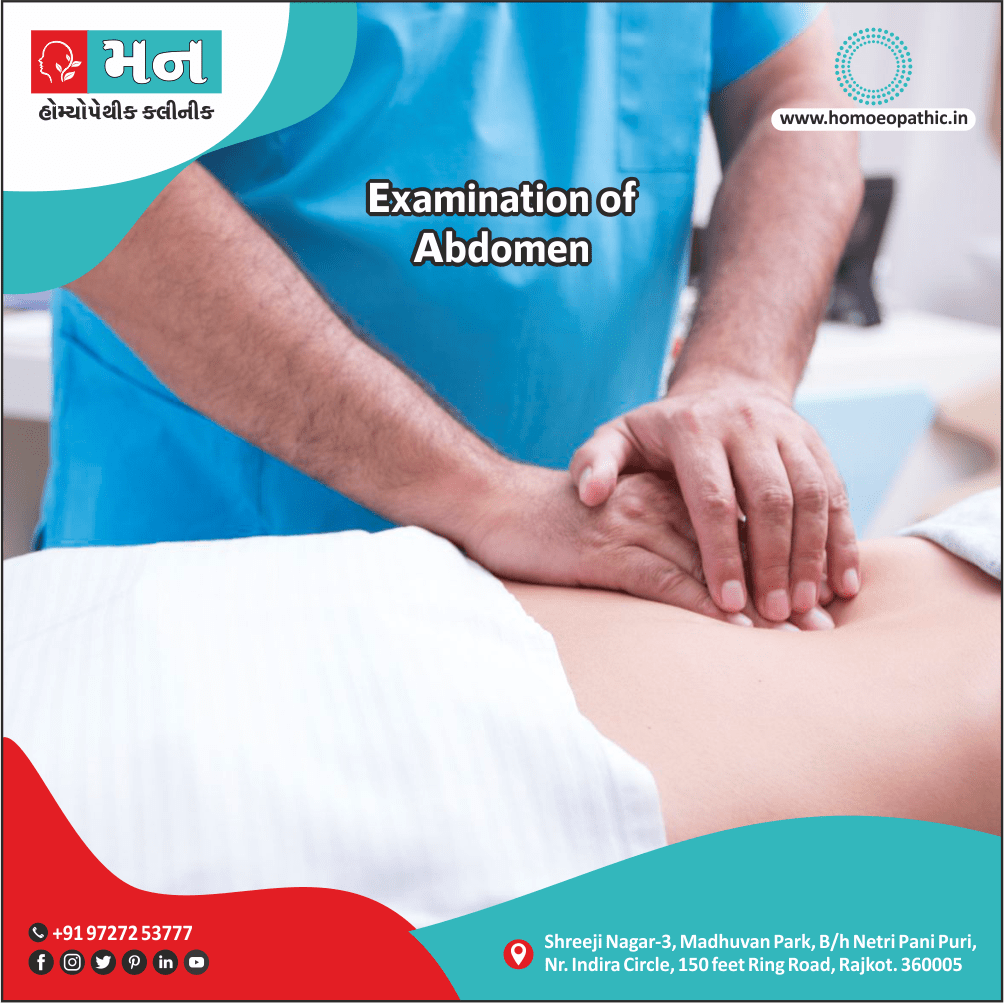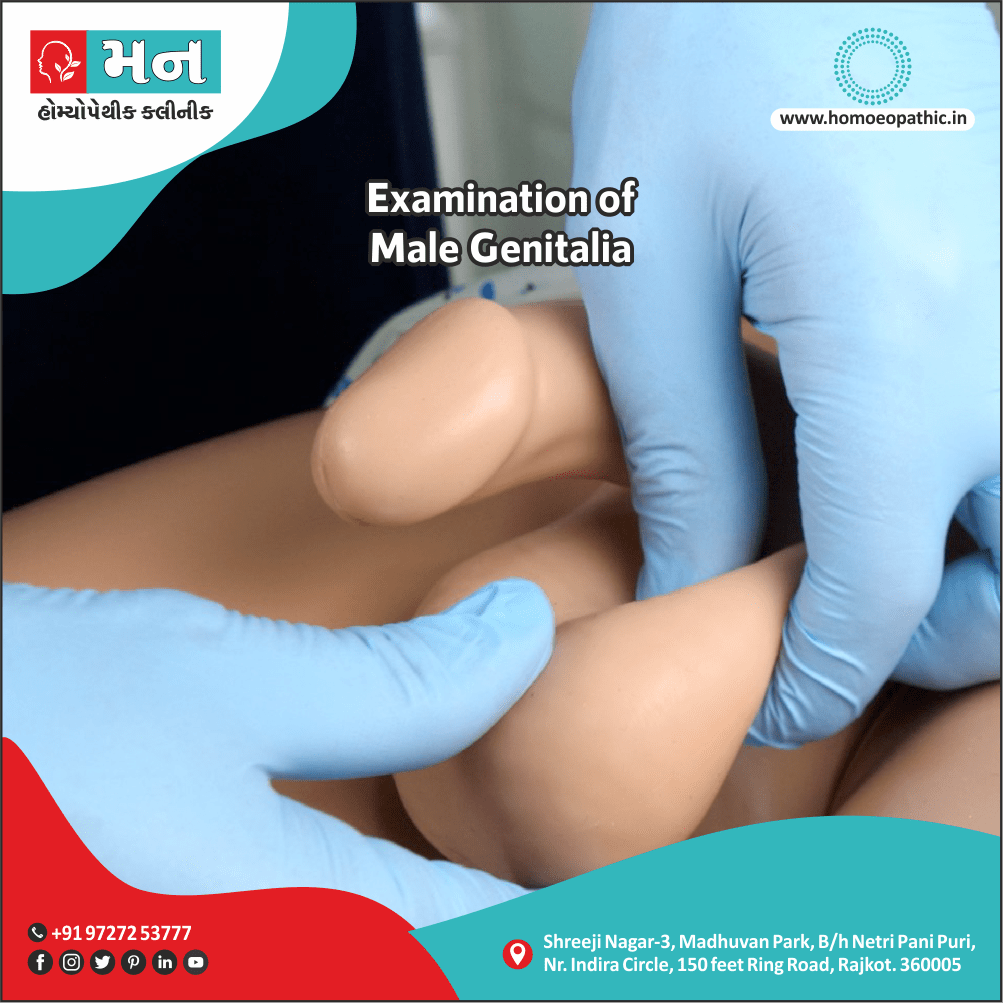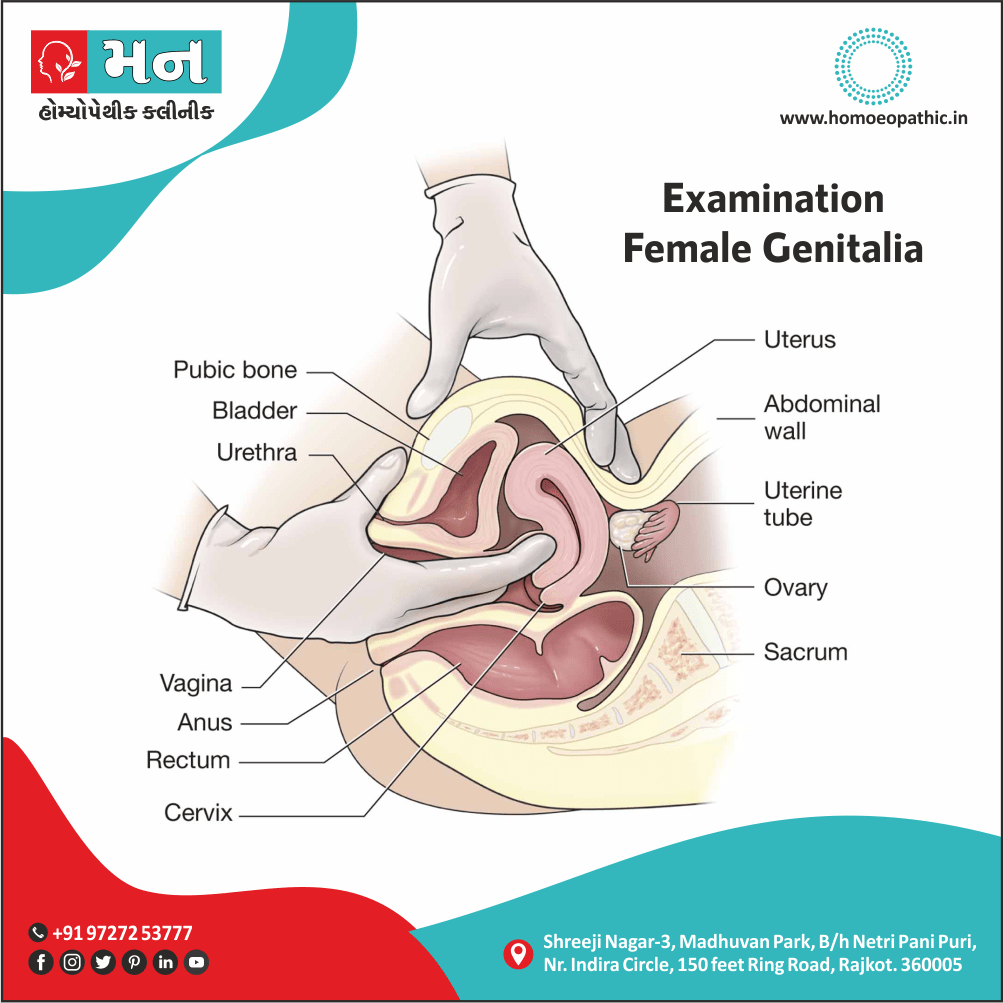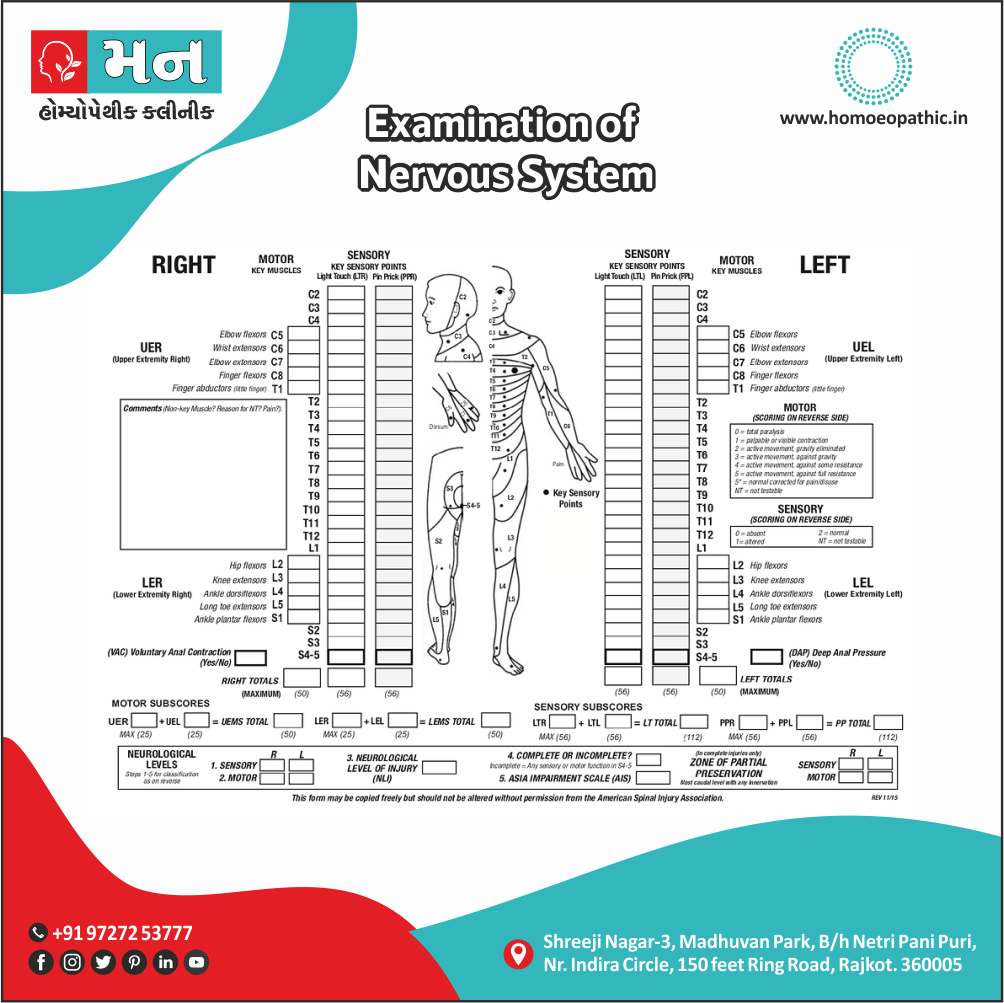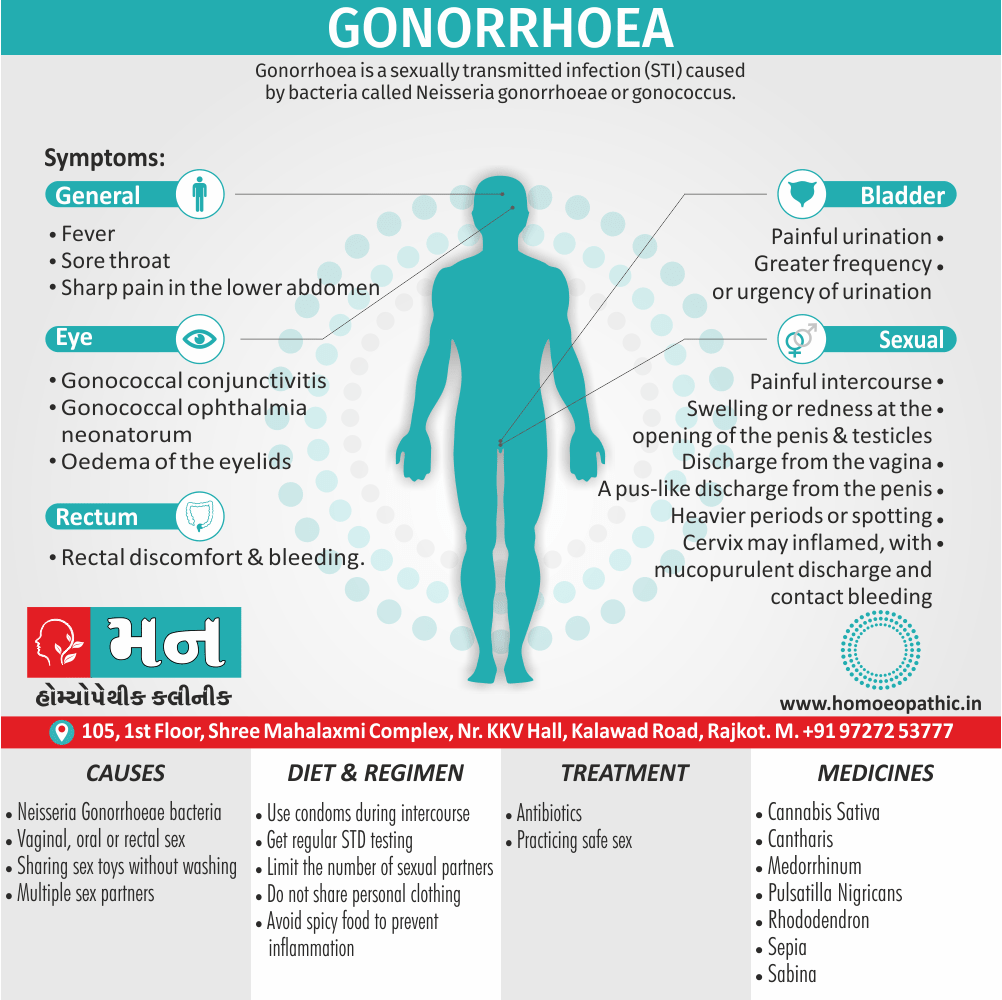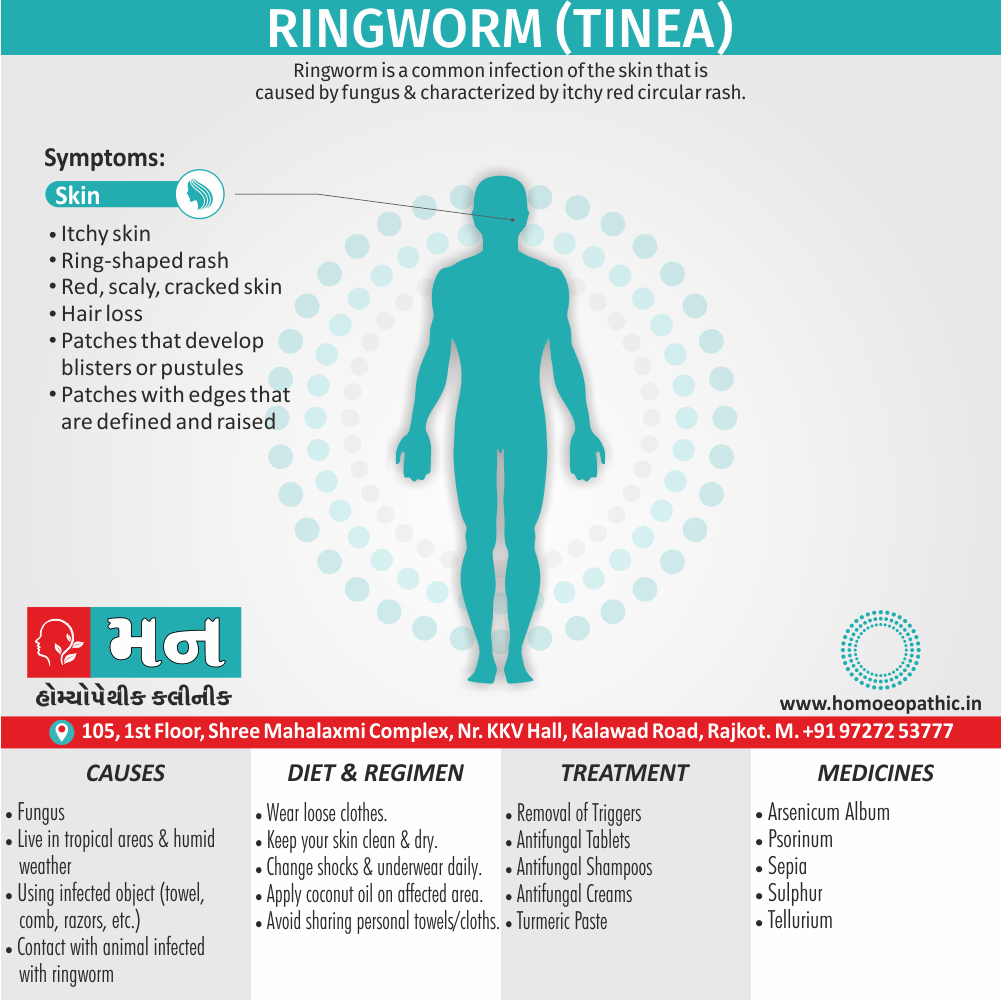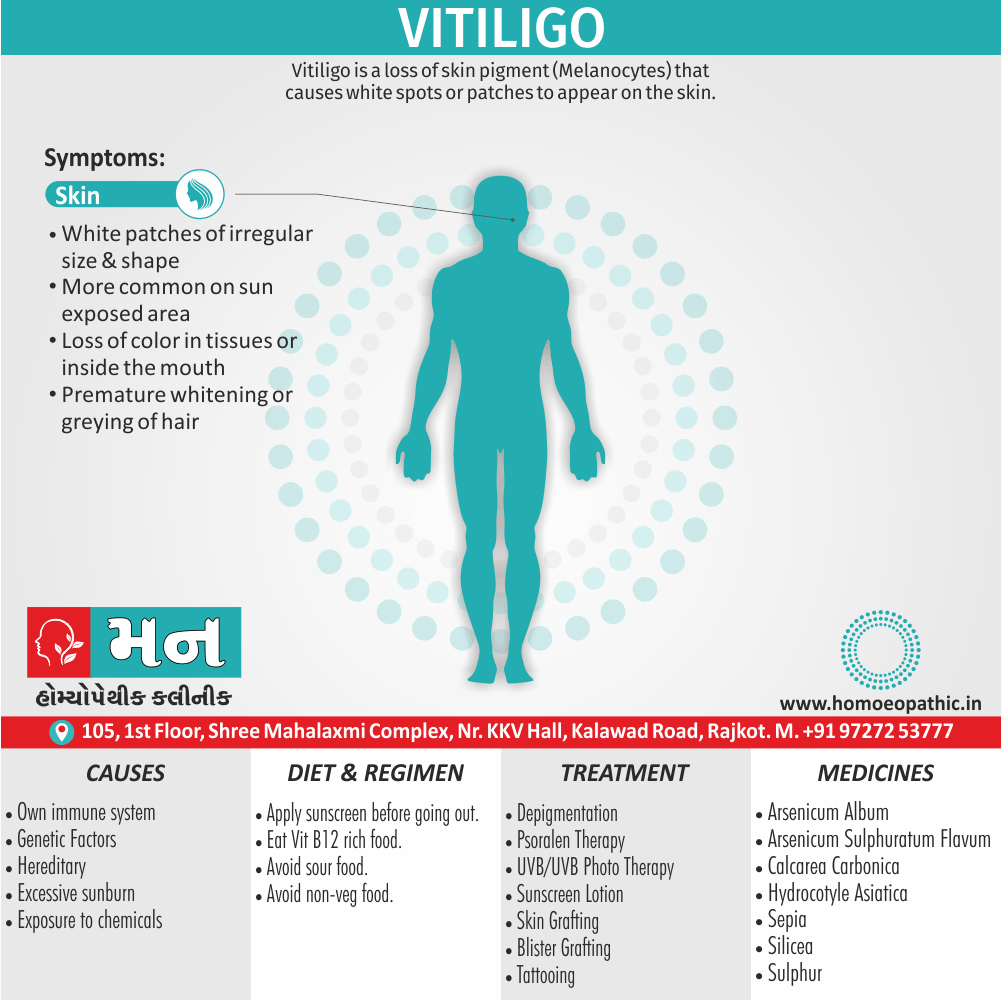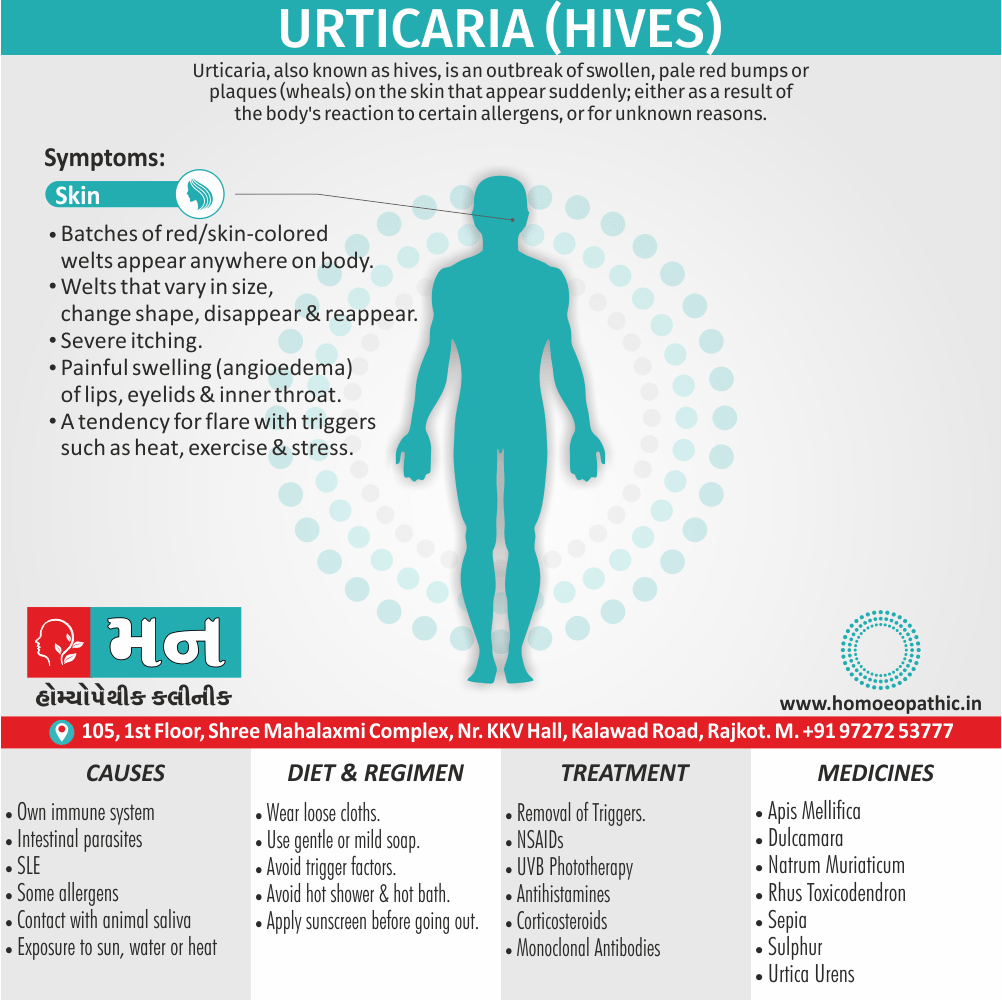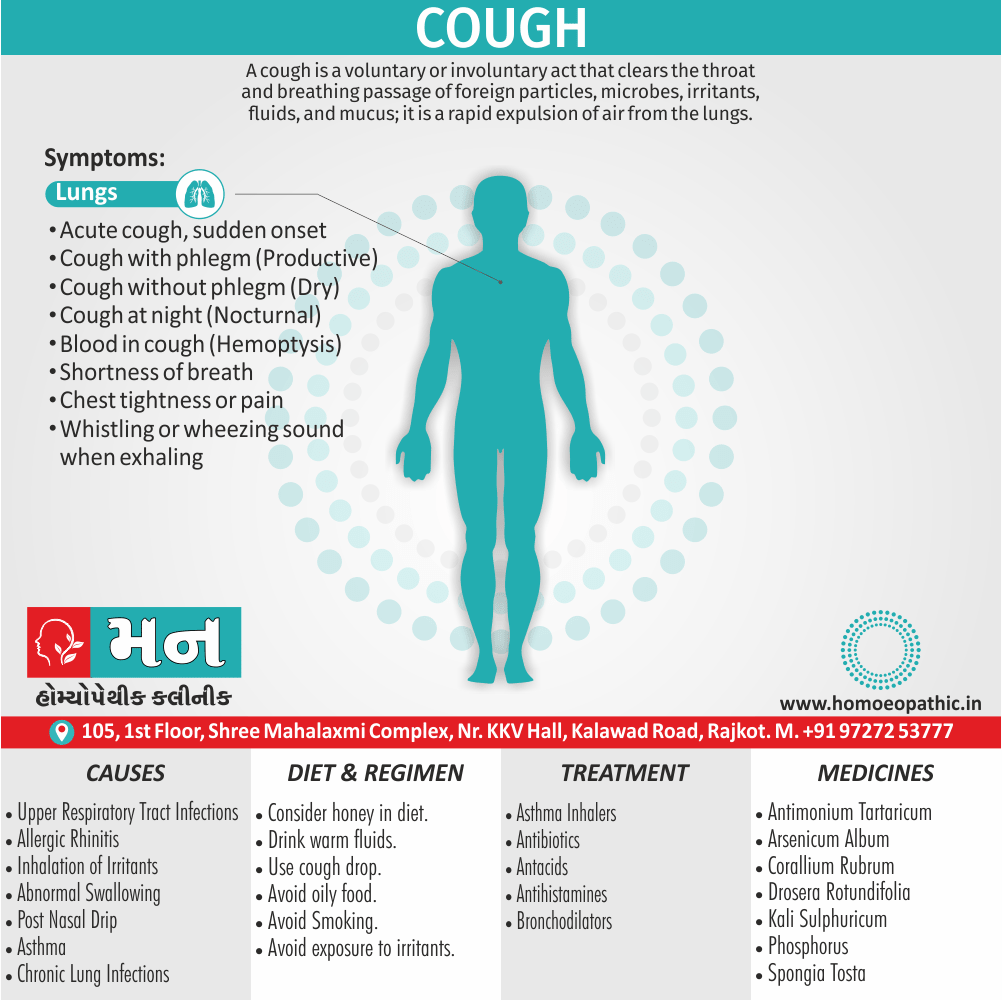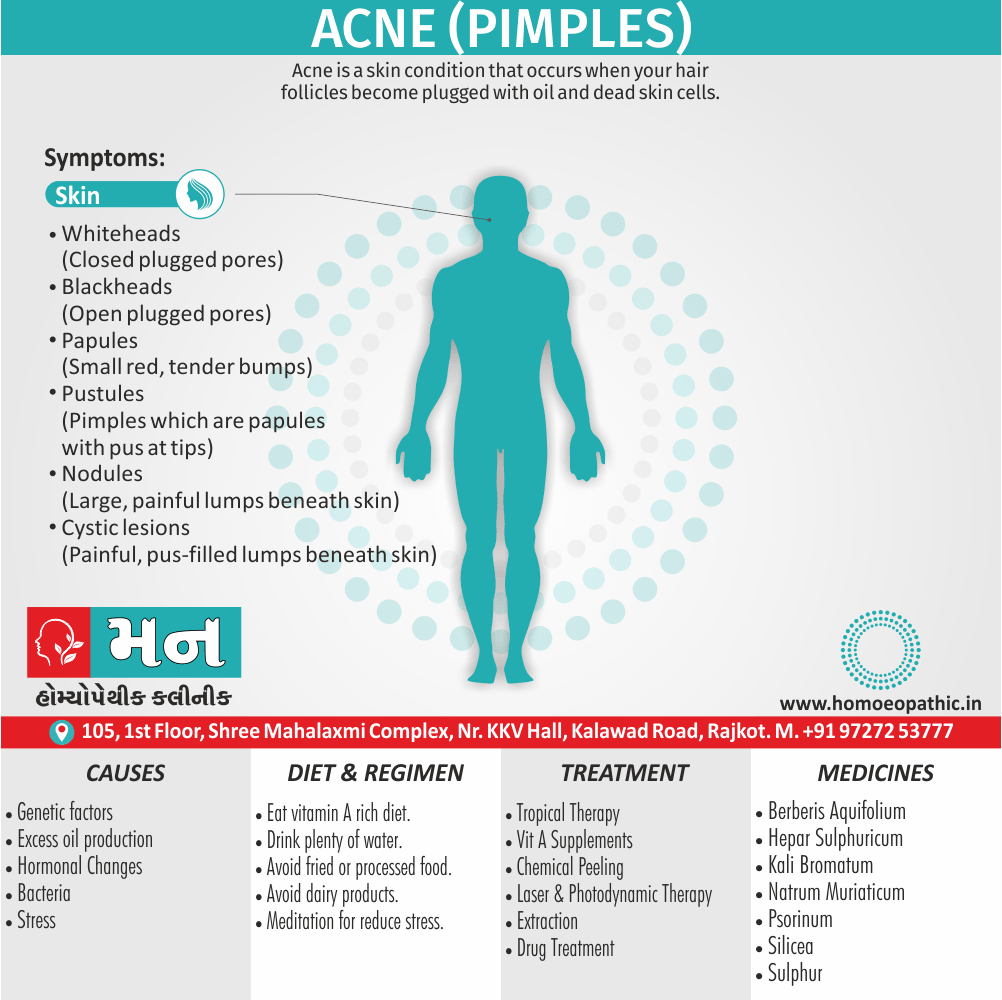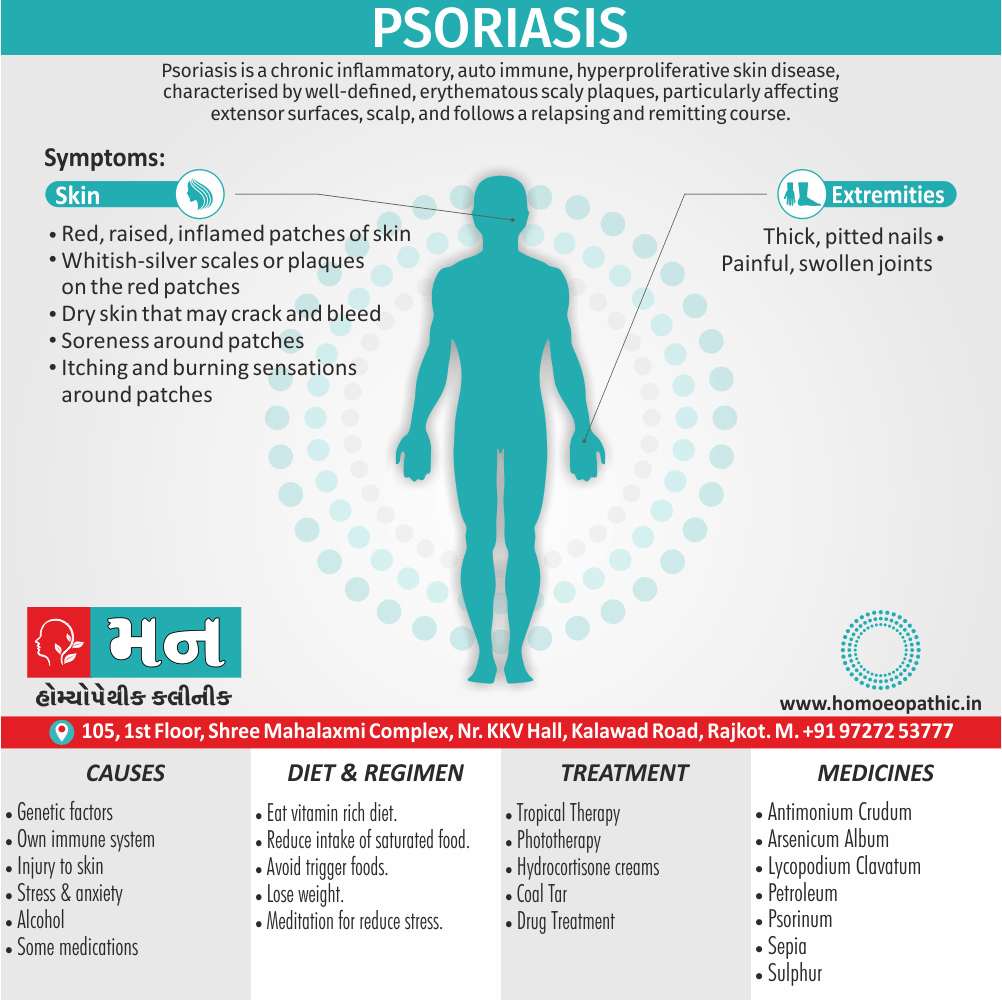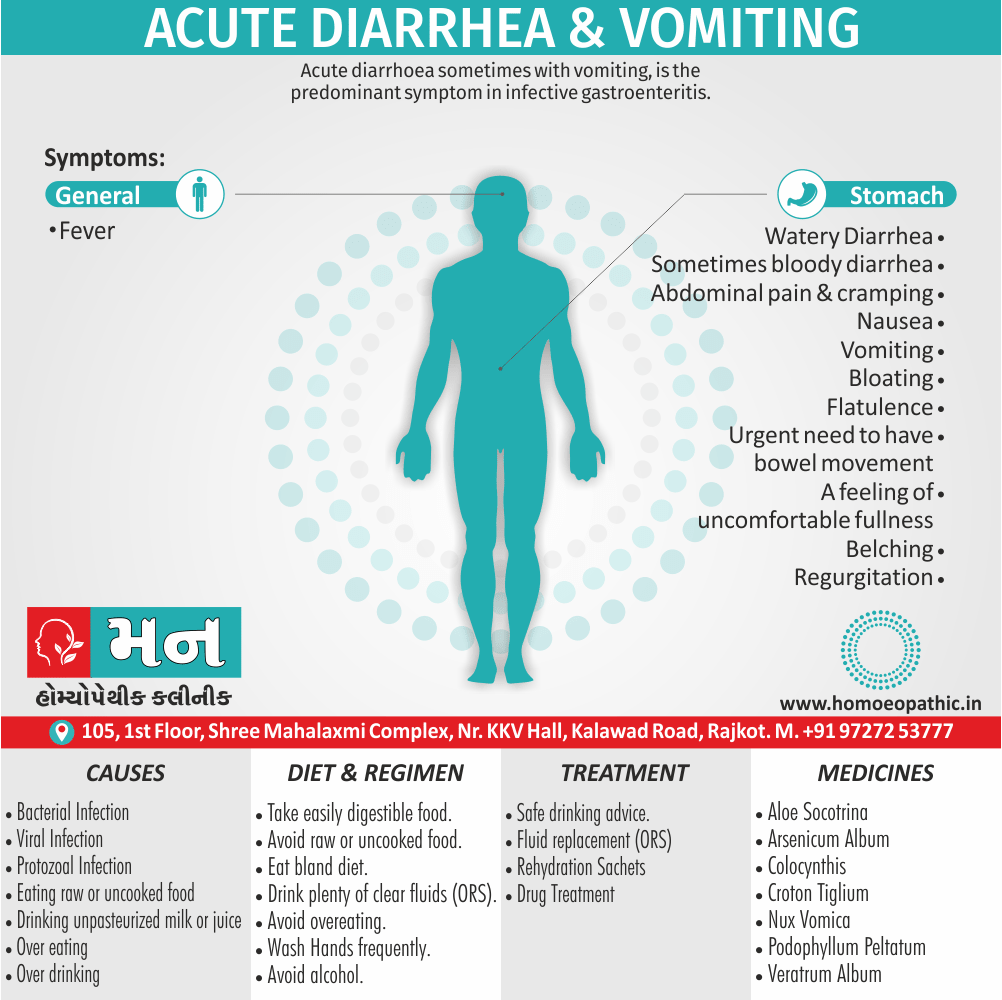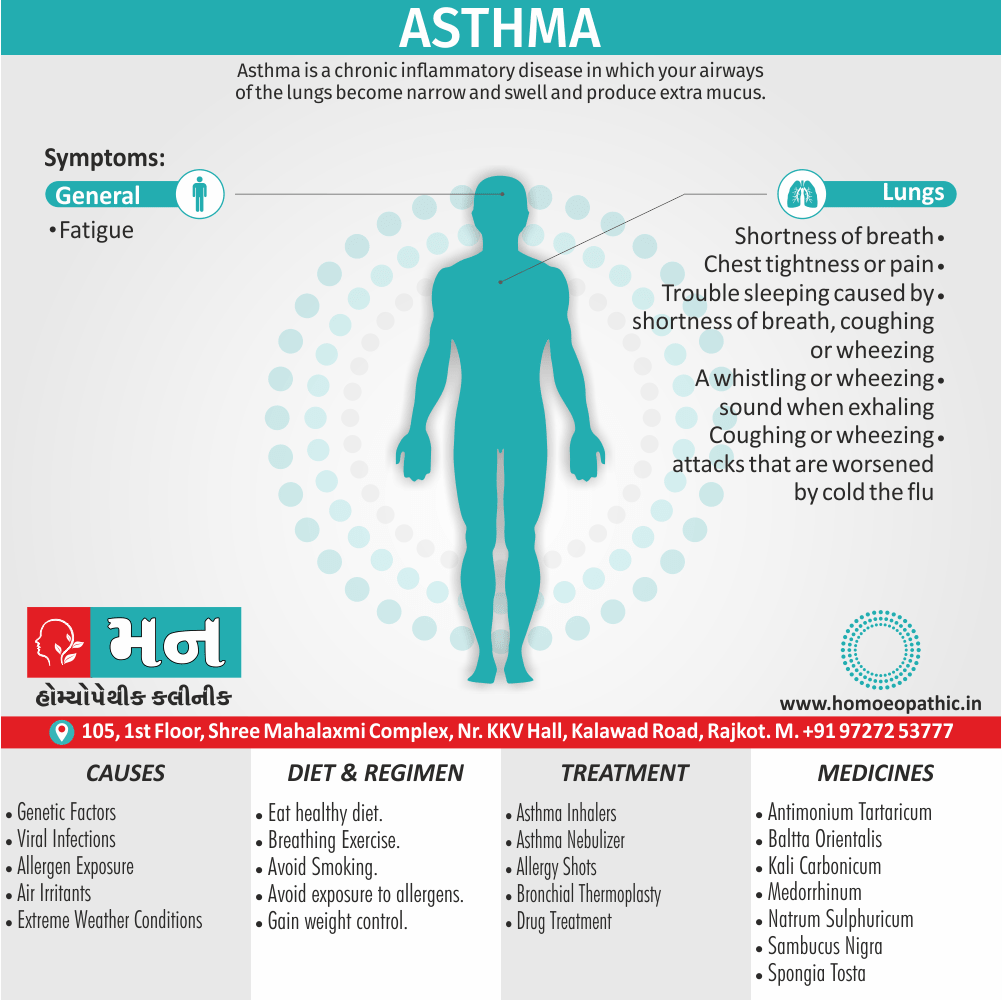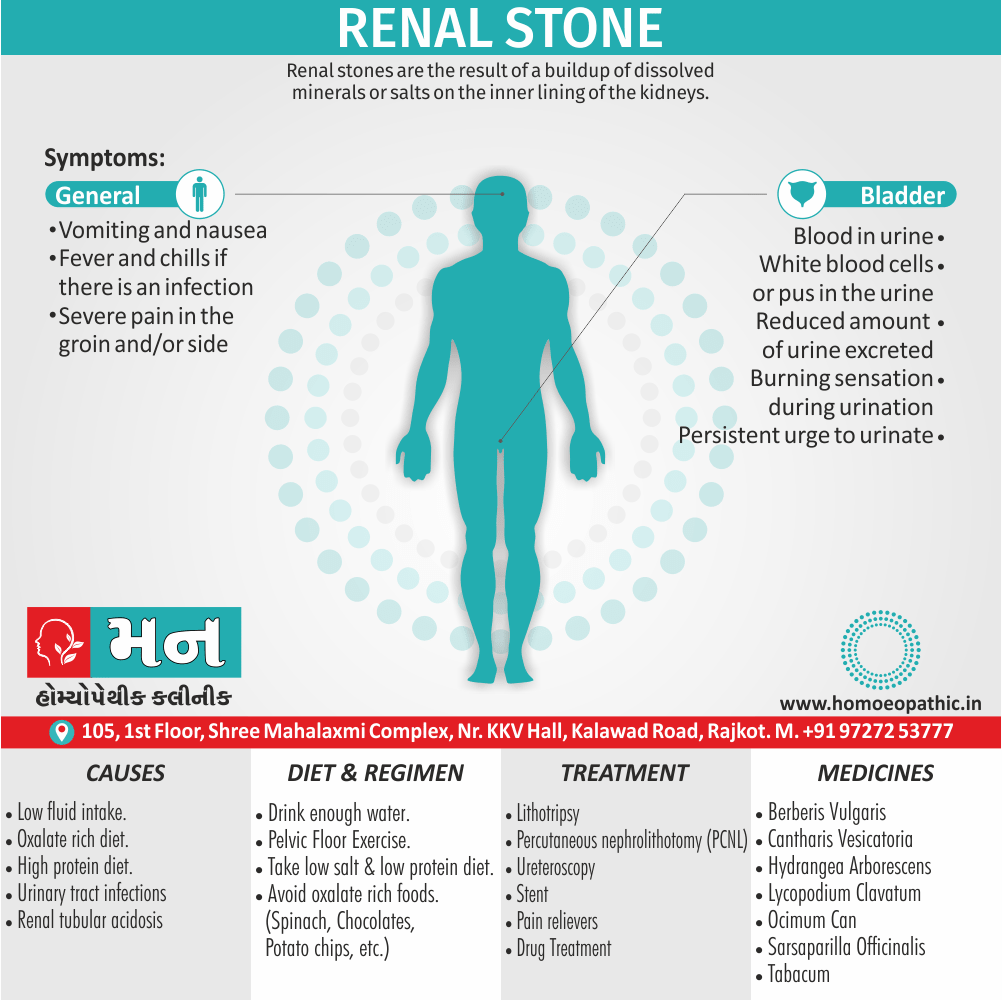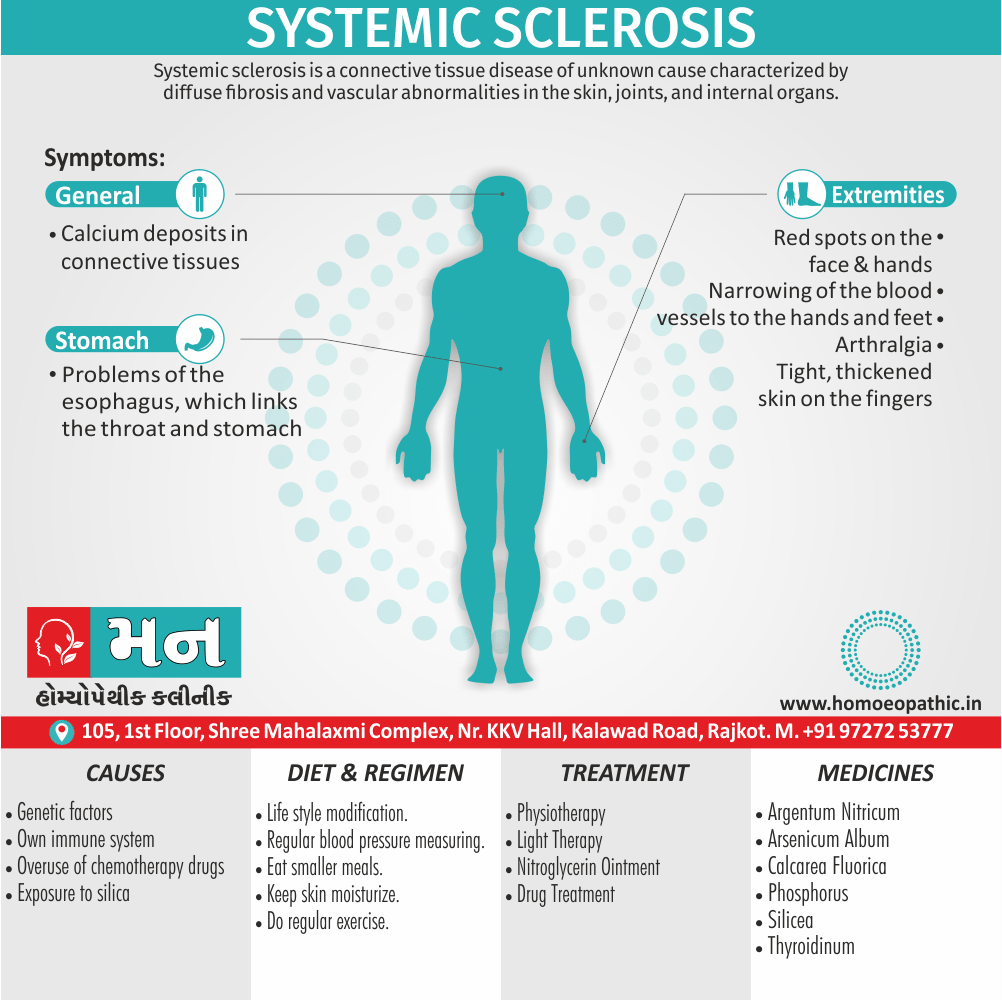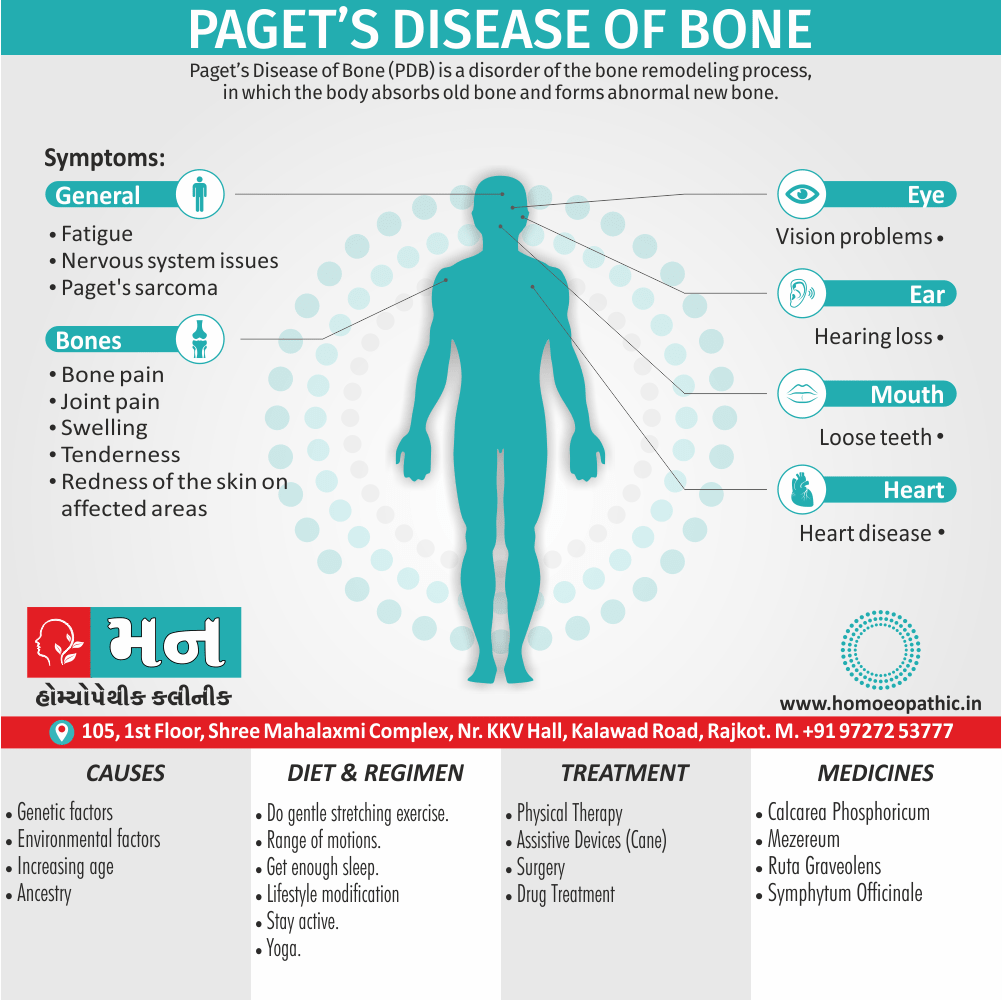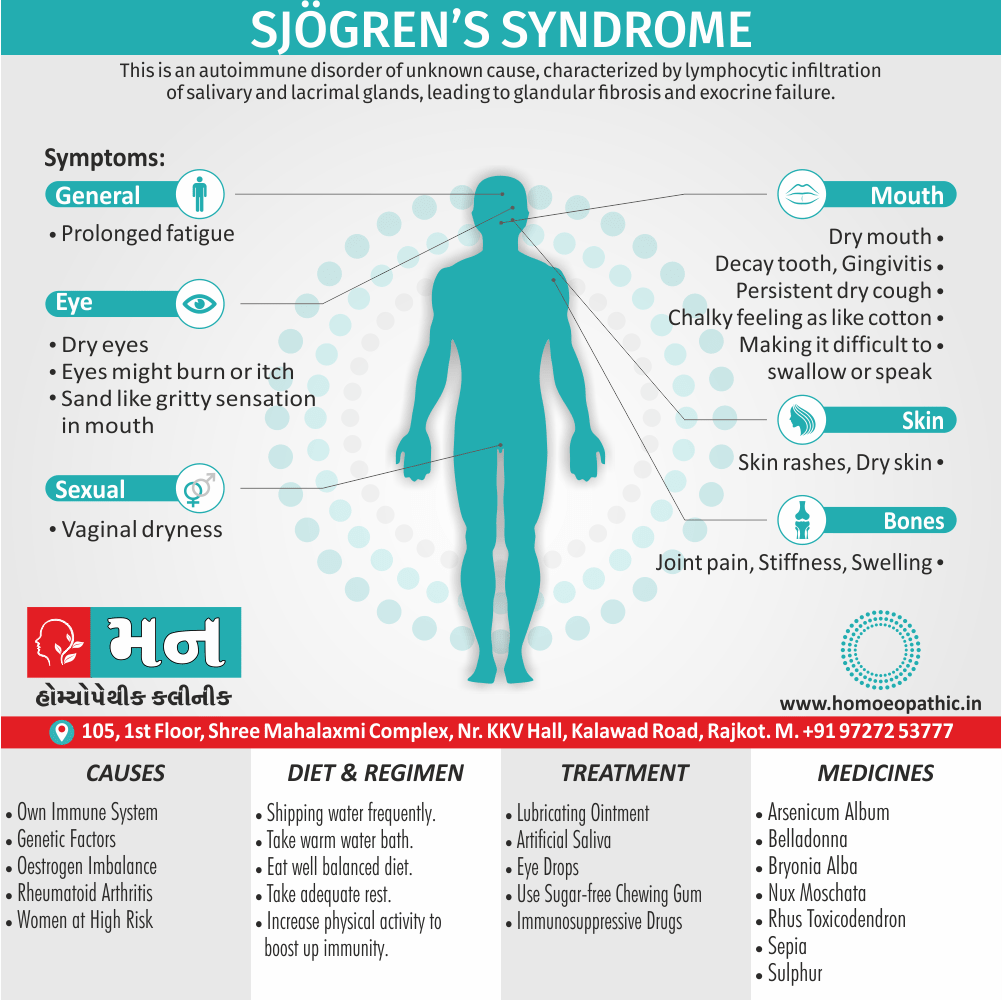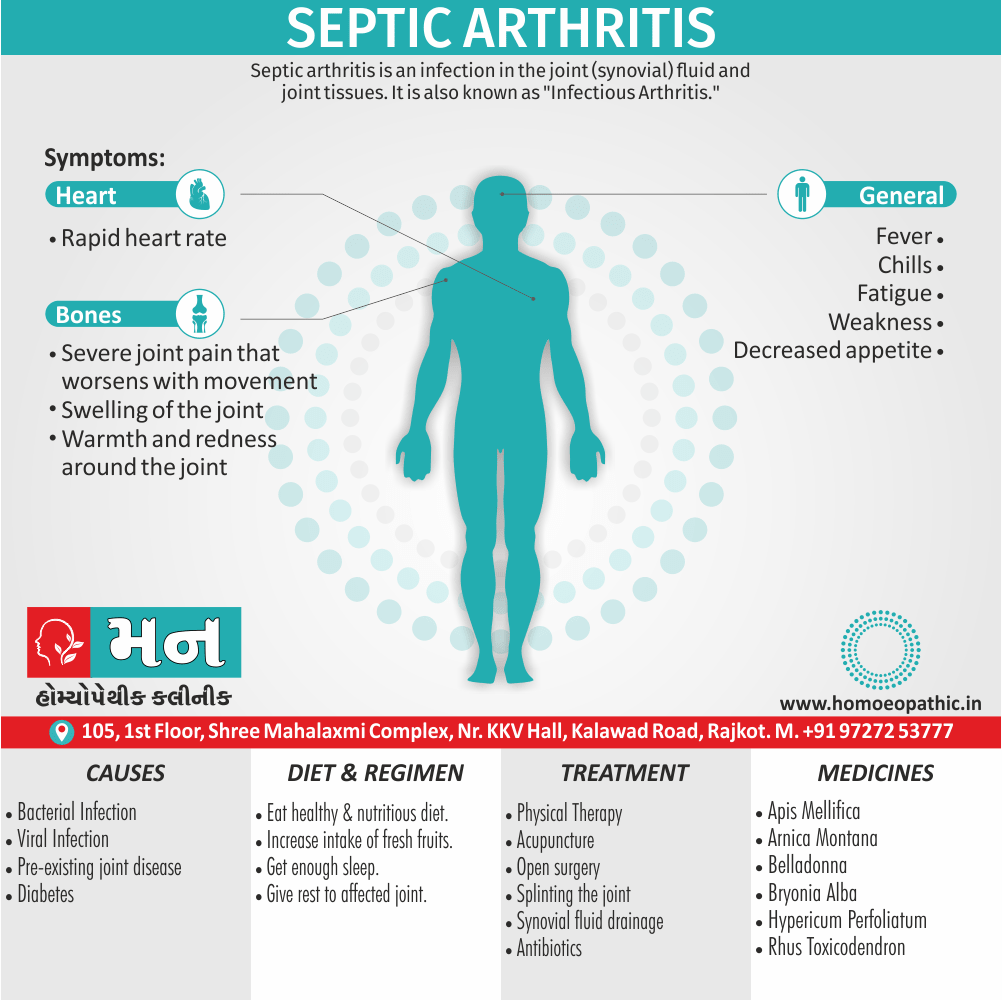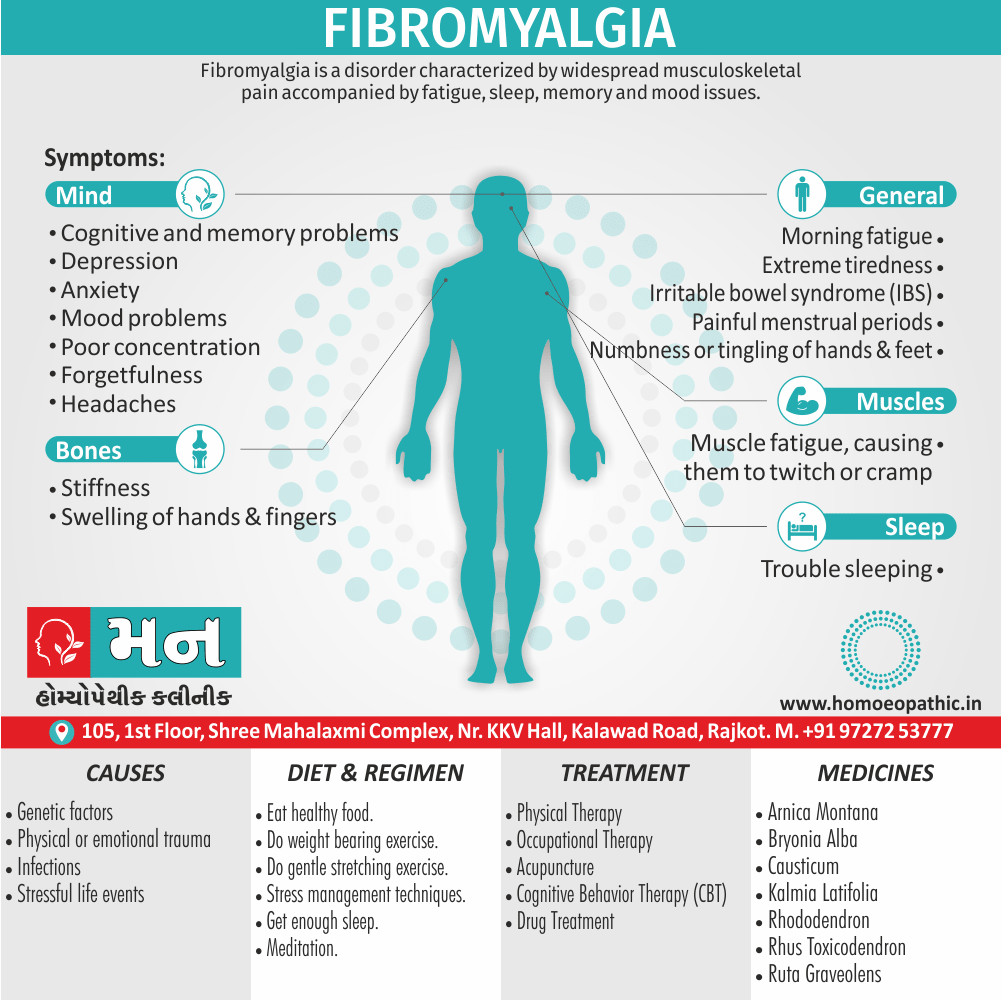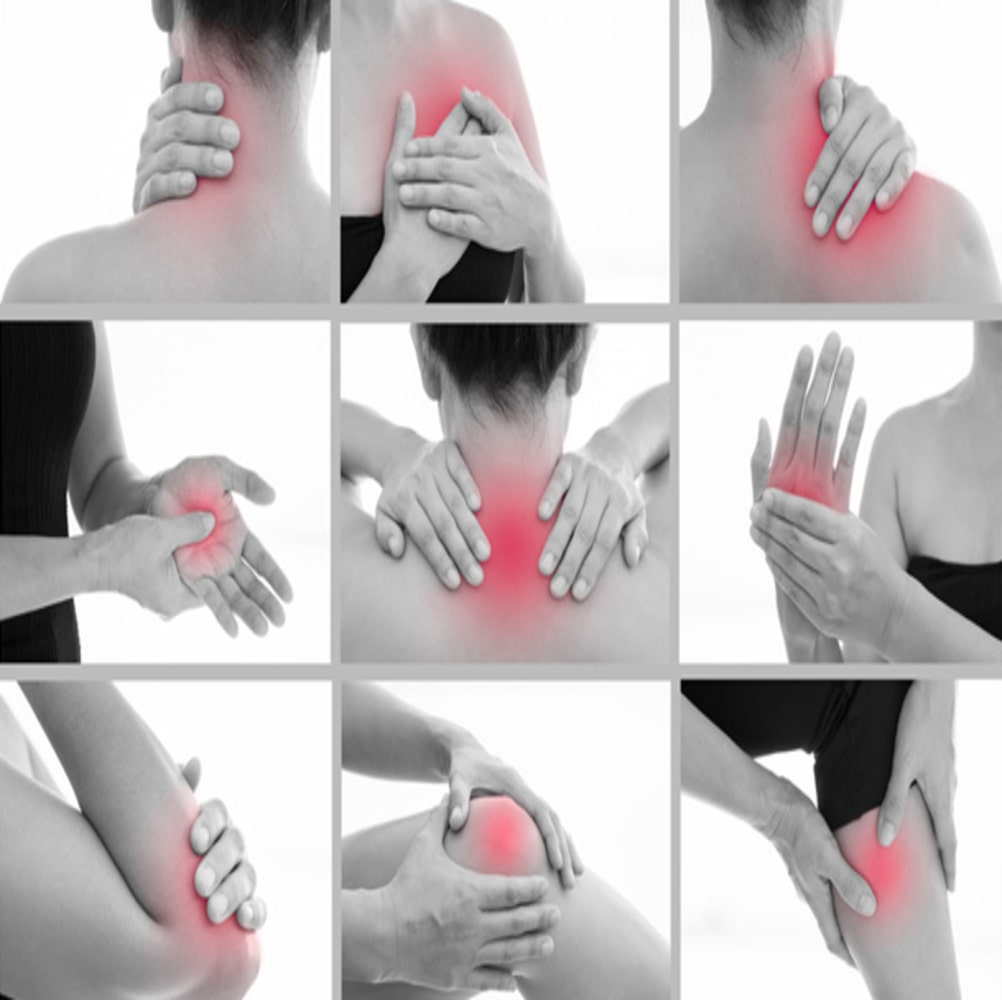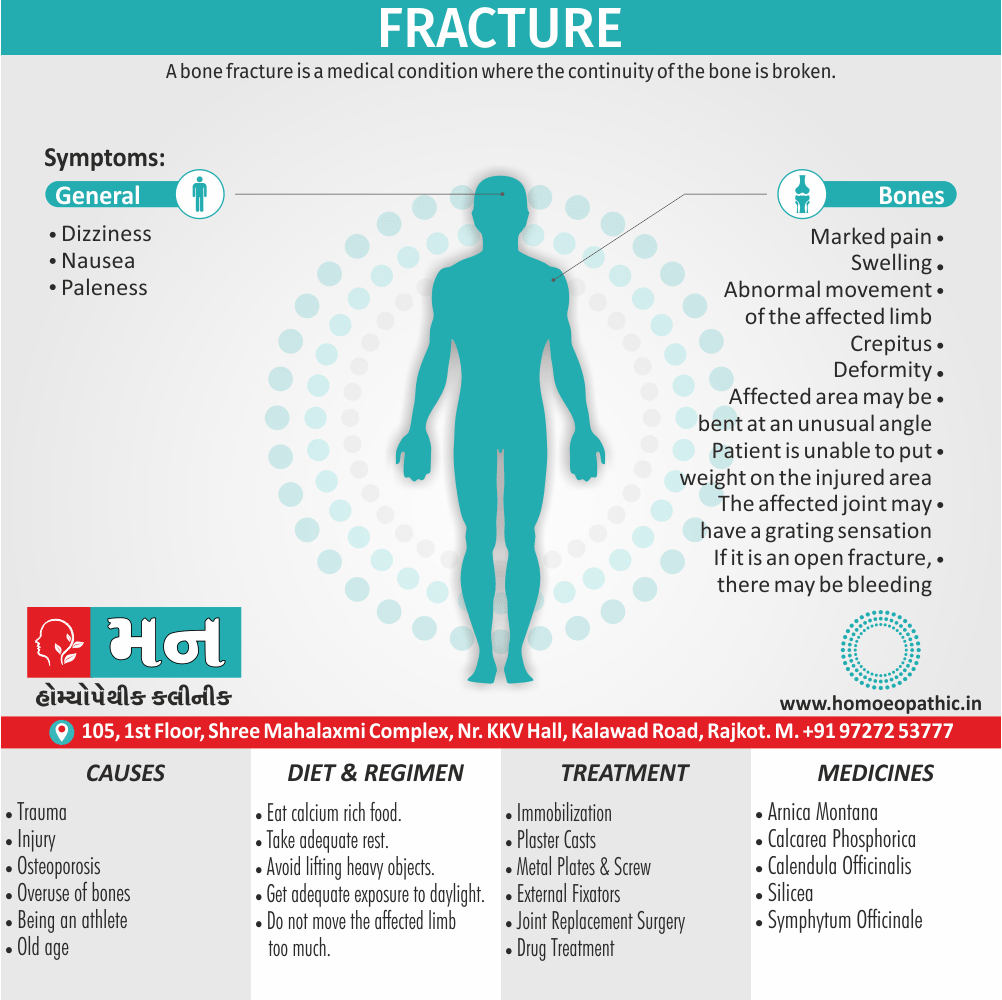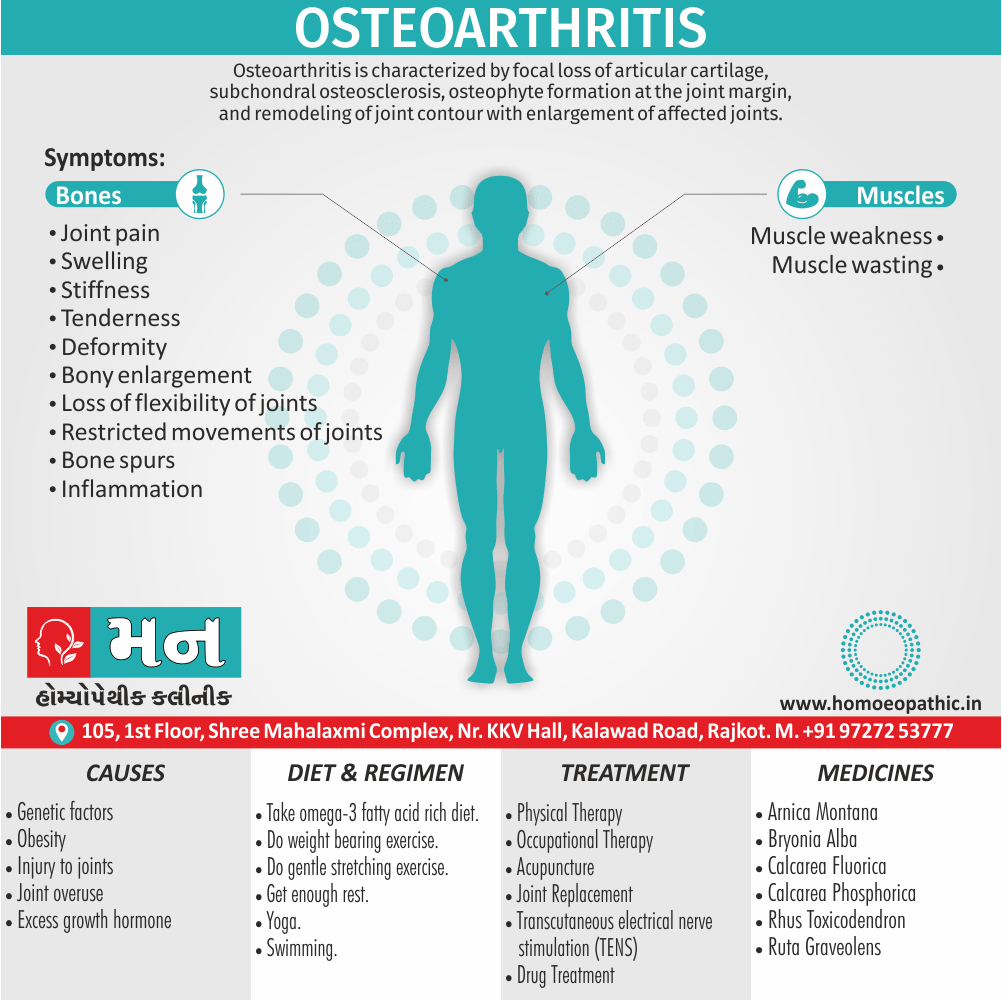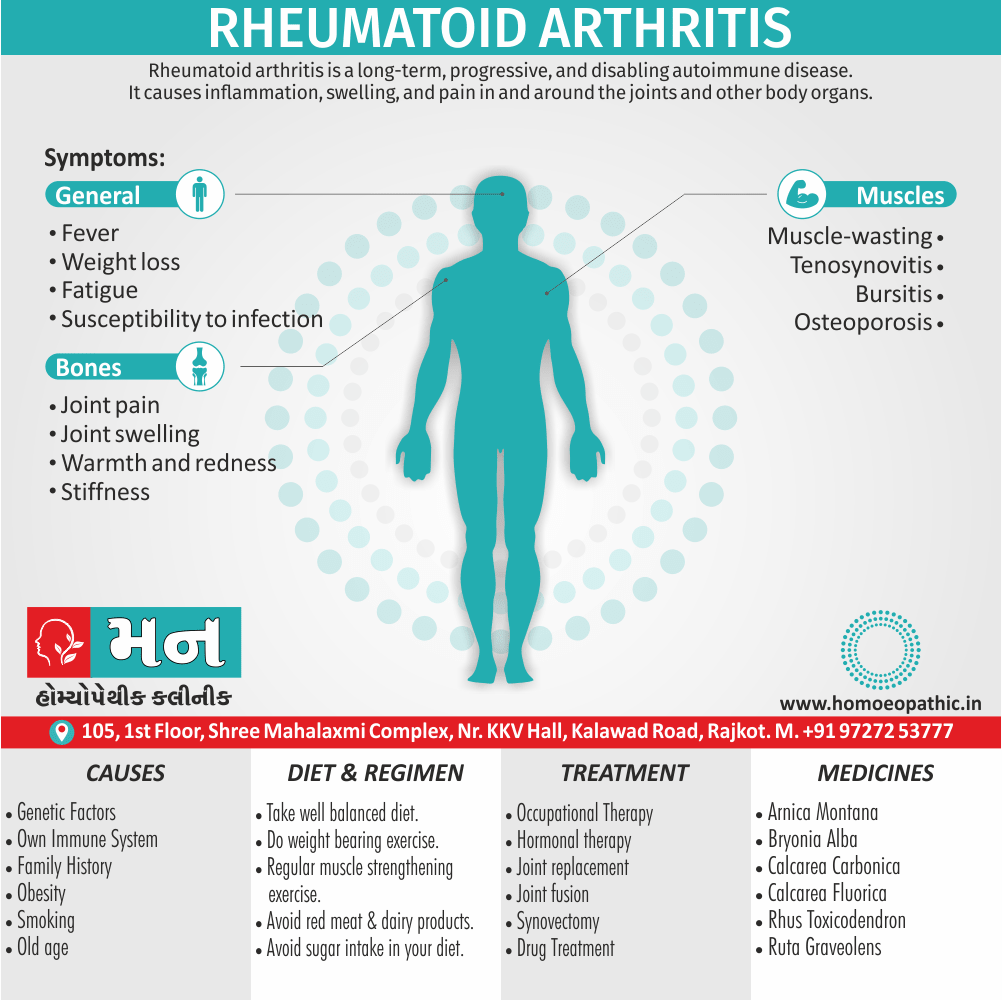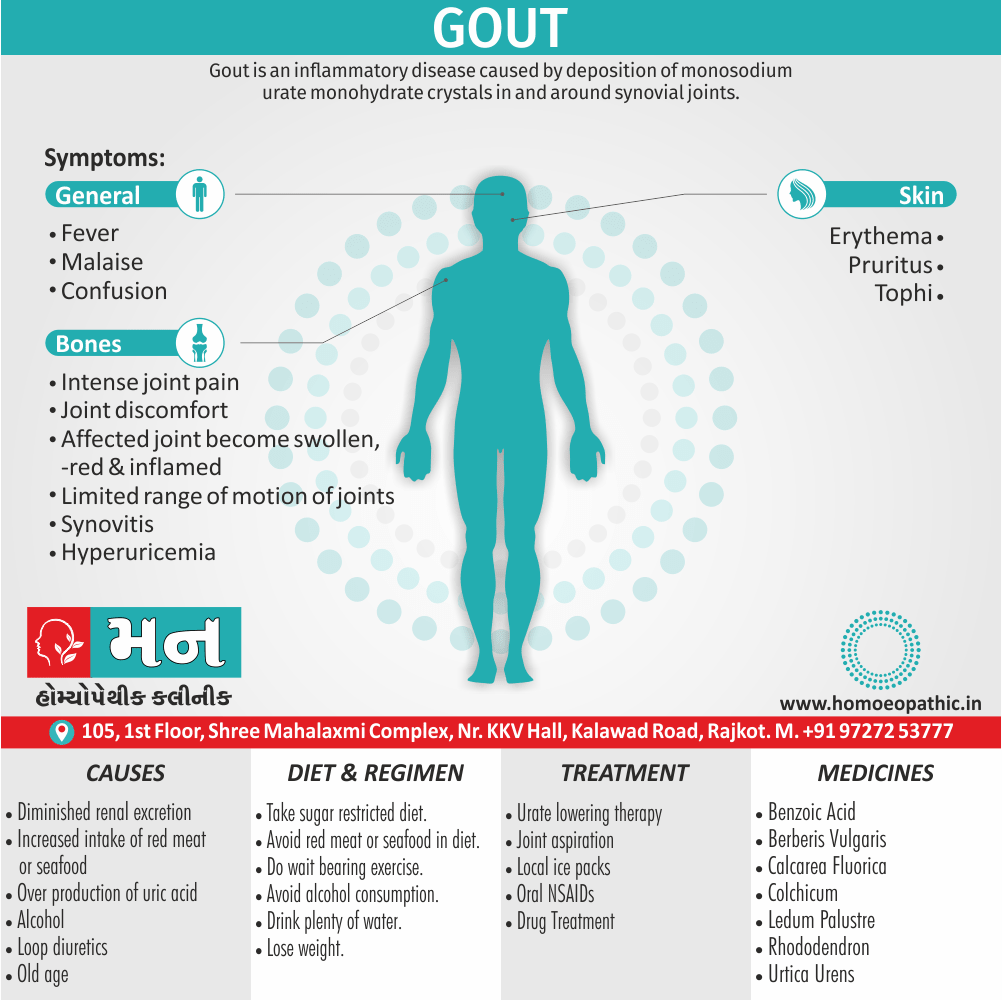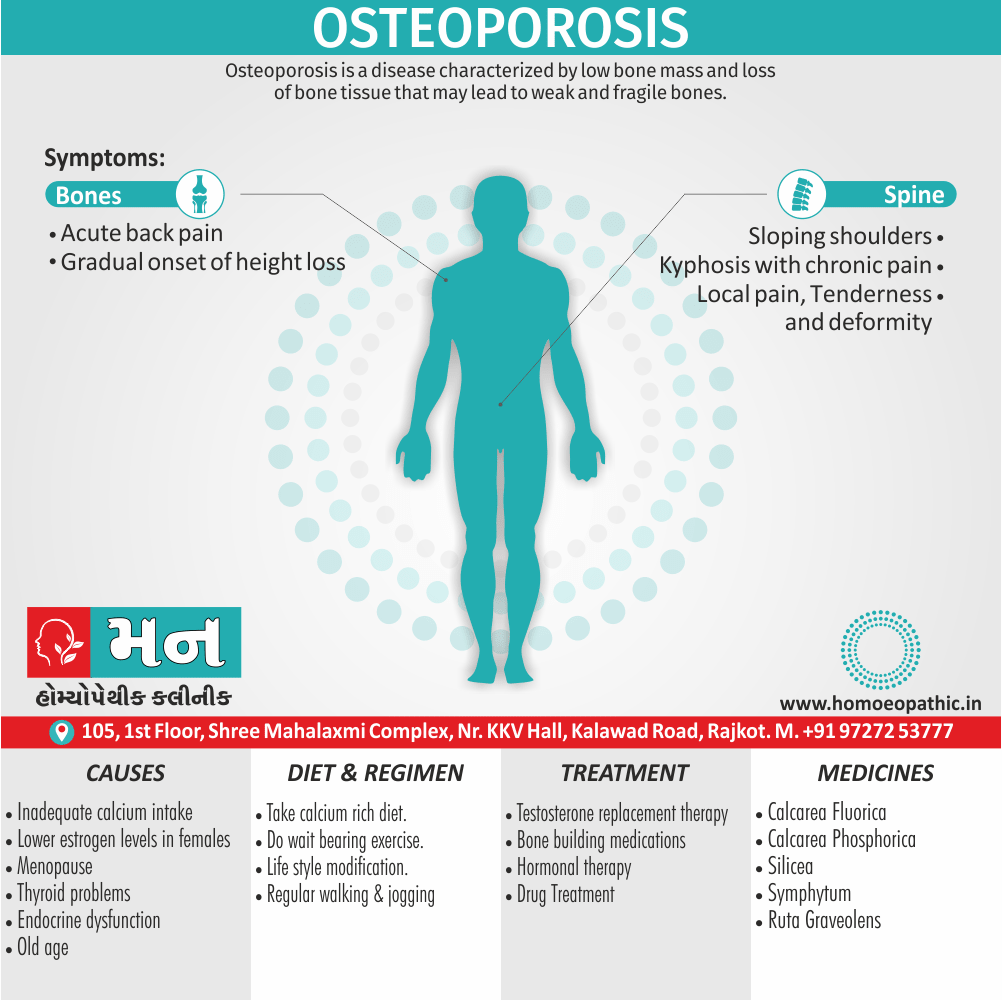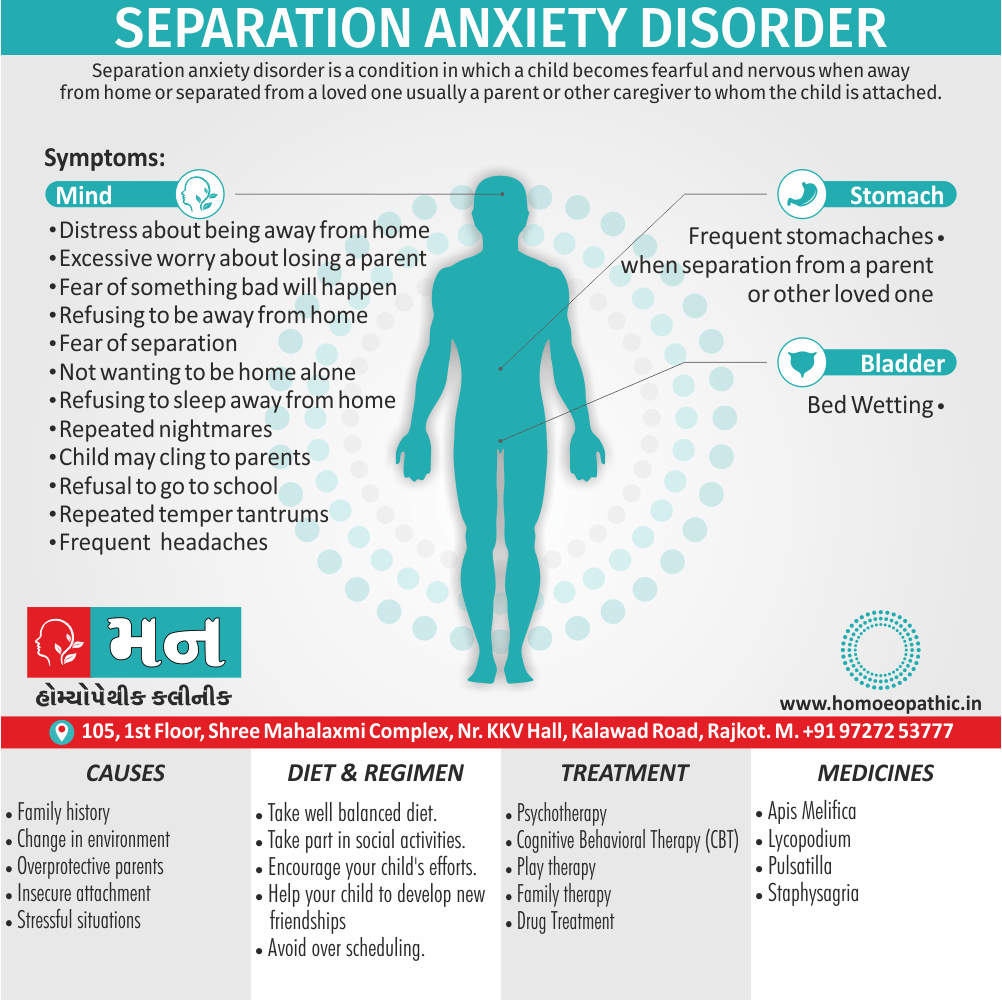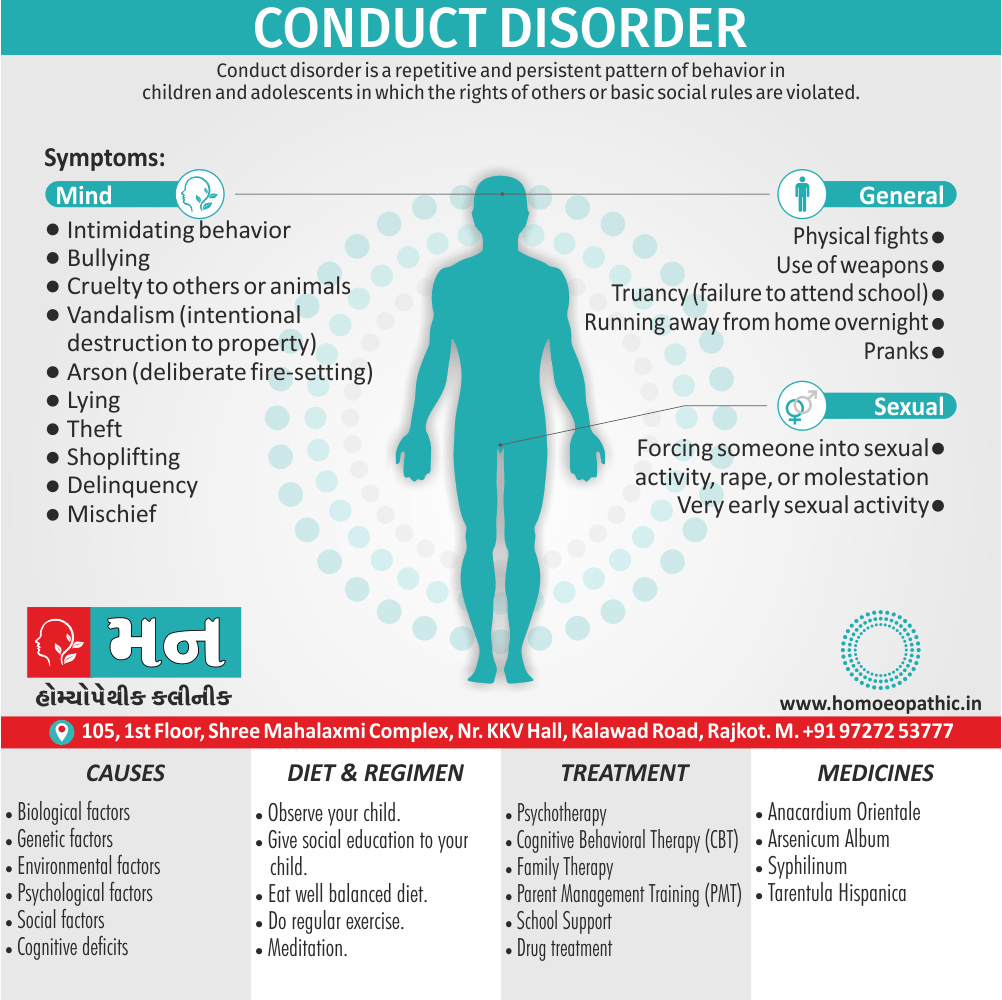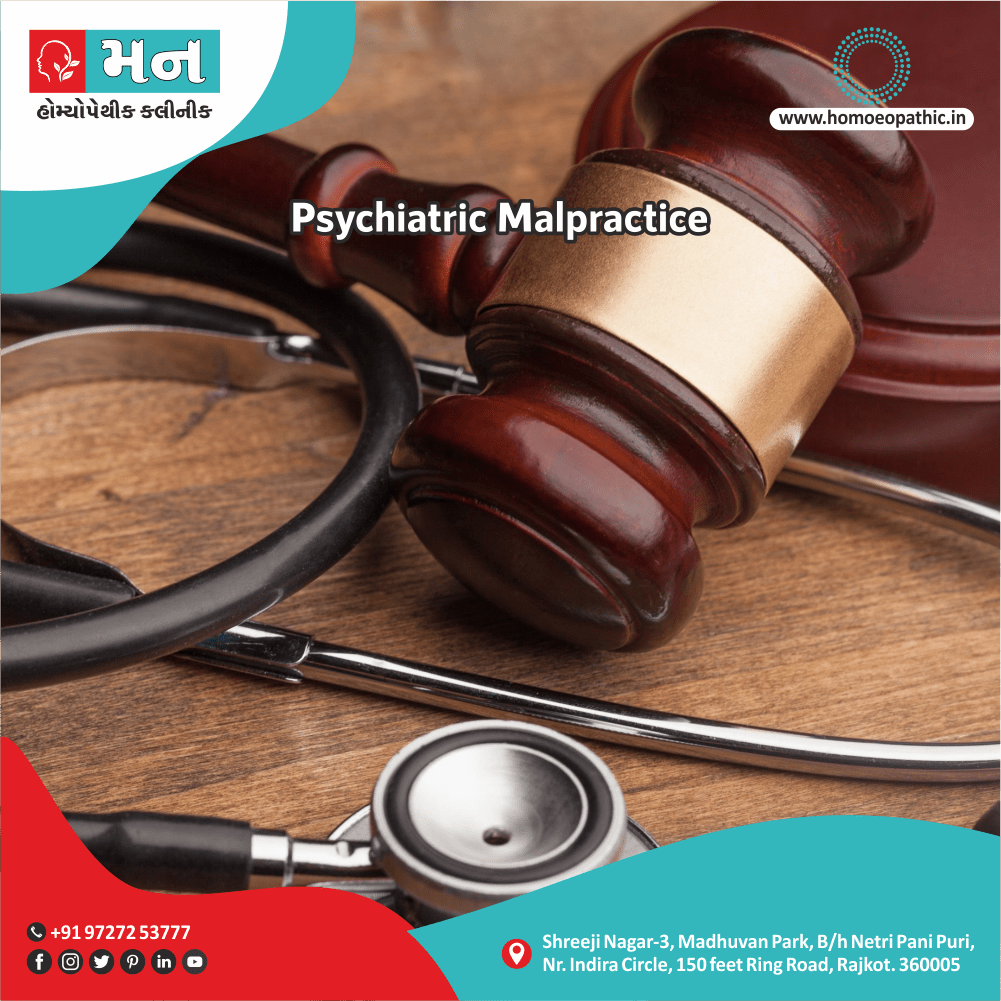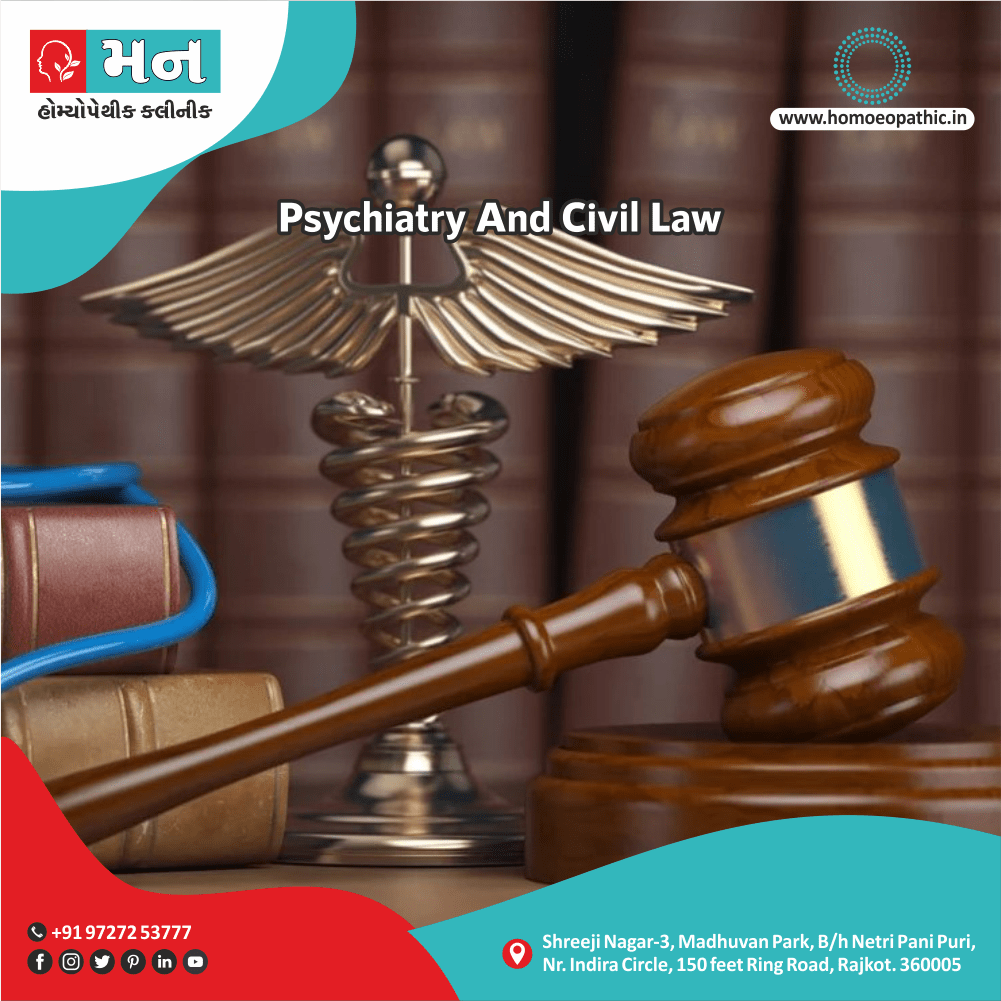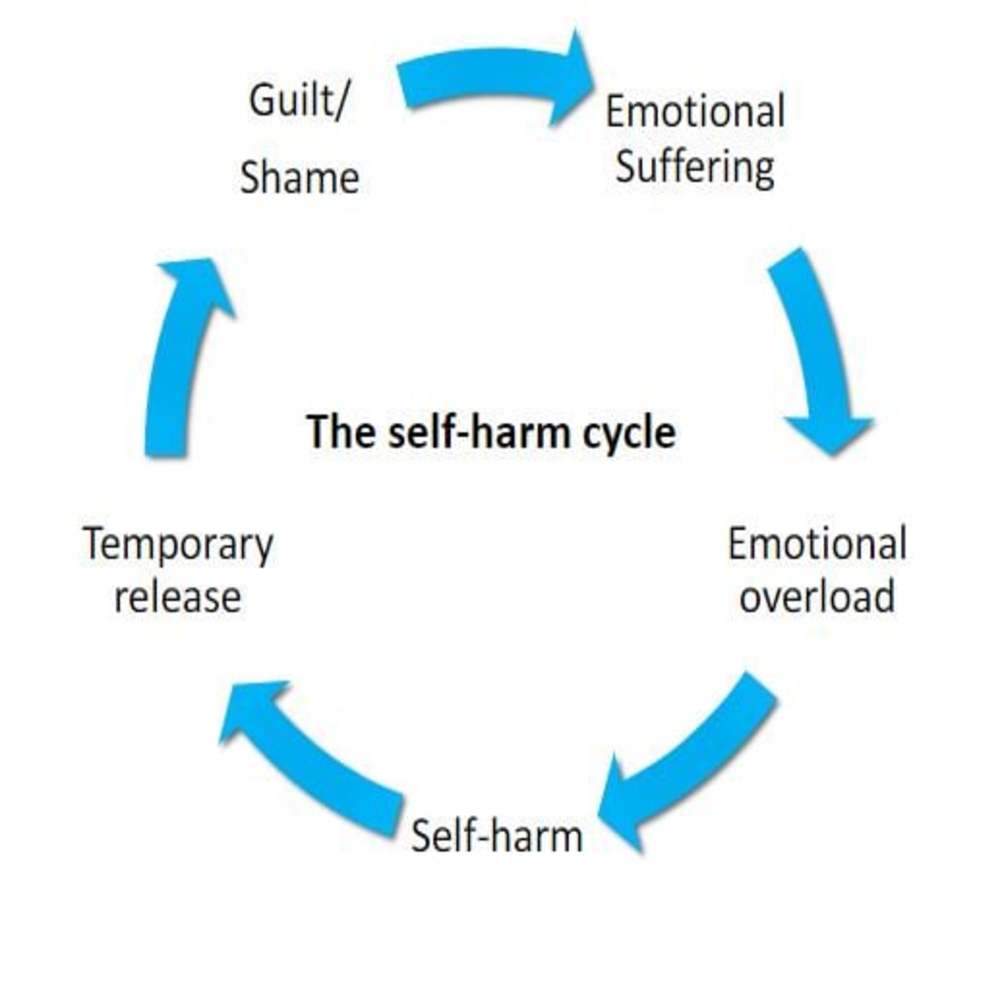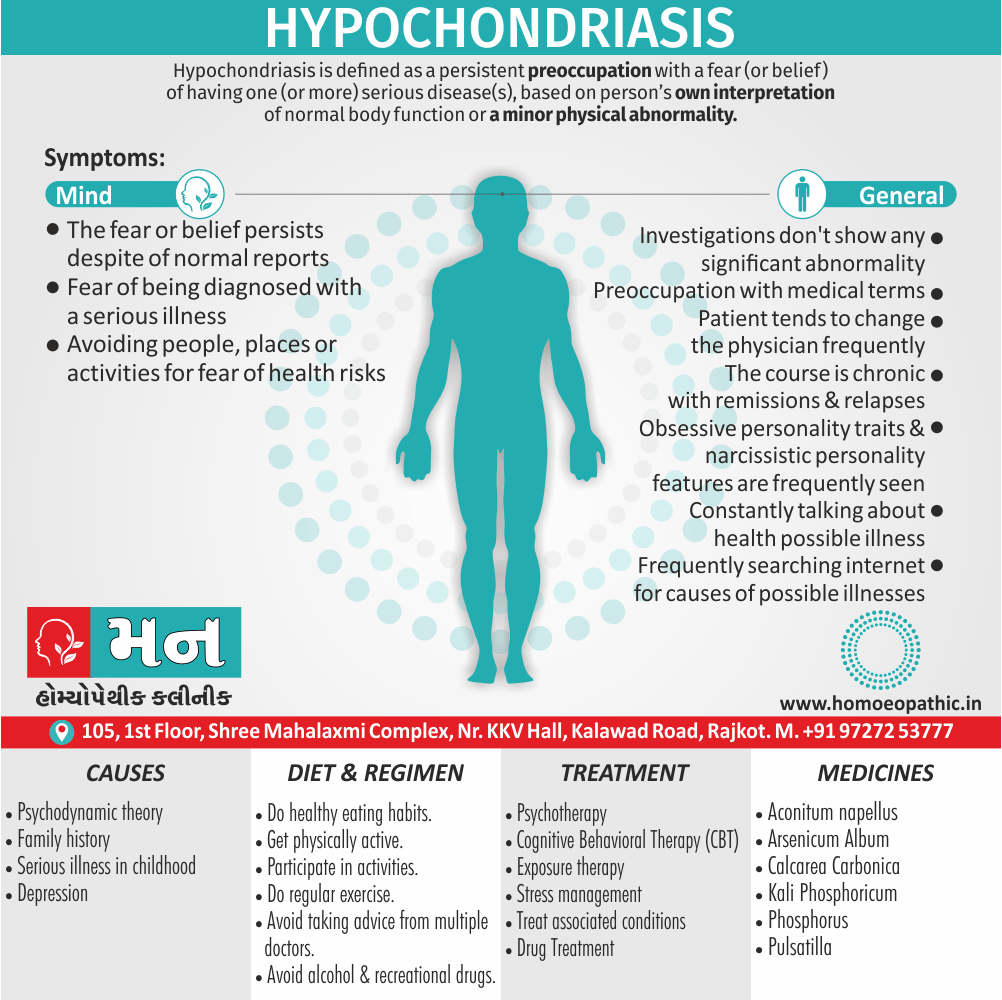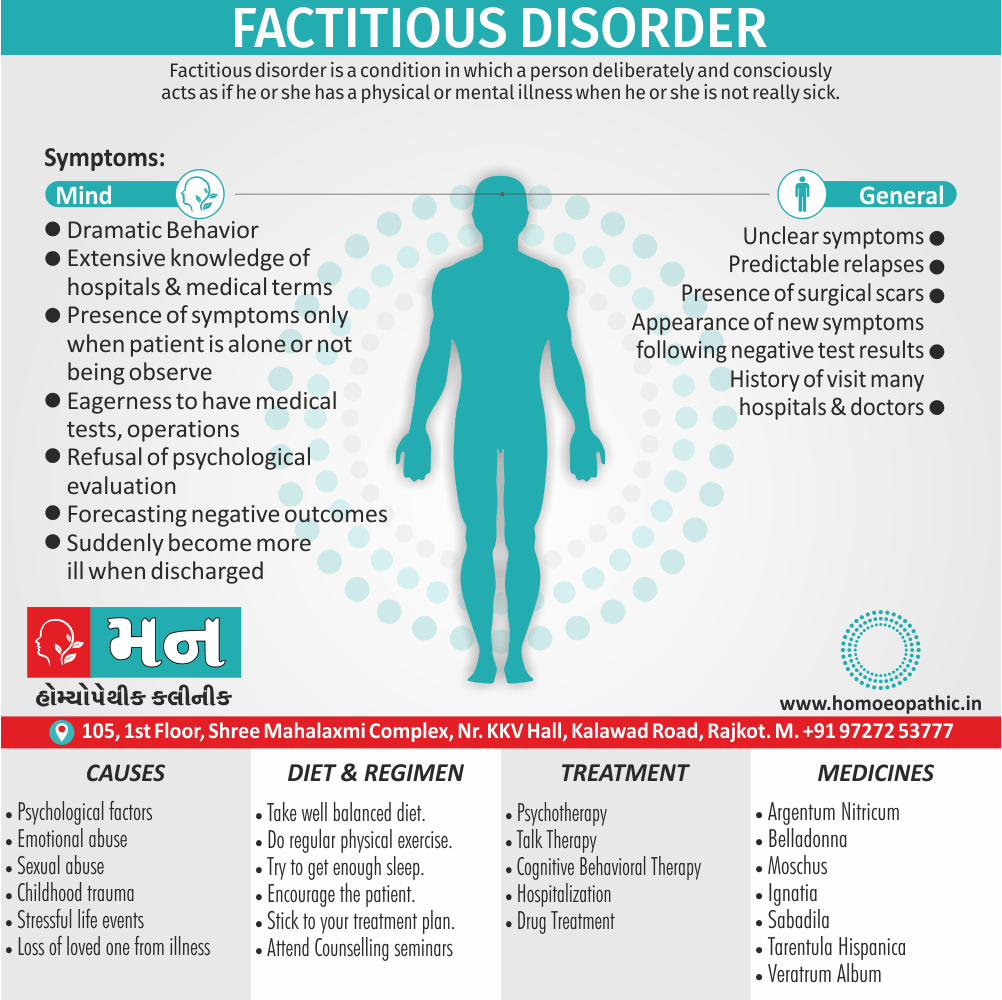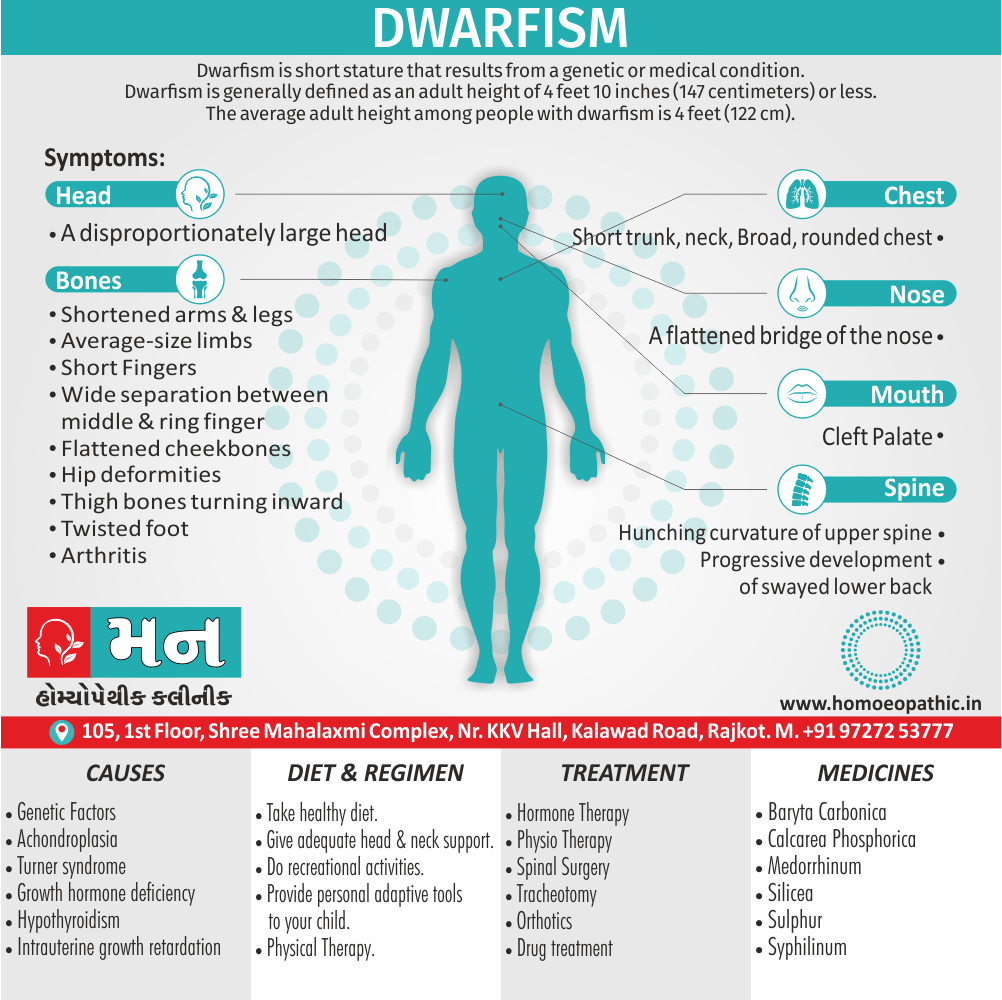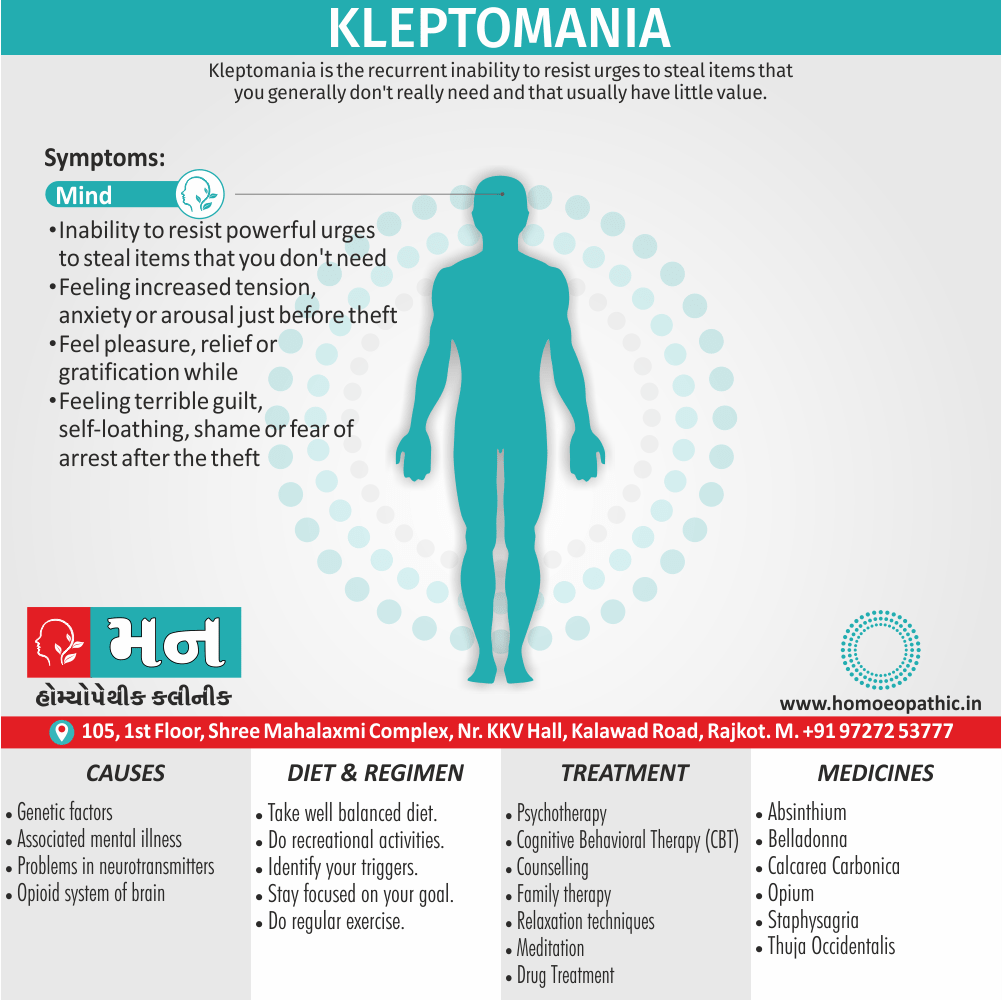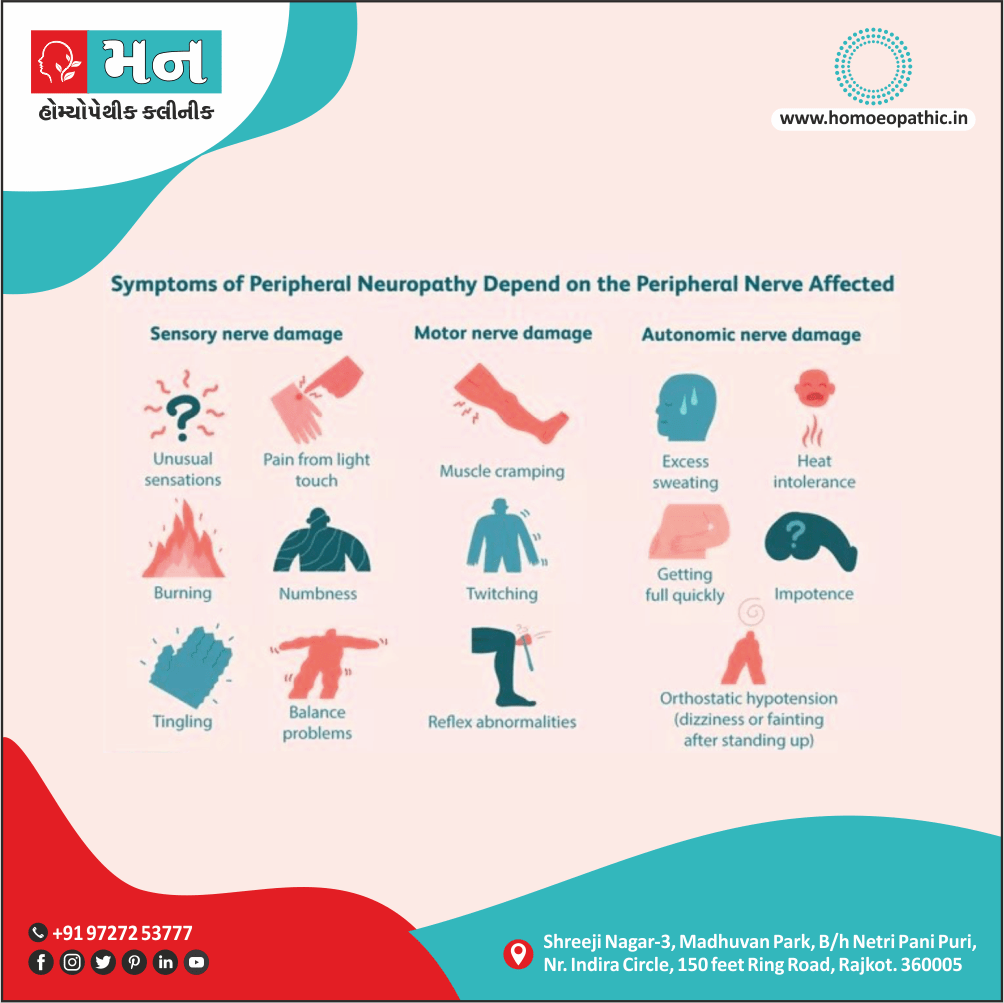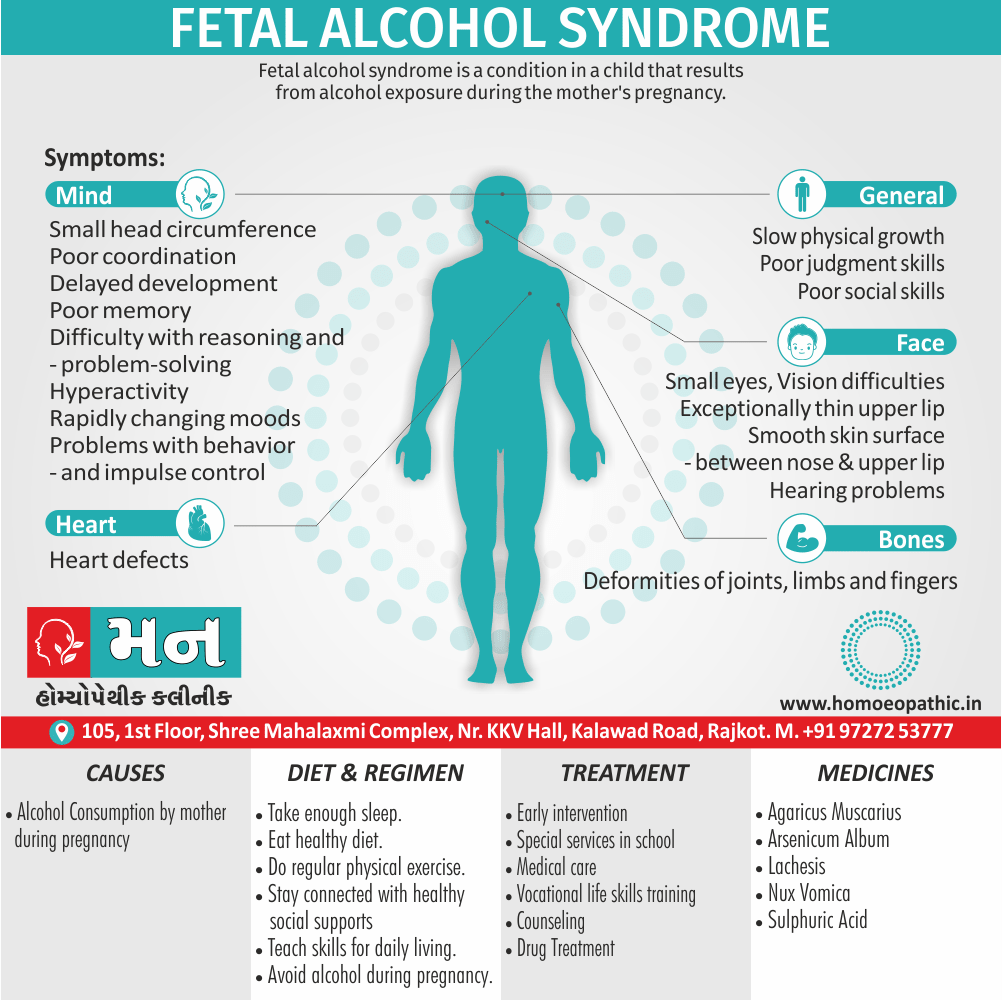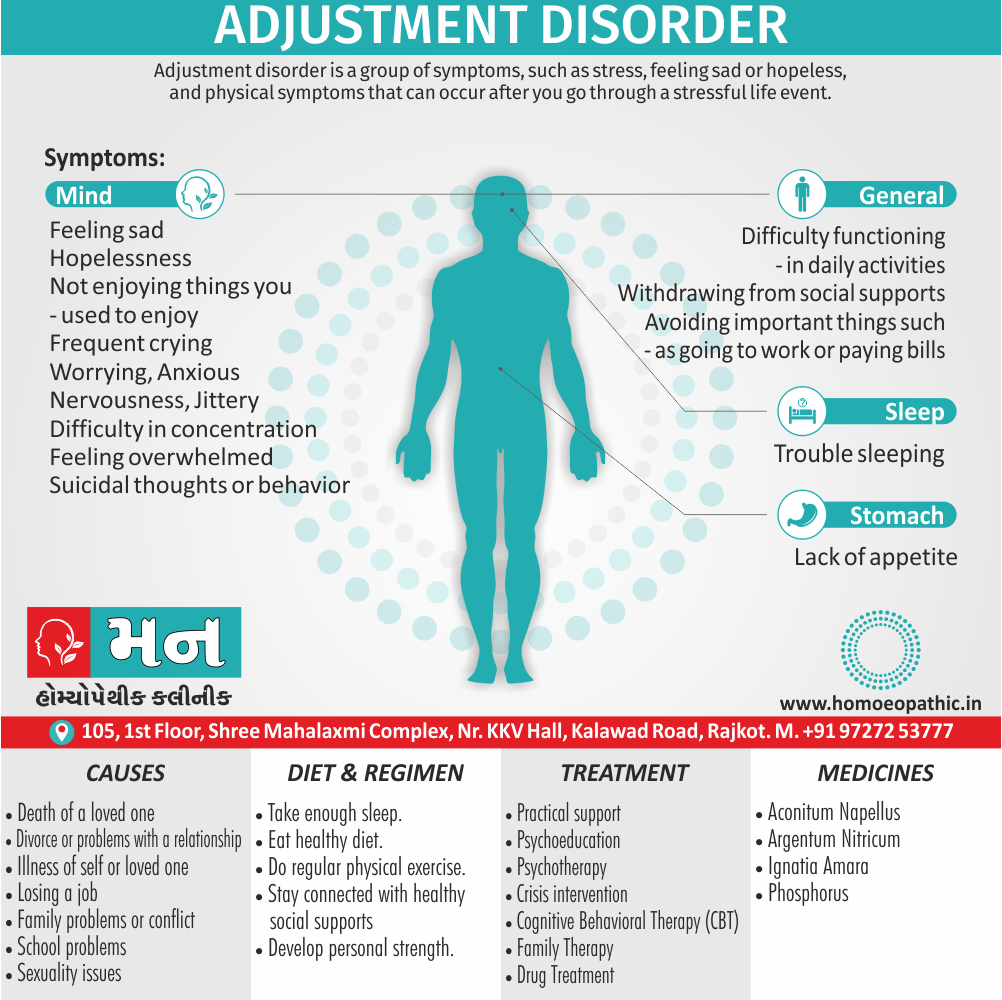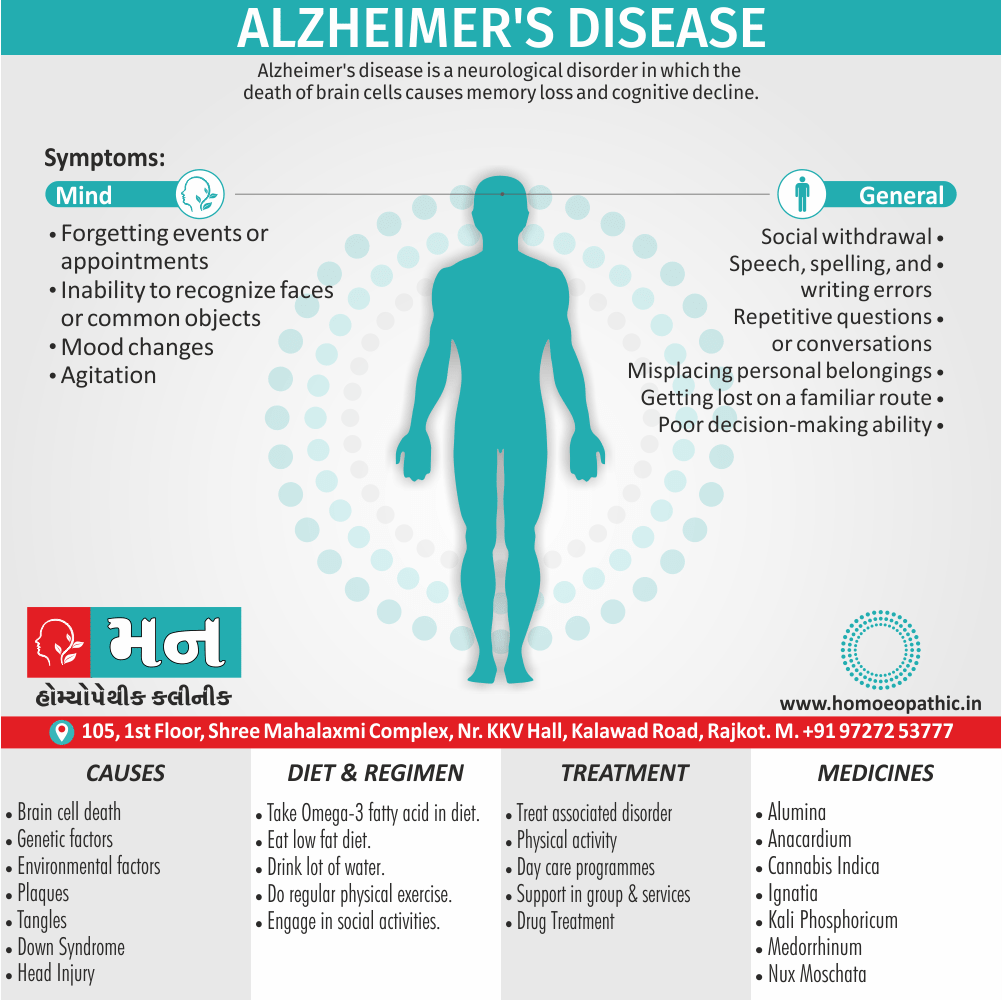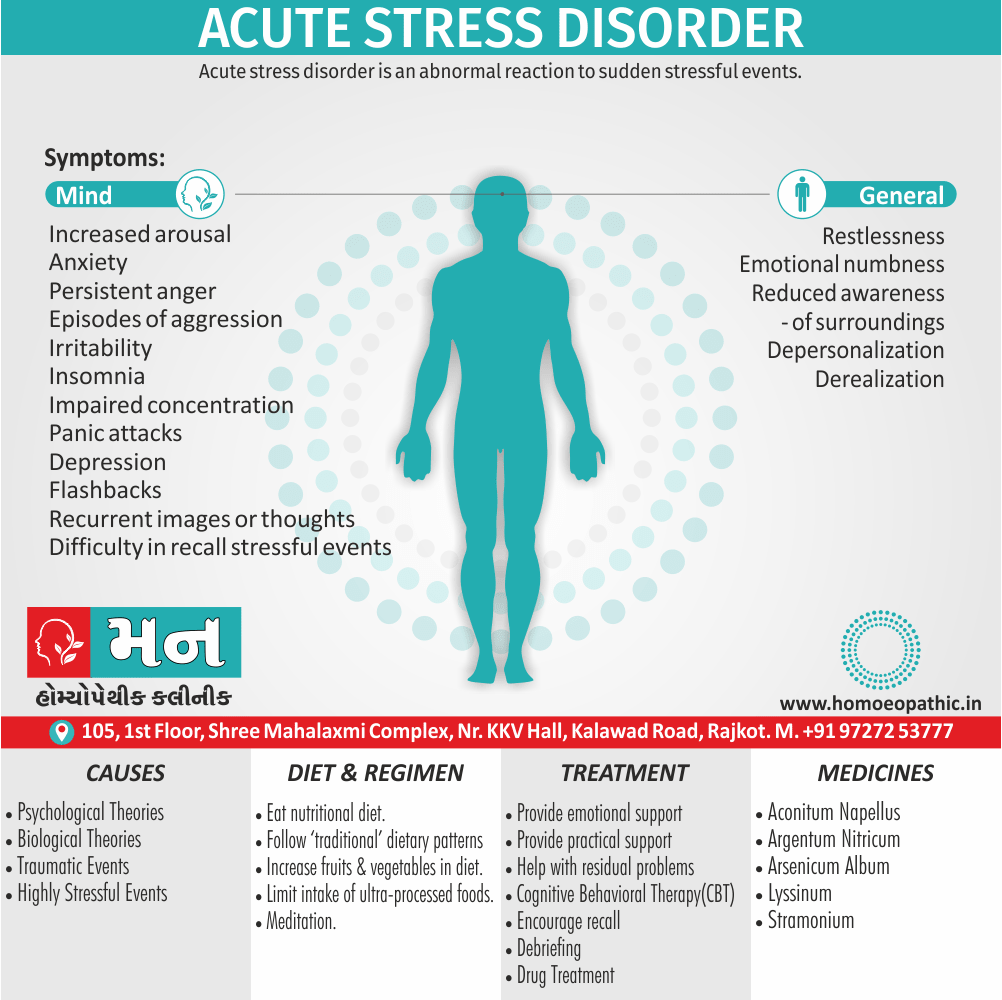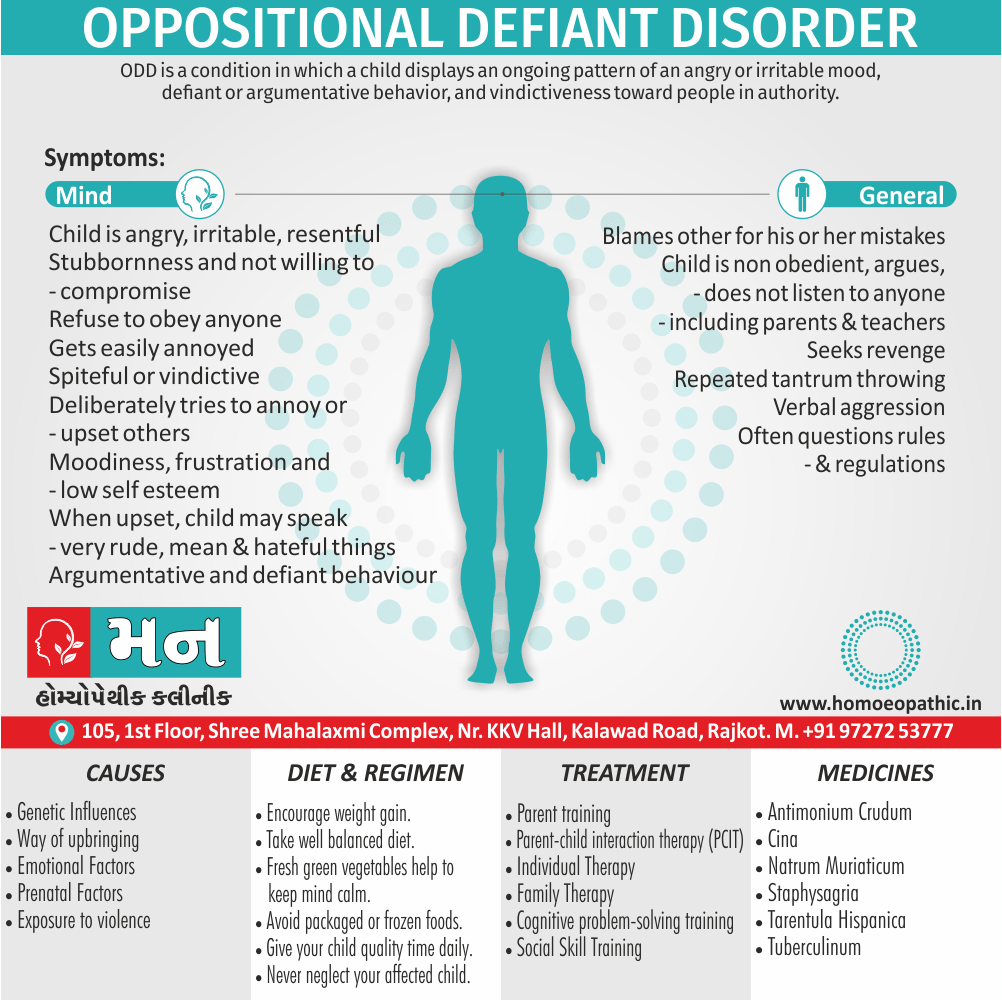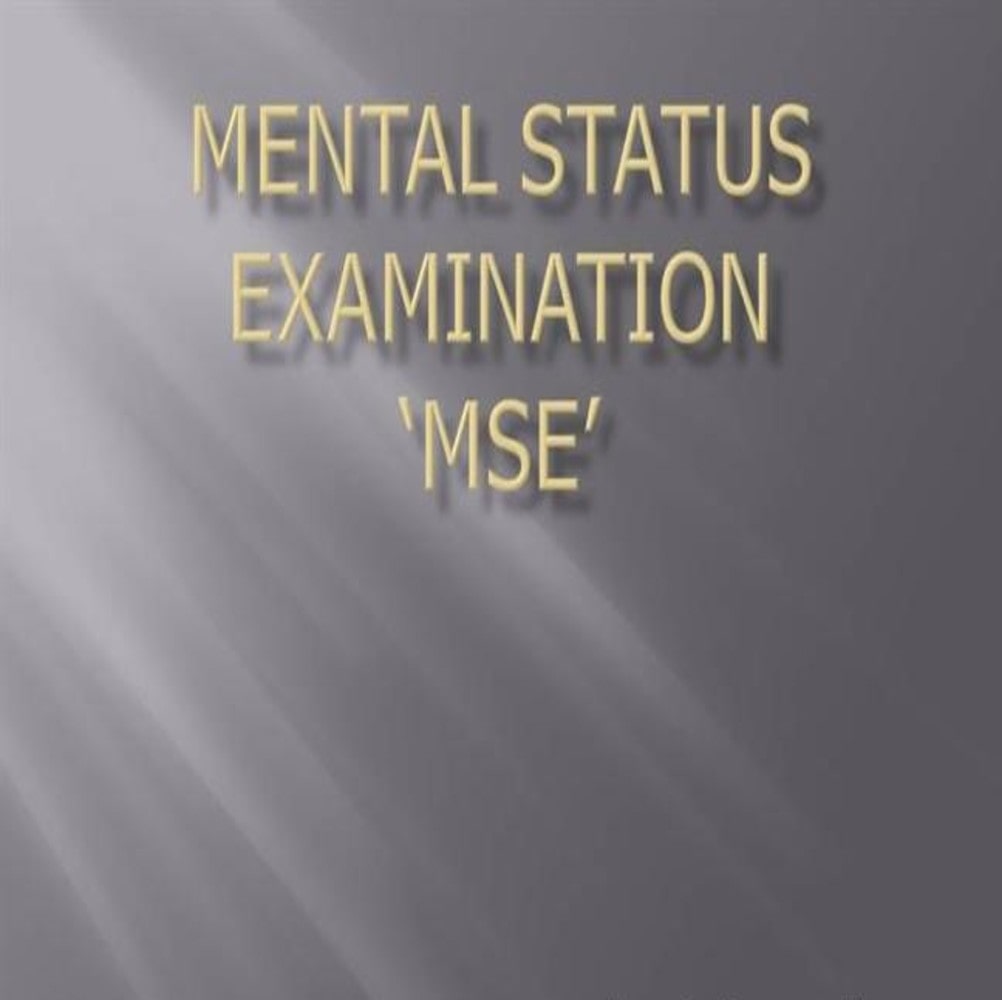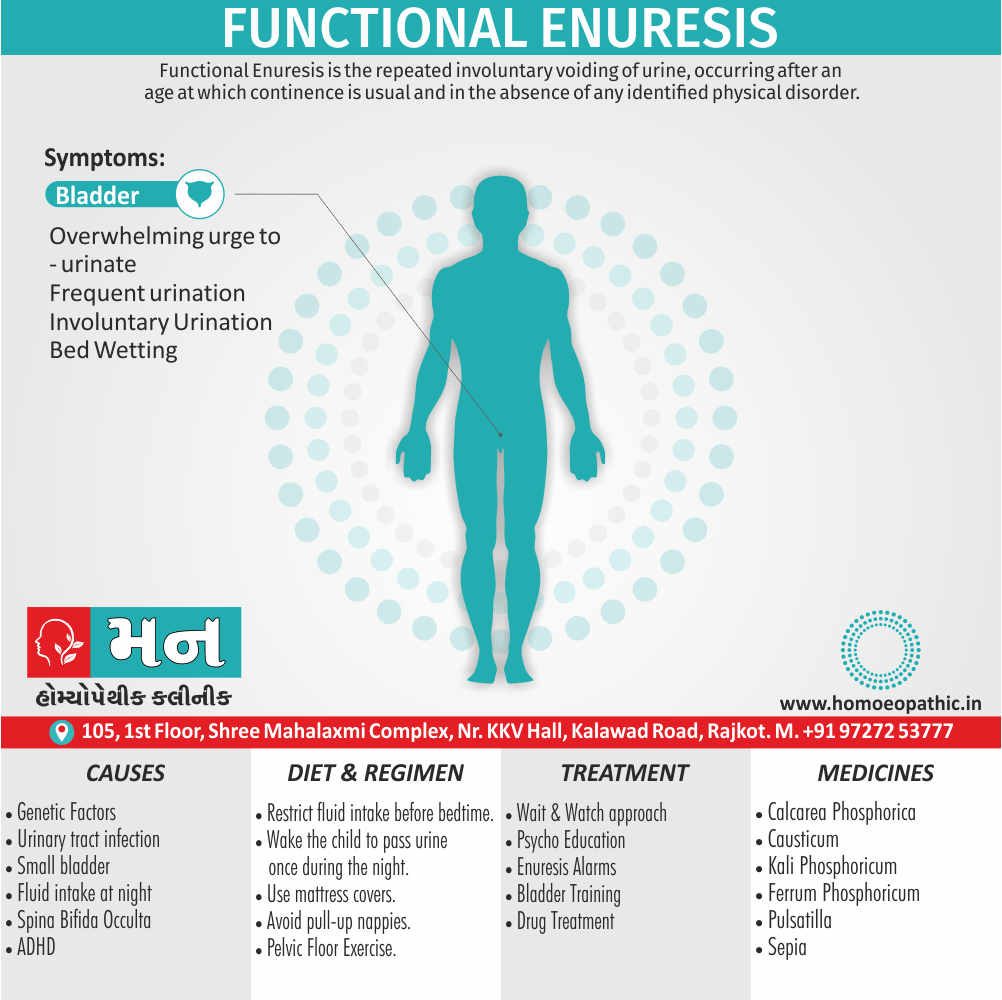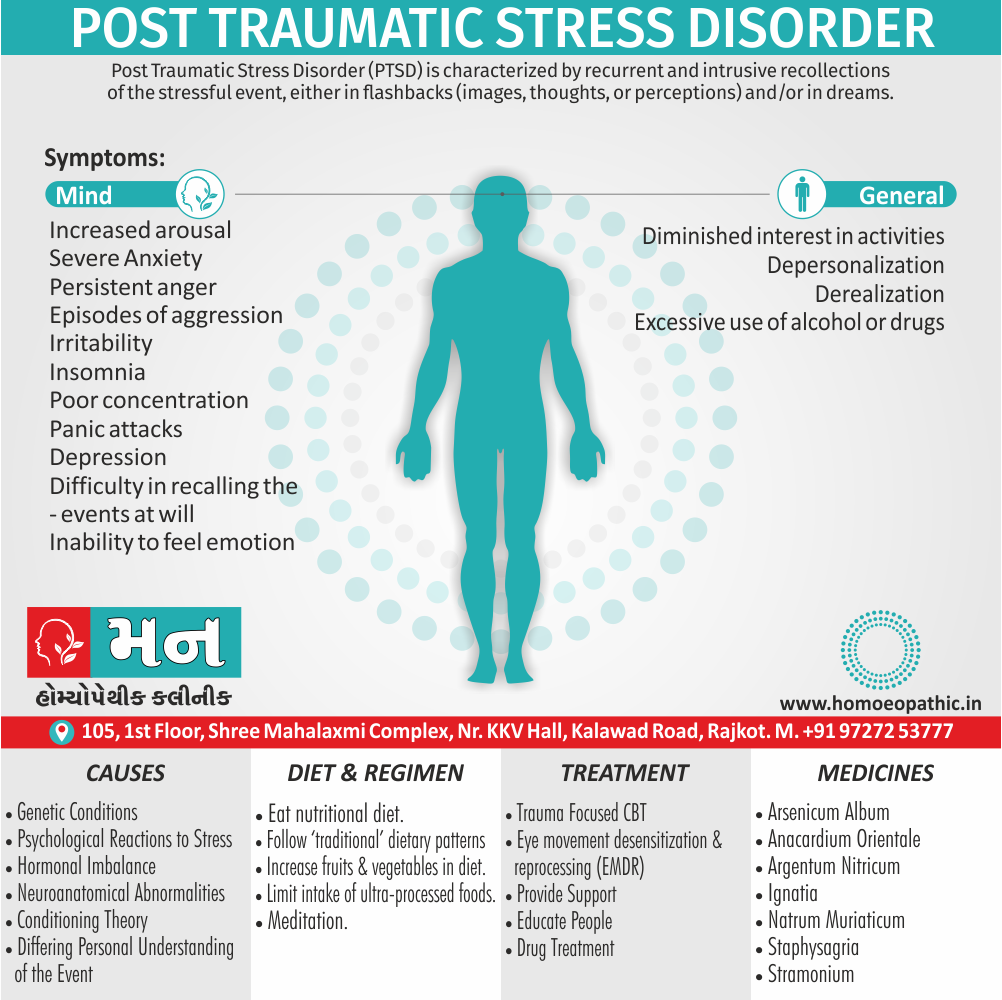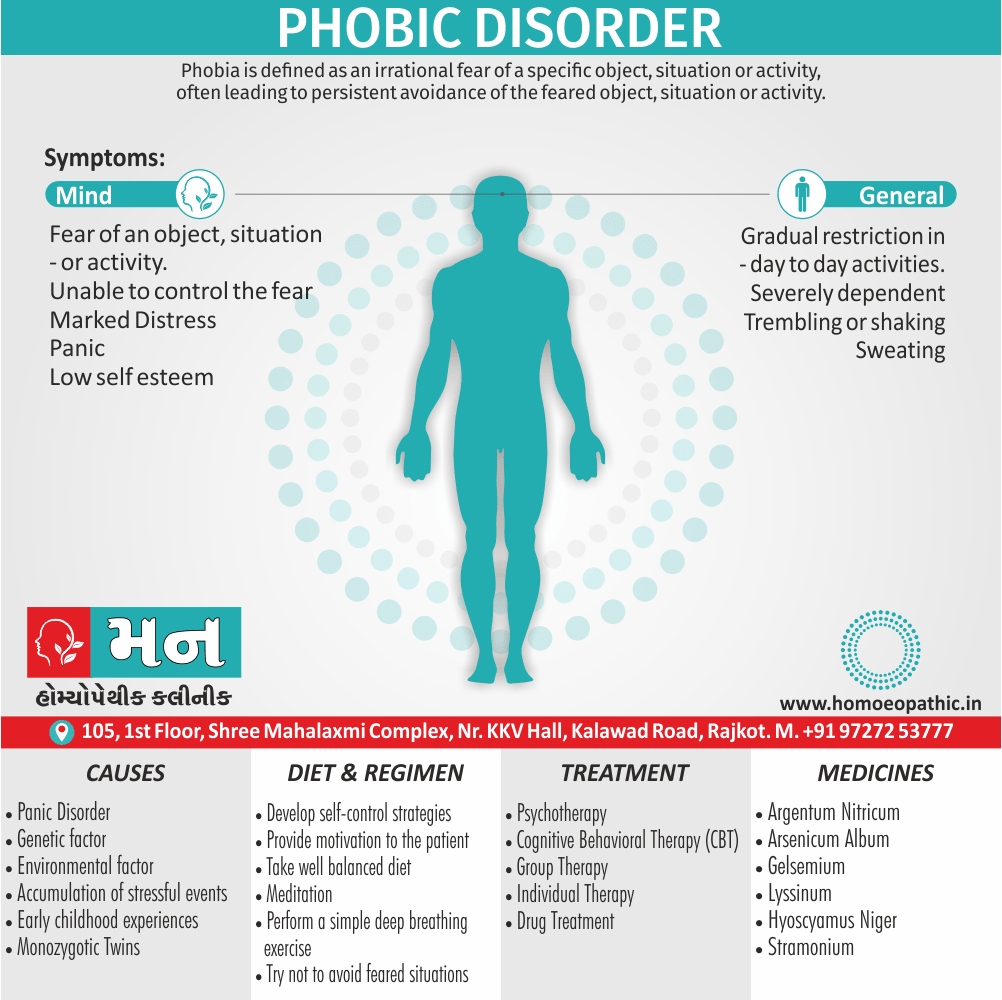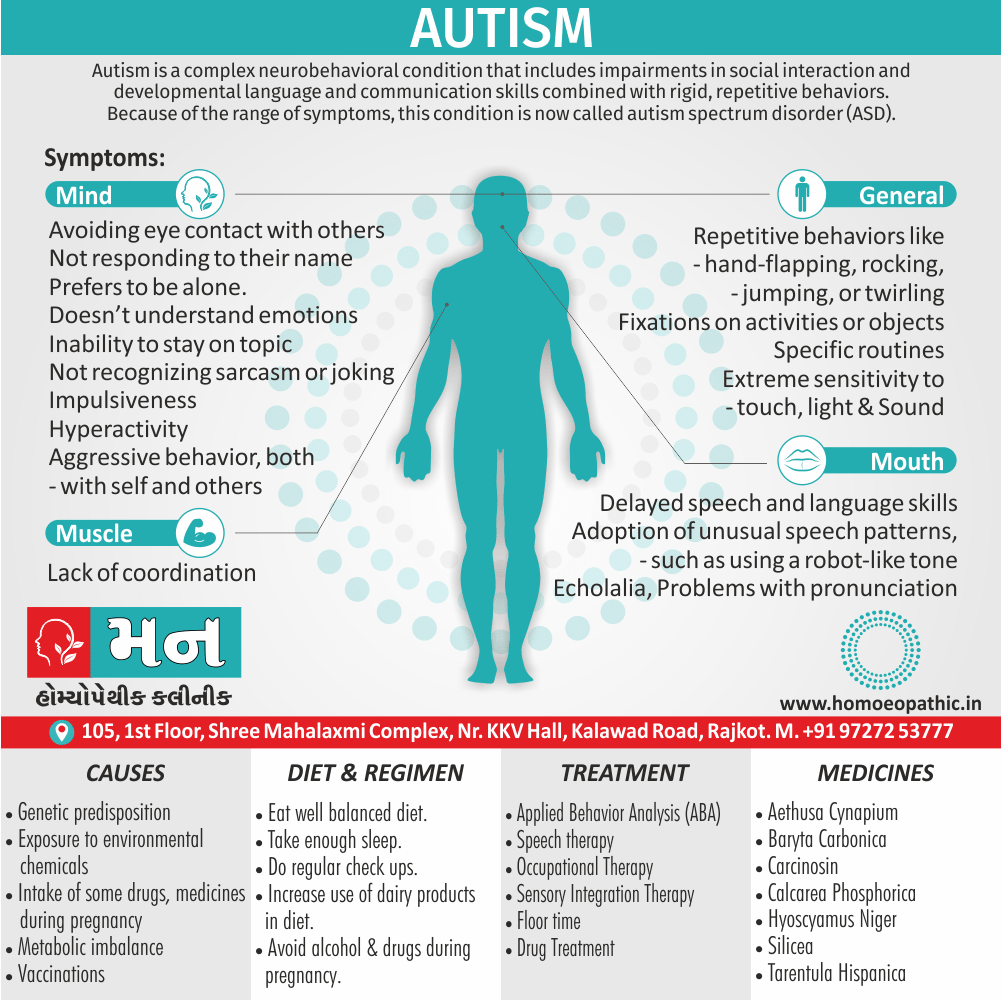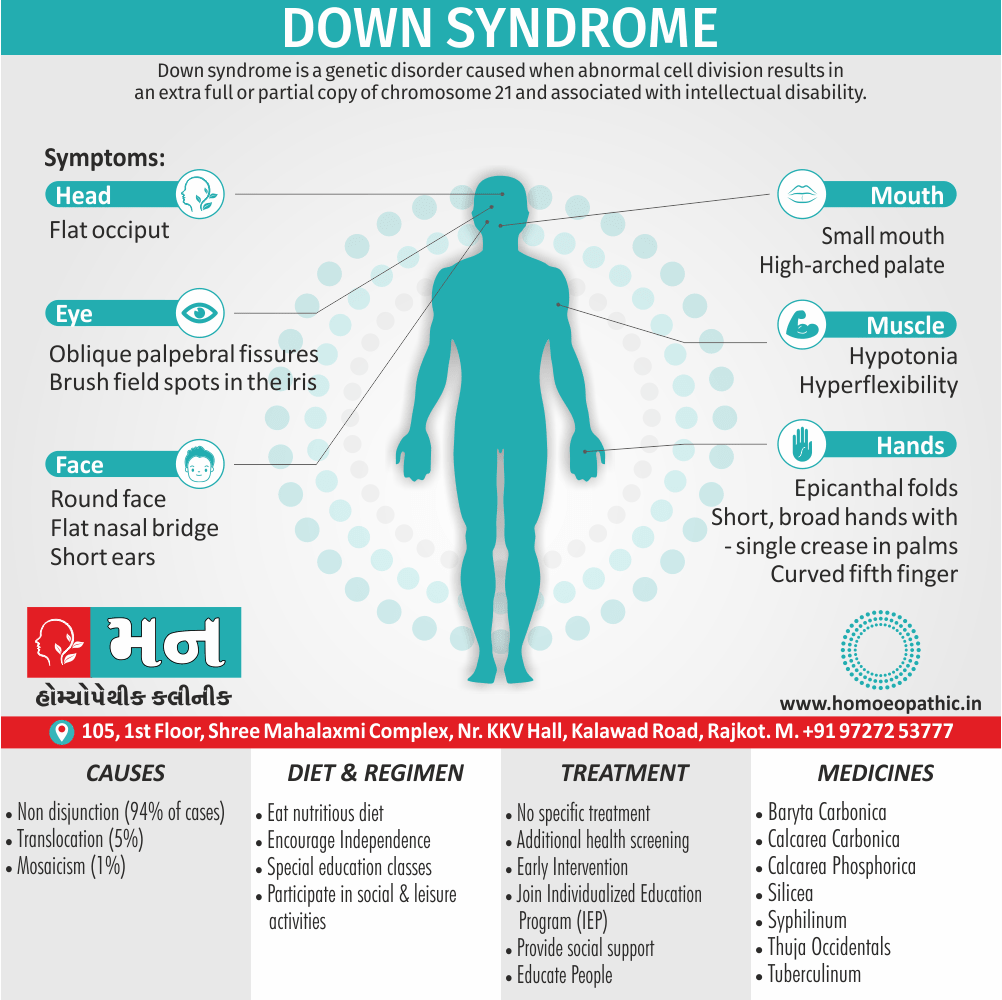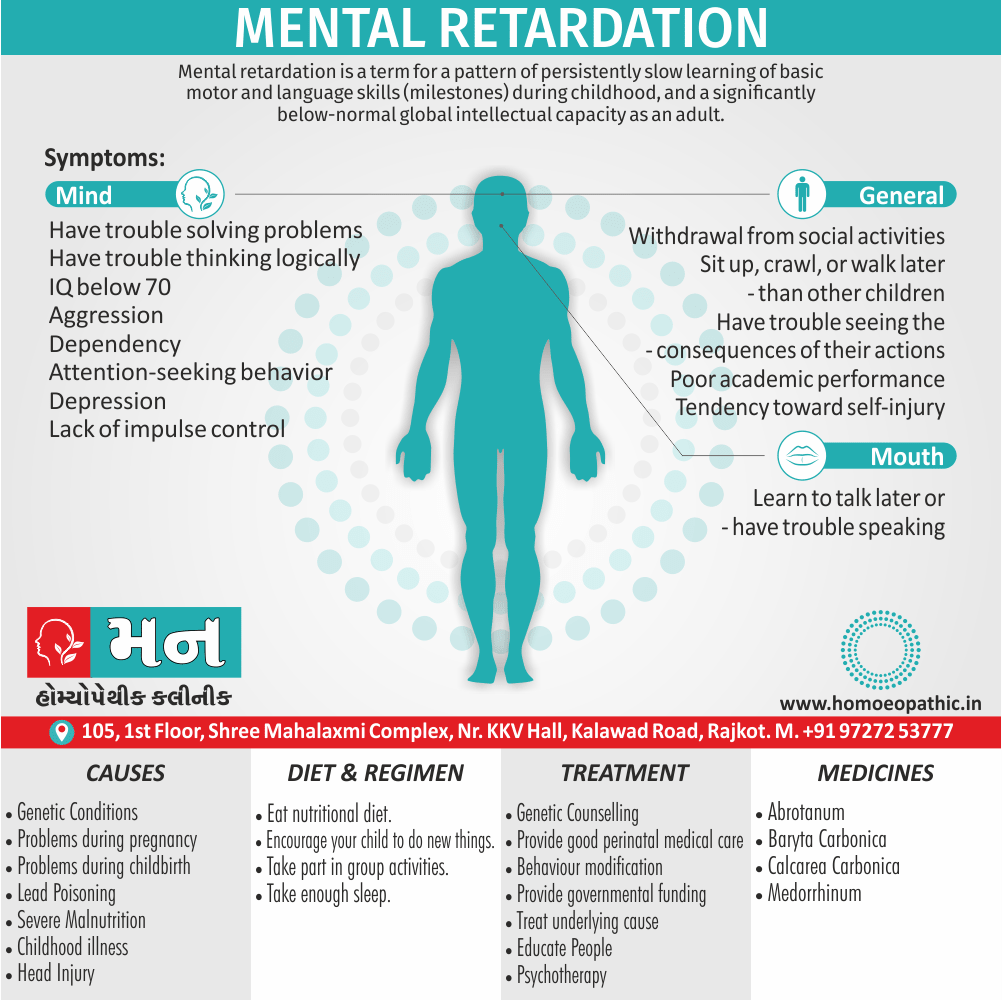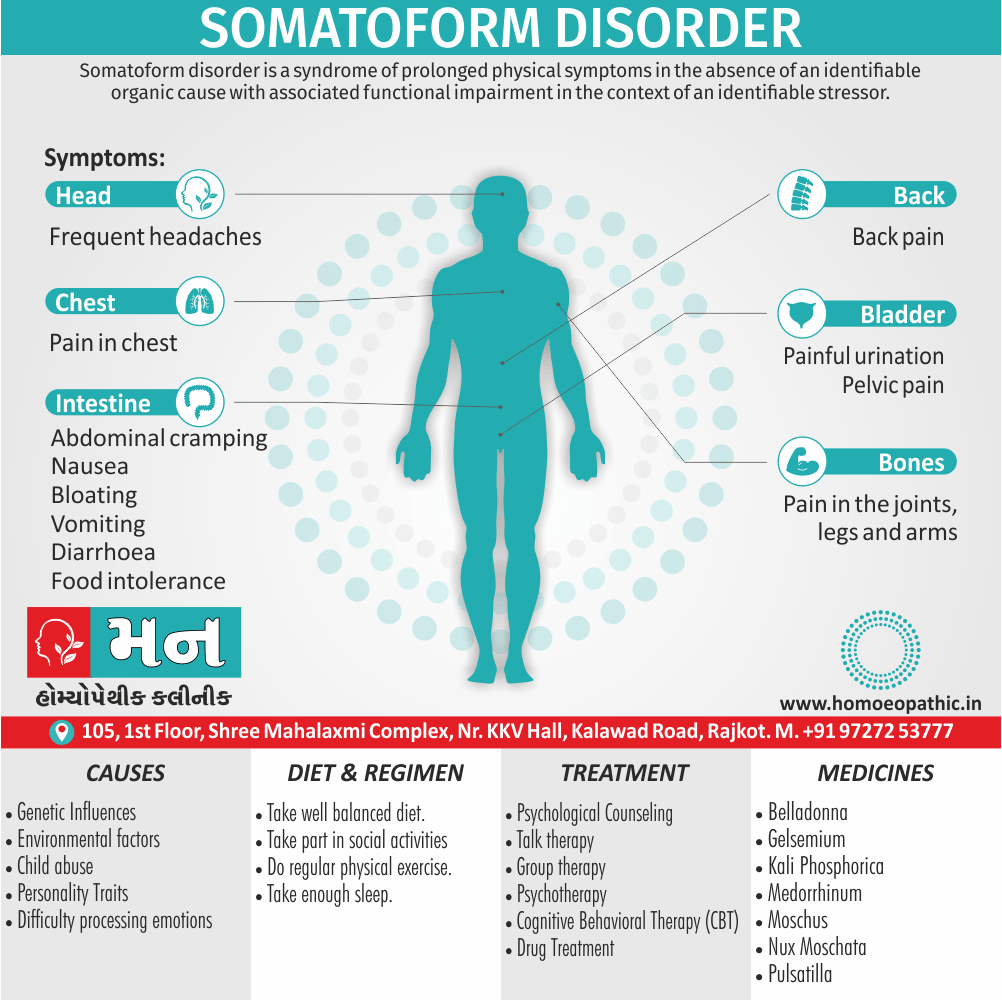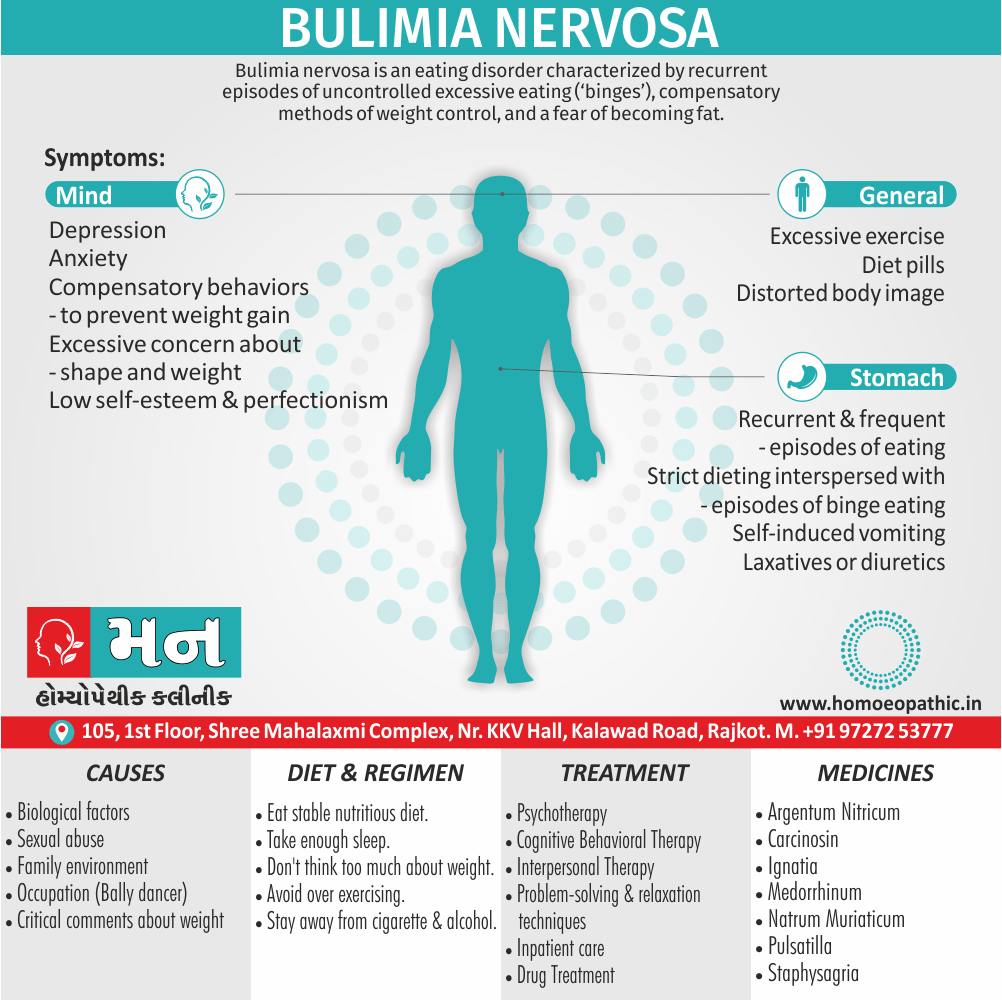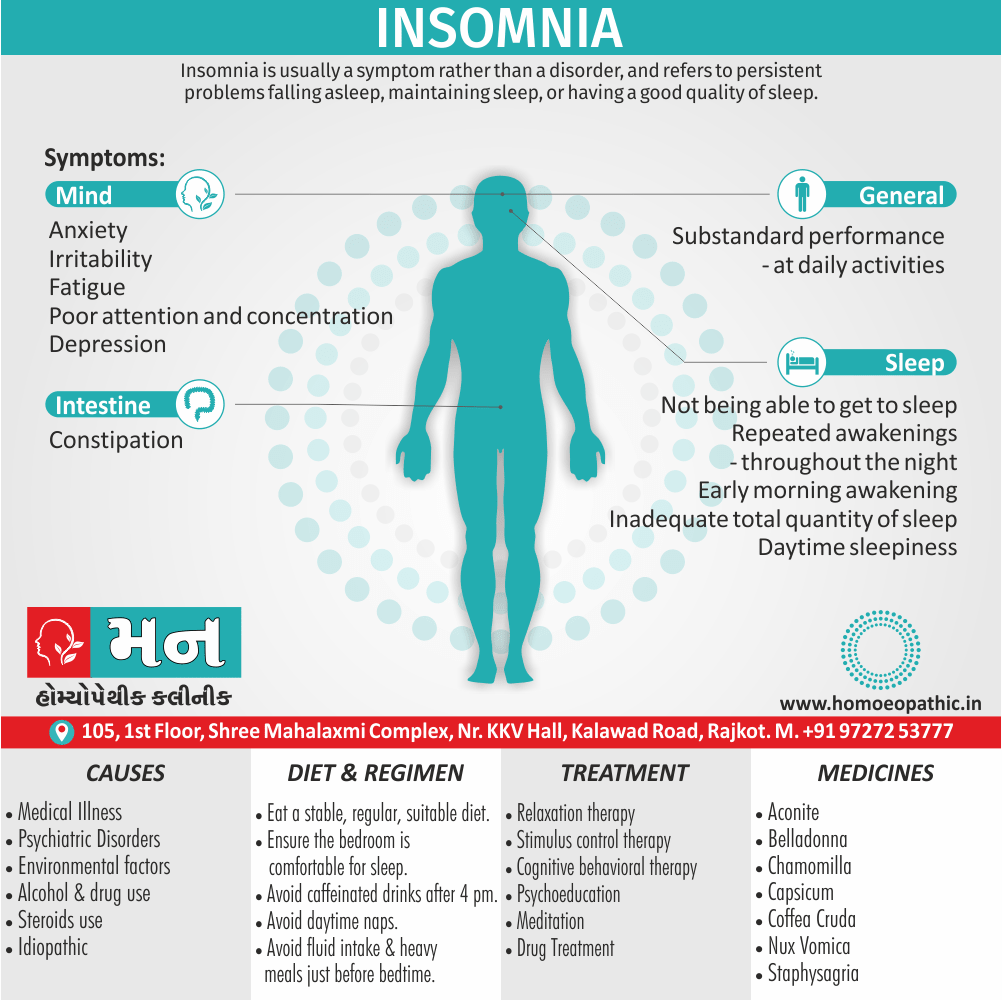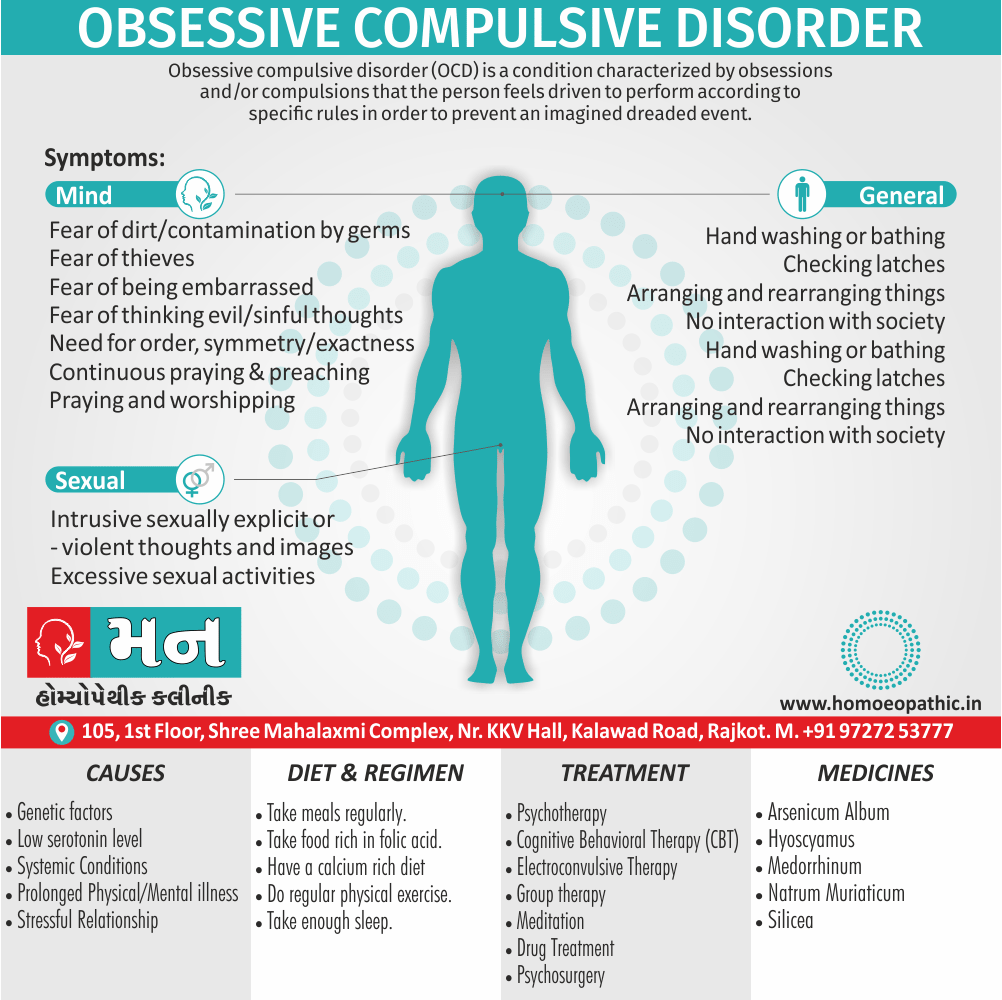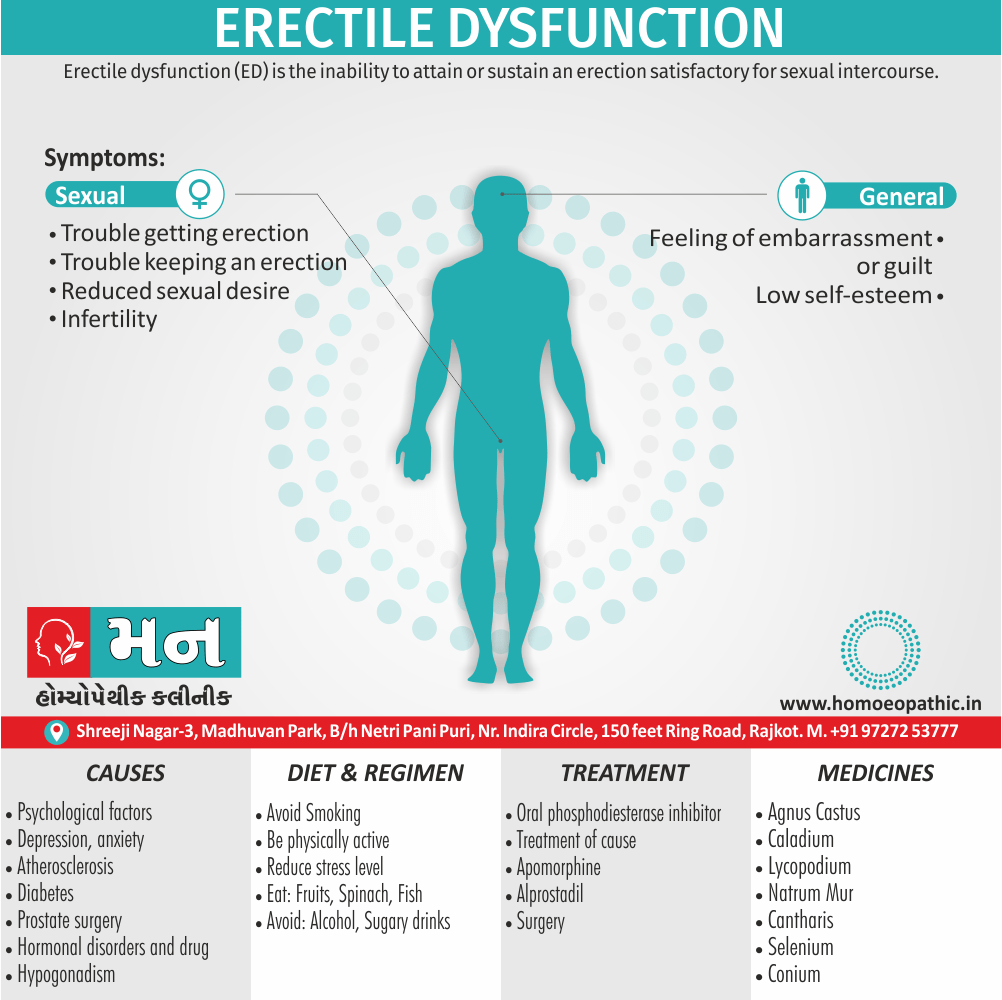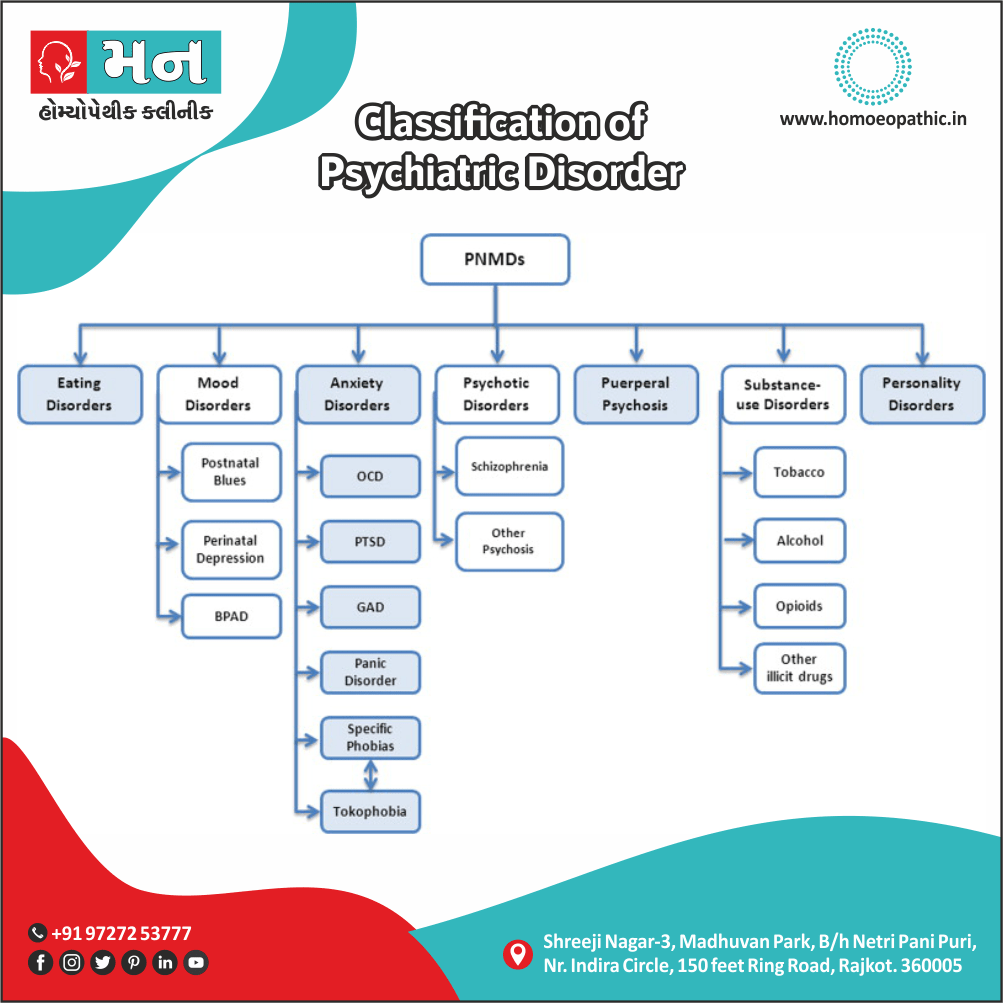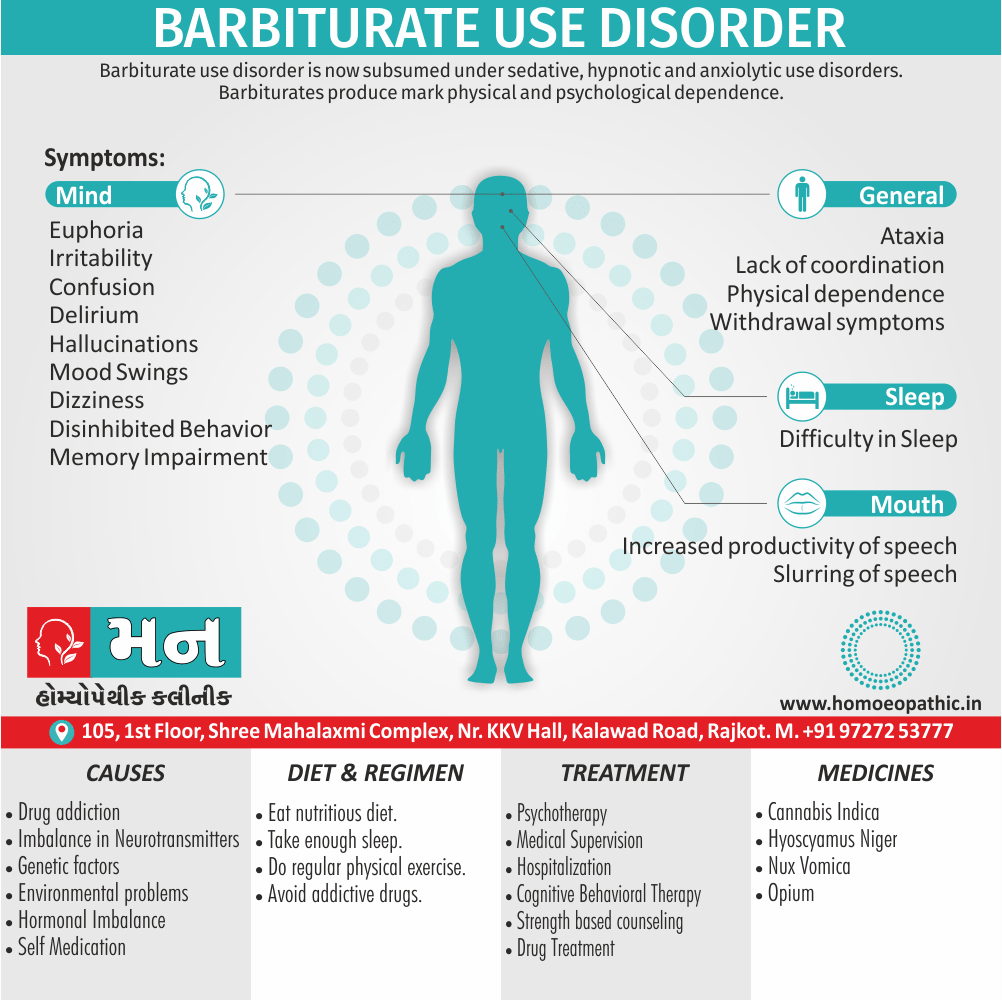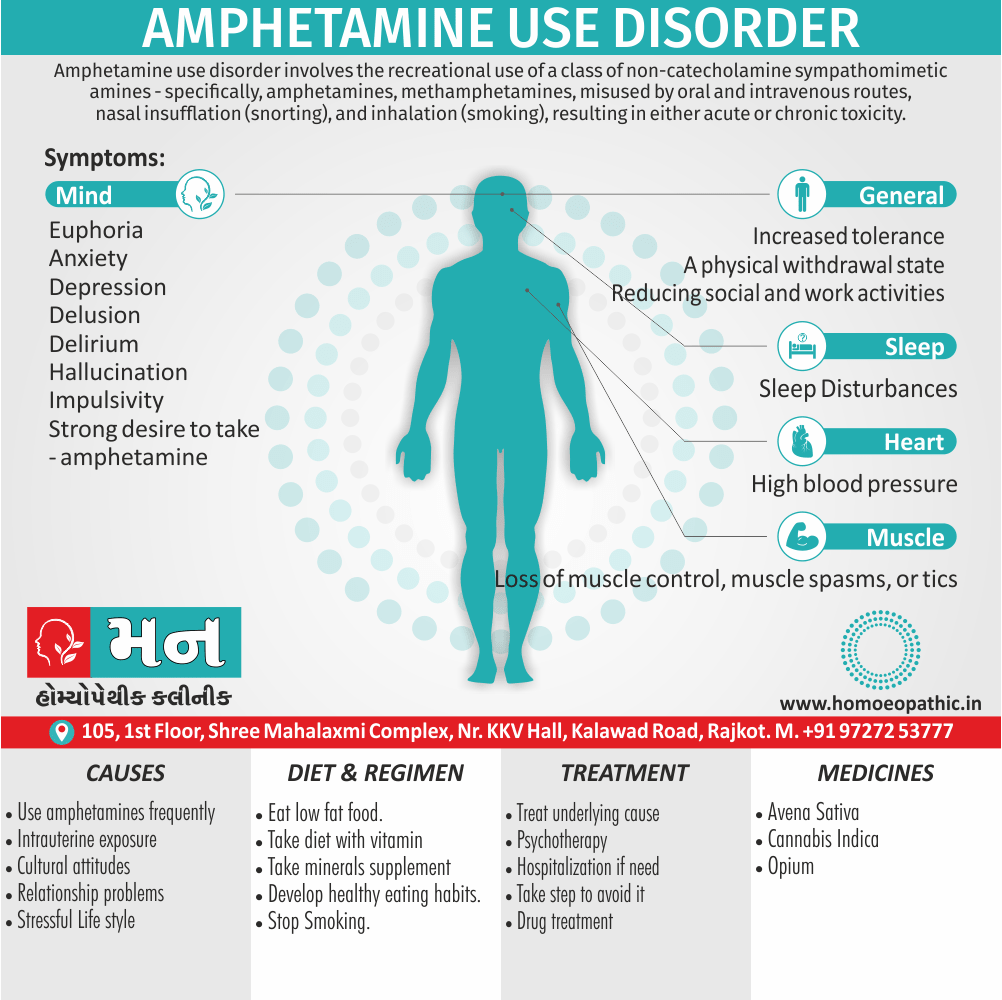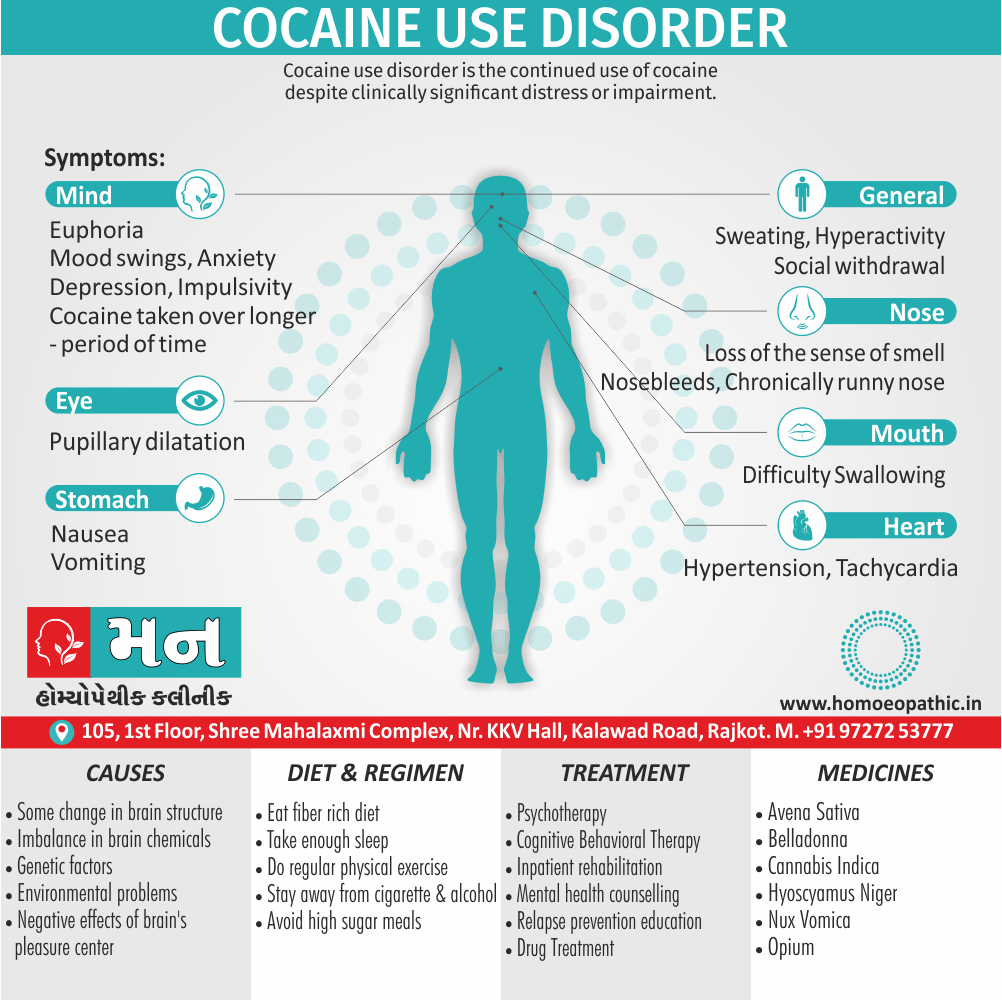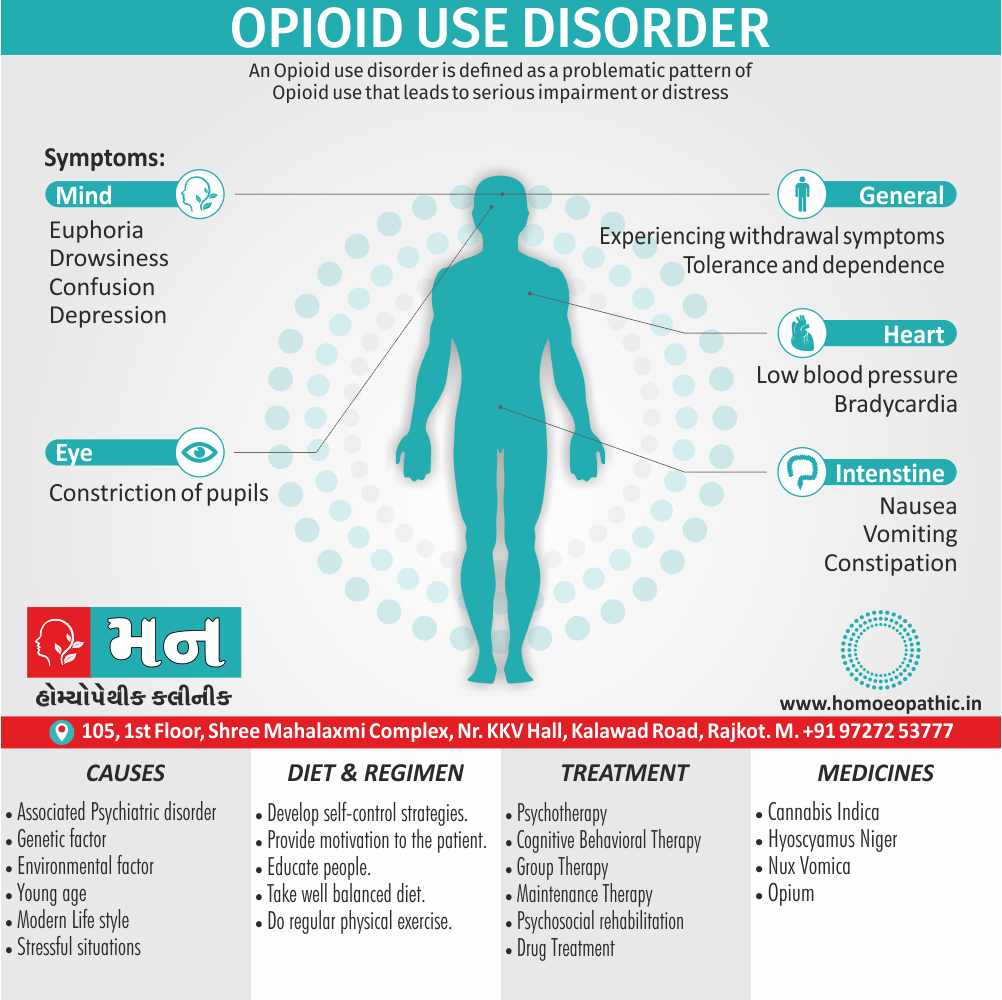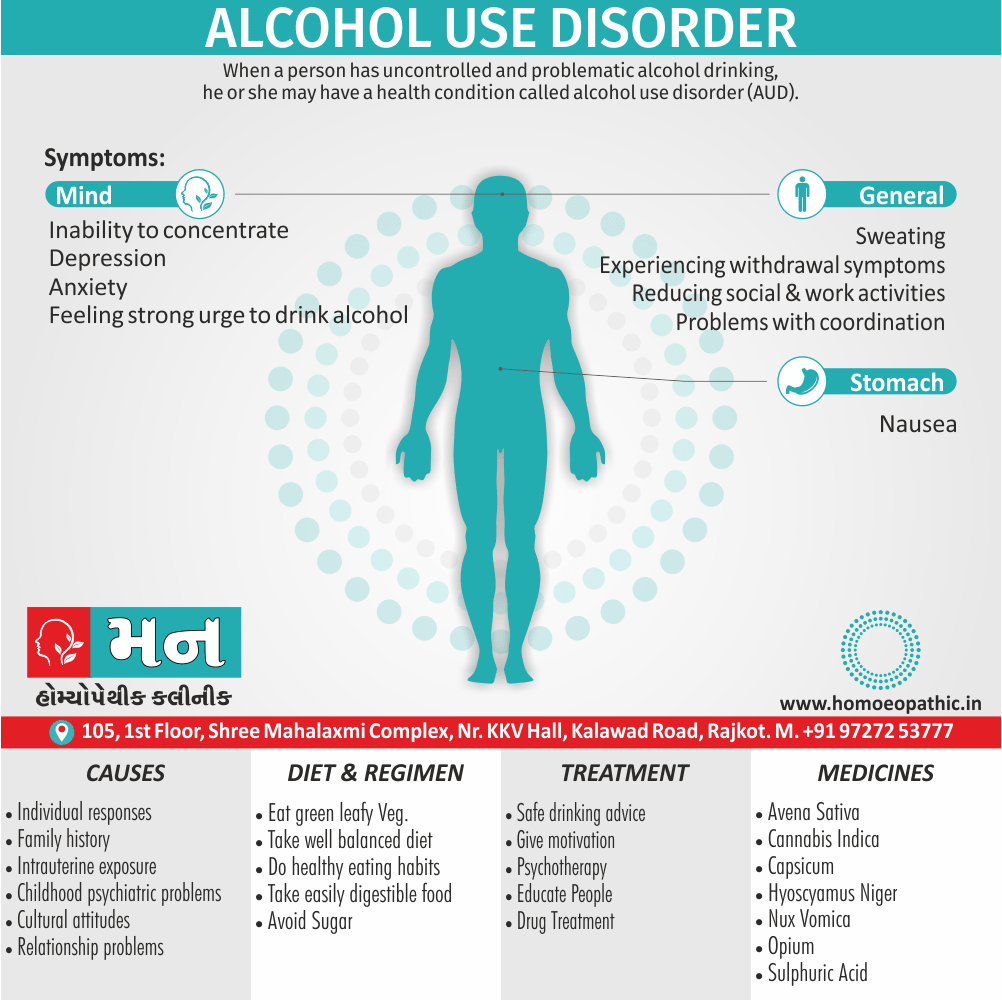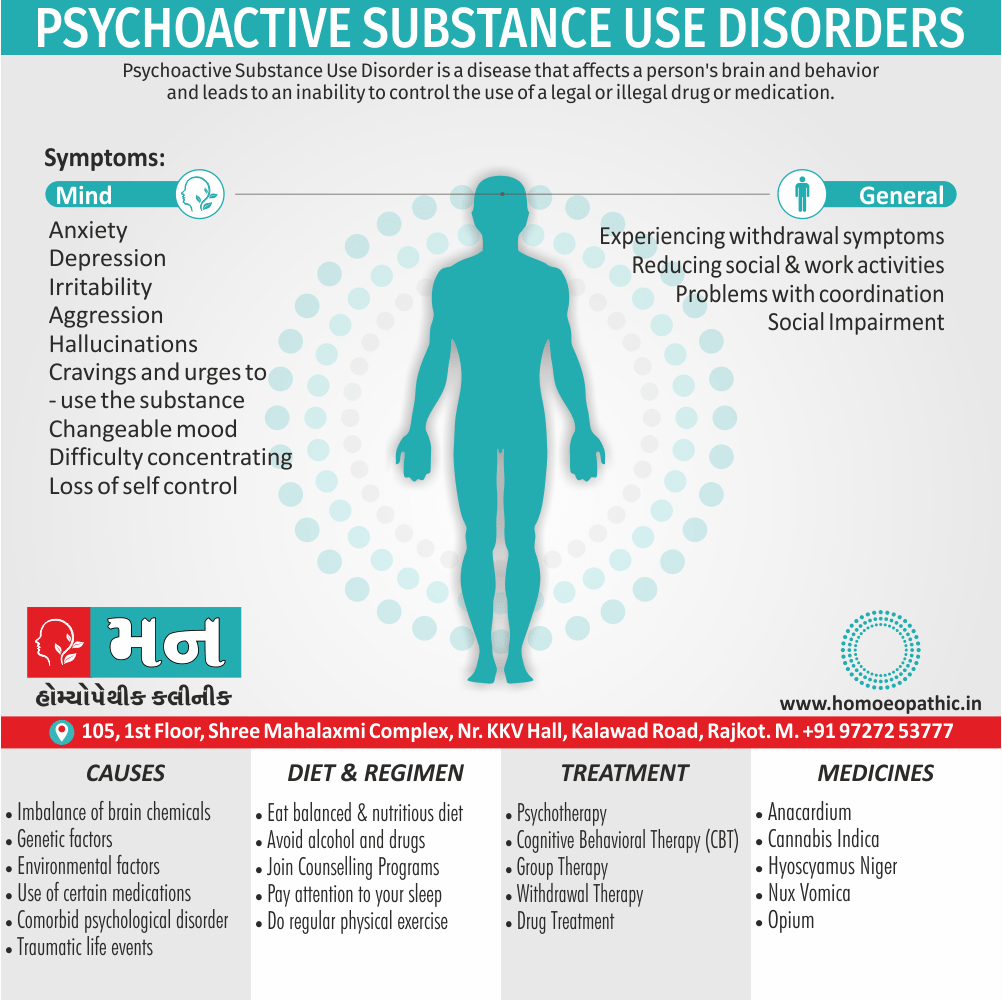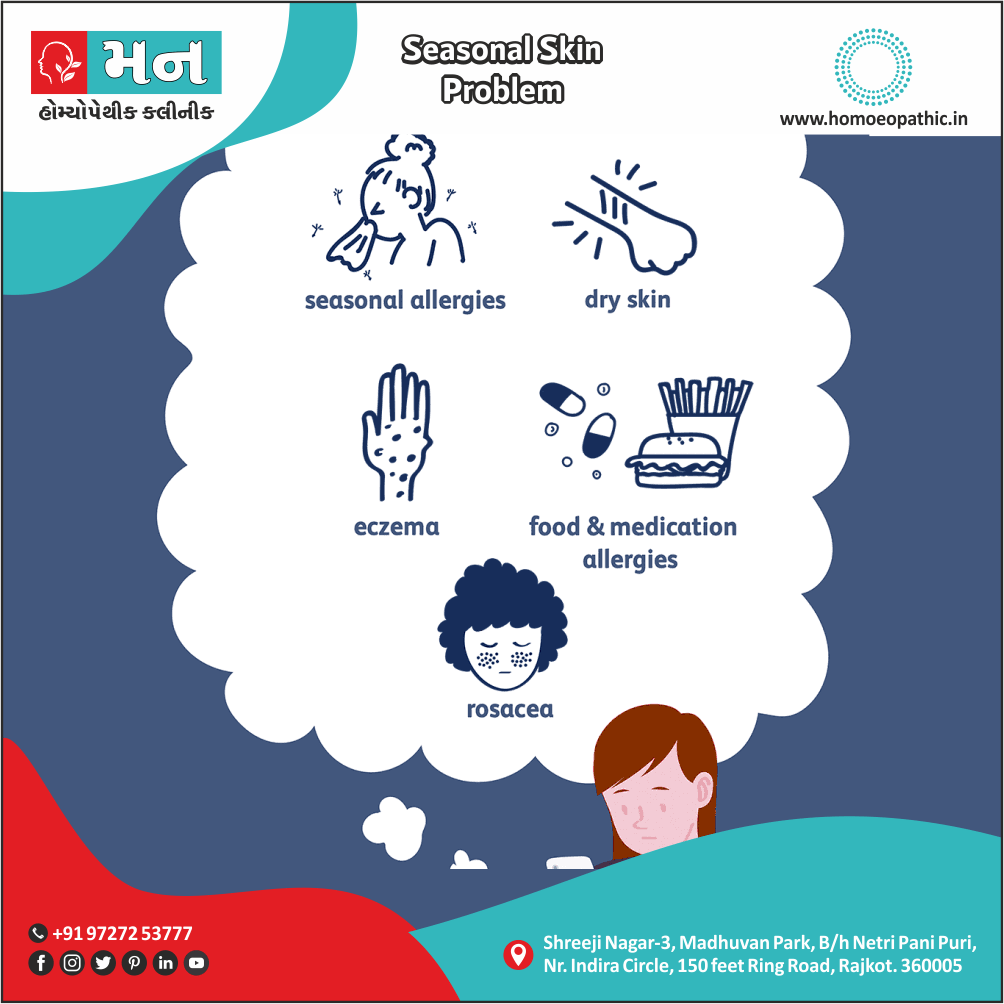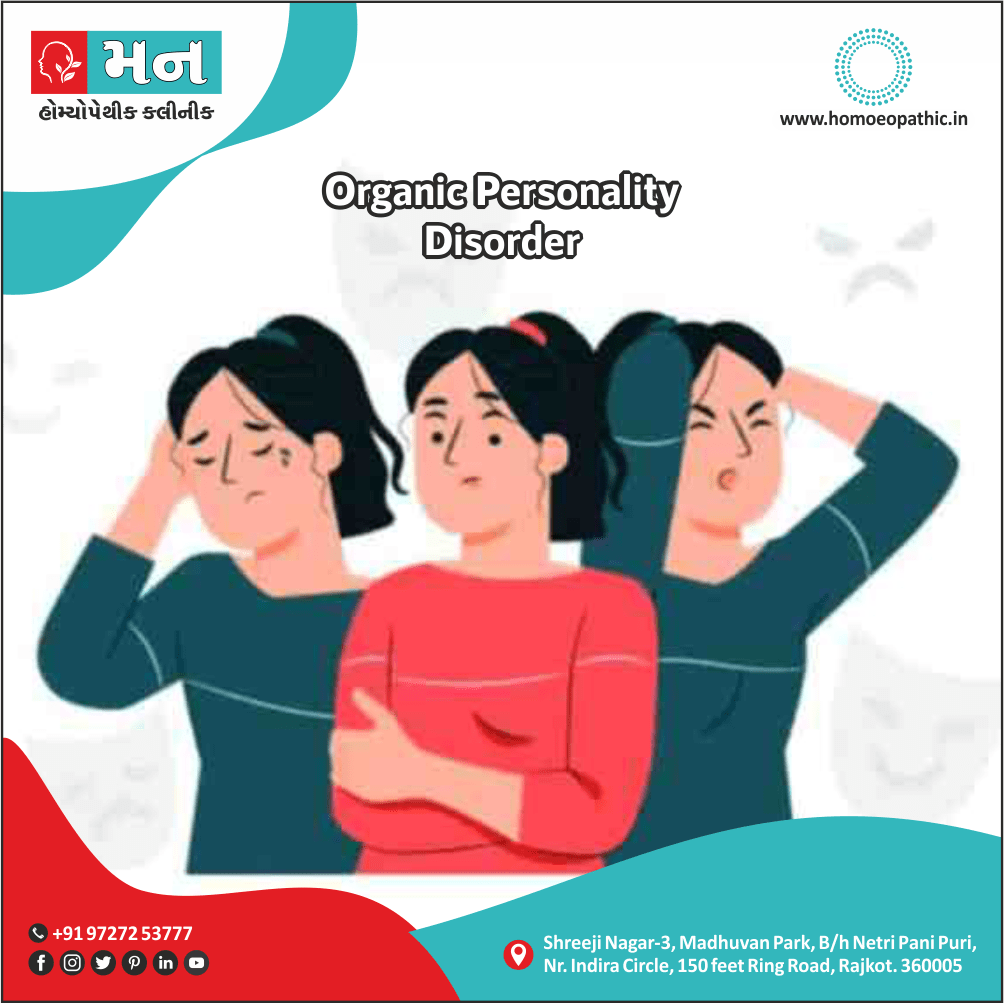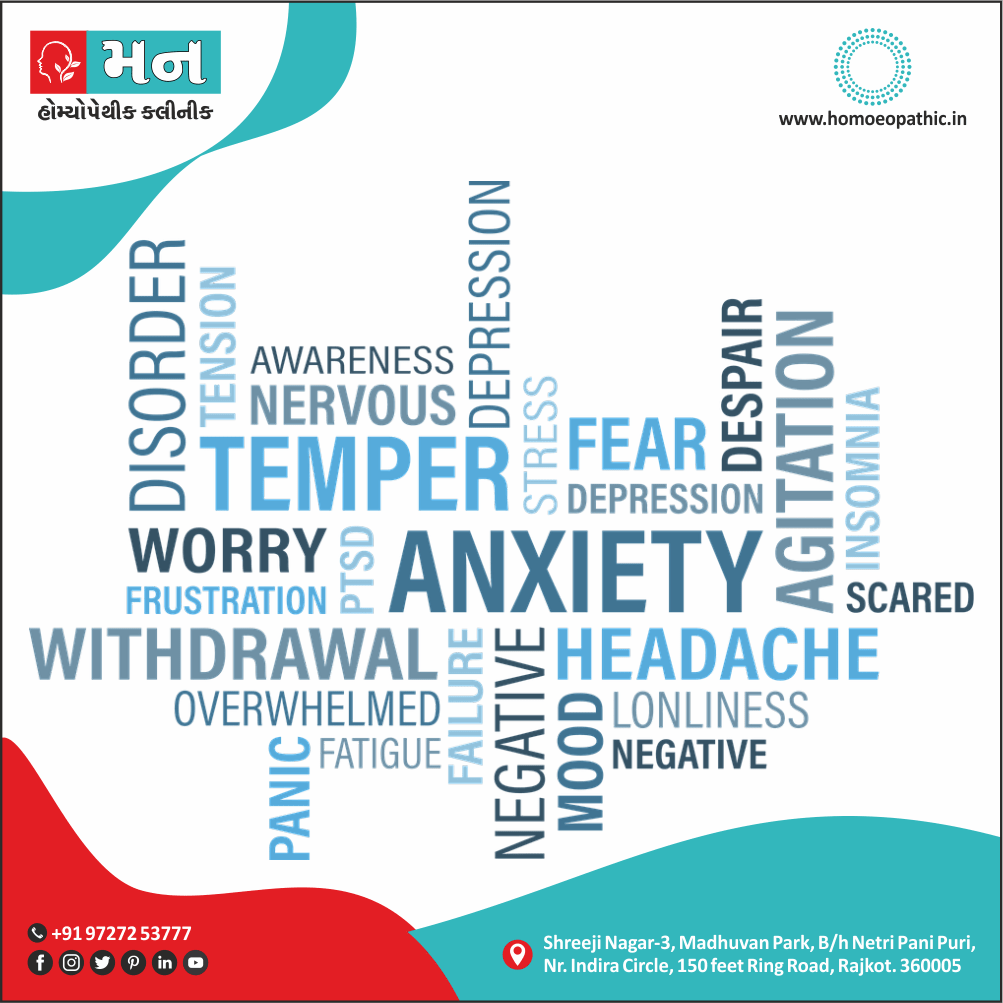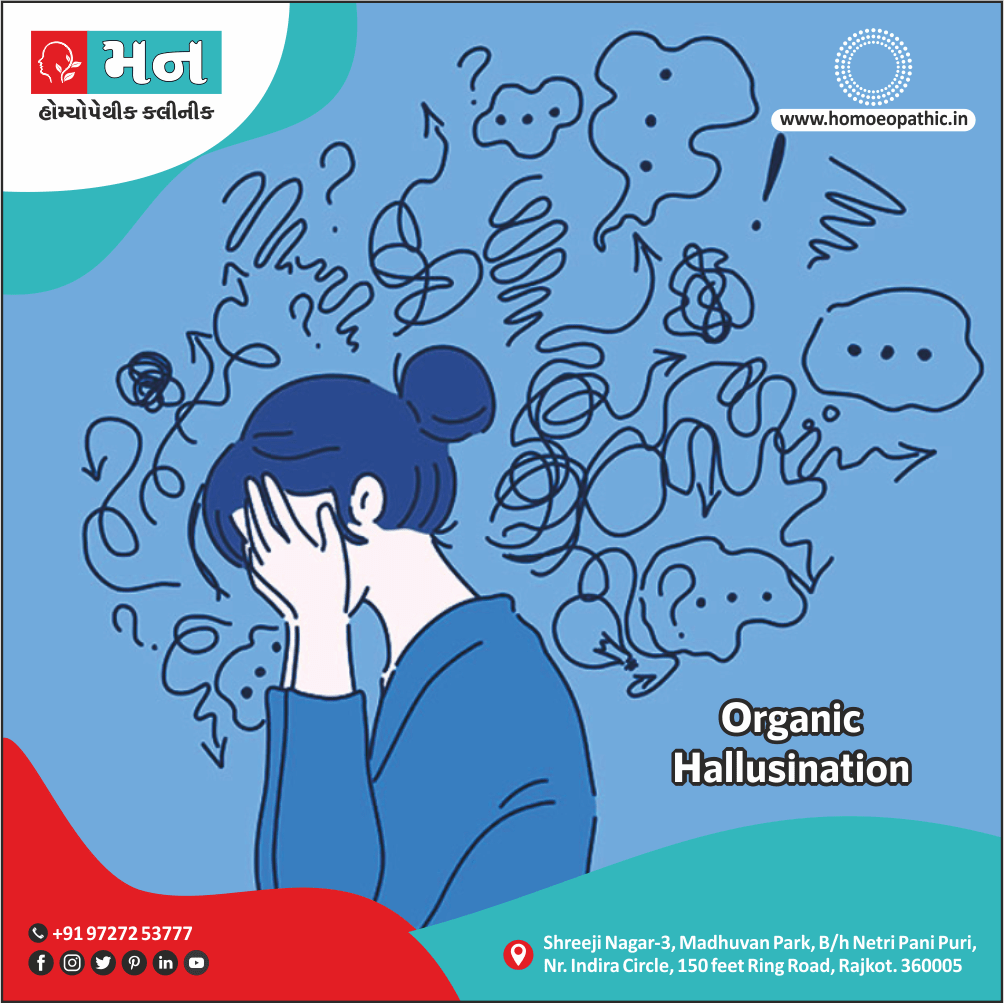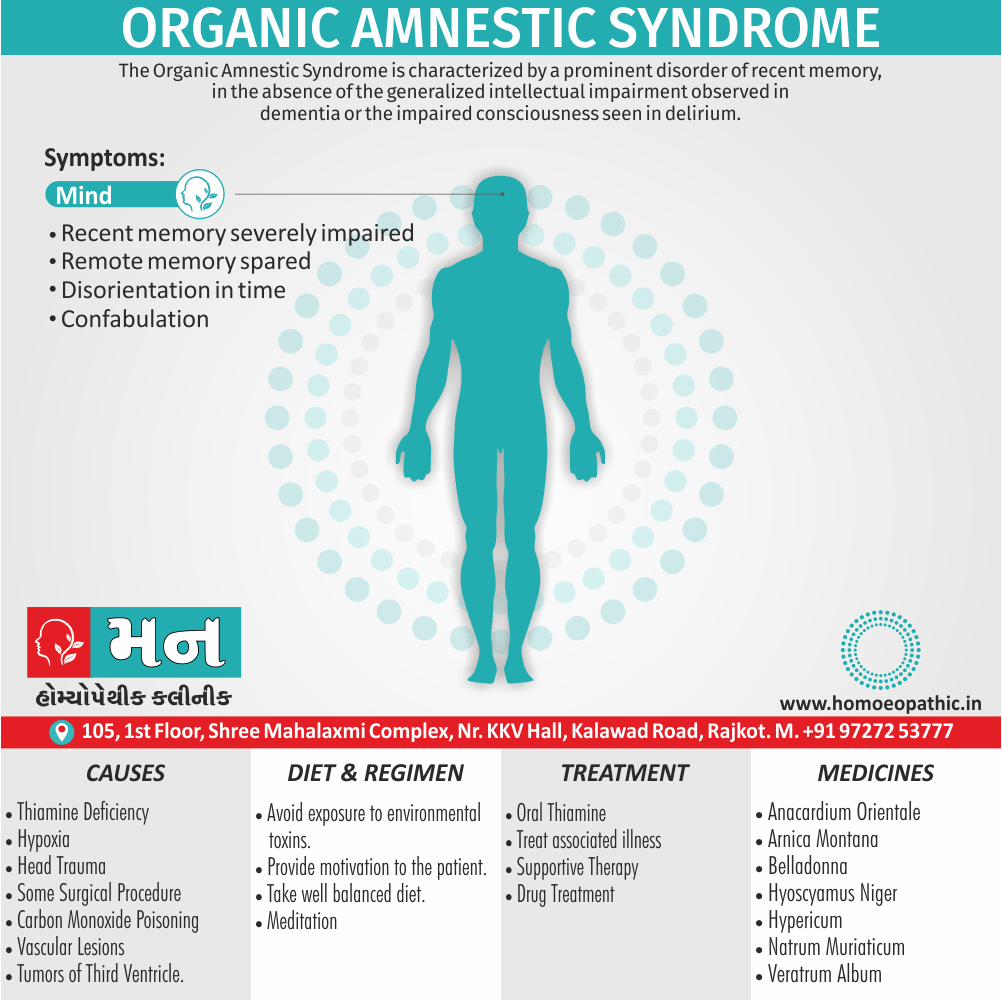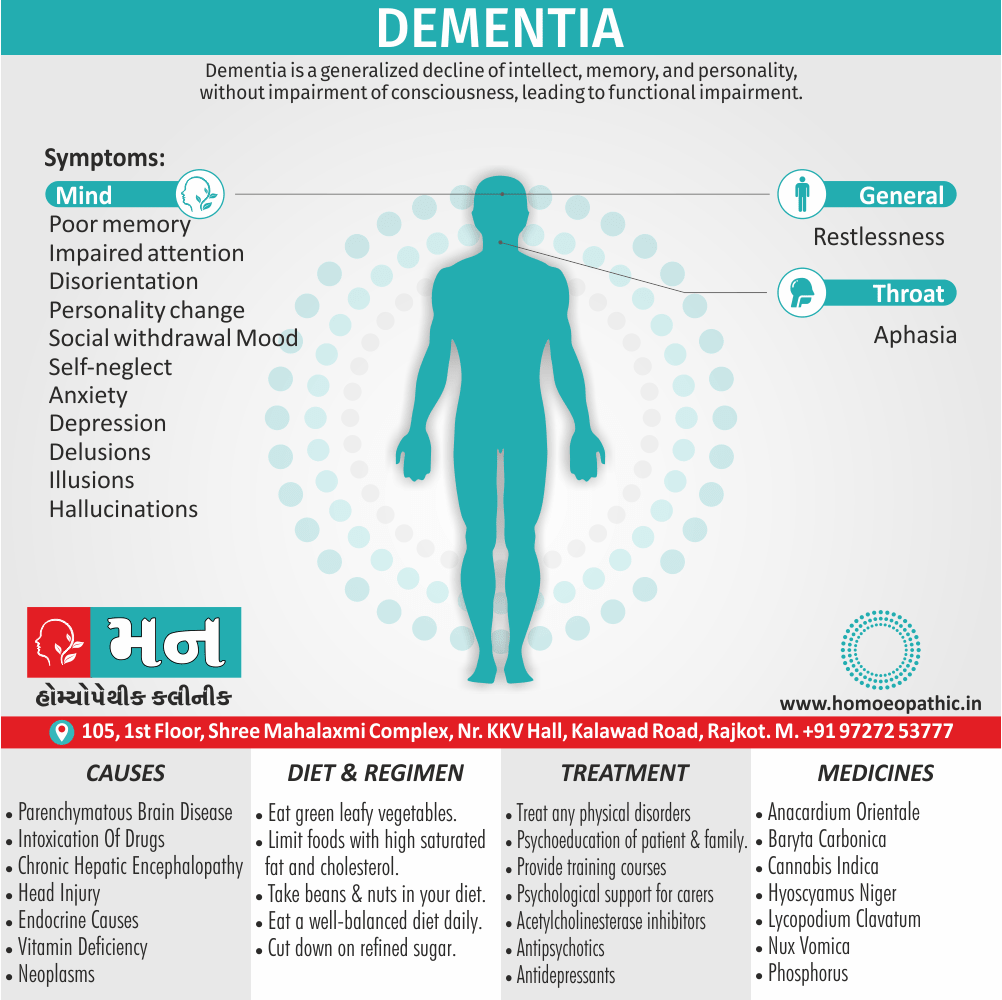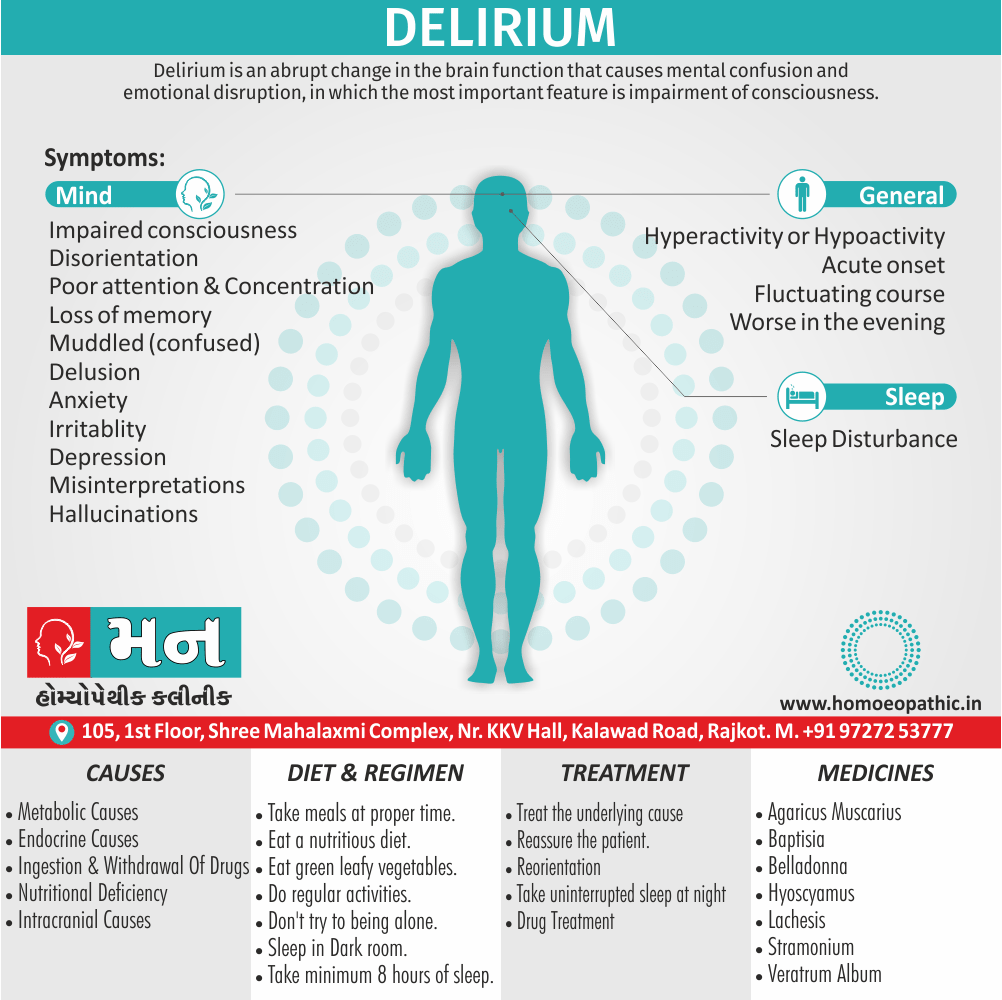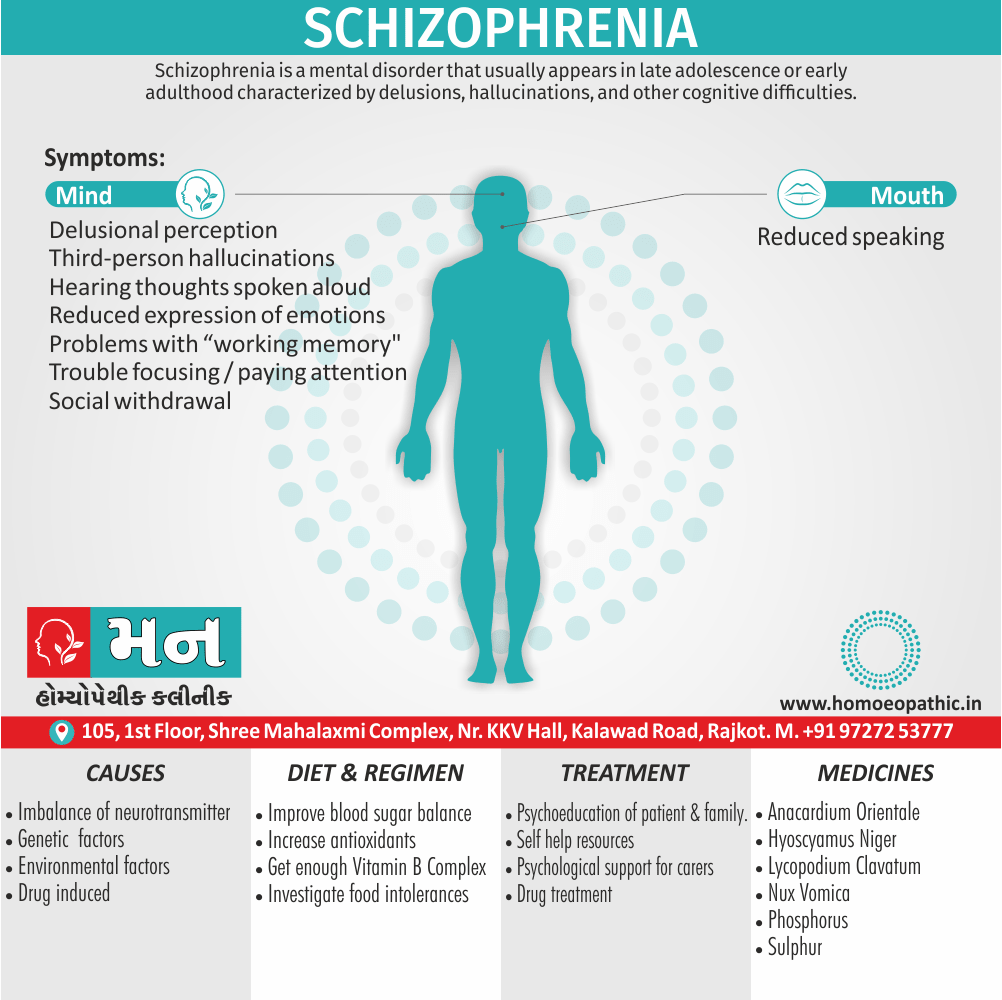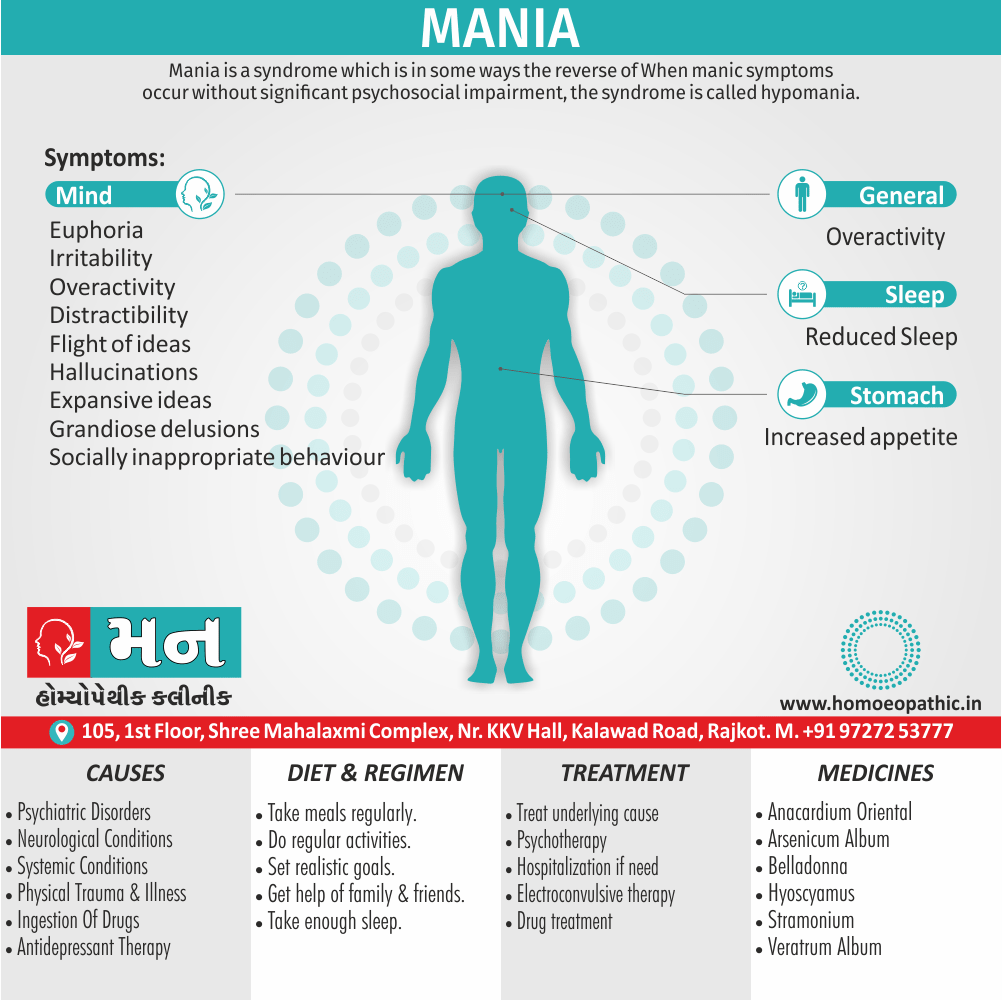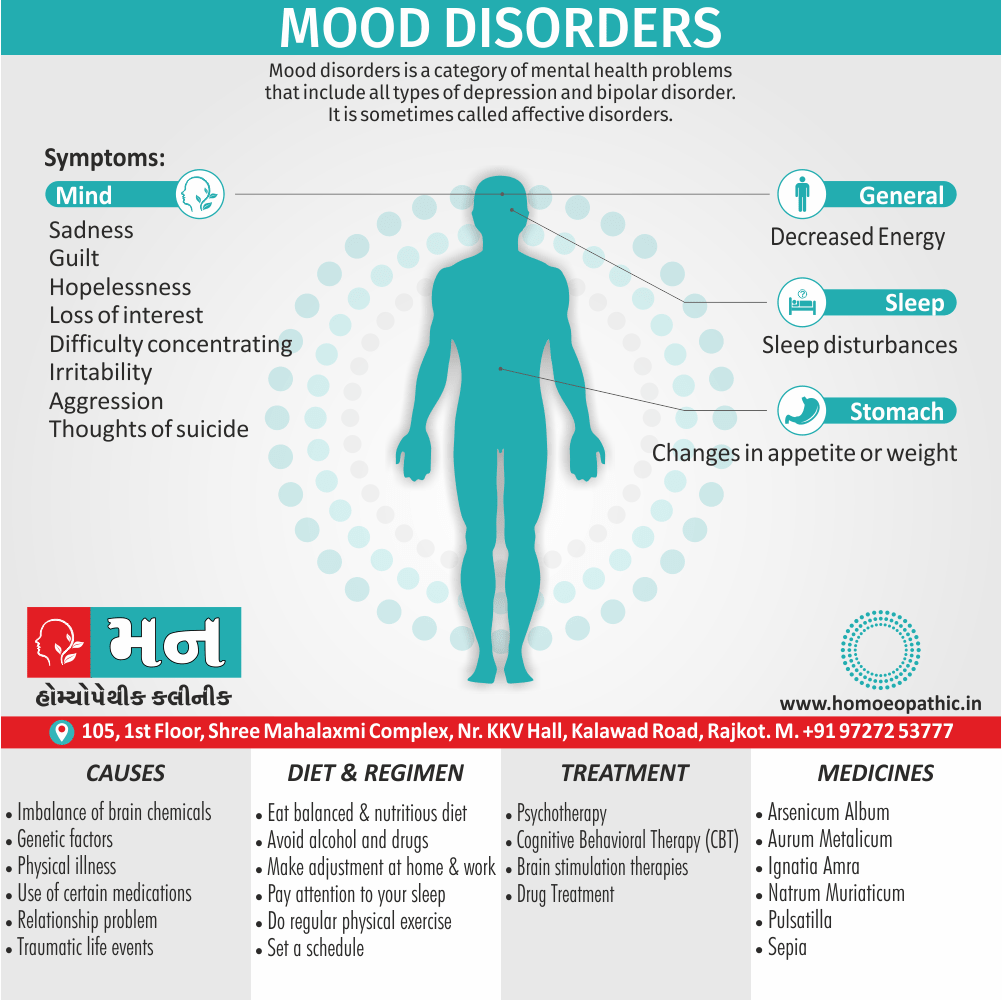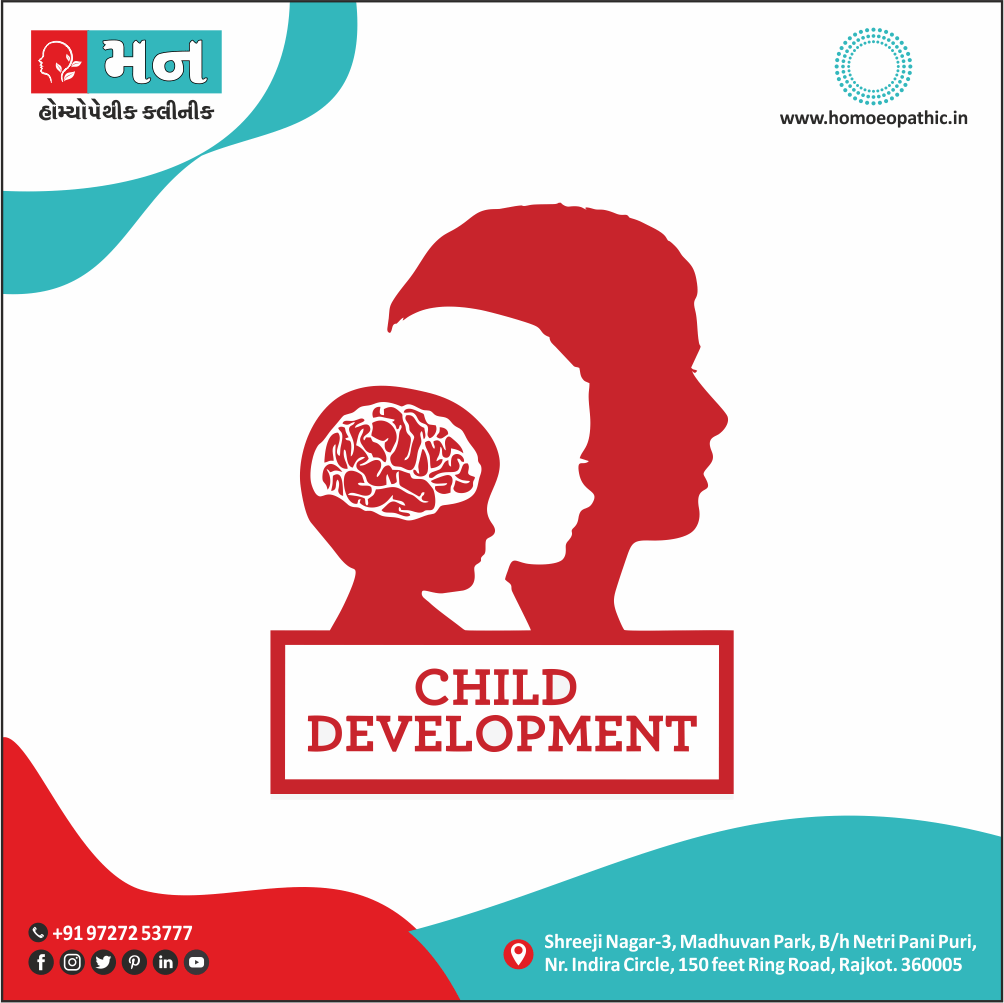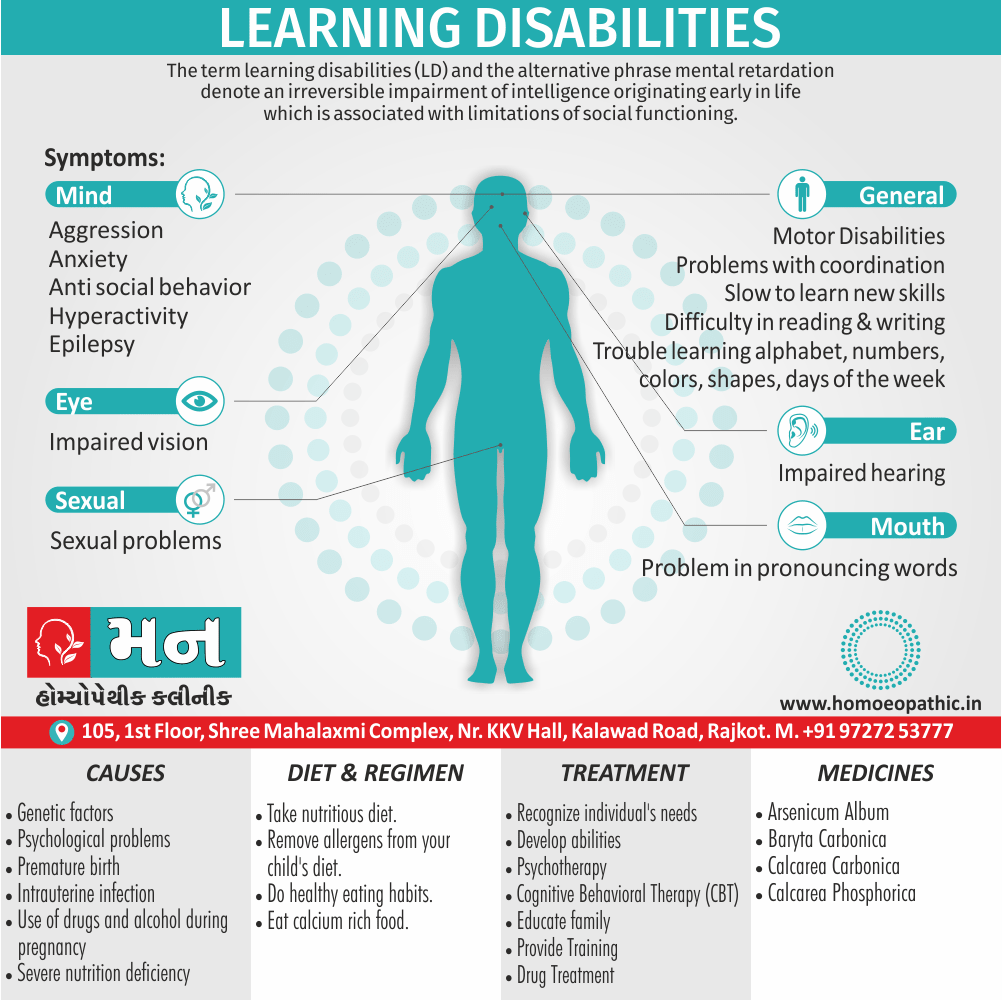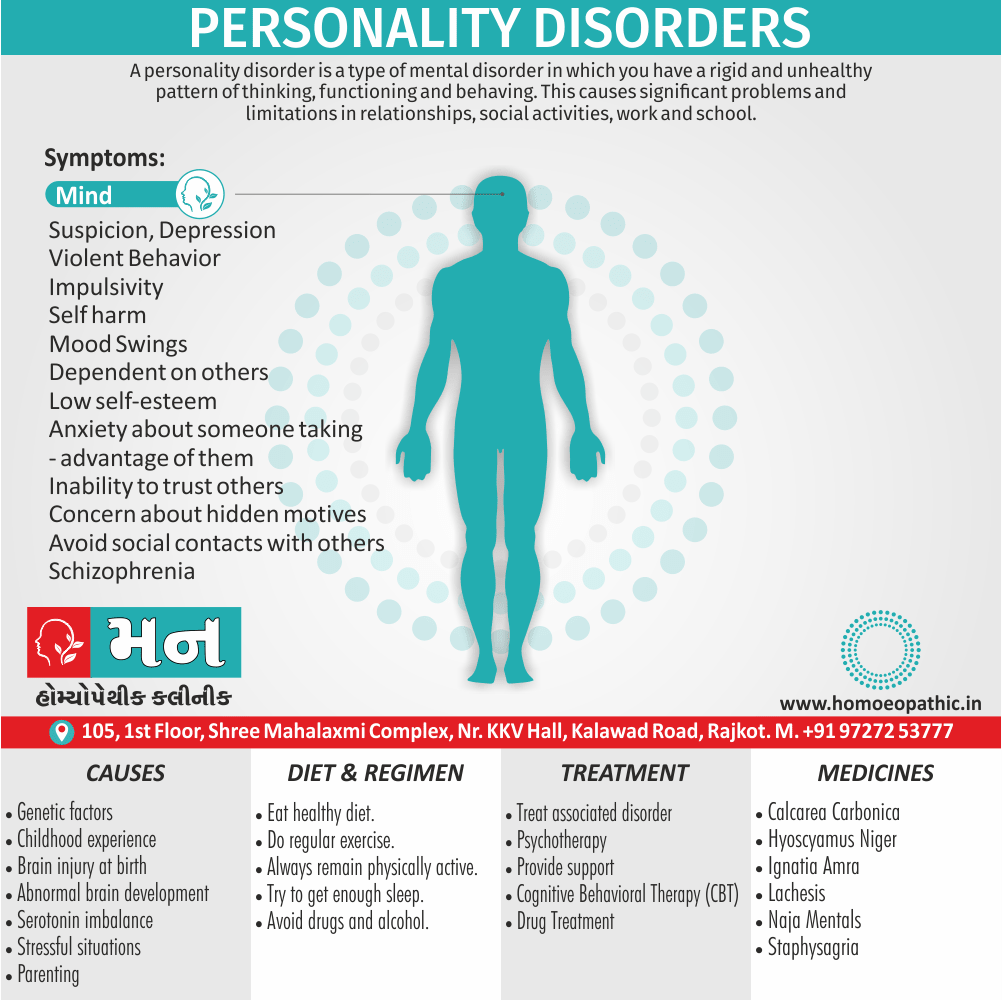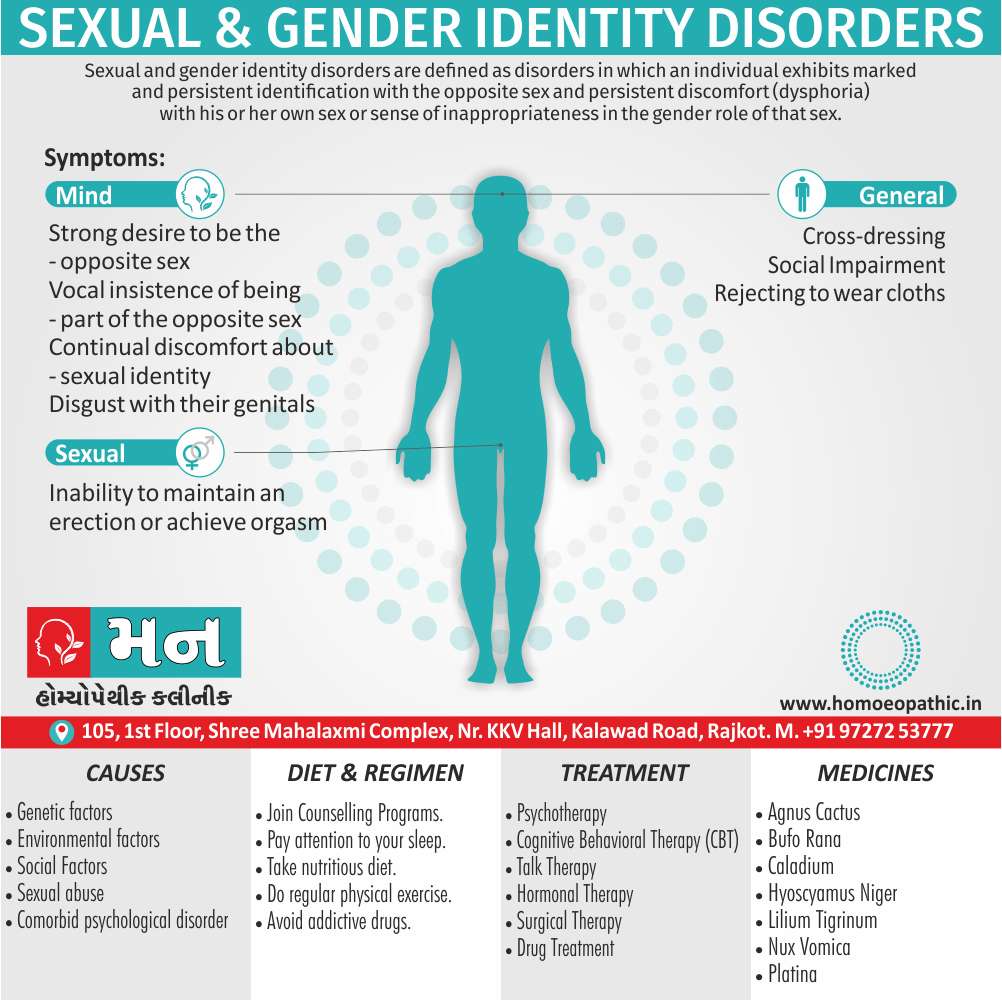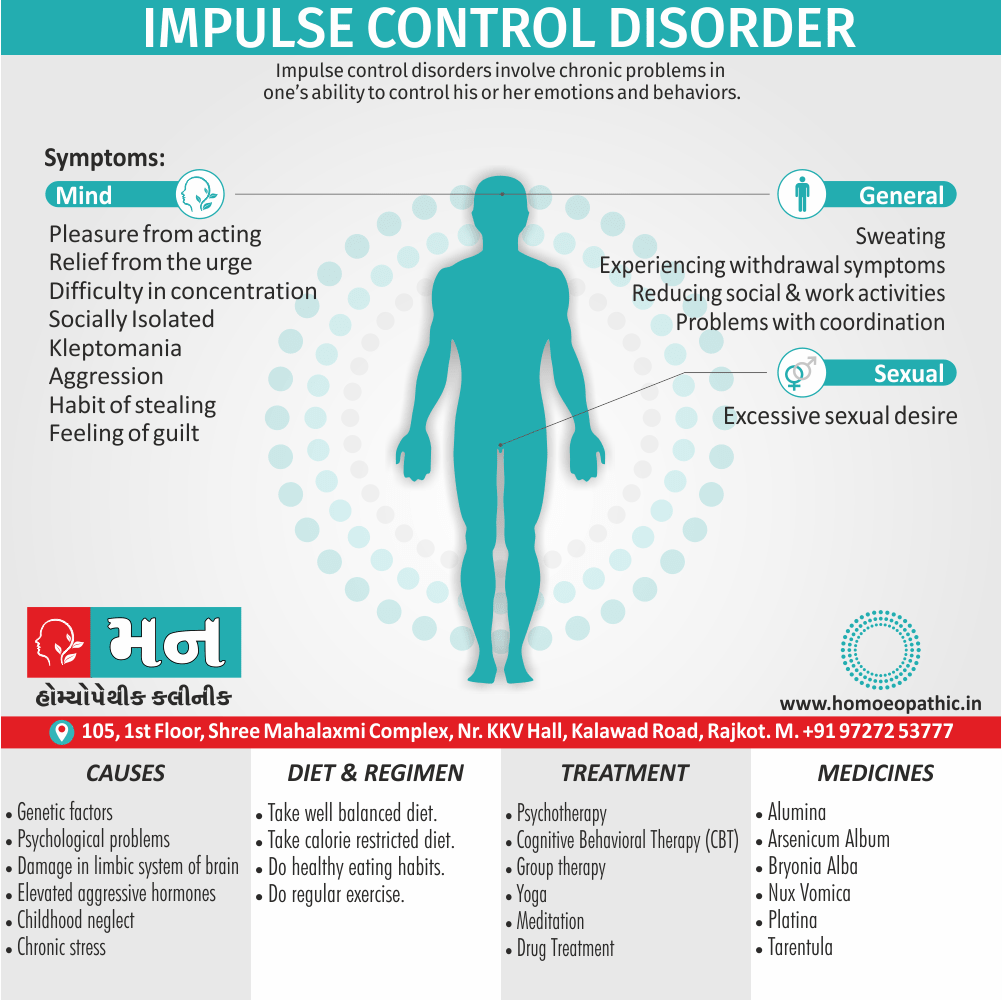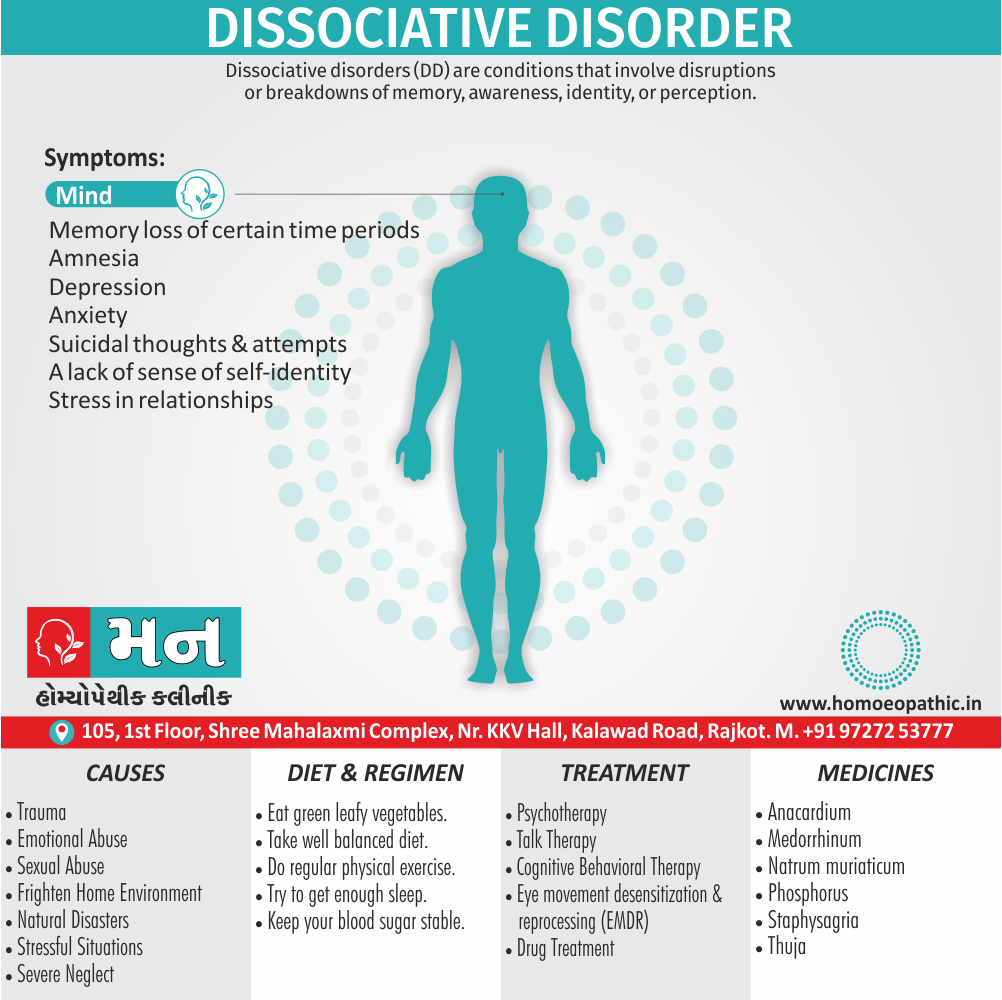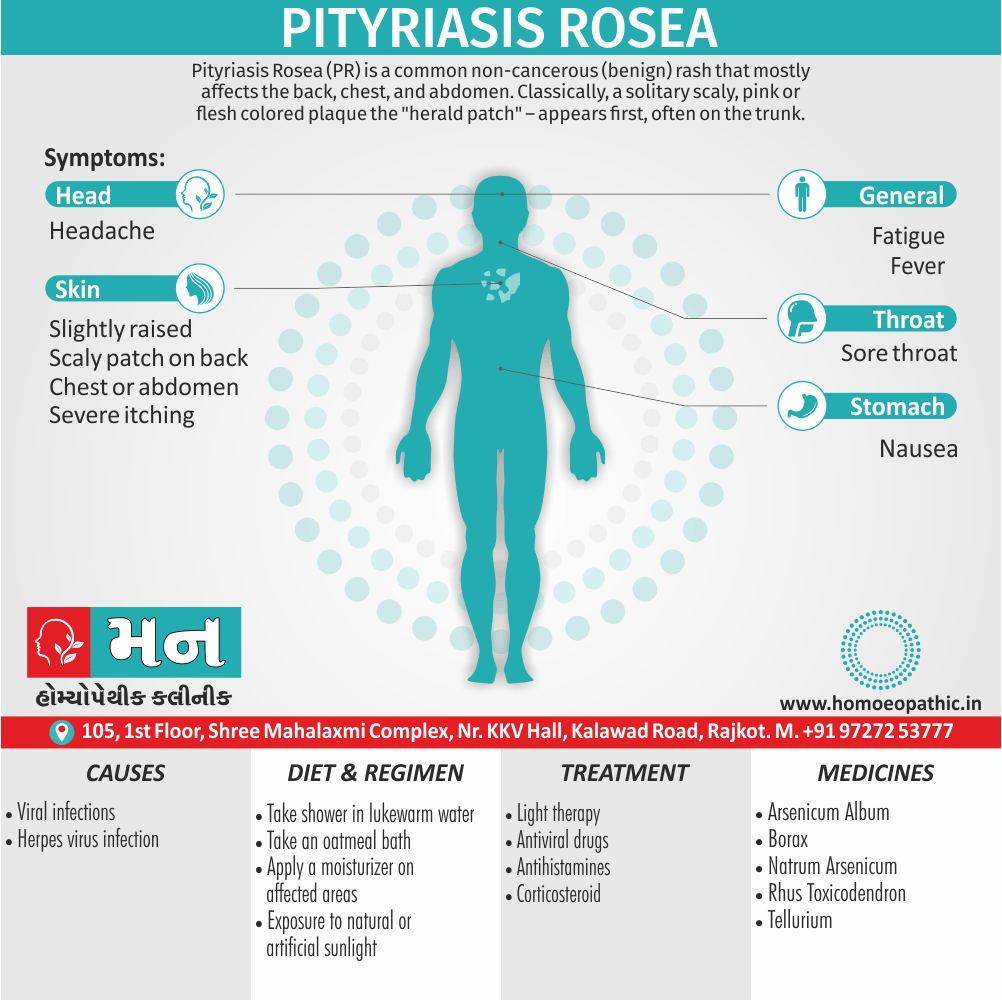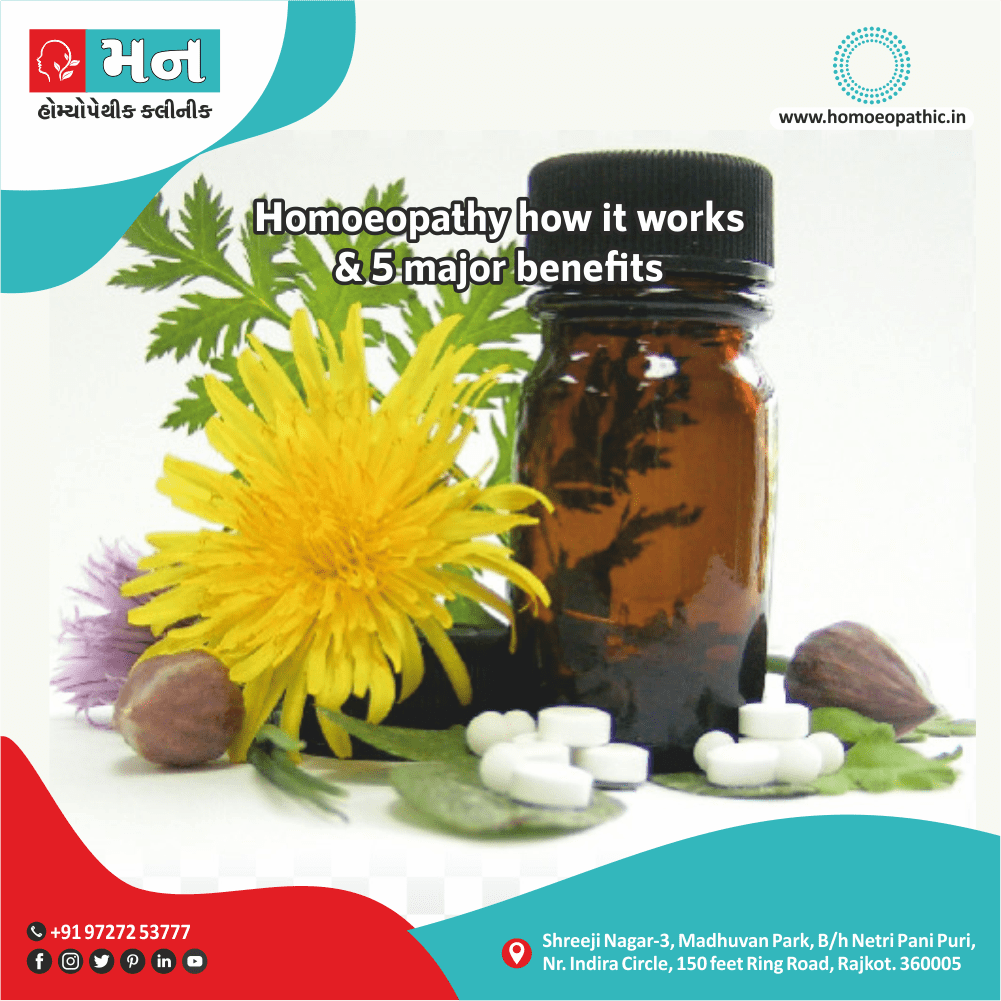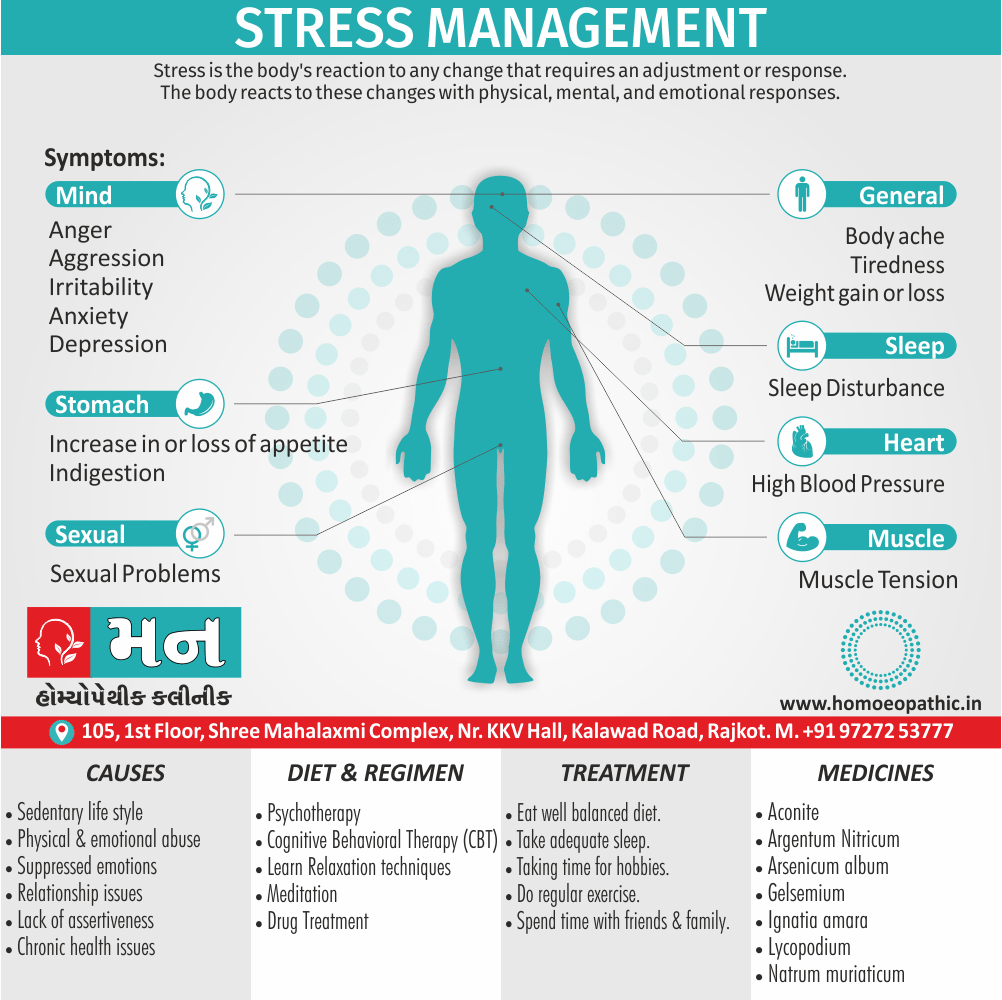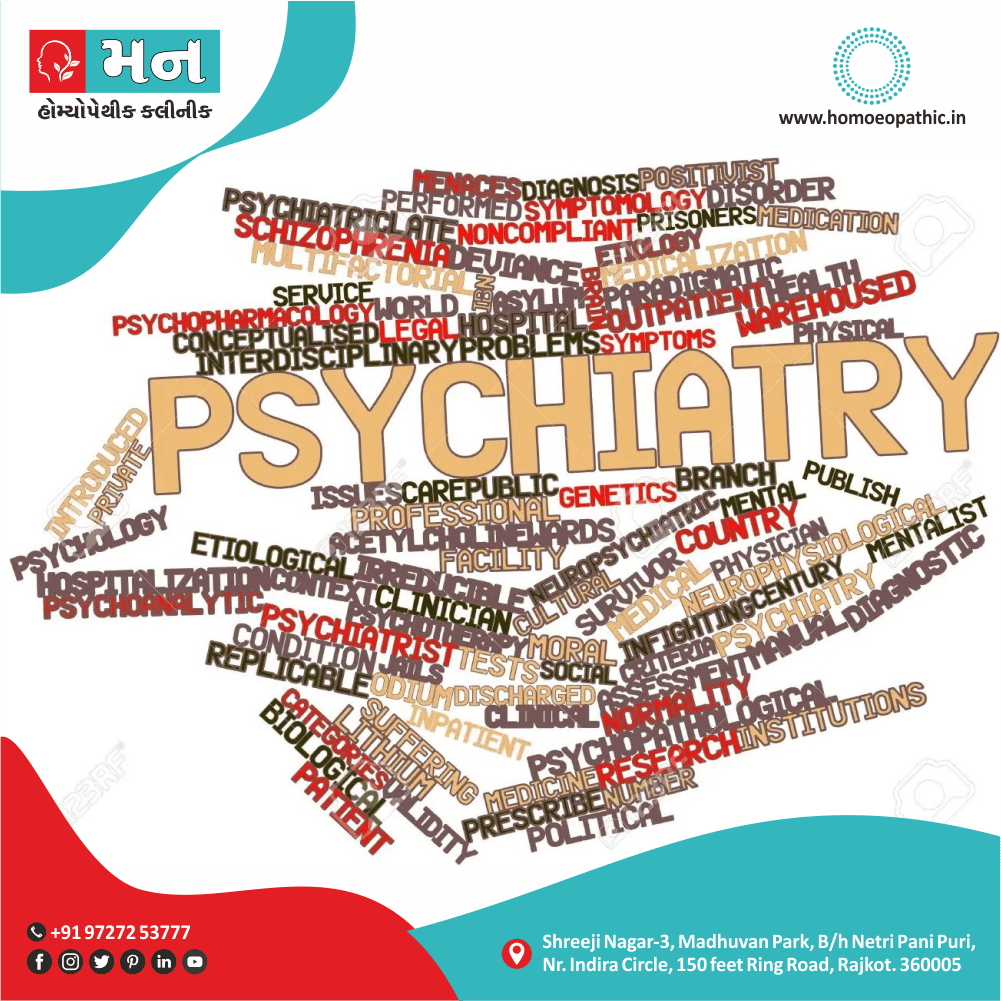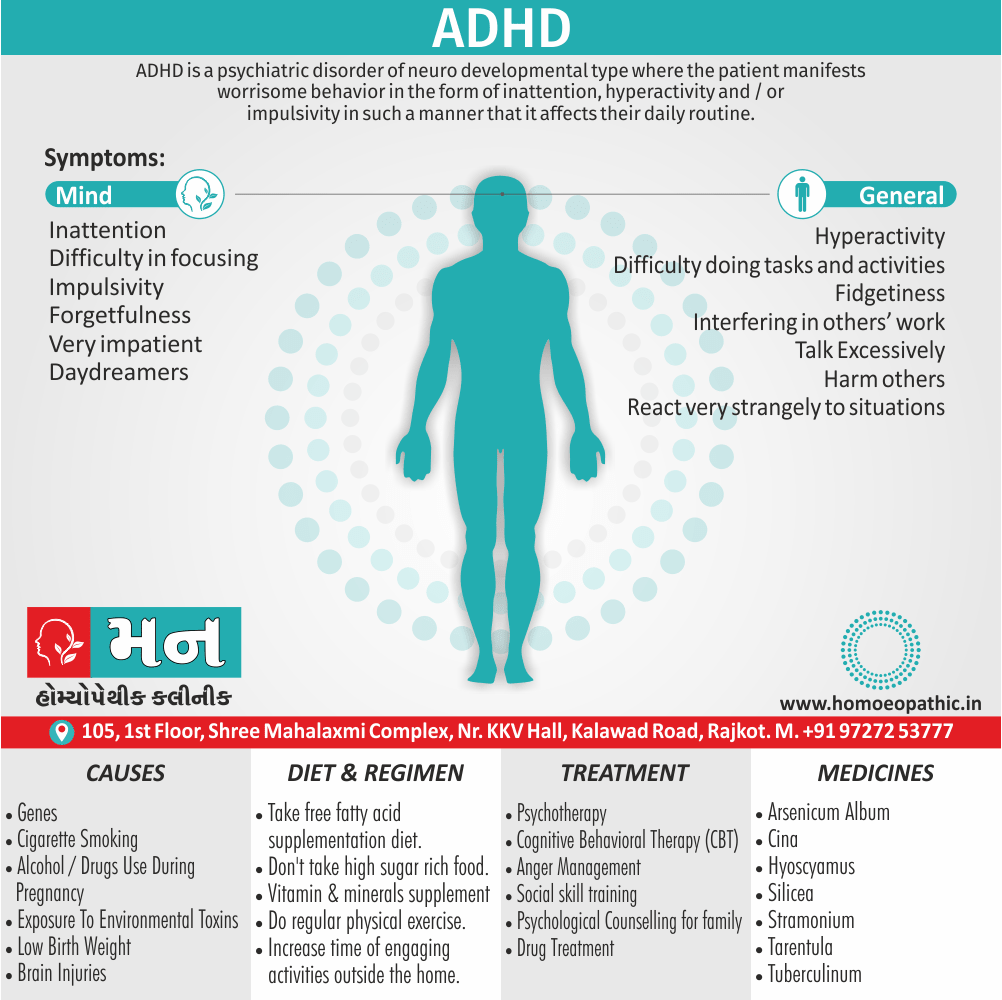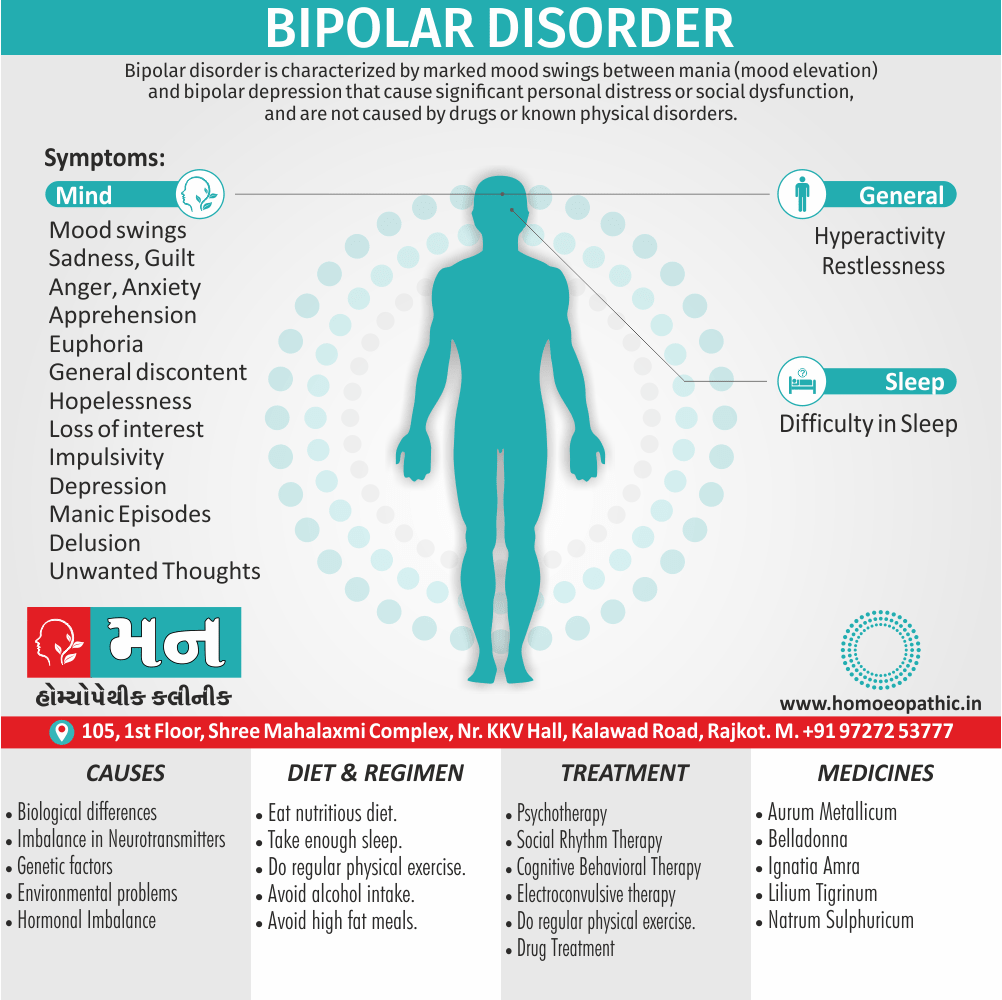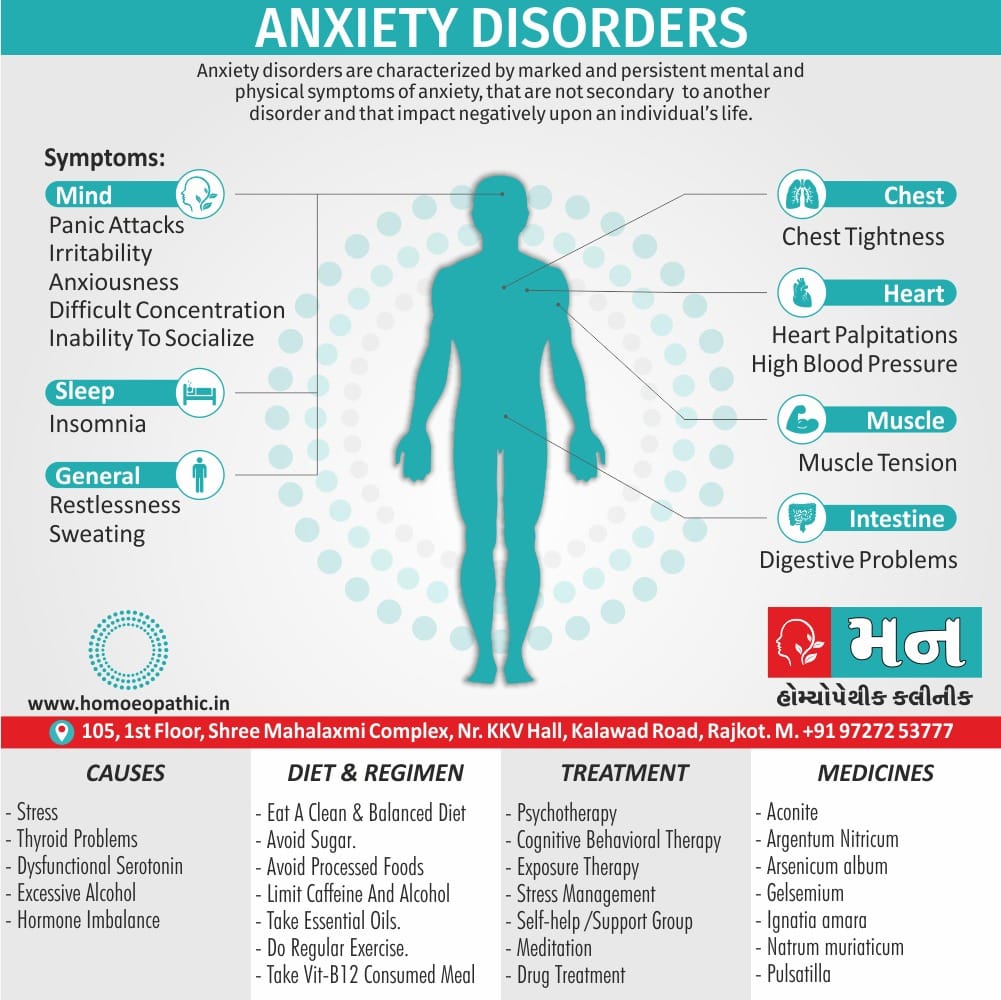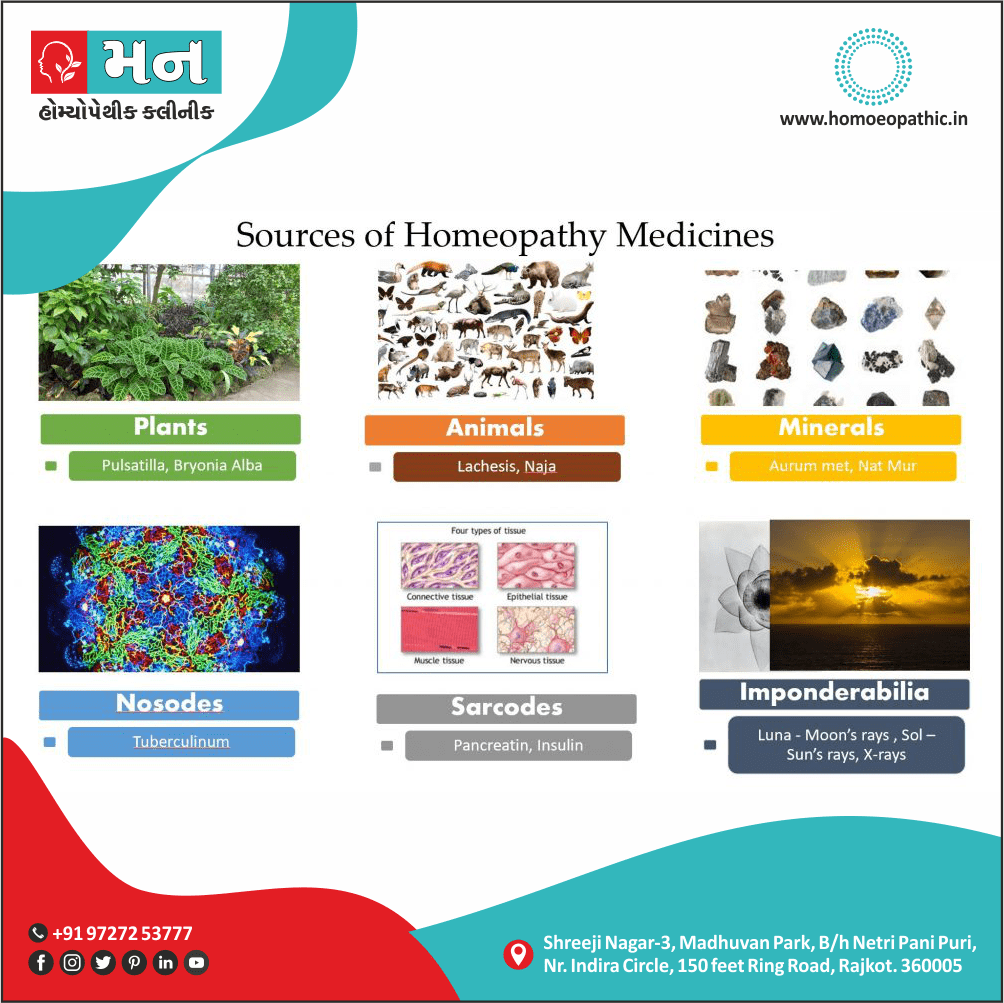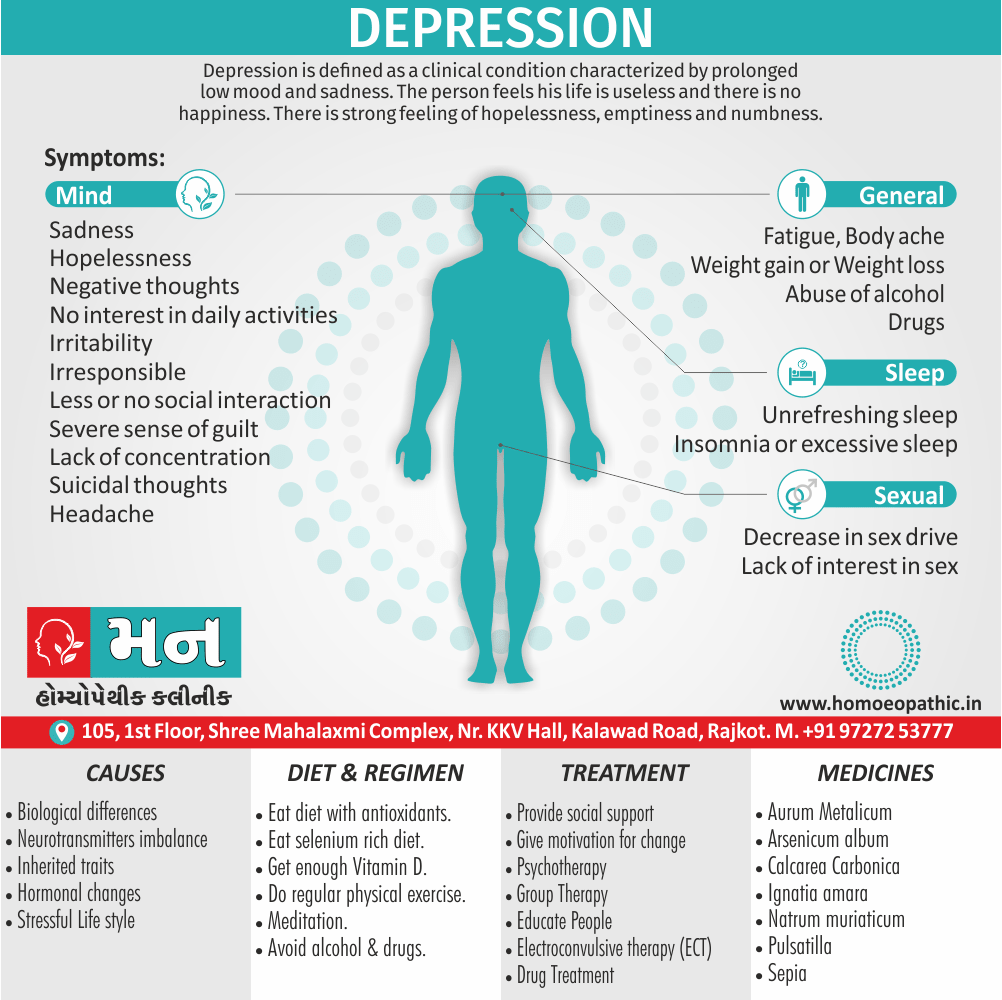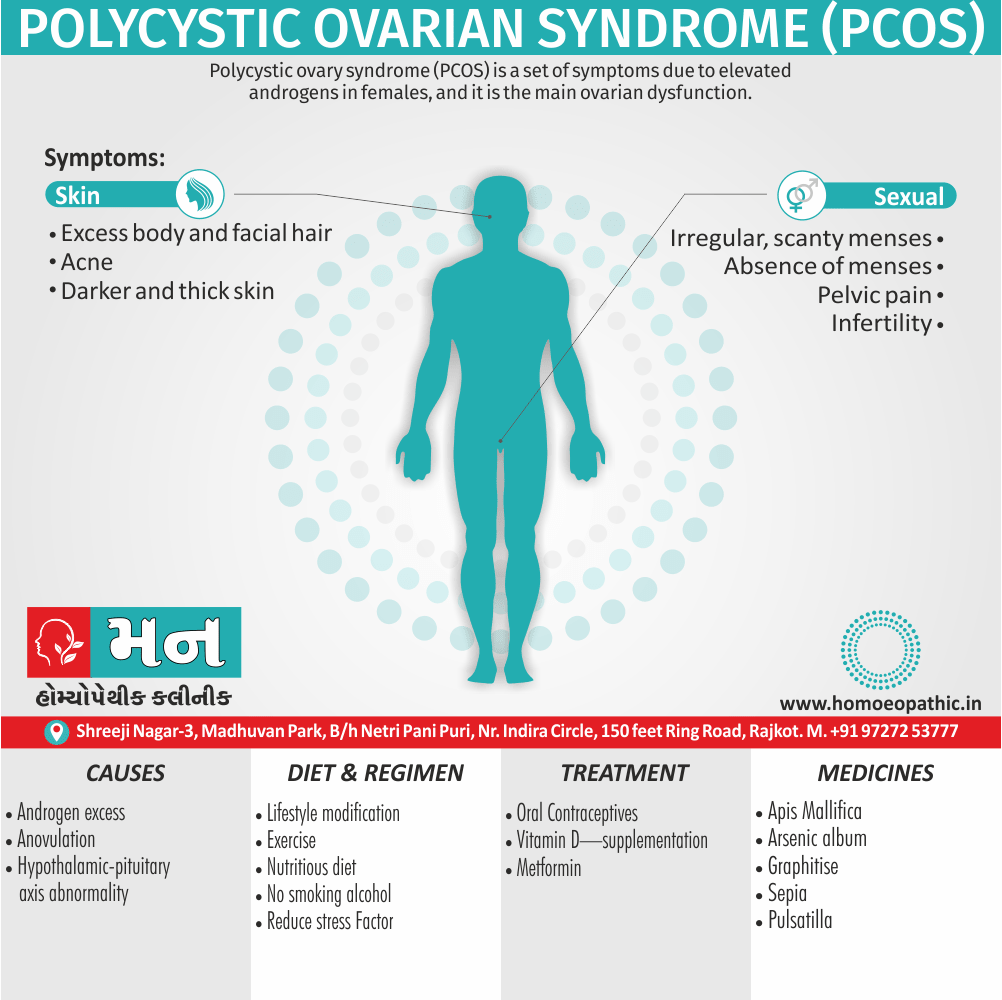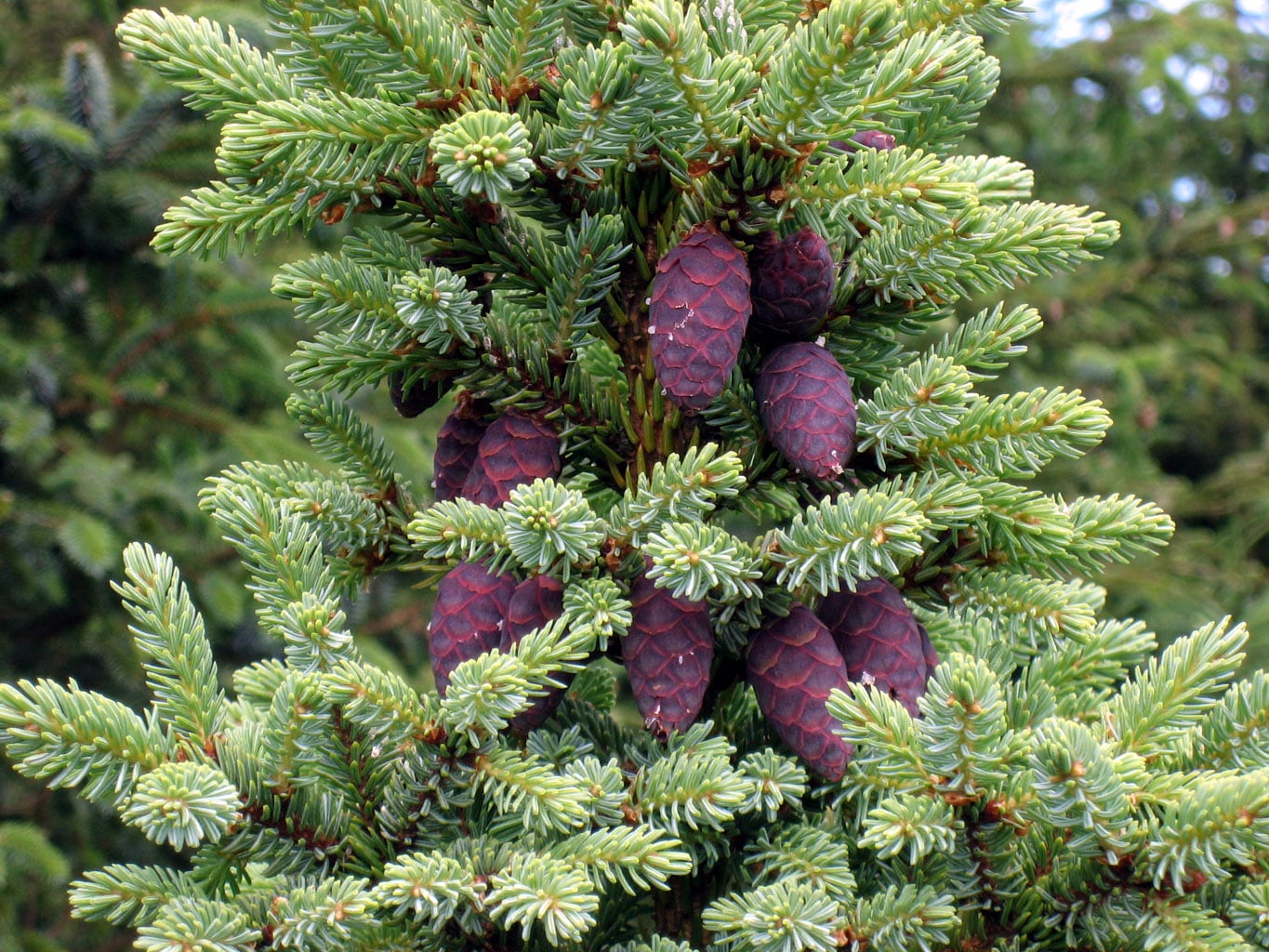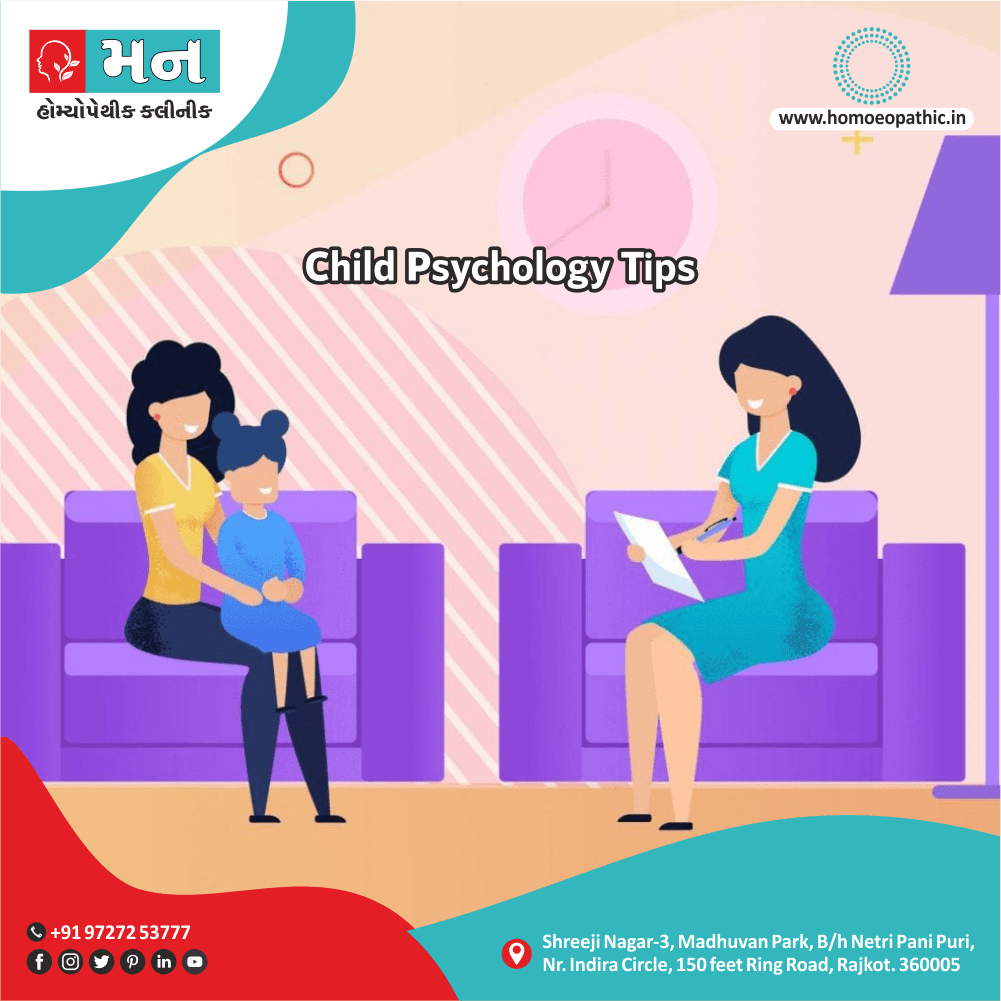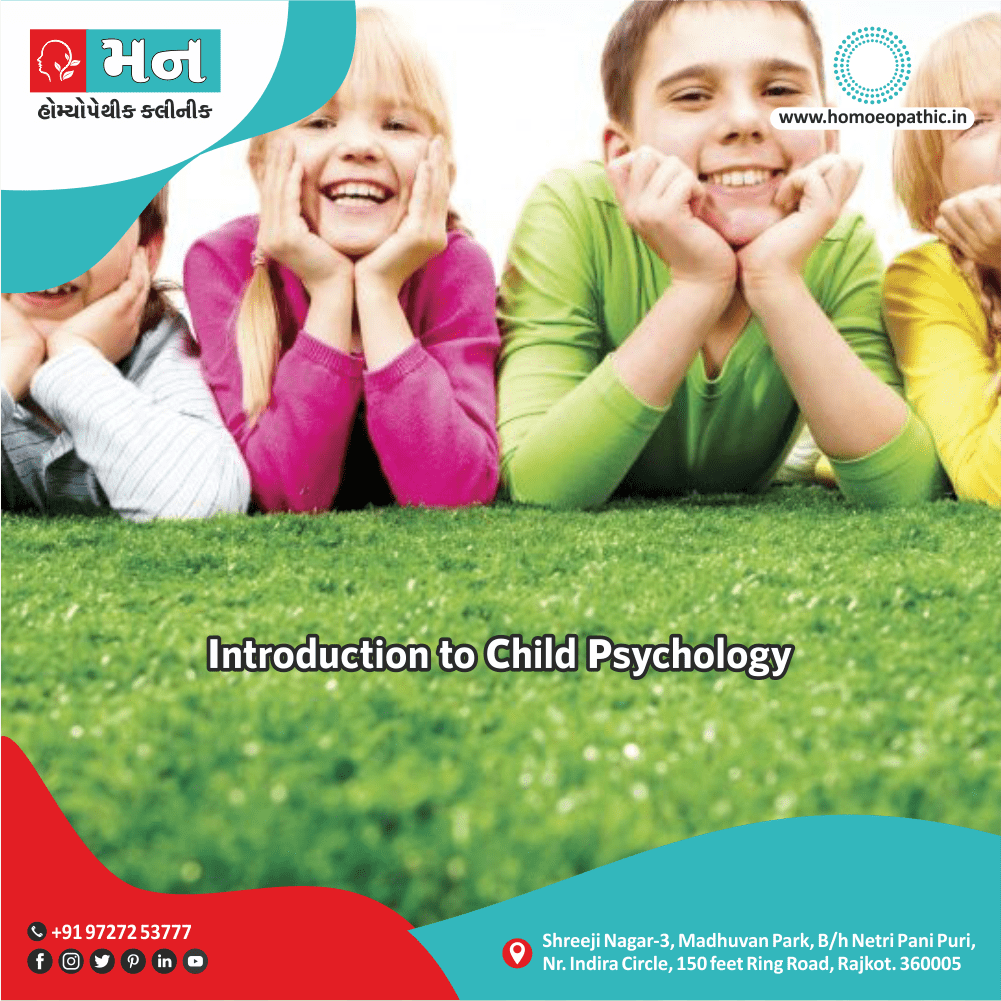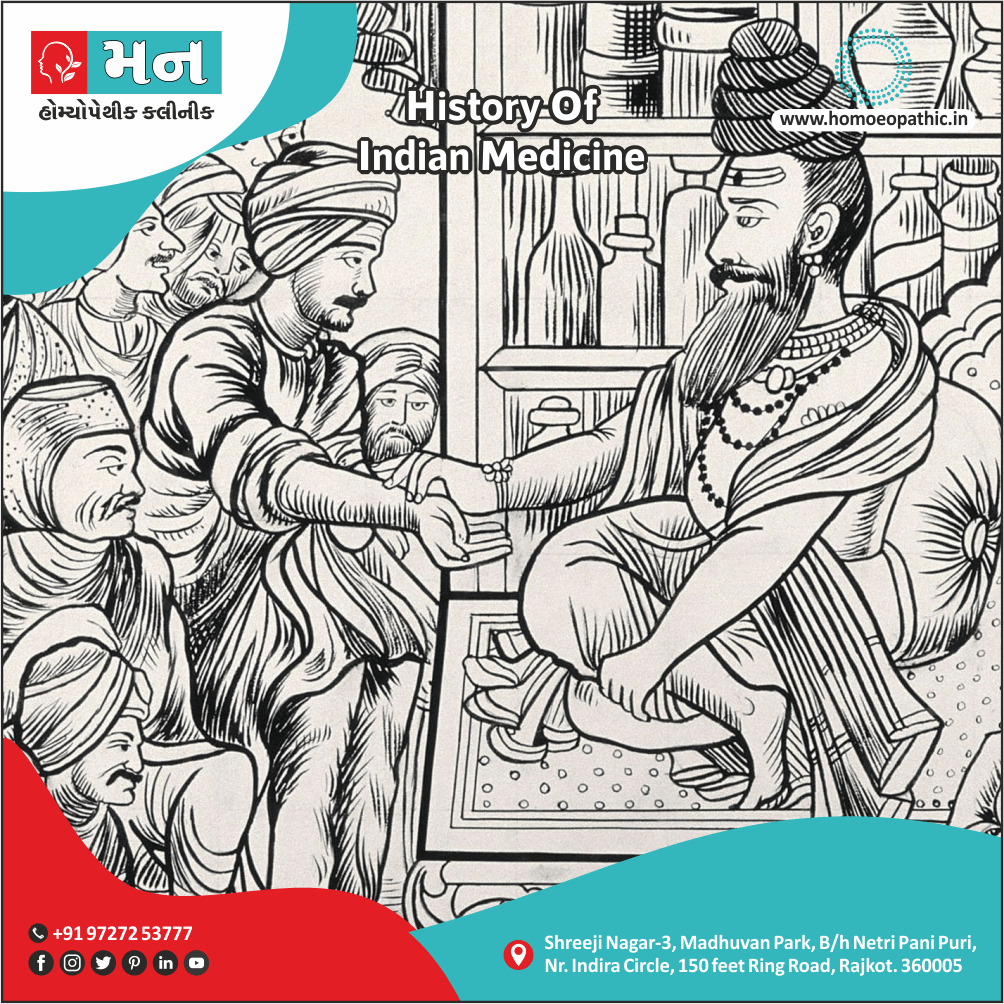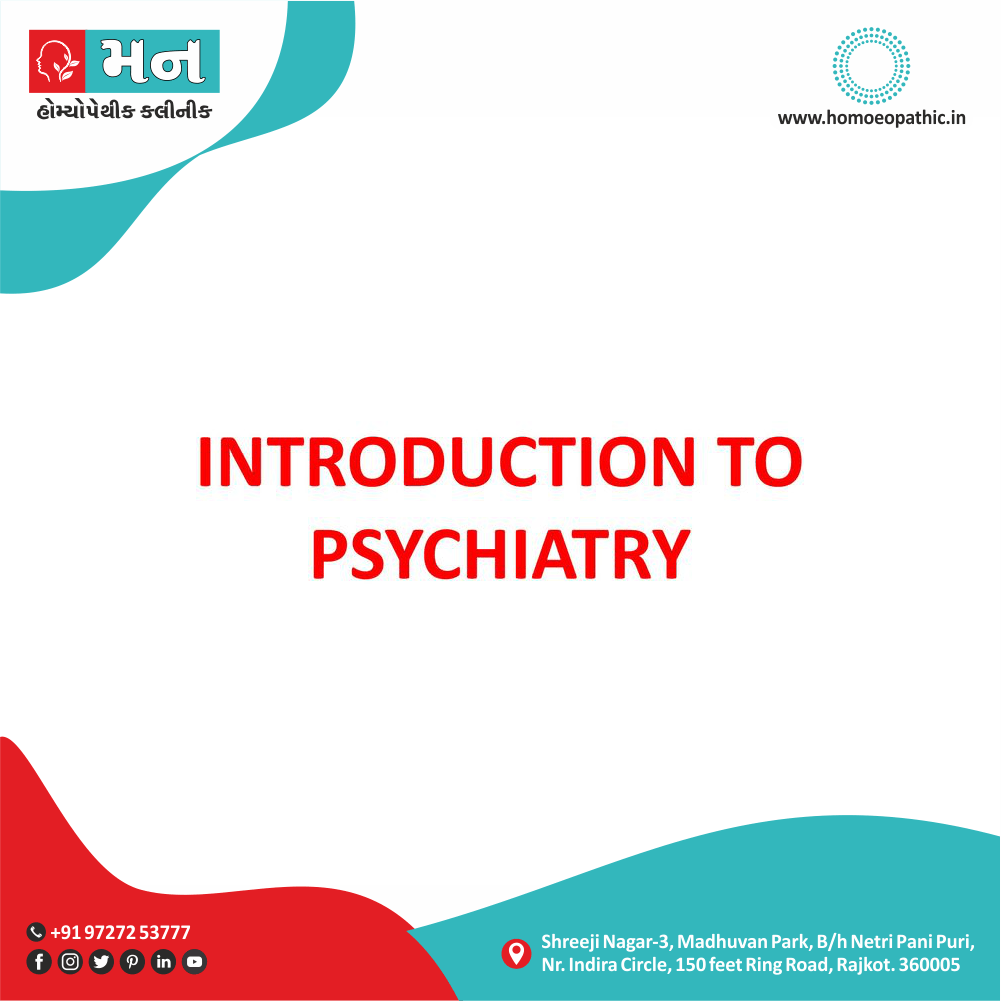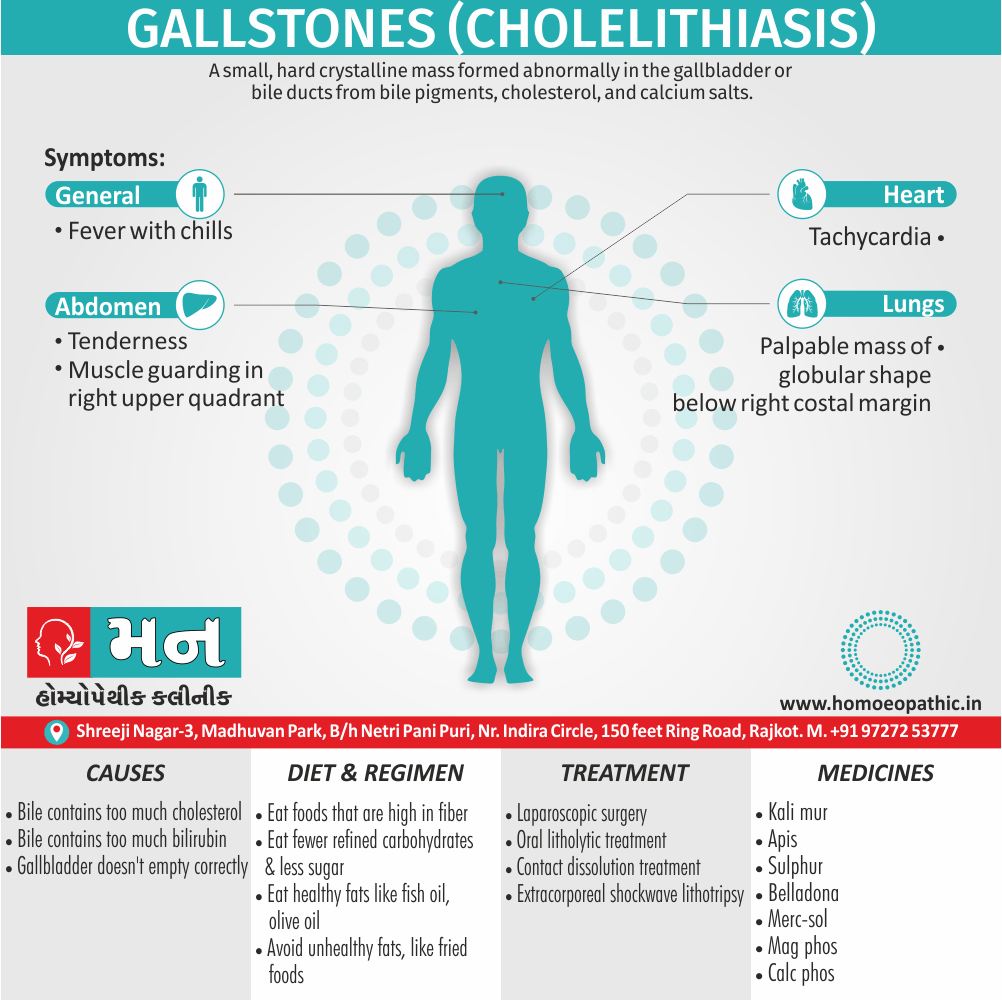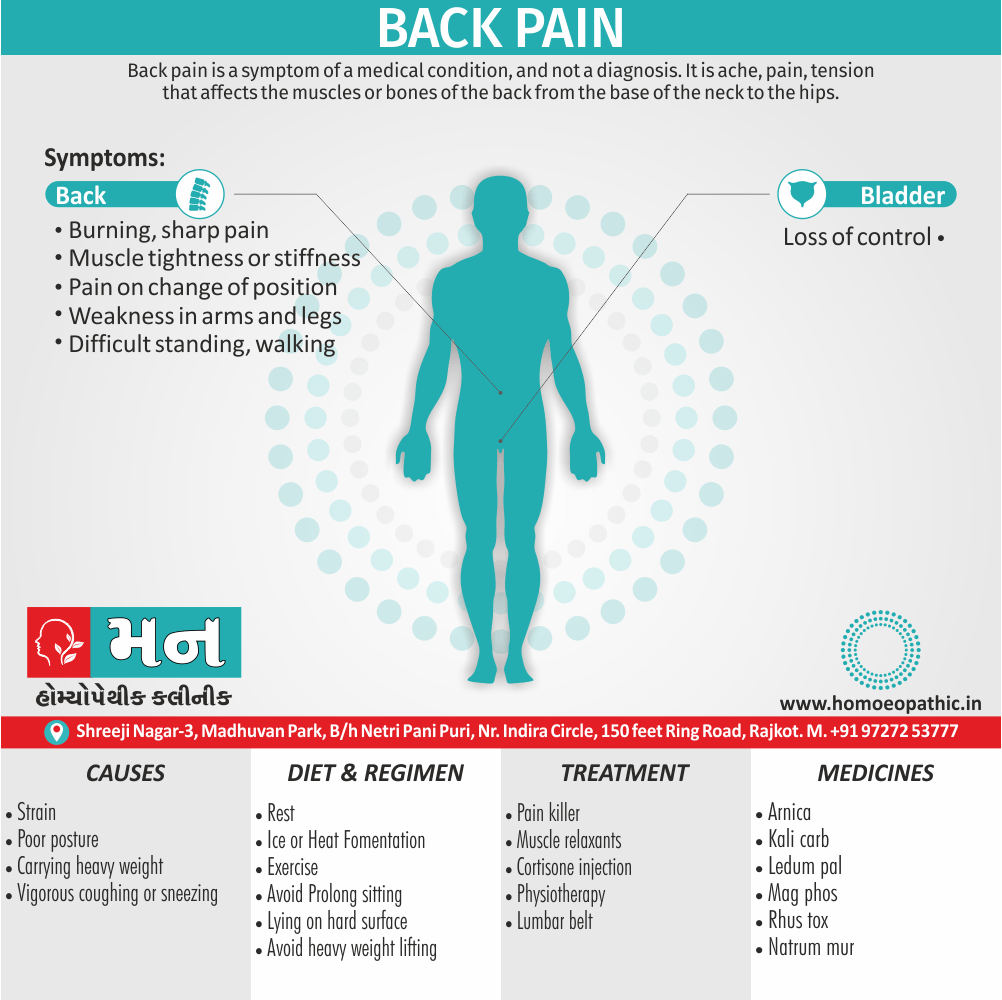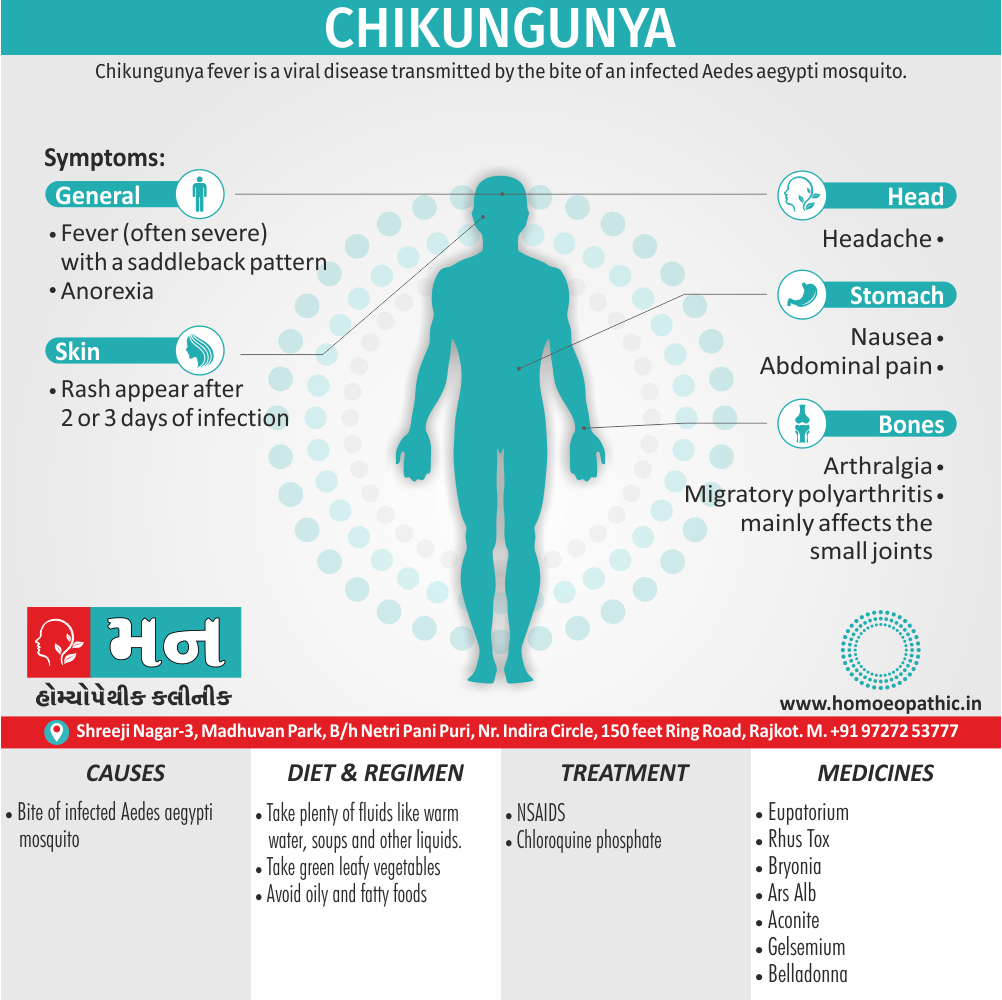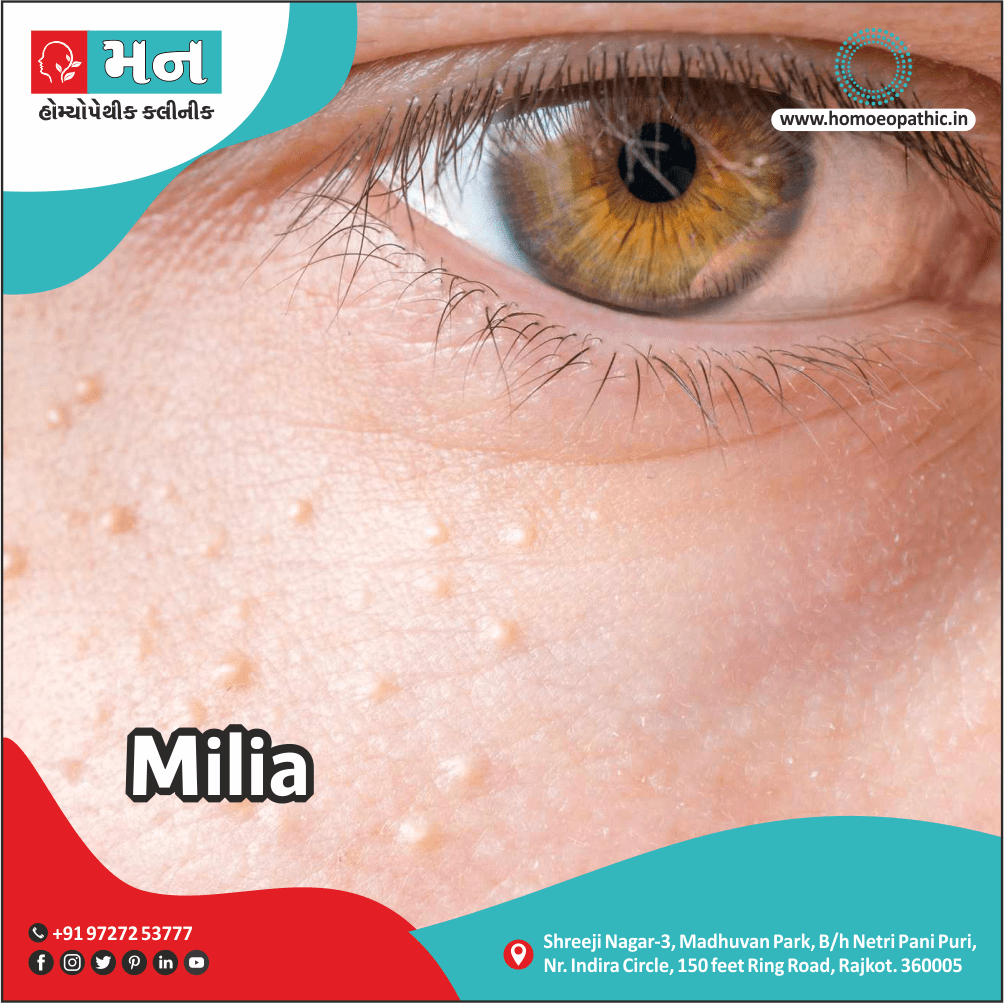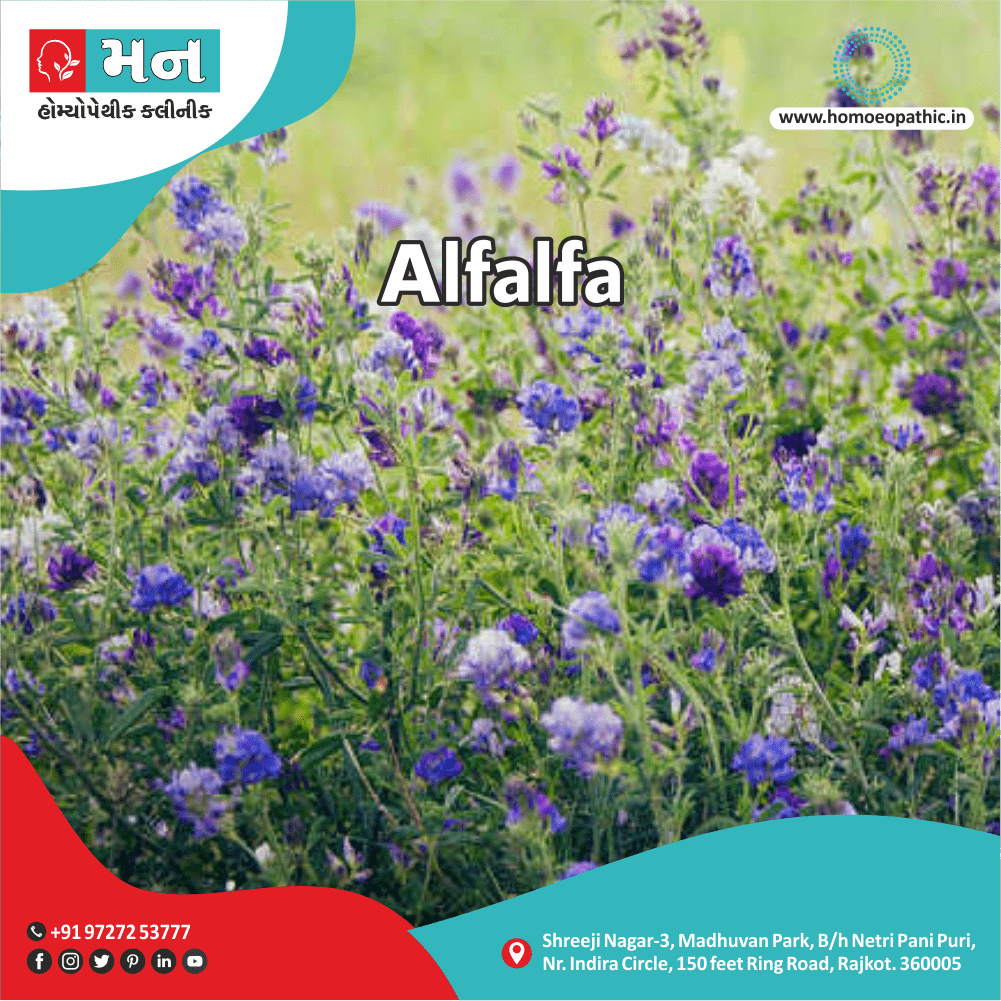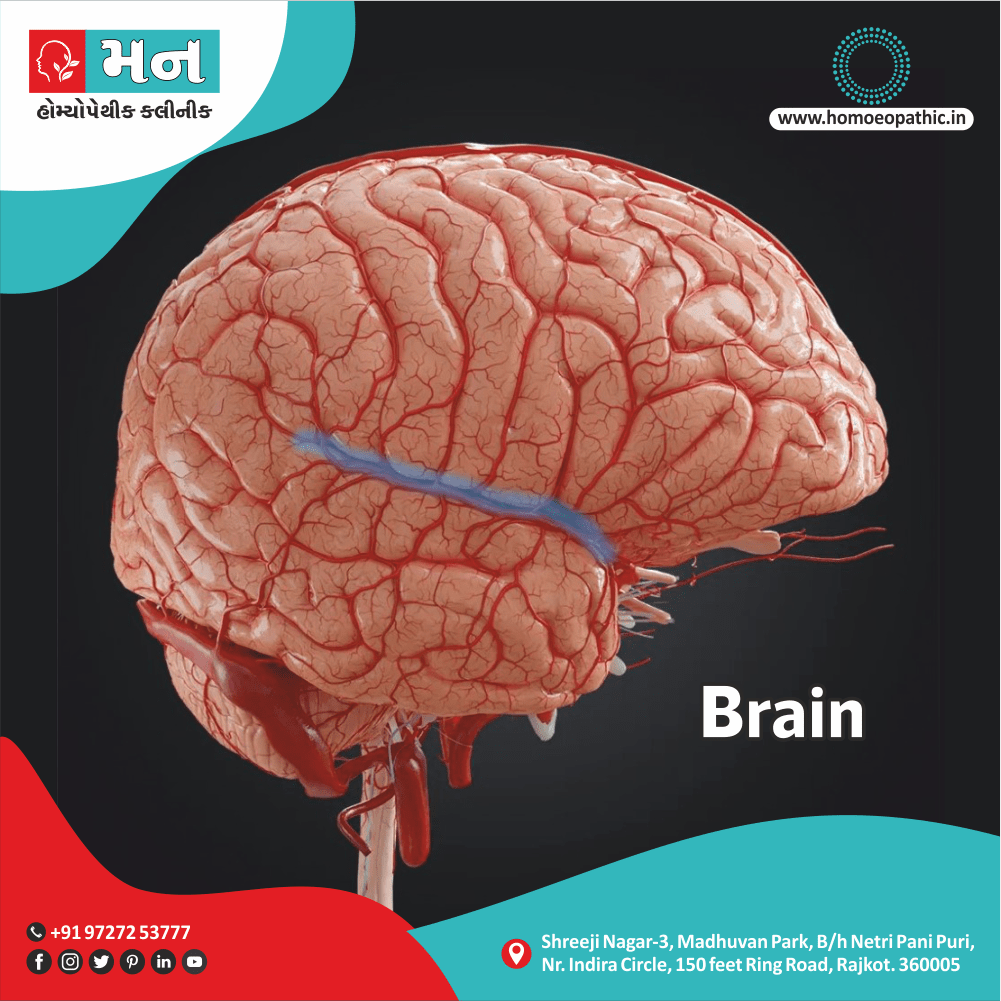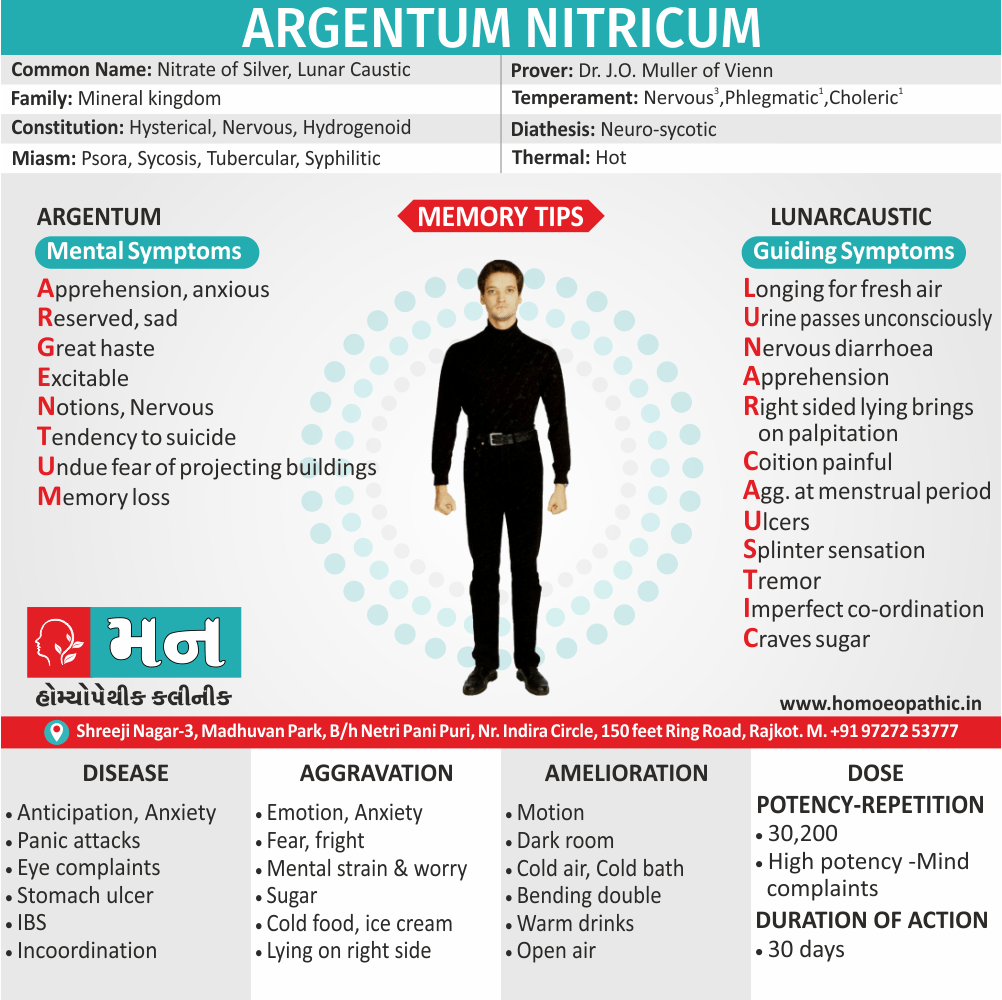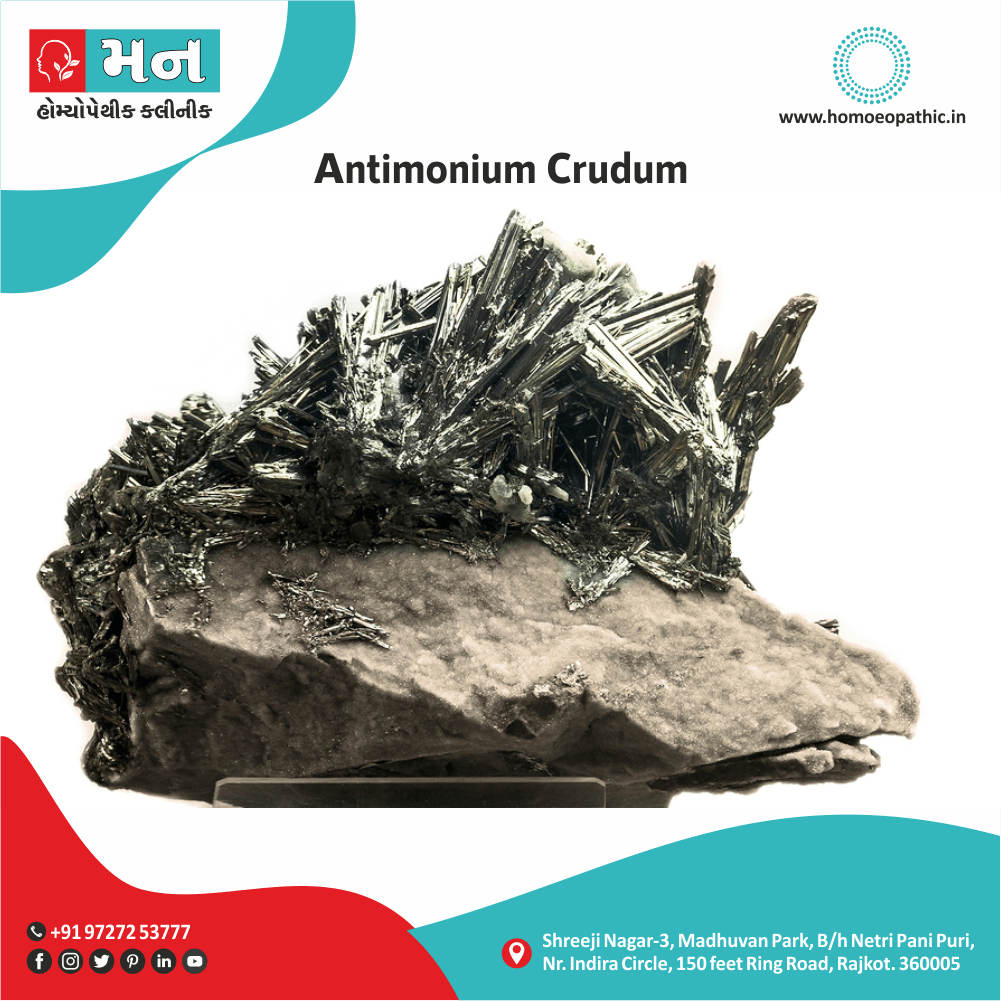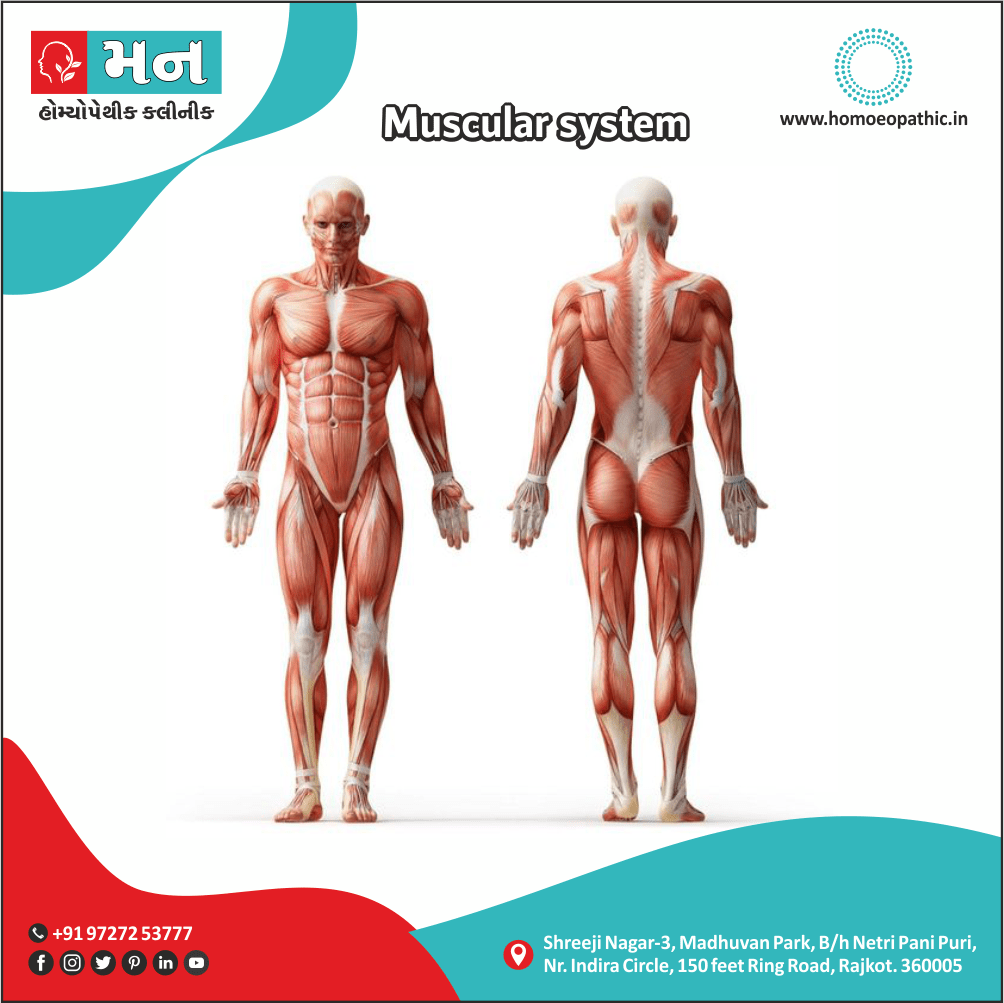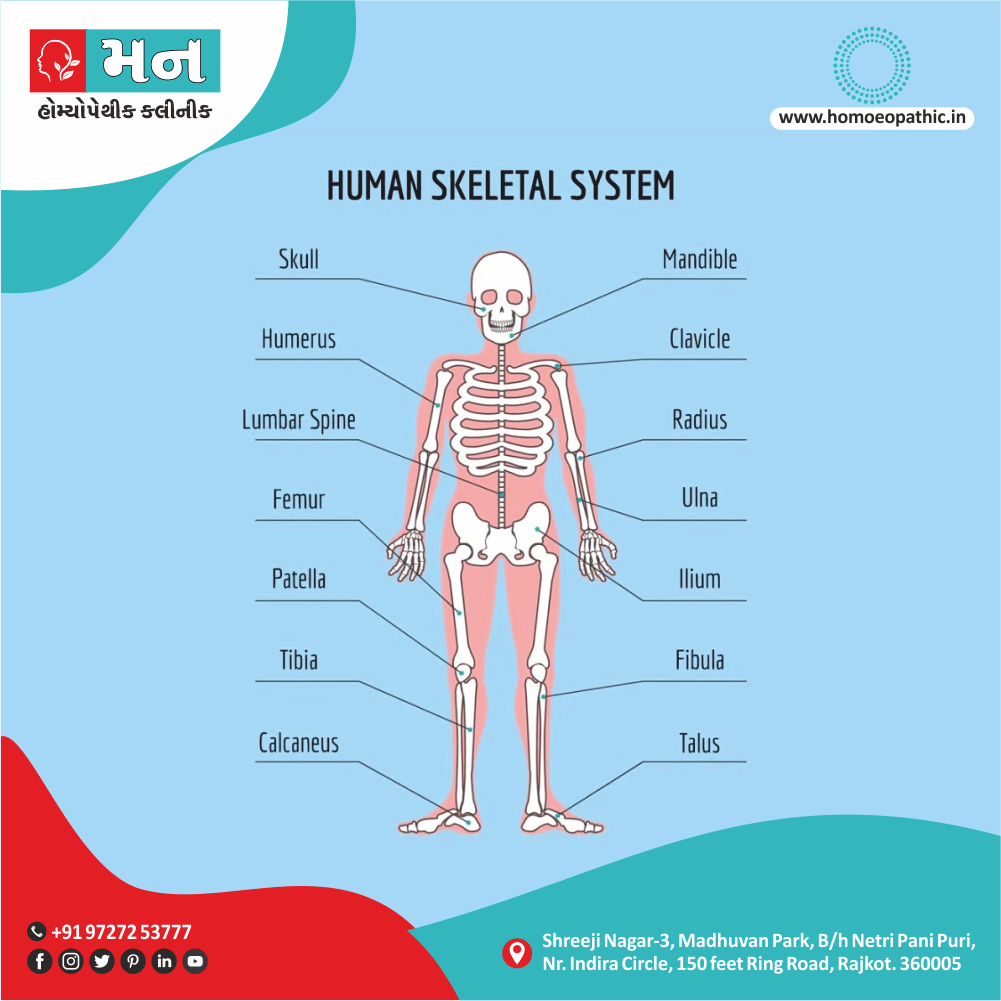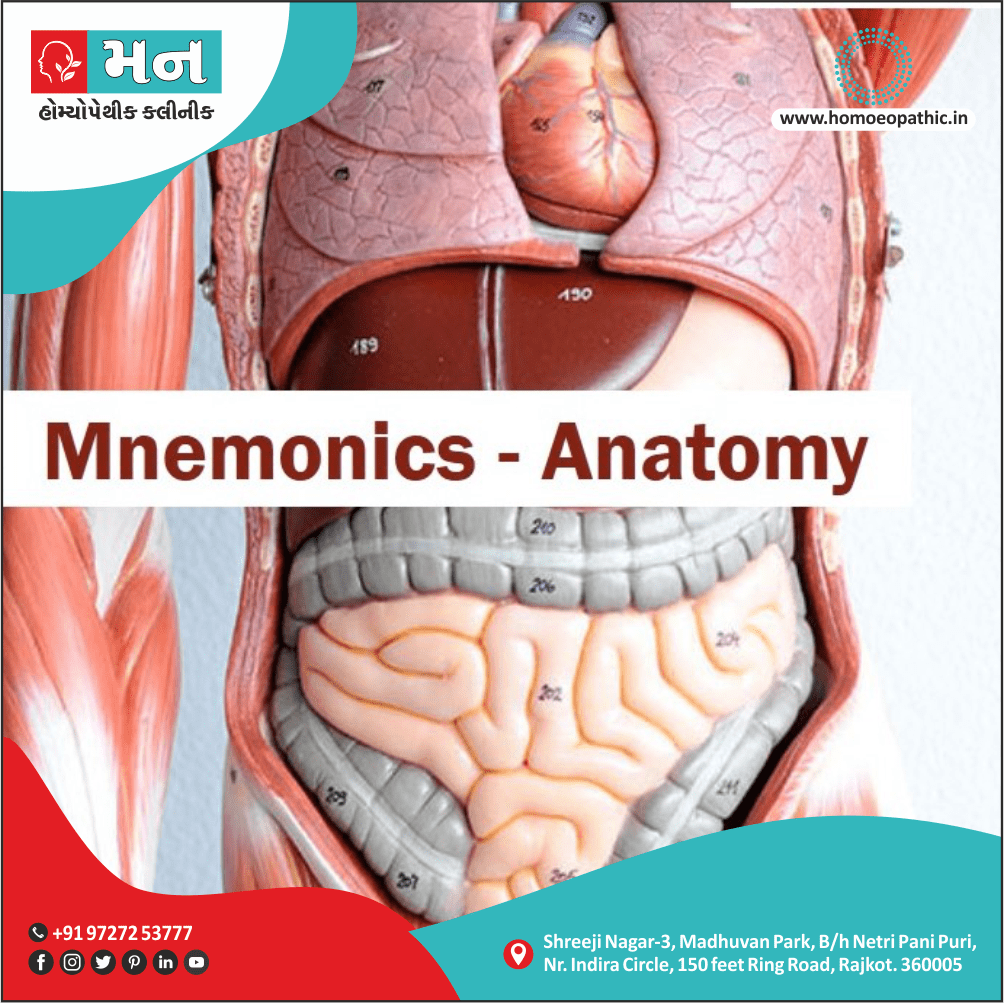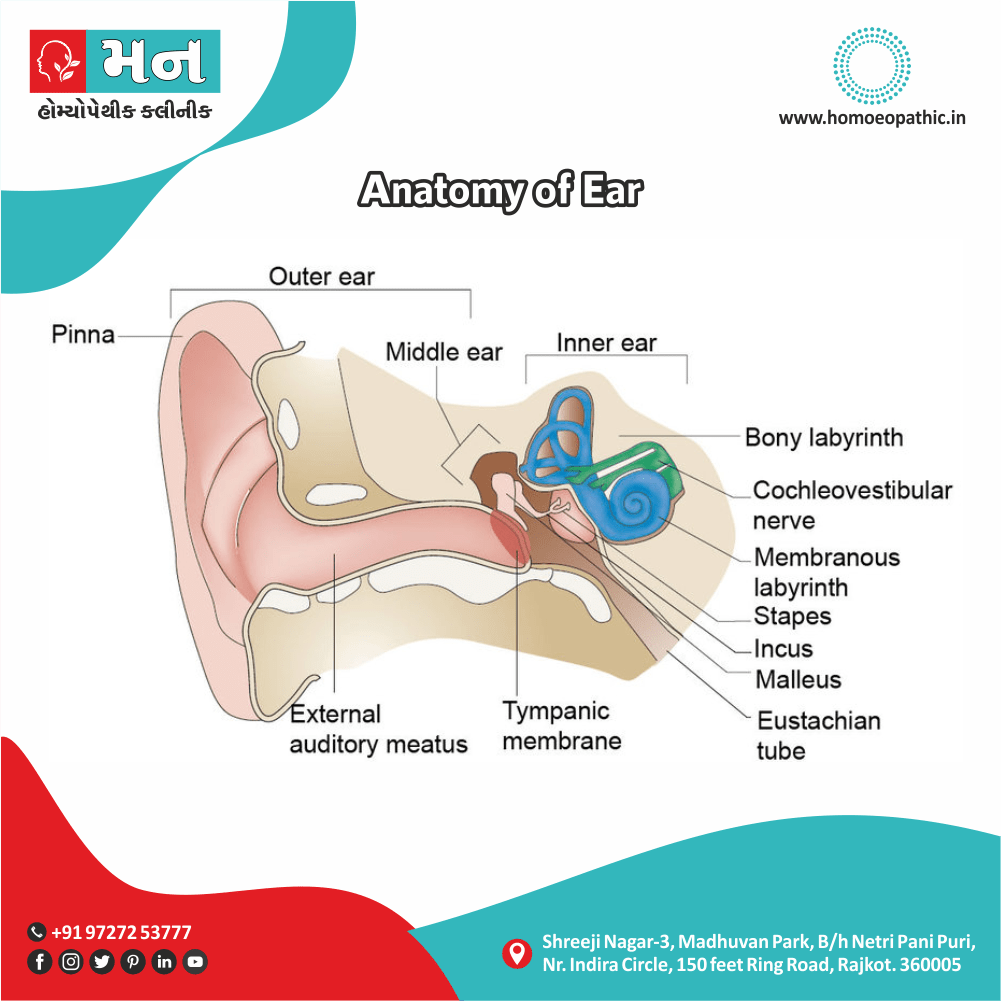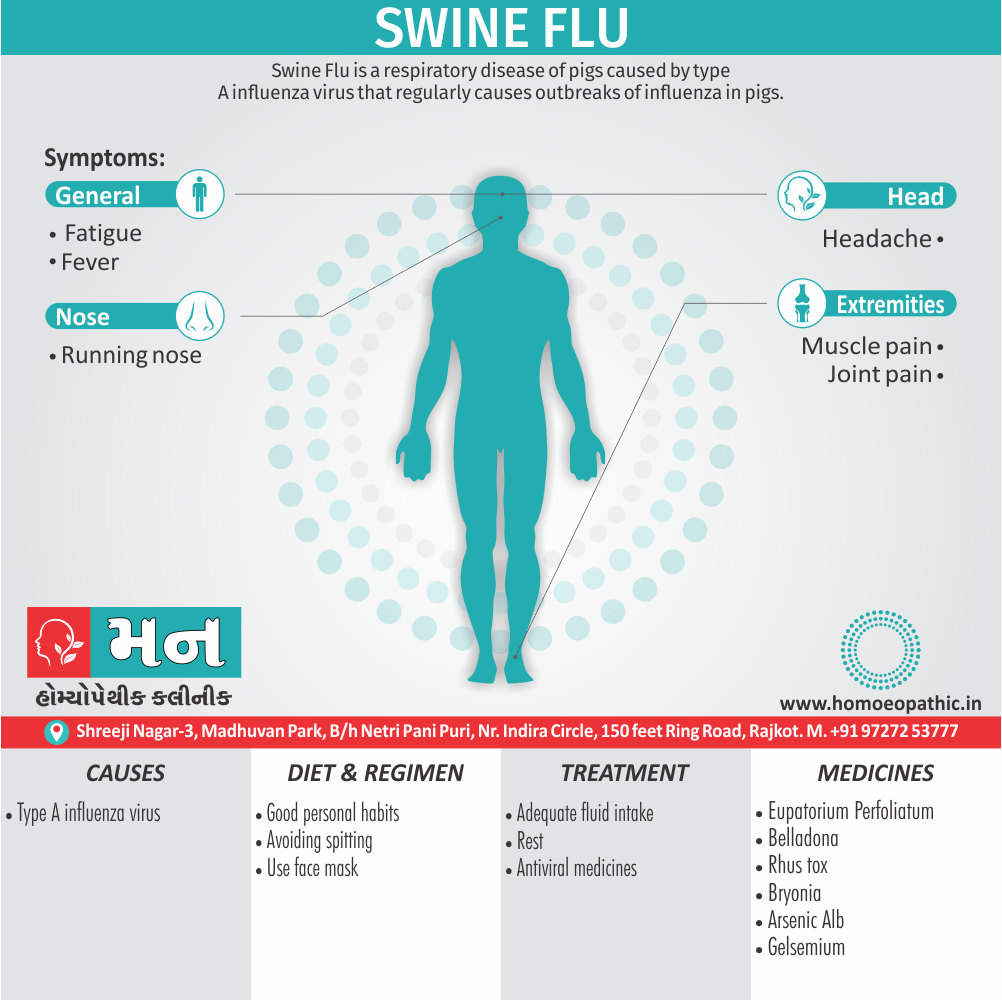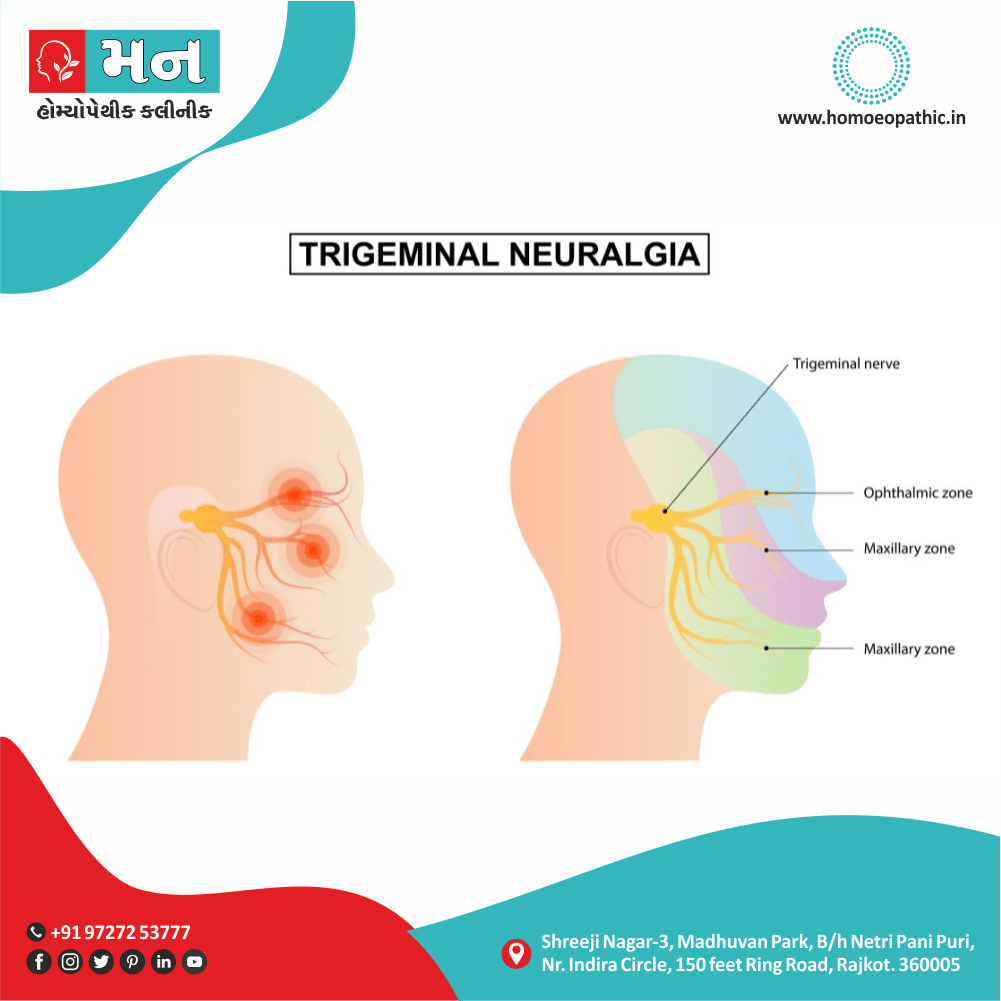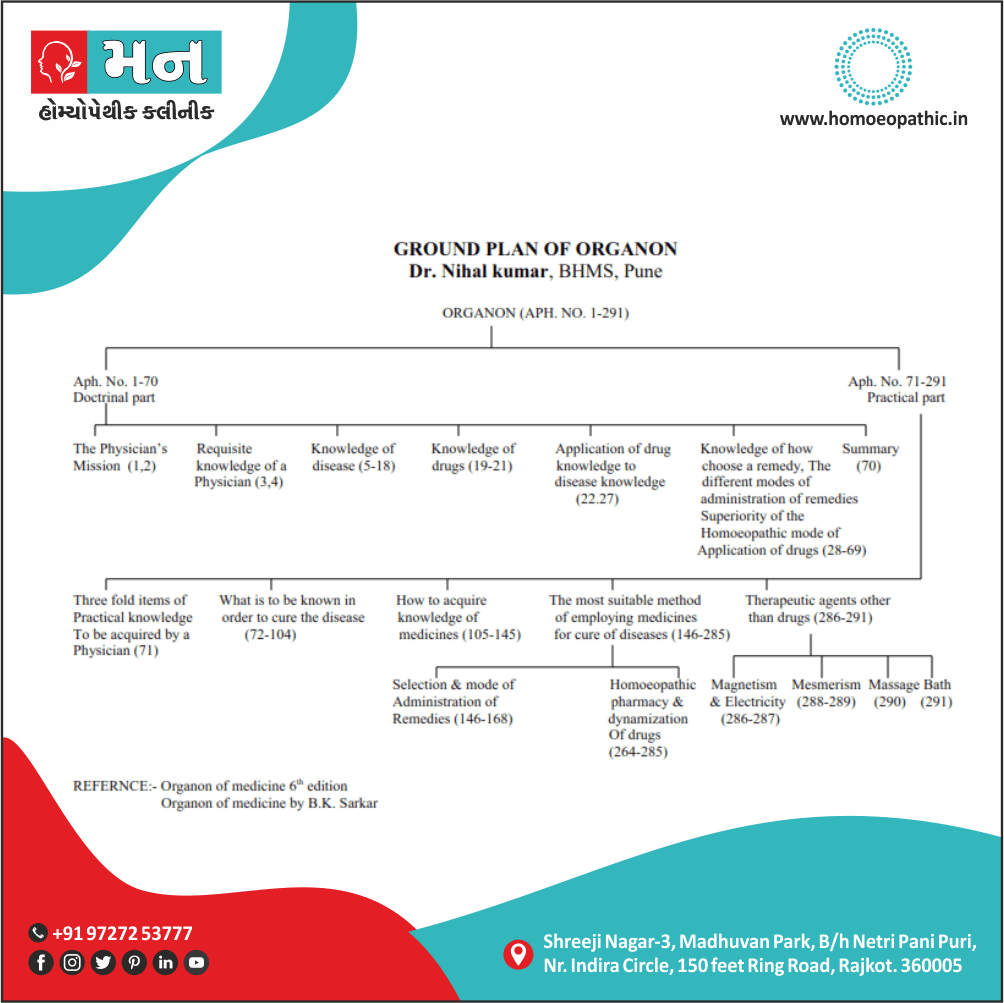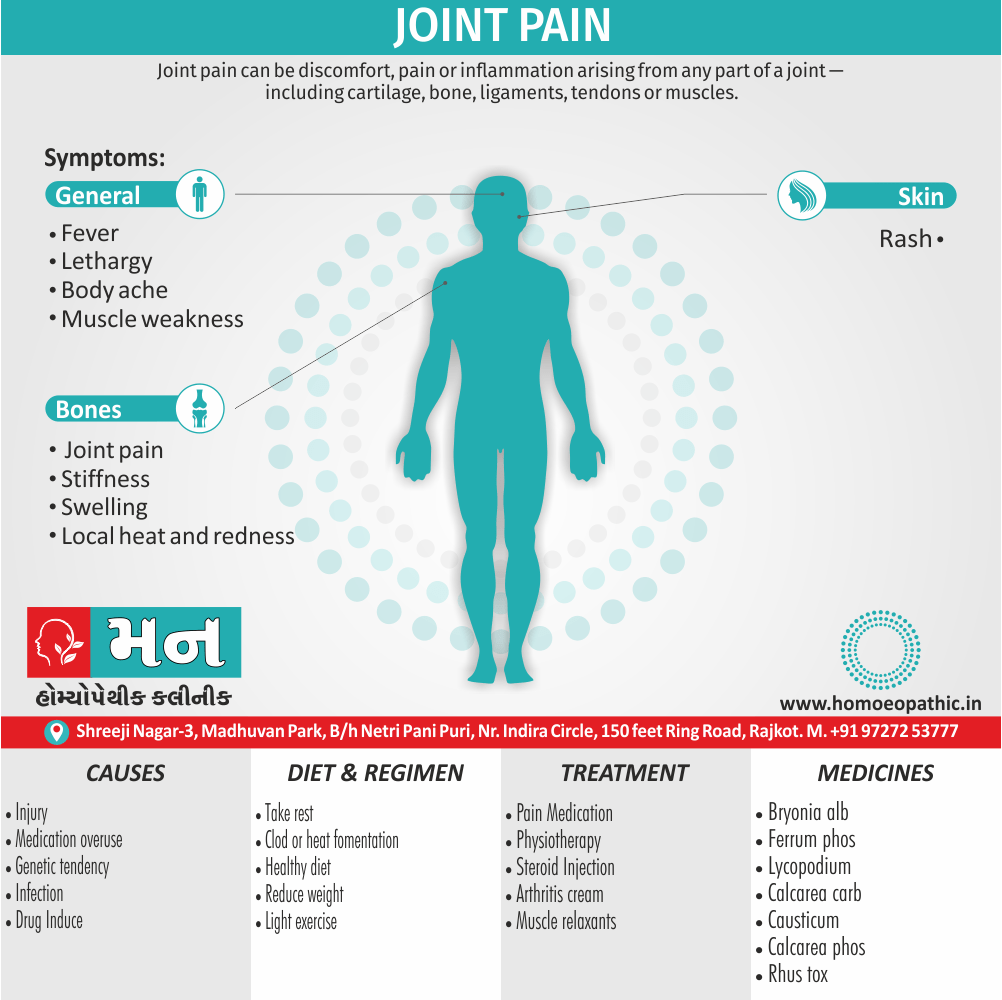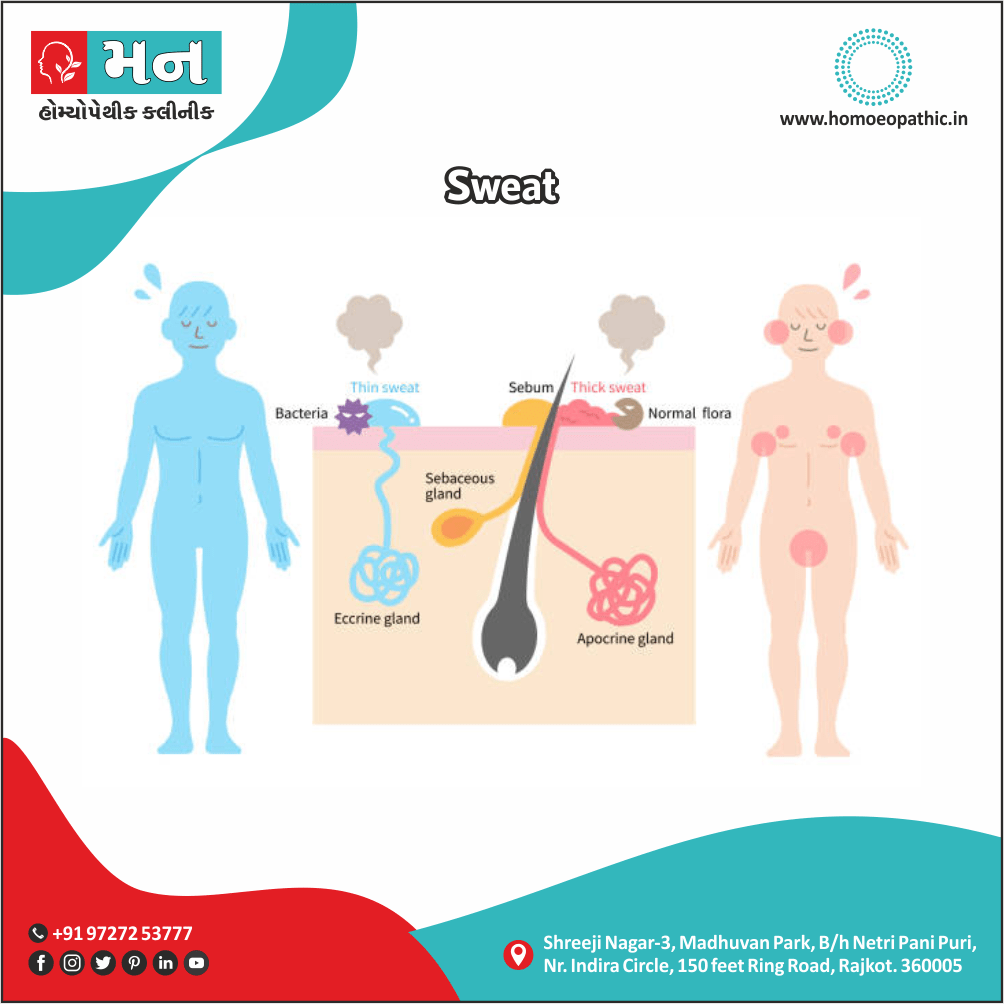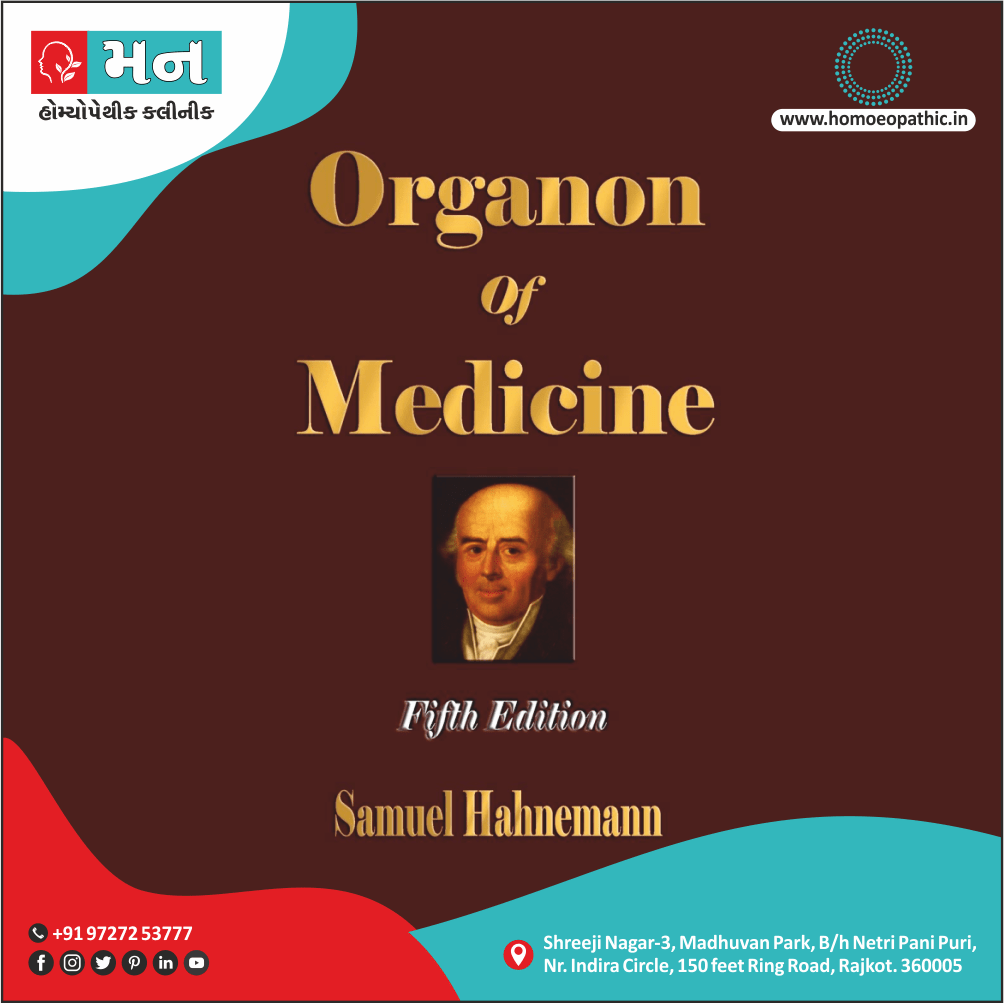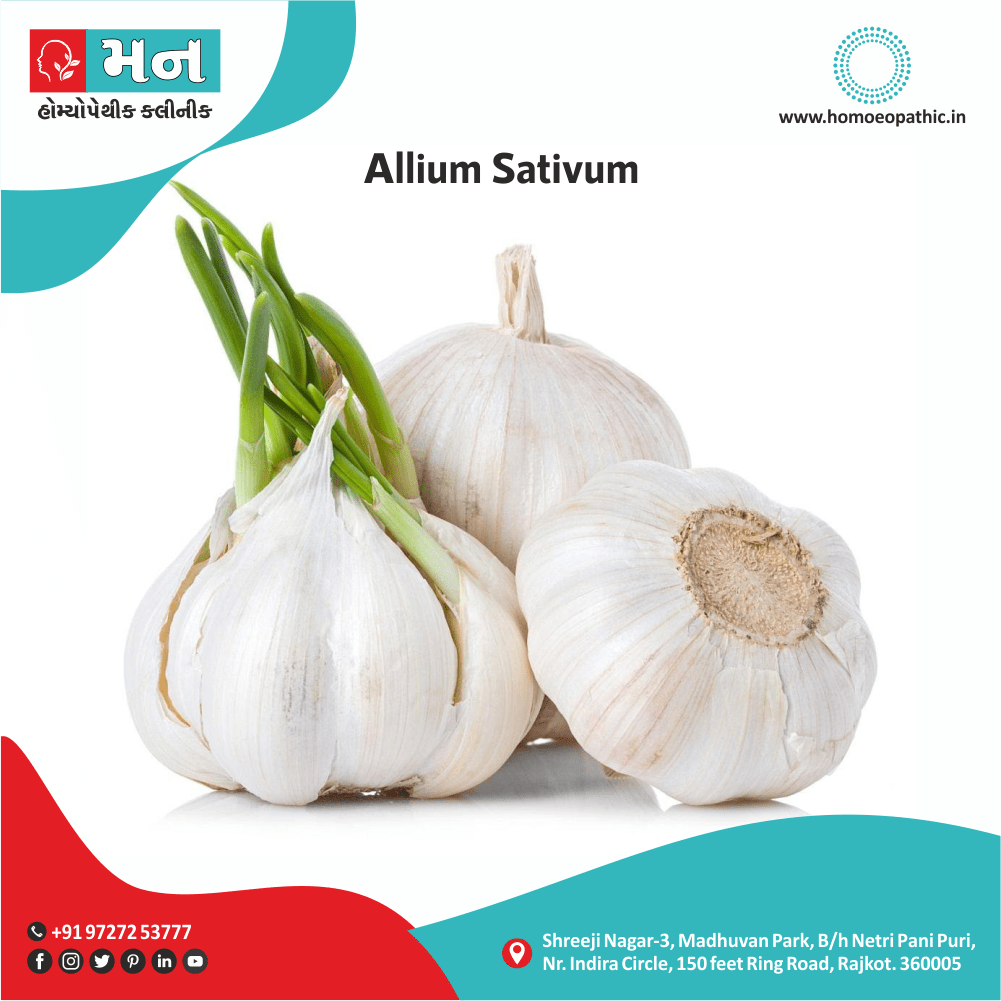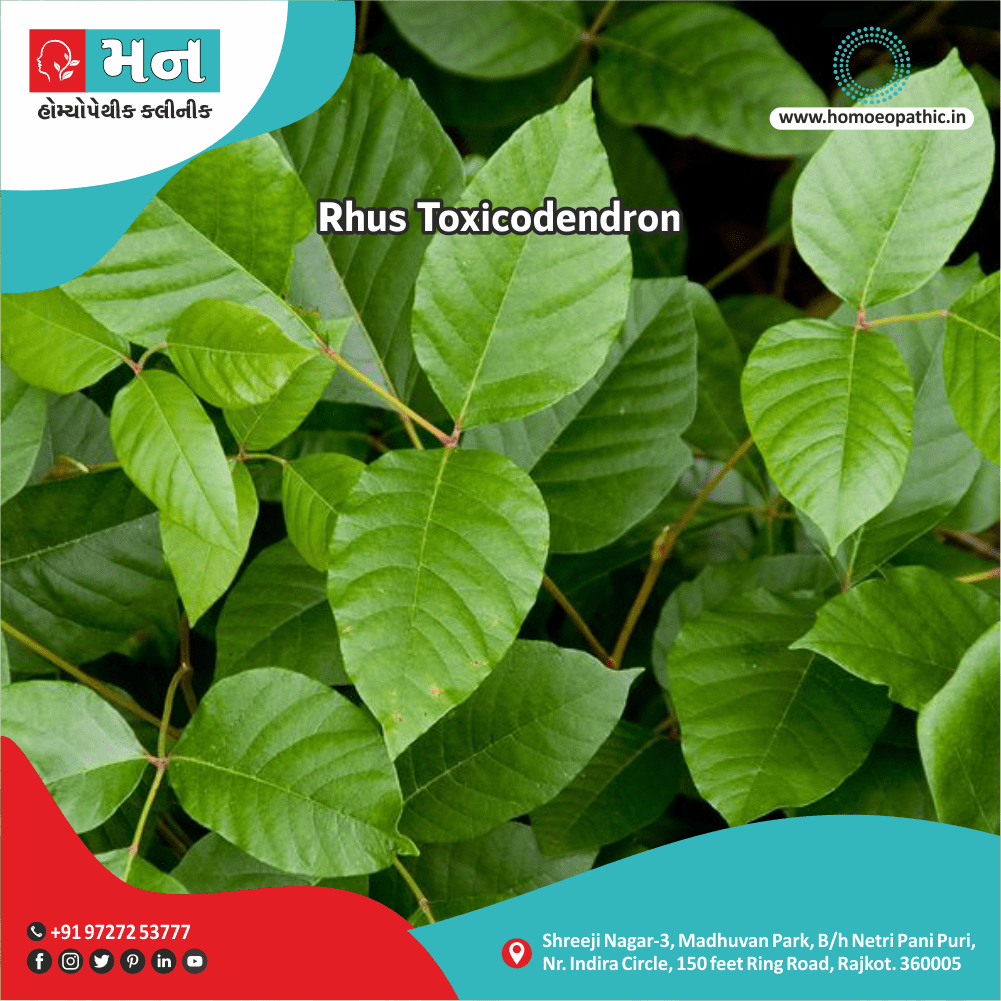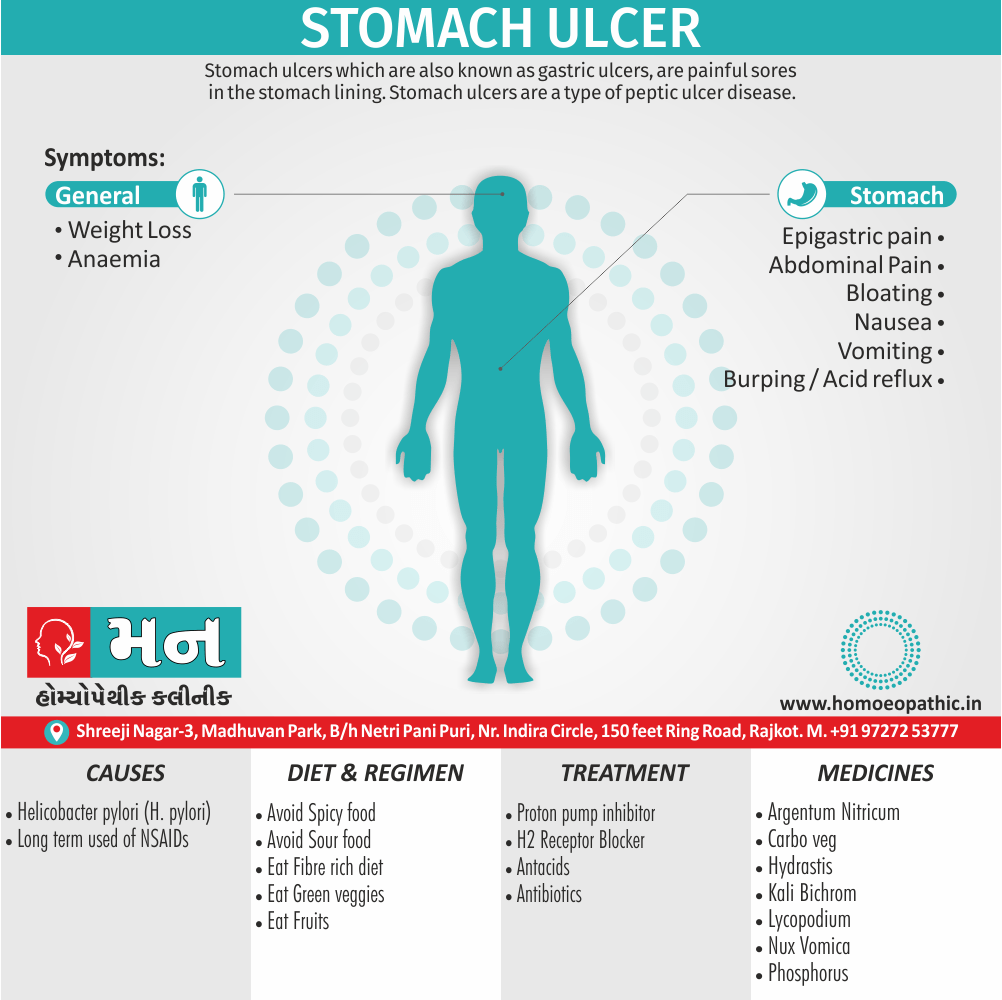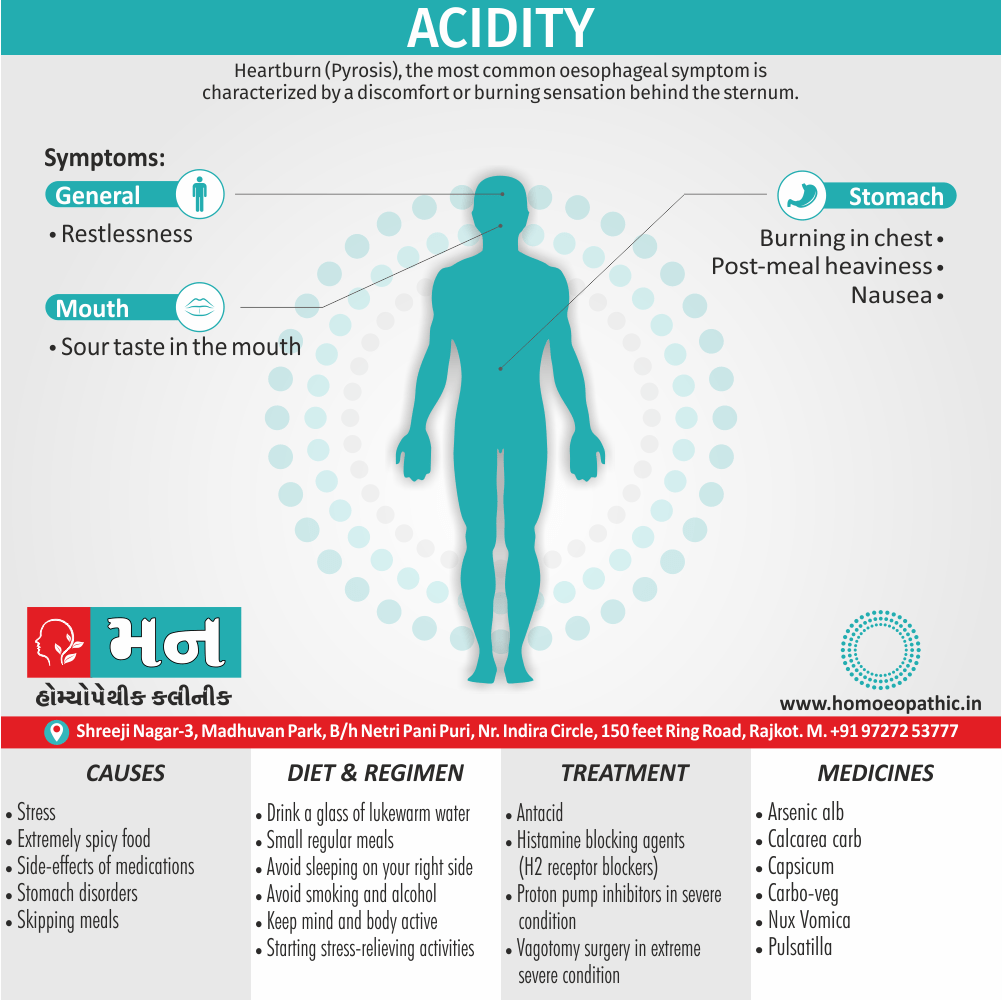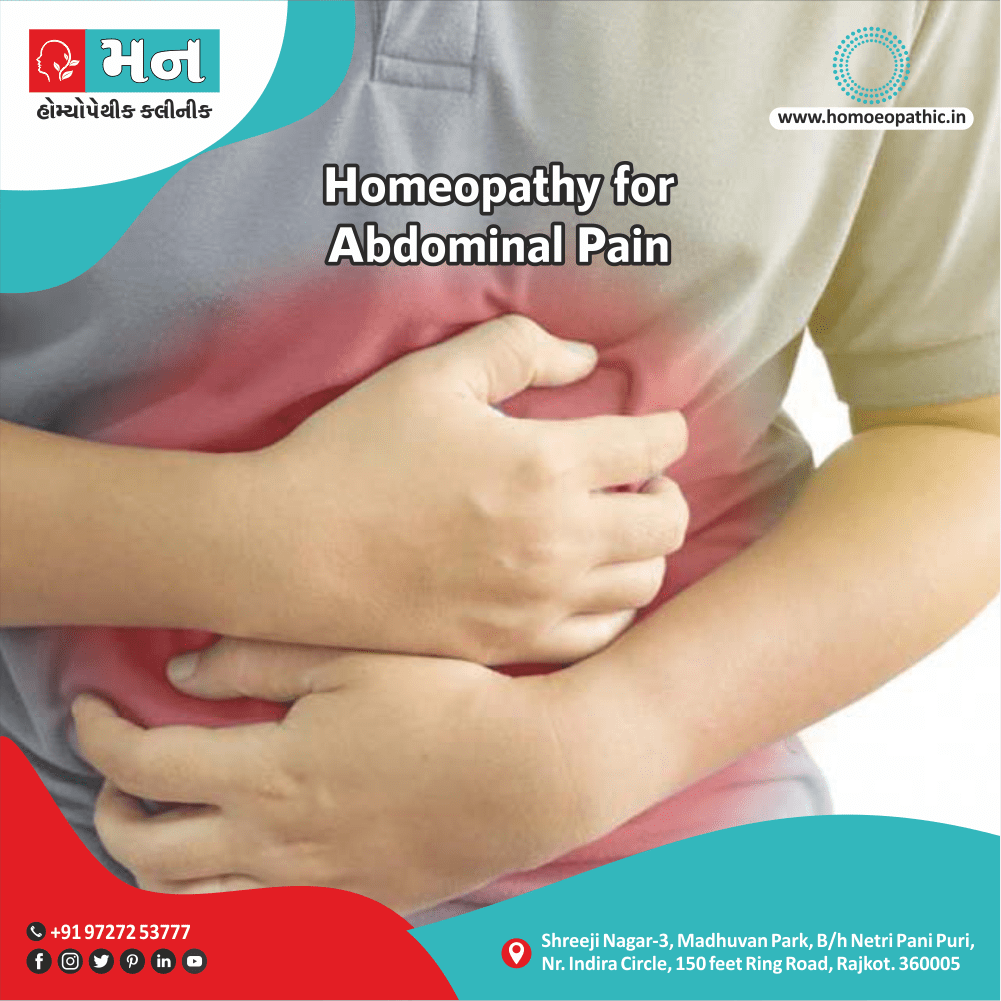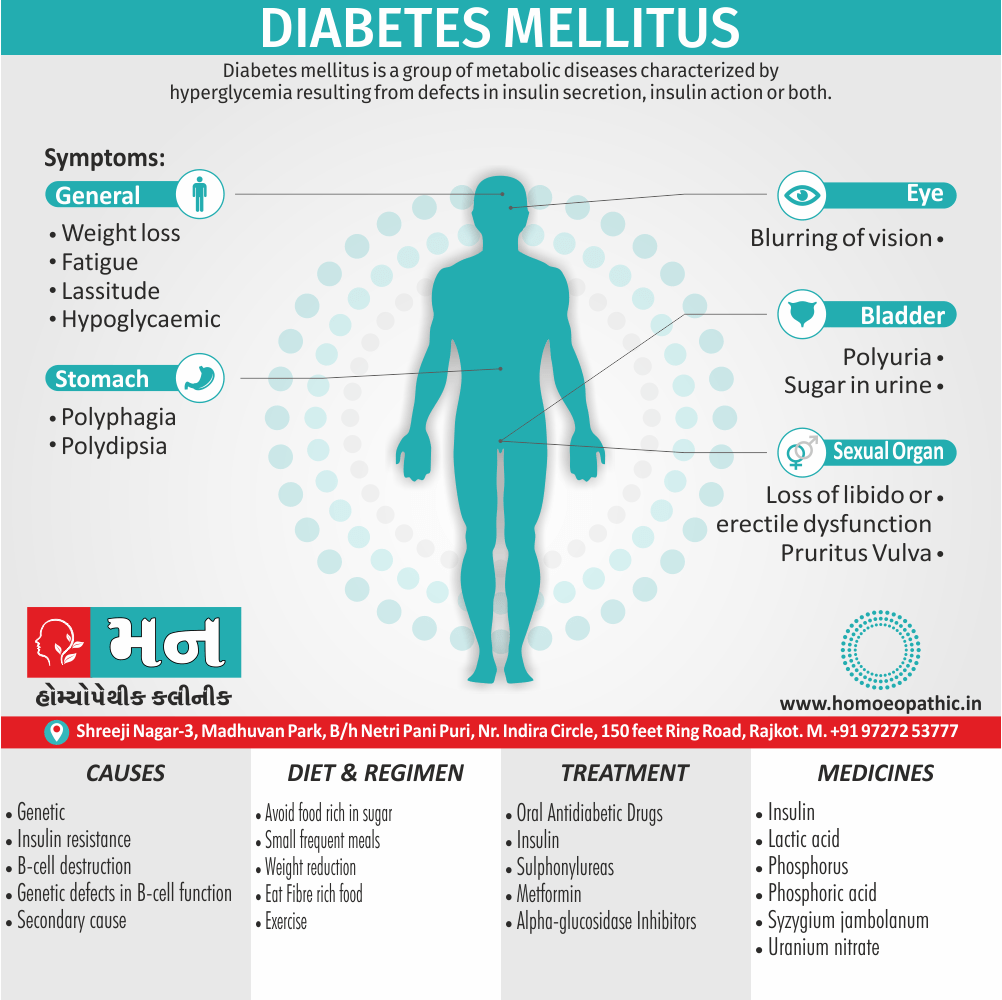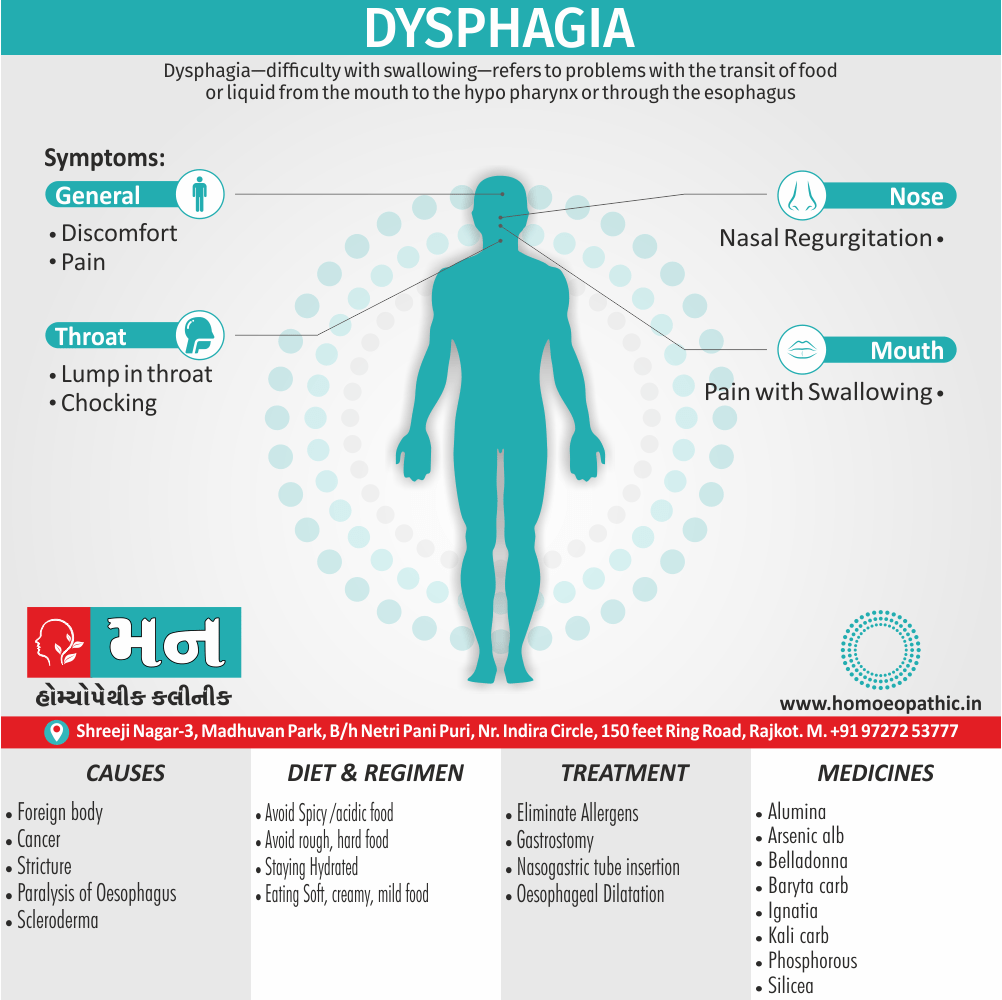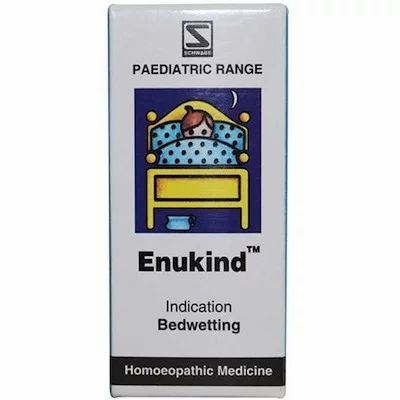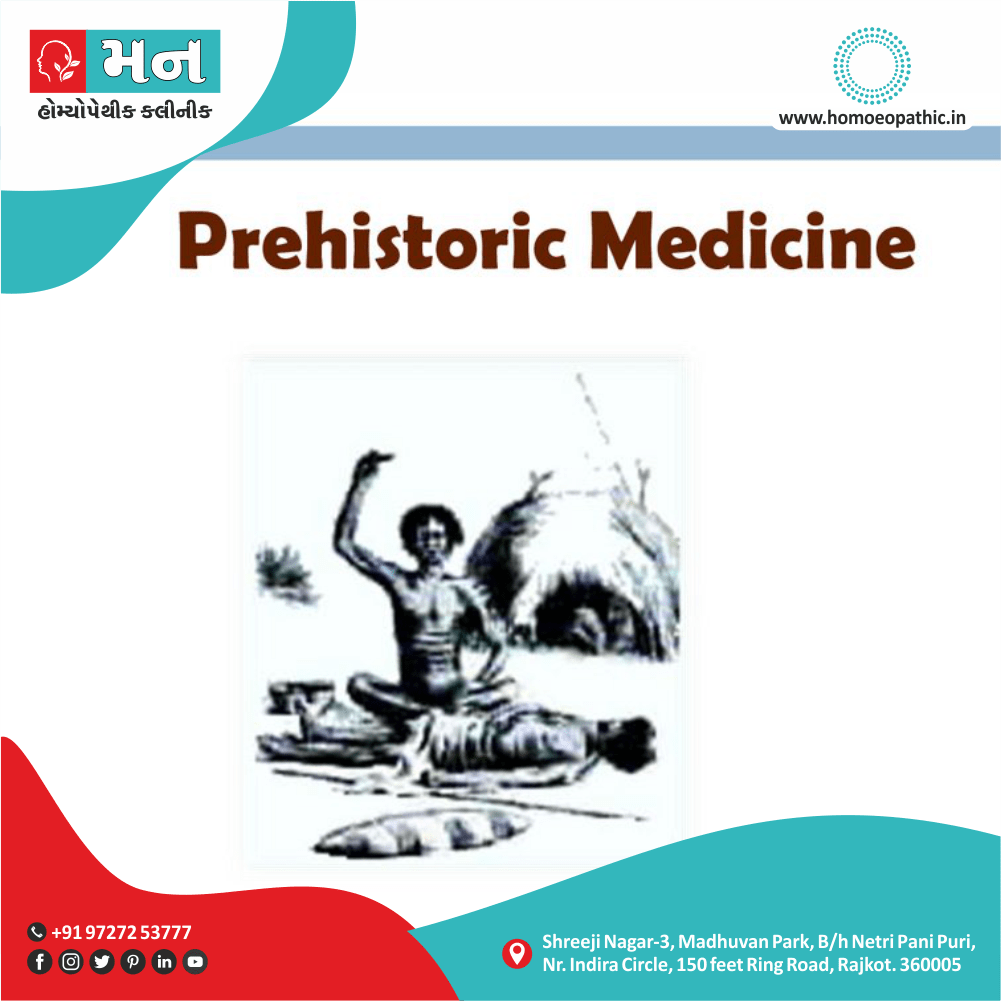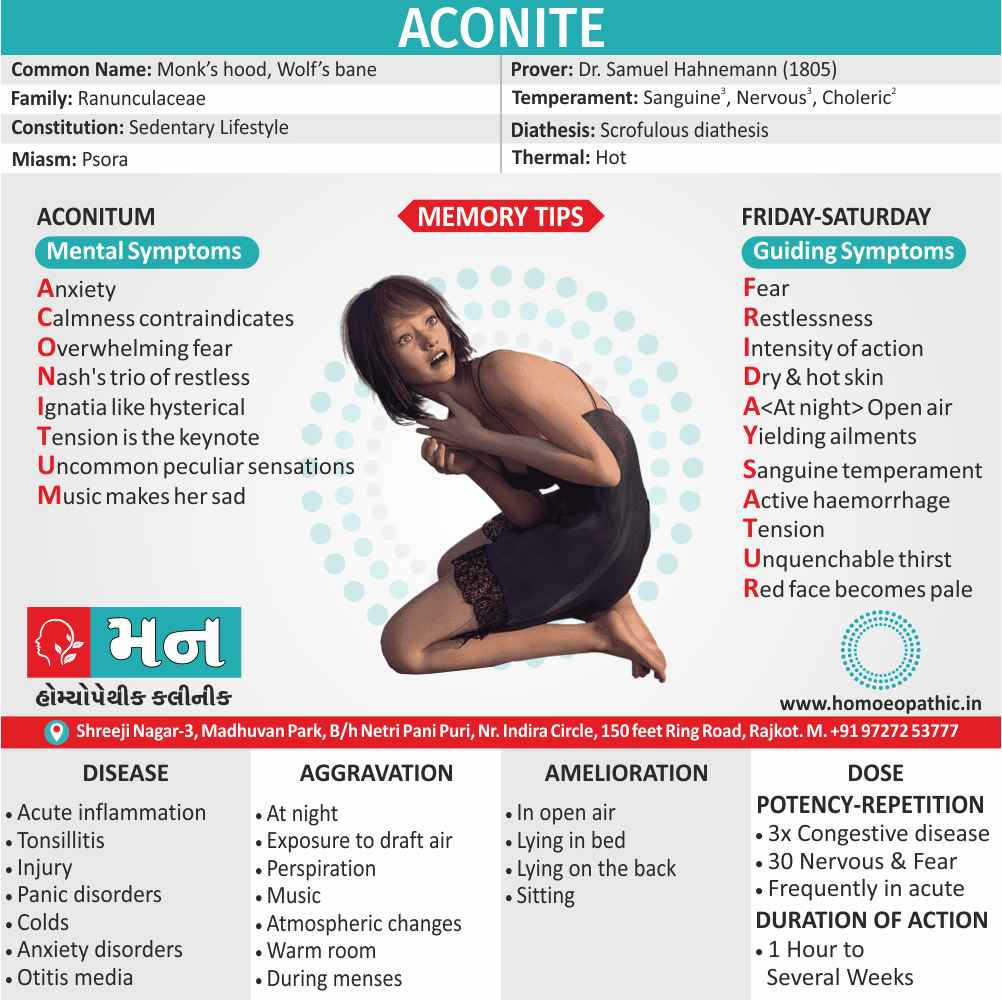Definition:
Ascaris lumbricoides, commonly called the roundworm, is the commonest intestinal nematode to infect the human and affects a quarter of the world’s population. Additionally, The parasite causes pulmonary symptoms as a larva and intestinal symptoms as an adult worm.[1]
Overview
Epidemiology xxx
Causes
Types xxx
Risk Factors
Pathogenesis xxx
Pathophysiology
Clinical Features xxx
Sign & Symptoms
Clinical Examination
Diagnosis
Differential Diagnosis
Complications xxx
Investigations
Treatment
Prevention
Homeopathic Treatment
Diet & Regimen
Do's & Dont's xxx
Terminology xxx
References
FAQ
Also Search As xxx
Overview
Overview of Ascaris lumbricoides (Roundworm)
It is the commonest intestinal nematode affecting man Typically found in a humid atmosphere also poor sanitary conditions; hence is seen in the tropics and developing countries [1]
Transmission:
Transmission occurs mainly via ingestion of water or food (for example, raw vegetables or fruit in particular) contaminated with A. lumbricoides eggs and occasionally via inhalation of contaminated dust. Children playing in contaminated soil may acquire the parasite from their hands. Transplacental migration of larvae has also occasionally been reported. Besides this, Coinfection with other parasitic diseases occurs with some regularity because of similar predisposing factors for transmission.[8]
Life cycle of roundworm:
Adult worms inhabit the lumen of the small intestine, usually in the jejunum or ileum. They have a life span of 10 months to 2 years and then are passed in the stool. When both female and male worms are present in the intestine, each female worm produces approximately 200,000 fertilized ova per day.[8]a
Epidemiology xxx
Indian epidemiology then other
Causes
Causes of Ascaris lumbricoides (Roundworm)
- Ascariasis is caused by ingesting those worm eggs.
- This can happen when hands or fingers that have contaminated dirt on them are put in the mouth.
- By eating vegetables or fruits that have not been carefully peeled, washed, or cooked. [2]
Types xxx
Risk Factors
Risk factors
- Age i.e.: Most people who have ascariasis are 10 years old or younger. Children in this age group may be at higher risk because they’re more likely to play in dirt.
- Warm climate i.e.: In the United States, ascariasis is more common in the Southeast. But it’s more frequent in developing countries with warm temperatures year-round.
- Poor sanitation i.e.: Ascariasis is widespread in developing countries where human feces are allowed to mix with local soil.[8]
Pathogenesis xxx
Tab Content
Pathophysiology
Pathophysiology of Ascaris lumbricoides (Roundworm)
Larvae cause pulmonary symptoms; adult worms cause gastrointestinal, biliary and pancreatic symptoms Distal ileal obstruction due to bolus of worms; ascending cholangitis also obstructive jaundice from infestation of the common bile duct Acute pancreatitis when a worm is lodged in the pancreatic duct Perforation of the small bowel is rare. [1]
Clinical Features xxx
Tab Content
Sign & Symptoms
Sign & Symptoms of Ascaris lumbricoides (Roundworm)
- People with ascariasis often show no symptoms. Additionally, If symptoms occur, they can be light.[2]
Larva causes pulmonary symptoms i.e.: –
- Dry cough, chest pain
- Dyspnoea also fever, referred to as Loeffler’s syndrome.
The adult worm can grow up to 45 cm long- Its presence in the small intestine causes such as;
- Malnutrition,
- Failure to thrive
- Abdominal pain
Worms that migrate into the common bile duct can produce such as;
- Ascending cholangitis
- Obstructive jaundice
- Acute pancreatitis
Small intestinal obstruction can occur, particularly in children, due to a bolus of adult worms incarcerated in the terminal ileum. This is a surgical emergency. [1]
Clinical Examination
Physical Examination
General appearance i.e.
Most patients generally appear well with minimal or no symptoms on physical examination.
Vital signs i.e.
A low-grade fever may occur in some patients with ascariasis. A high grade fever may be seen when there are complications such as acute cholangitis, hepatic abscess, etc.
HEENT i.e.
An icteric sclera due to obstructive jaundice from biliary ascariasis may be seen.
Chest i.e.
Eosinophilic pneumonia (löffler’s syndrome) may occur in severe cases with the patient presenting with the following physical examination findings
- Dyspnea
- Dry rales
- Wheezing resulting from bronchospasms
Abdomen i.e.
- Abdominal tenderness- Abdominal tenderness can be secondary to intestinal obstruction, appendicitis, biliary colic, acute cholangitis, acute cholecystitis, hepatic abscess, etc.
- Abdominal distension
- Signs of acute bowel obstruction
Skin i.e.
The patients with ascariasis can present with urticaria.[9]
Diagnosis
Diagnosis of Ascaris lumbricoides (Roundworm)
It is making from the history of passing round worms either in the stool or the children may vomit round worms. Diagnosis is confirming by demonstrating the characteristic ova in feces.
- The diagnosis is making microscopically by finding ova in the faeces.
- Adult worms are frequently expelling either rectally or orally.
- Occasionally, the worms are demonstrated radiographically by a barium examination. There is eosinophilia.[5]
Differential Diagnosis
Differential Diagnoses of Ascaris lumbricoides (Roundworm)
Acute Cholangitis
Ascending cholangitis
Cholecystitis and Biliary Colic
Hookworm
Intussusception
Large-Bowel Obstruction
Small-Bowel Obstruction
Strongyloidiasis[11]
Complications xxx
Complications are what happen after you have a disease. They are the negative consequences of the disease process.
Investigations
Investigation
Detection of Parasite
Adult Worm
- In the case of heavy infection, the adult worm is possible to find in stool or sputum of the patient by the naked eye.
- Barium meal may reveal the presence of an adult worm in the small intestine.
- A plain abdominal film may reveal masses of worms in gas-filled loops of bowel in patients with intestinal obstruction.
- Pancreaticobiliary worms can be detected by ultrasound (more than 50% sensitive) and endoscopic retrograde cholangiopancreatography (ERCP; 90% sensitive.
Larvae
- In the early stages of infection, when migrating larvae cause Loeffler’s syndrome, the diagnosis may be made by demonstrating the larvae in sputum, or more often in gastric washings.
- Eosinophilia may be present, especially during the larval migration through the lungs which supports the diagnosis. At this
stage, no eggs are seen in feces. - Chest X-ray may show patchy pulmonary infiltrates.
Microscopy
Specimen: stool, bile
- The saline emulsion of stool is examined microscopically for the presence of eggs. Both fertilized and unfertilized eggs are usually present.
- If very few eggs are present the diagnosis may be easily missed so the concentration technique will increase the yield of diagnosis through microscopy.
- Eggs may be demonstrative in the bile obtained by duodenal aspirates.
Blood examination
- A complete blood count may show eosinophilia in the early stage of invasion.
Serological Tests
- Ascaris antibody can be detected by Indirect hemagglutination (IHA), Immunofluorescence antibody (IFA), Enzyme-linked immunosorbent assay (in other words, ELISA)
- Serodiagnosis is helpful in extraintestinal ascariasis like Loeffler’s syndrome.
others
- Firstly, ultra-sound
- Secondly, CT-scan
- Thirdly, X-rays.[10]
Treatment
Treatment of Ascaris lumbricoides (Roundworm)
- For intestinal disease, patients should under the care of a physician for treatment with anthelmintic drugs.
- Benzimidazole drugs which include albendazole also mebendazole.[6]
- Children who present with features of intermittent or subacute obstruction should give a trial of conservative management in the form of intravenous fluids, nasogastric suction and hypertonic saline enemas.
- Furthermore, Surgery is reserving for complications such as intestinal obstruction that has not resolved on a conservative regimen, and when perforation is suspect.
- At laparotomy, the bolus of worms in the terminal ileum is milked through the ileocecal valve into the colon for natural passage in the stool. [1]
Prevention
Prevention of Ascaris lumbricoides (Roundworm)
The best defense against ascariasis is good hygiene and common sense. Follow these tips to avoid infection:
- Practice good hygiene. Before handling food, always wash your hands with soap and water. Wash fresh fruits and vegetables thoroughly.
- Use care when traveling. Use only bottled water, and avoid raw vegetables unless you can peel and wash them.[8]
Homeopathic Treatment
Homeopathic Treatment of Ascaris lumbricoides (Roundworm)
Homeopathy treats the person as a whole. It means that homeopathic treatment focuses on the patient as a person, as well as his pathological condition. The homeopathic medicines selected after a full individualizing examination and case-analysis.
which includes
- The medical history of the patient,
- Physical and mental constitution,
- Family history,
- Presenting symptoms,
- Underlying pathology,
- Possible causative factors etc.
A miasmatic tendency (predisposition/susceptibility) also often taken into account for the treatment of chronic conditions.
What Homoeopathic doctors do?
A homeopathy doctor tries to treat more than just the presenting symptoms. The focus is usually on what caused the disease condition? Why ‘this patient’ is sick ‘this way’?.
The disease diagnosis is important but in homeopathy, the cause of disease not just probed to the level of bacteria and viruses. Other factors like mental, emotional and physical stress that could predispose a person to illness also looked for. No a days, even modern medicine also considers a large number of diseases as psychosomatic. The correct homeopathy remedy tries to correct this disease predisposition.
The focus is not on curing the disease but to cure the person who is sick, to restore the health. If a disease pathology not very advanced, homeopathy remedies do give a hope for cure but even in incurable cases, the quality of life can greatly improved with homeopathic medicines.
Homeopathic Medicines for Ascaris lumbricoides (Roundworm) :
The homeopathic remedies (medicines) given below indicate the therapeutic affinity but this is not a complete and definite guide to the homeopathy treatment of this condition. The symptoms listed against each homeopathic remedy may not be directly related to this disease because in homeopathy general symptoms and constitutional indications also taken into account for selecting a remedy.
Medicines for Ascaris lumbricoides (Roundworm):
Cina:
- Restless sleep, with rolling of eyes, dark rings around eyes; squinting; enlarged pupils.
- Constant rubbing the nose; epistaxis grinding also gnashing of teeth; face ale and cold, or red and hot.
- Loathing of food, or great hunger; nausea, vomiting; additionally, pain in umbilical region.
- Abdomen hard and distend; constipation.
- Dry, hacking cough at night; feverishness; convulsive motions of head and limbs; itching of anus from pinworms.[7]
Calcarea Carb:
- Headache, dark rings around the eyes, pale, bloated face; thirst.
- Thick, bloated belly; aching about the navel; diarrhoea.
- Easy perspiration from motion, scrofulosis.
- Tapeworm after Graph; Roundworm, with hard stool; crawling in rectum, as from worms, itching at anus, as from pinworms.[7]
Barayta Mur:
- Specifically for Worm affections; foetid breath; pain in region of navel.
- Aggravation in morning; dry cough; great appetite.
- Slimy, coated tongue, bloated abdomen.
- Periodical attacks of convulsions, which shake the whole body.
- Chronic, painless diarrhoea, yellow, slimy stools, vomiting exhaustion.[7]
Sulphur:
- Creeping in nose, creeping and biting in rectum, especially when passage of Roundworm and taenia.
- Nausea before meals also faintness after dinner.
- Restlessness at night.[7]
Merc Sol:
- Continuous greediness for eating, and still becomes steadily weaker.
- Foetid breath; itching of anus; inflammation of vulva; seat and round worms.[7]
Chenopodium:
- Worm affections; constipation, ineffectual urging with pressure on bladder and rectum.
- Moreover, Frequent cutting pains in abdomen, especially at night.
- Flatulency and urging to stool.
- Either Pale or yellowish Color of face.
- Scraping and burning in throat.
- Besides this Secretion of frothy mucus from mouth and throat; dullness in head.[7]
Silicea:
- Worm colic, with constipation or difficult stool.
- Yellow hands, blue nails.
- Reddish, bloody stools; flatulence, much rumbling.[7]
Spigelia:
- Nausea every morning before breakfast always better after breakfast.
- Dilated pupils, squinting; pale face; smarting in nose.
- Sensation of a worm rising in throat, better after eating.
- Vomiting of all she takes, with sour rising like vinegar from stomach; pain in bowels.
- Dry, hard cough at night, palpitation of heart.[7]
Diet & Regimen
Diet & Regimen of Ascaris lumbricoides (Roundworm)
- To take balanced diet high in nutrients and low in refined sugars and processed foods.
- Fiber is particularly important, as it keeps your bowel movements regular while you cleanse.
- A nutrient-rich diet is also important for strengthening your immune system so that the parasites are flushed out of your body.
- Garlic, honey, pumpkin seeds, and papaya seeds are all anti parasitic foods to include in your diet.
- To take grain-free, sugar-free diet.
- Limiting fruit intake in order to further reduce dietary sugars.
- avoid eating raw or undercooked meat also seafood. When traveling internationally,
- Avoid Contaminated water, ice ,fruit.
- Specifically, Avoid swimming or bathing in freshwater
- Foods prepared by vendors on the street [2]
Do's & Dont's xxx
Tab Content
Terminology xxx
Tab Content
References
References use for Article Ascaris lumbricoides (Roundworm)
[1] Bailey_and_Love_s_Short_Practice_of_Surgery
[2] https://www.healthline.com/health/human-parasite-cleanse
[4]https://www.google.com/url?
[5] Davidsons Principles and Practice of Medicine
[6] Textbook of medicine
[7] Homoeopathic Therapeutics By Lilienthal
[8]https://www.mayoclinic.org/diseases-conditions/ascariasis/symptoms-causes/syc-20369593
[9]https://www.wikidoc.org/index.php/Ascariasis_physical_examination
[10]https://microbenotes.com/ascaris-lumbricoides-lab-diagnosis-treatments-prophylaxis/
[11]https://emedicine.medscape.com/article/788398-differential
FAQ
Frequently Asked Questions
What is Ascaris Lumbricoides?
Ascaris lumbricoides, commonly called the roundworm, is the commonest intestinal nematode to infect the human and affects a quarter of the world’s population.
Homeopathic Medicines used by Homeopathic Doctors in treatment of Ascaris Lumbricoides?
- Cina
- Calcarea Carb
- Barayta Mur
- Sulphur
- Merc Sol
- Chenopodium
- Silicea
- Spigelia
What are the symptoms of Ascaris Lumbricoides?
- Dry cough, chest pain
- Dyspnoea and fever
- Malnutrition
- Failure to thrive
- Abdominal pain
How to diagnose Ascaris Lumbricoides?
- History of passing round worms in the stool
- Microscopically by finding ova in the faeces
- Adult worms are rectally or orally
- Radiographically by a barium examination
Also Search As xxx
Frequently Asked Questions (FAQ)
XYZ
XXX
XYZ
XXX
XYZ
XXX
People found Homeopathic Clinic For XXXX by searching for
XXX
People found Homeopathic Doctors for XXXX by searching for
XXX
People found Homeopathic treatment for XXXX by searching for
XXX
